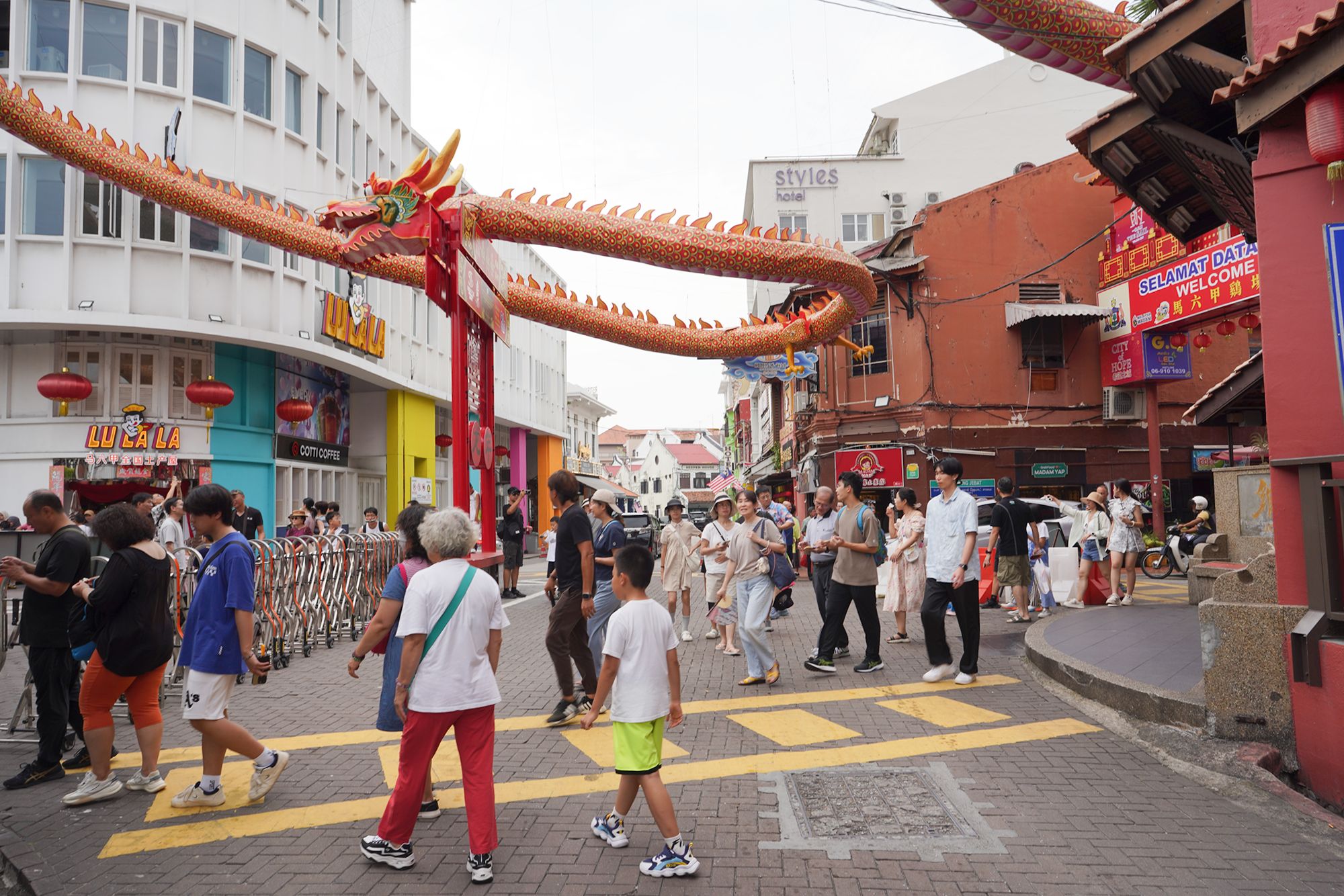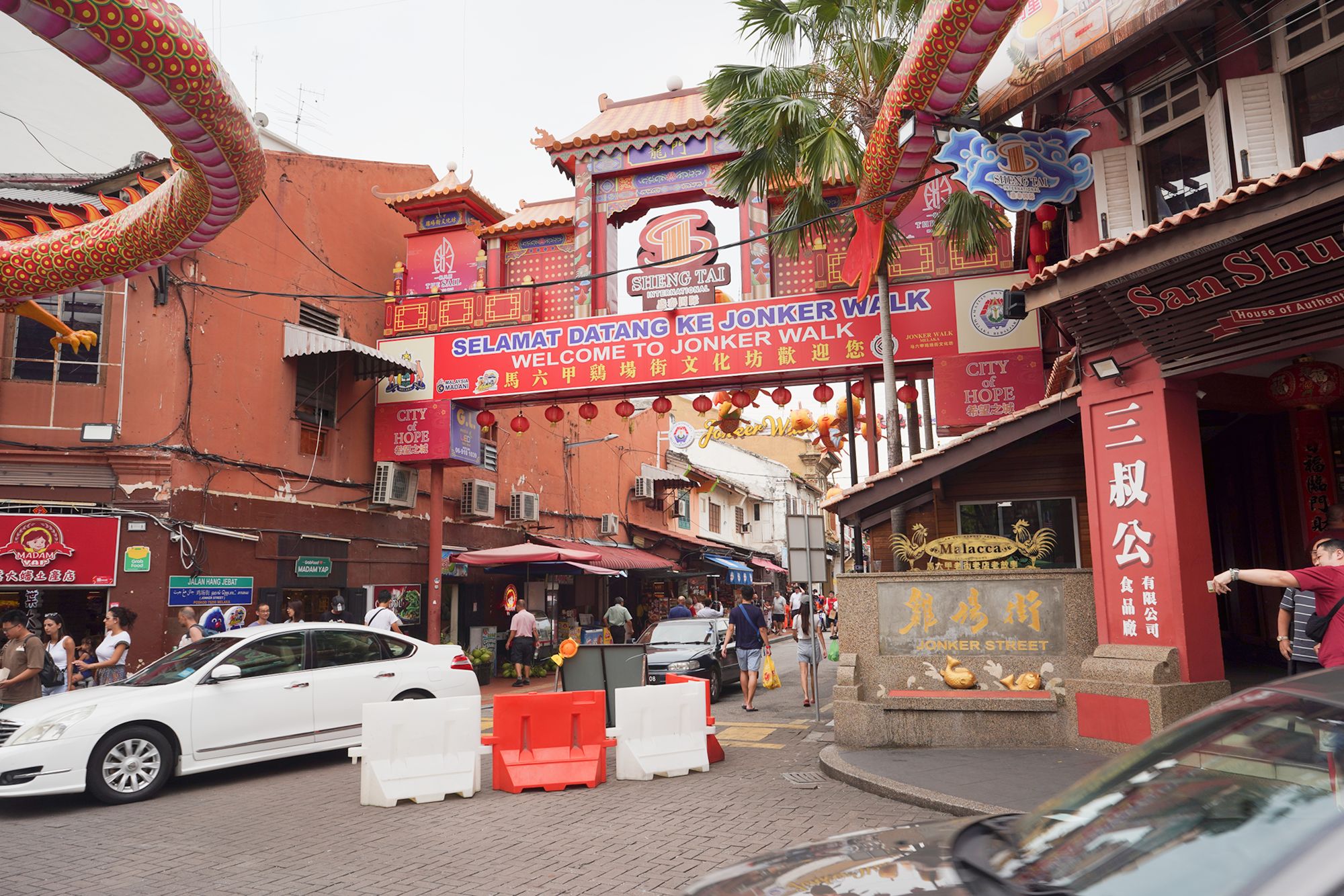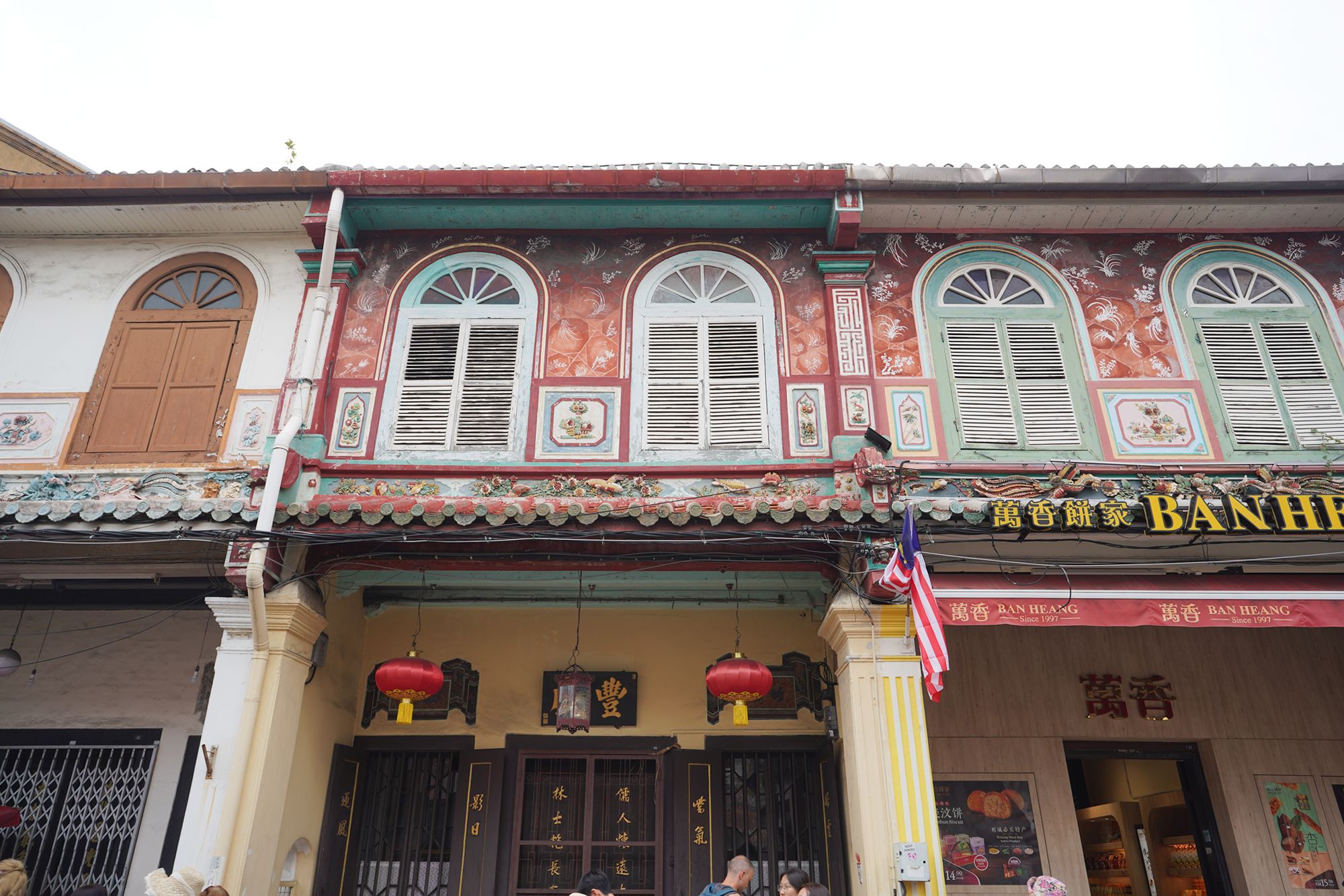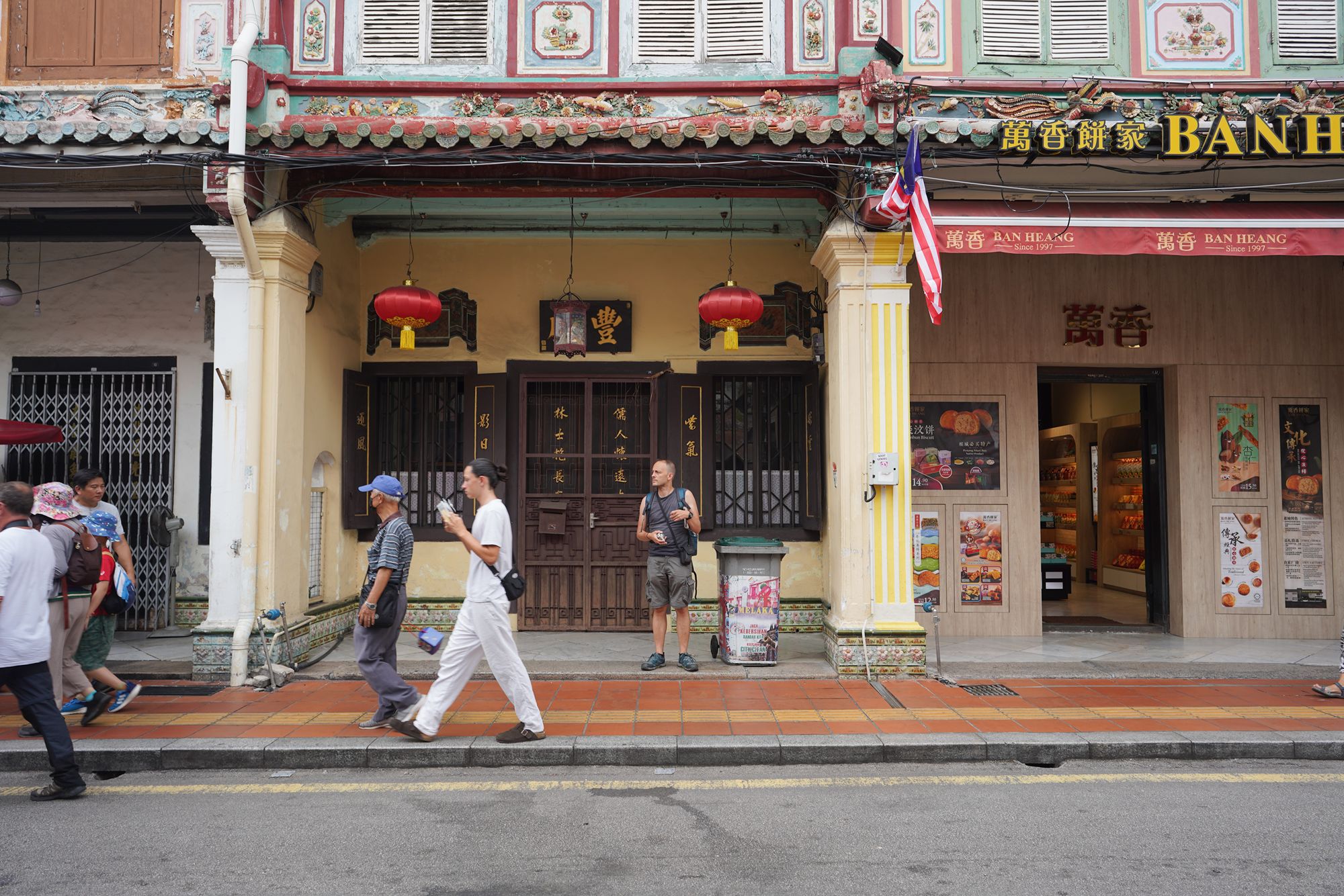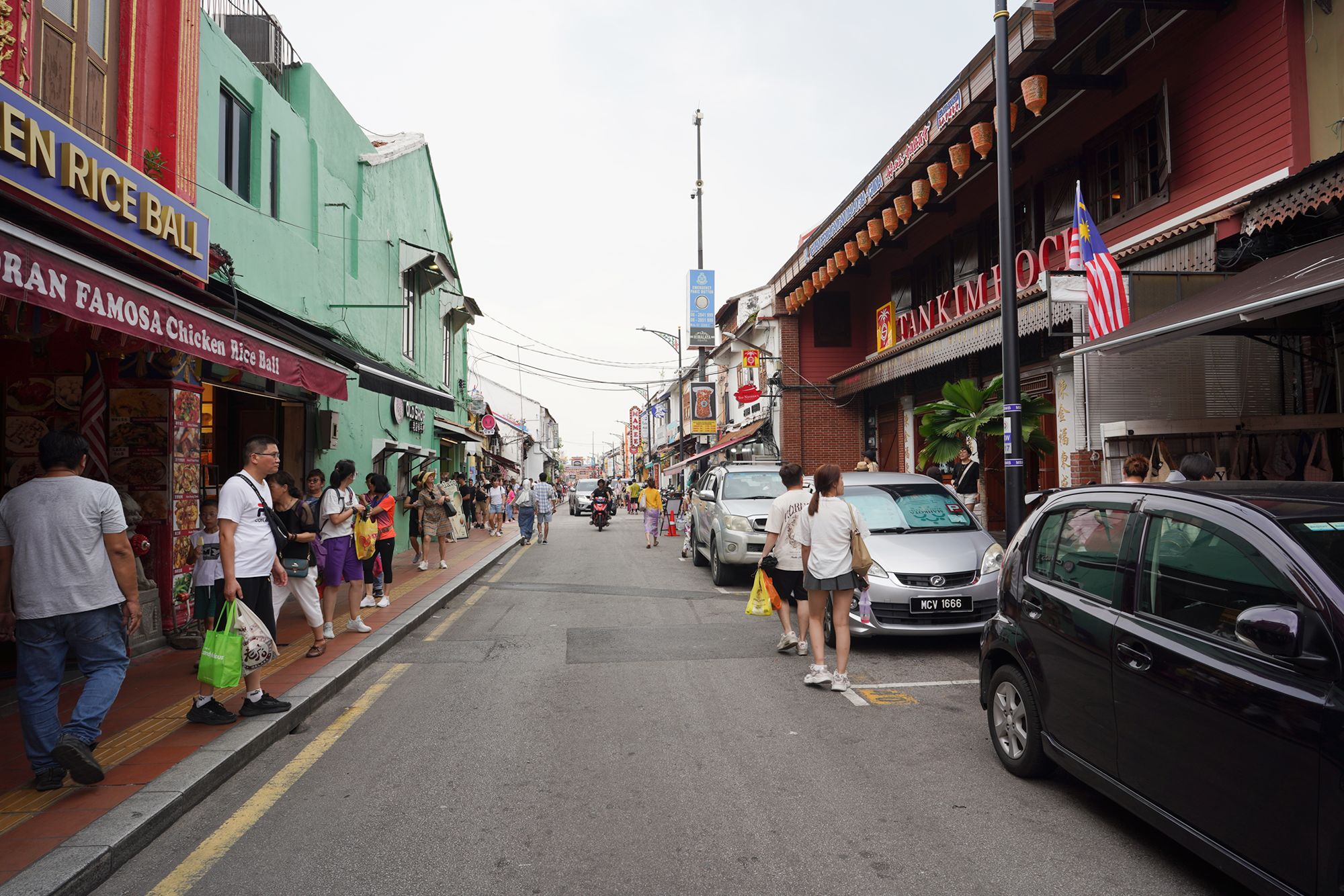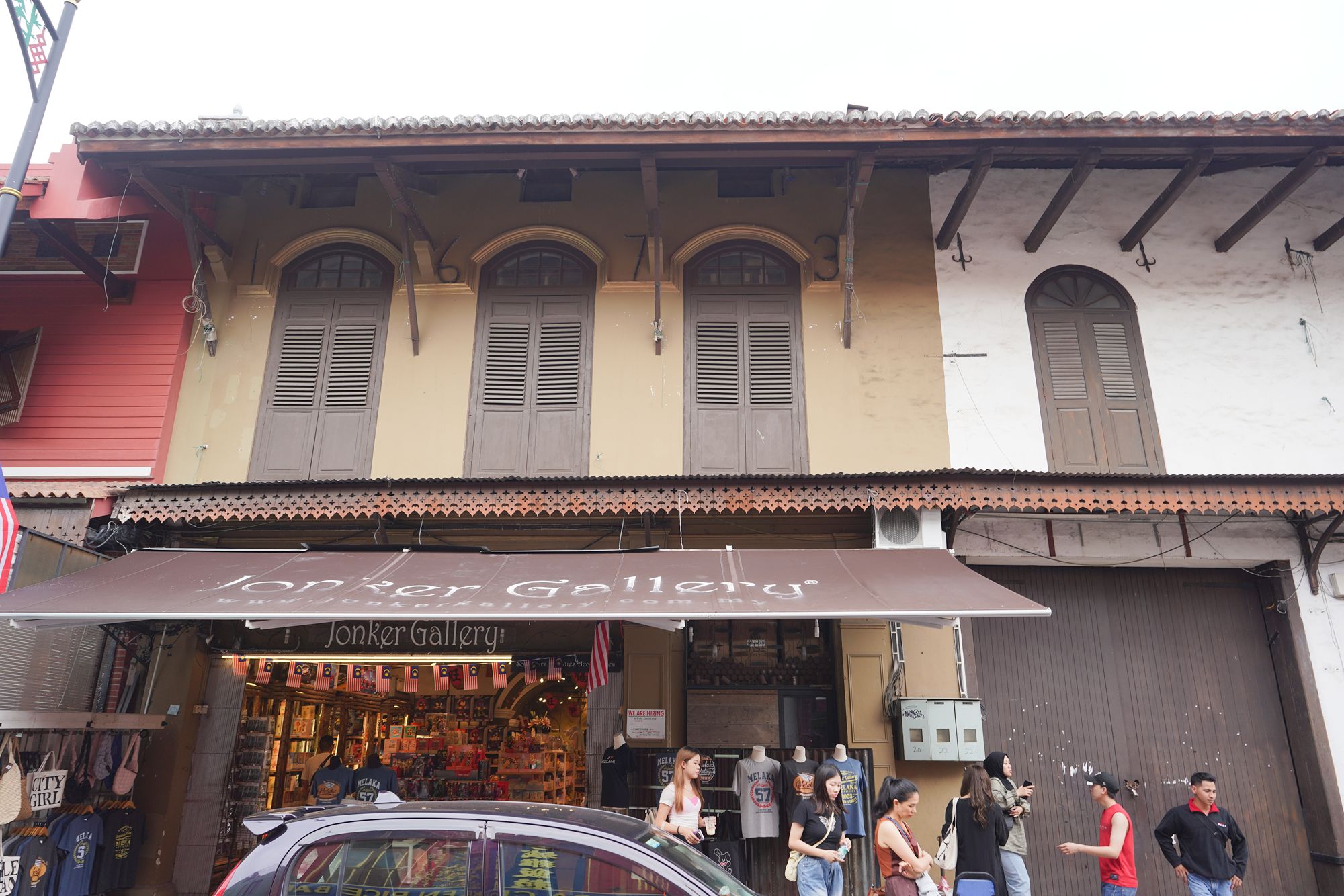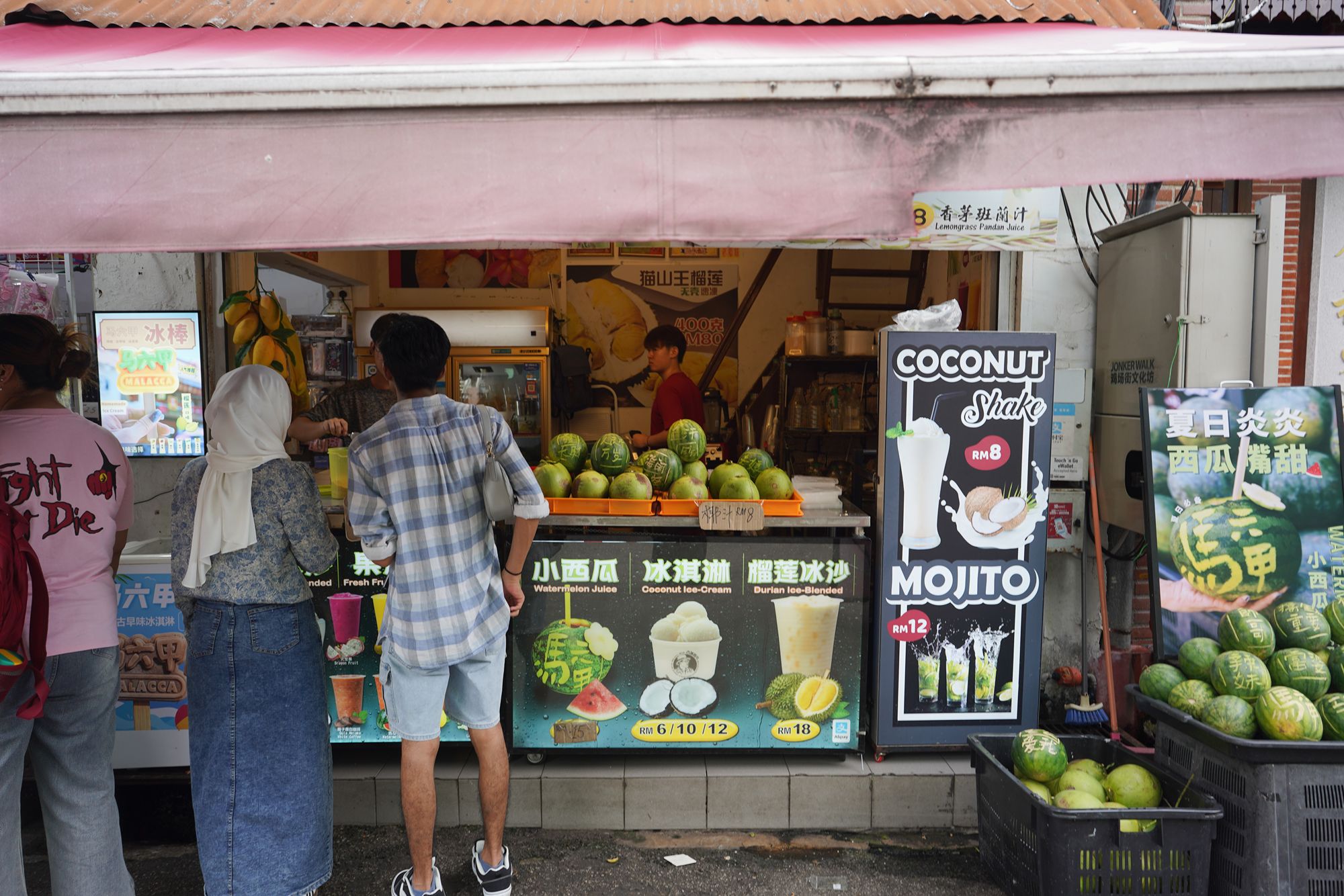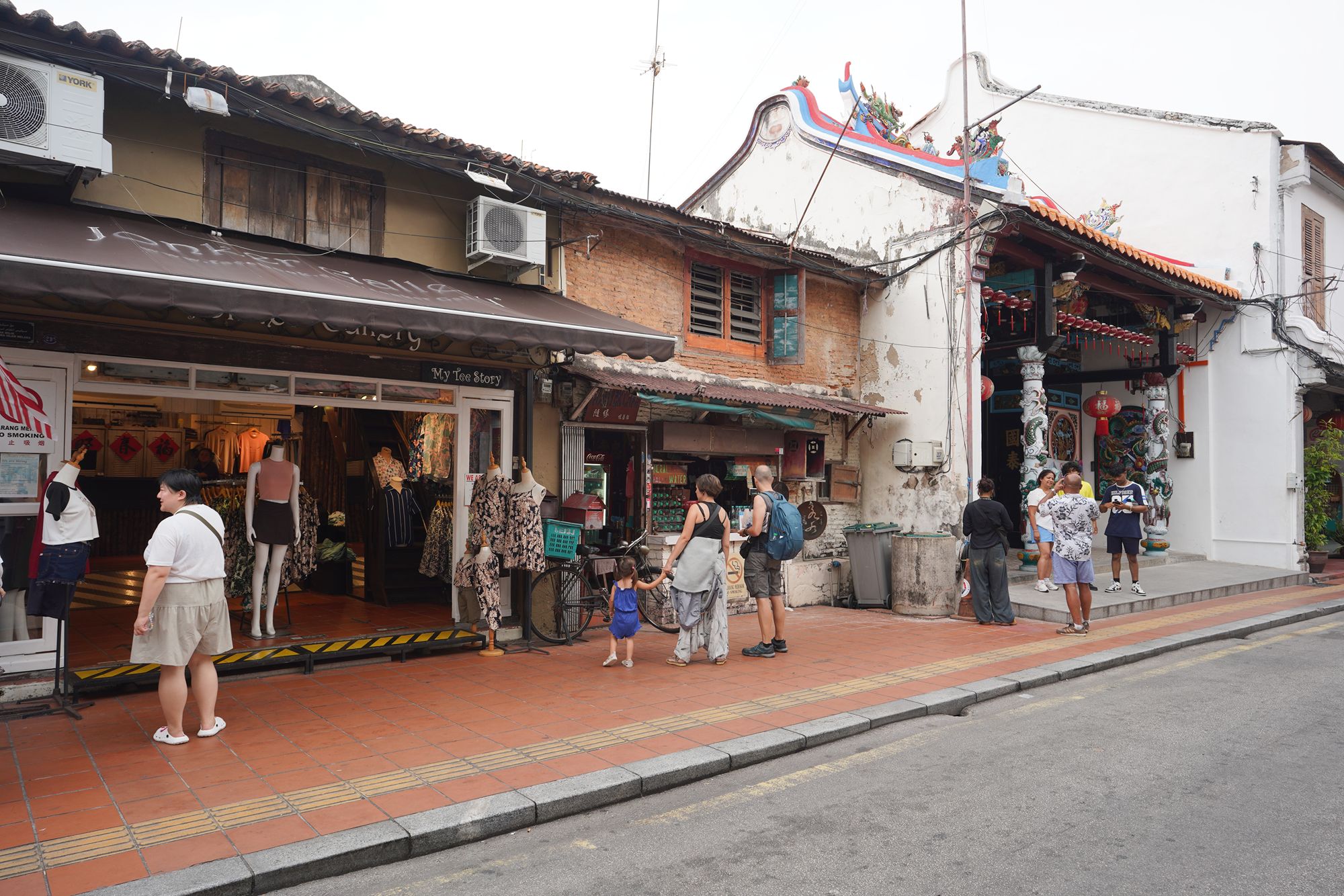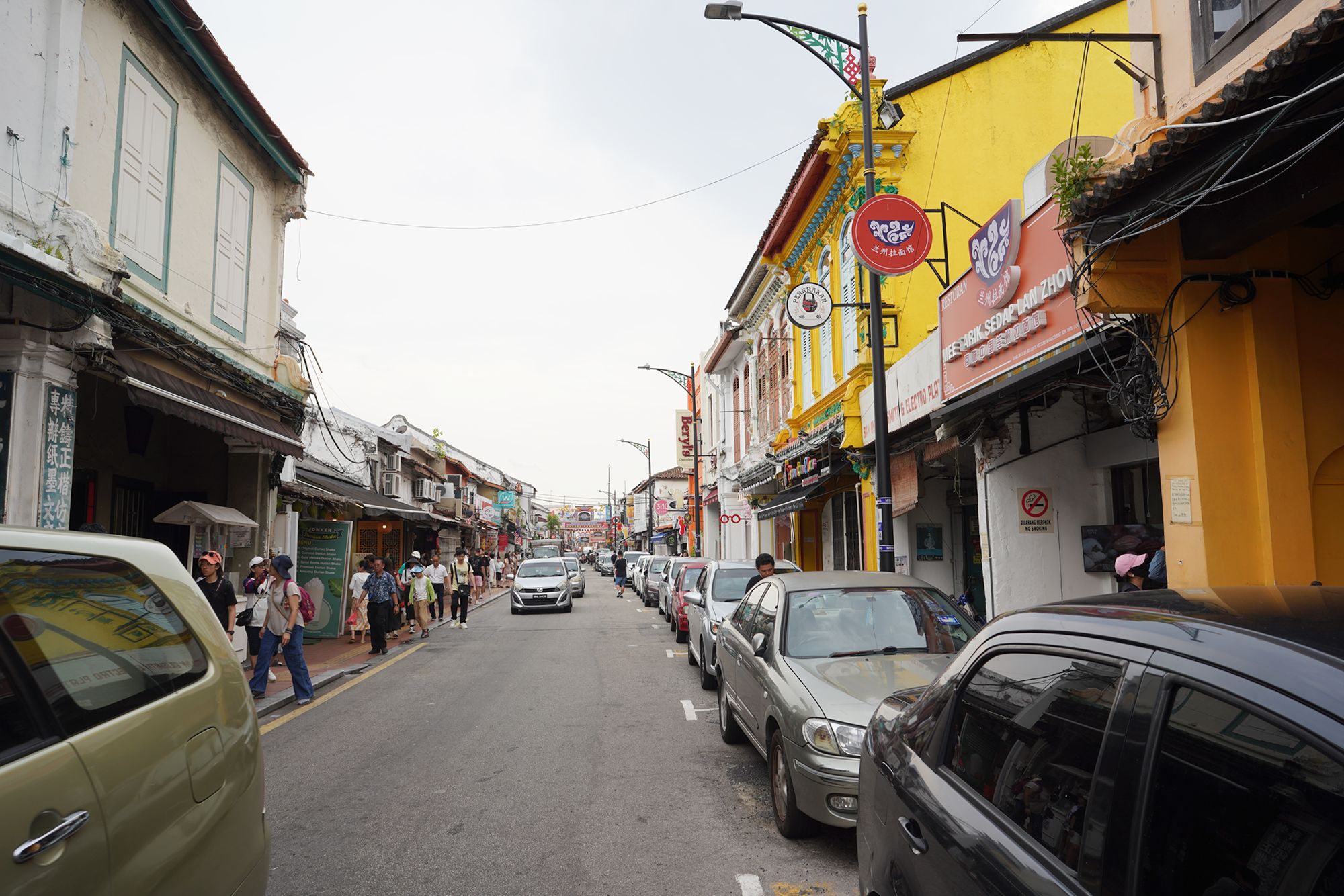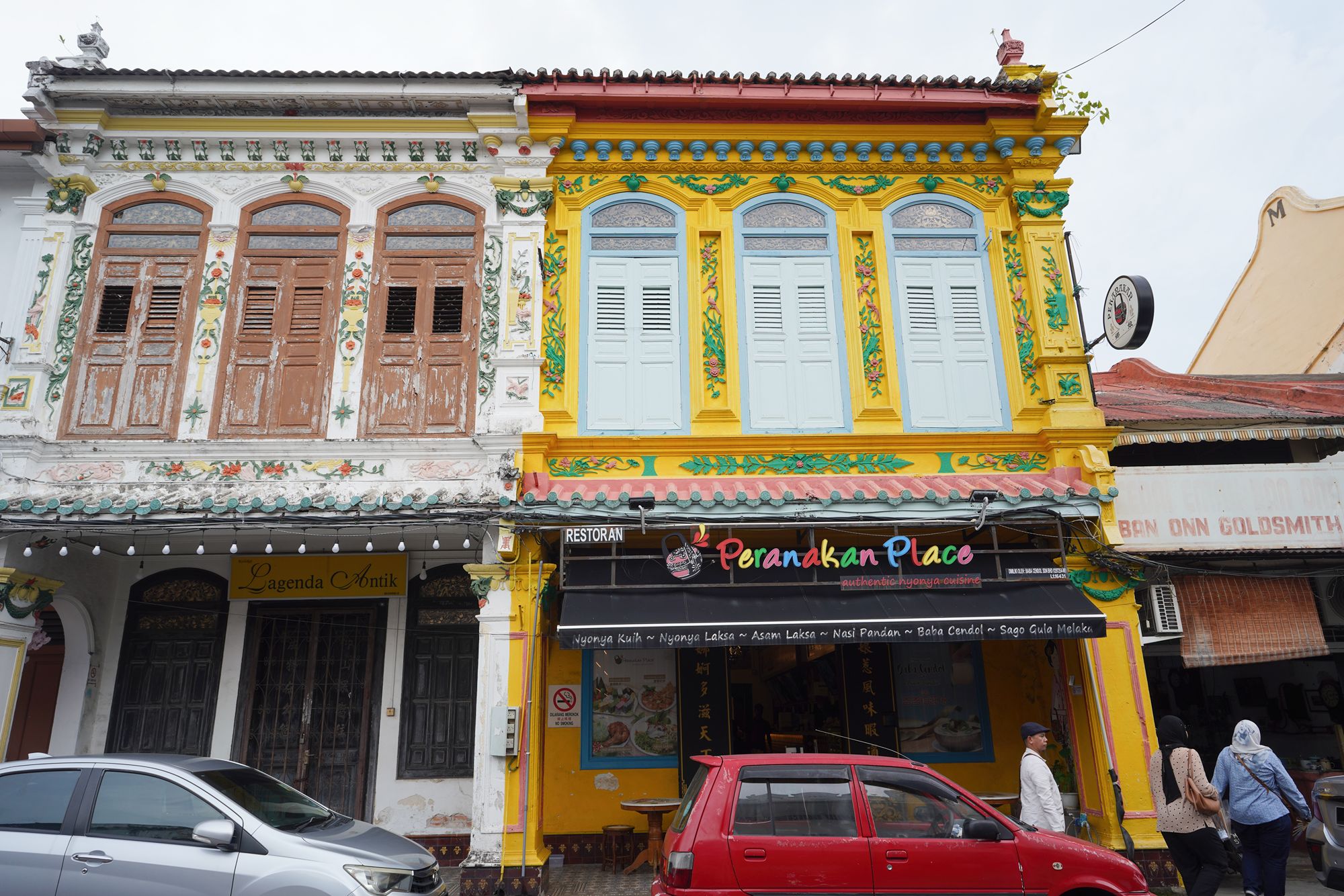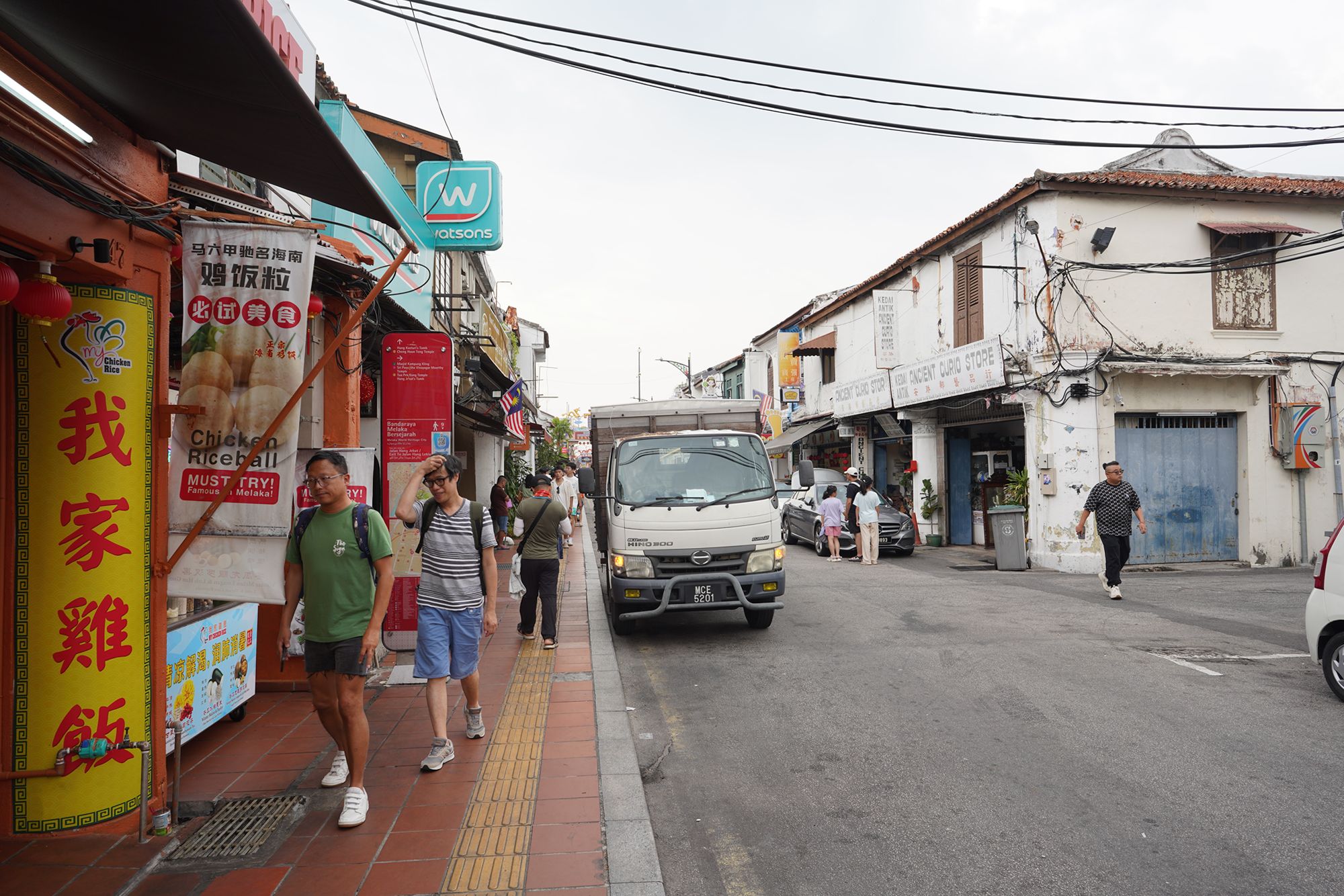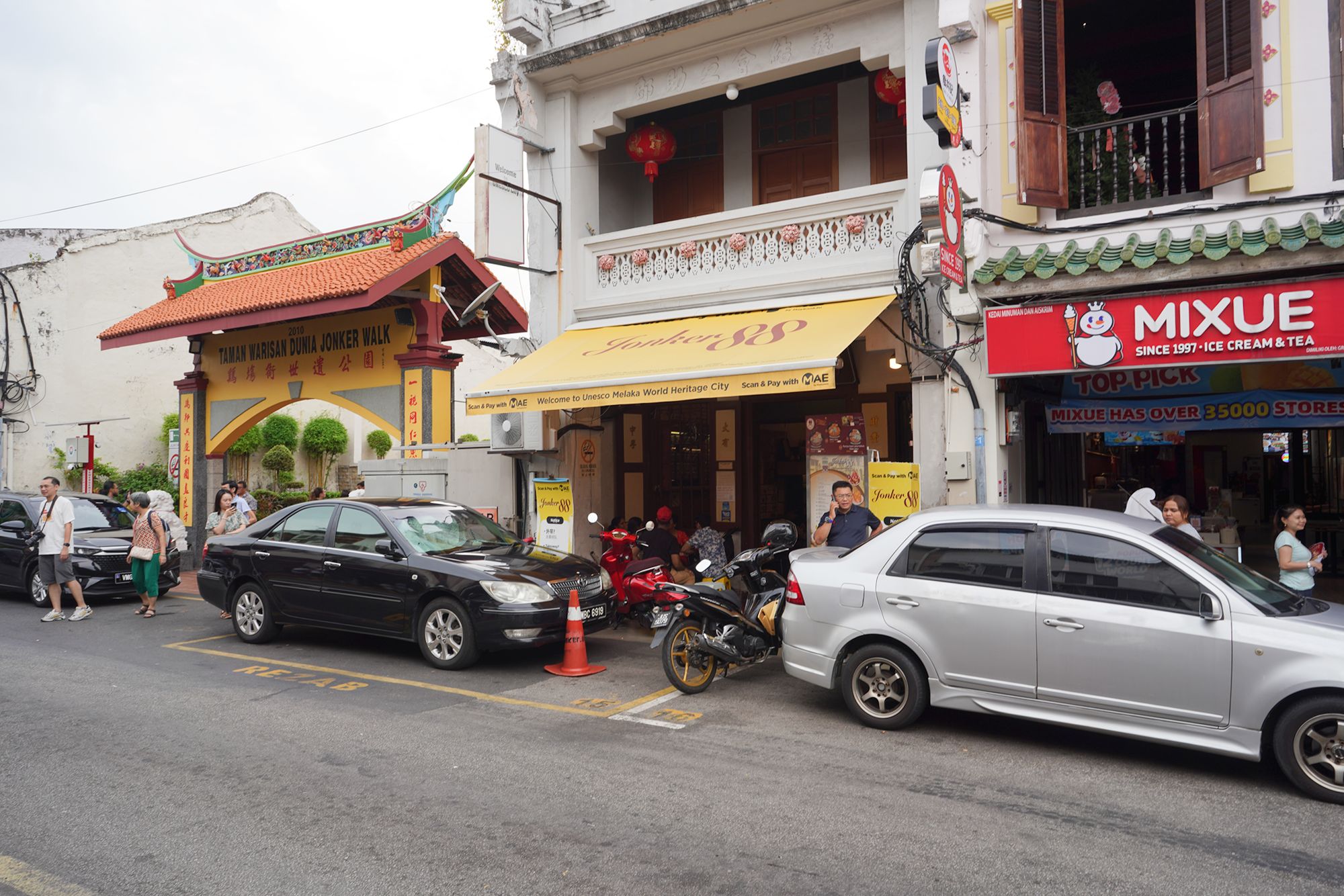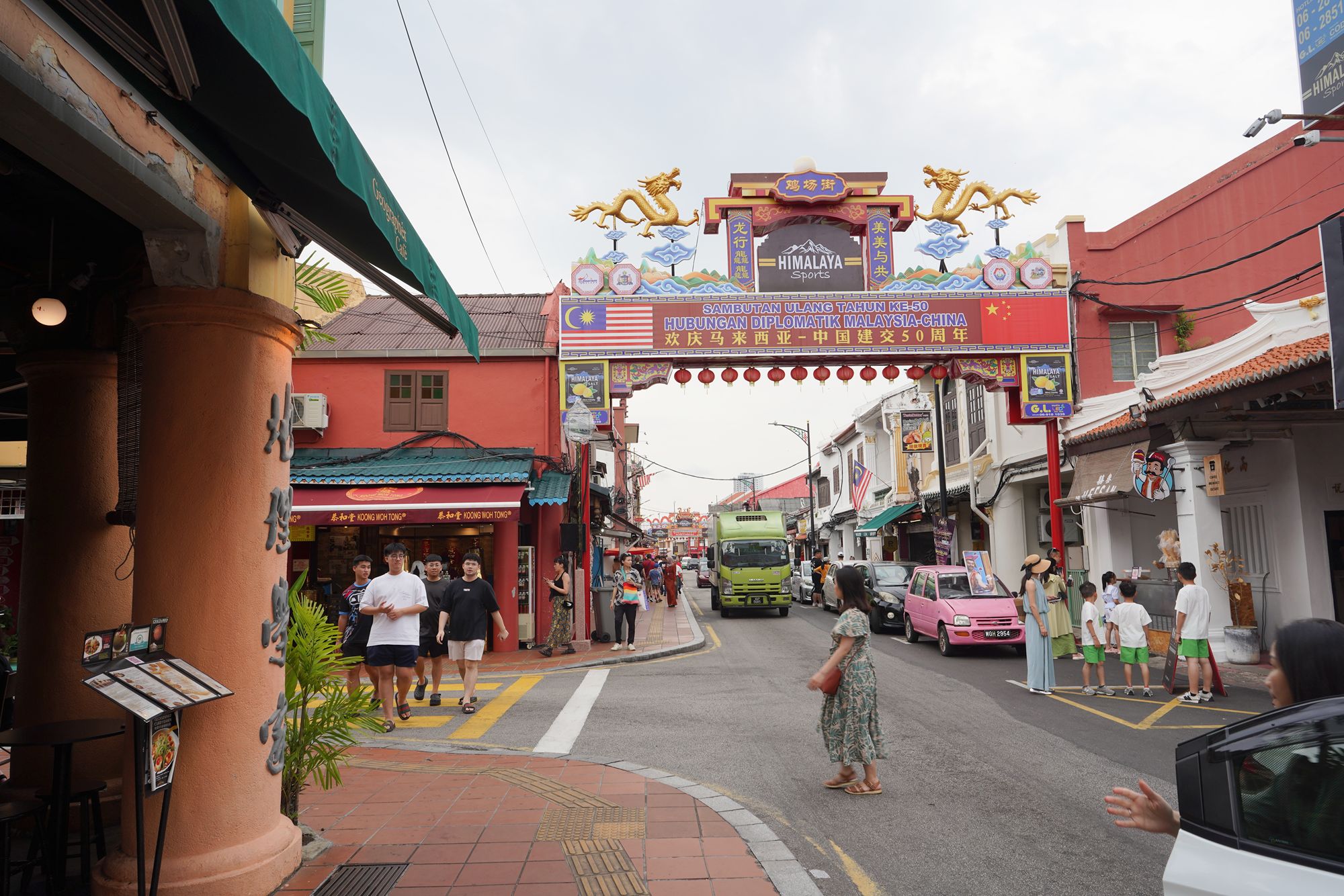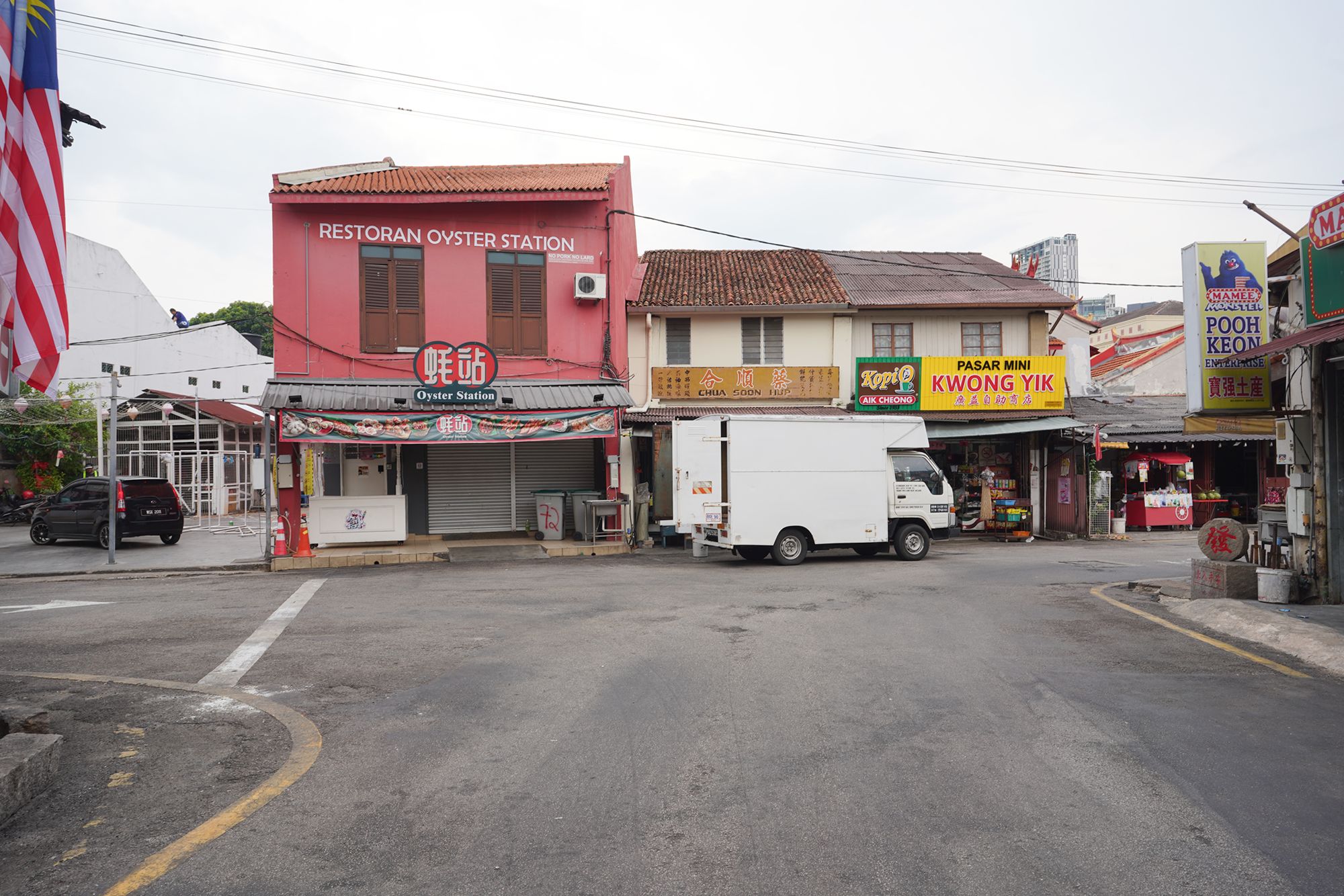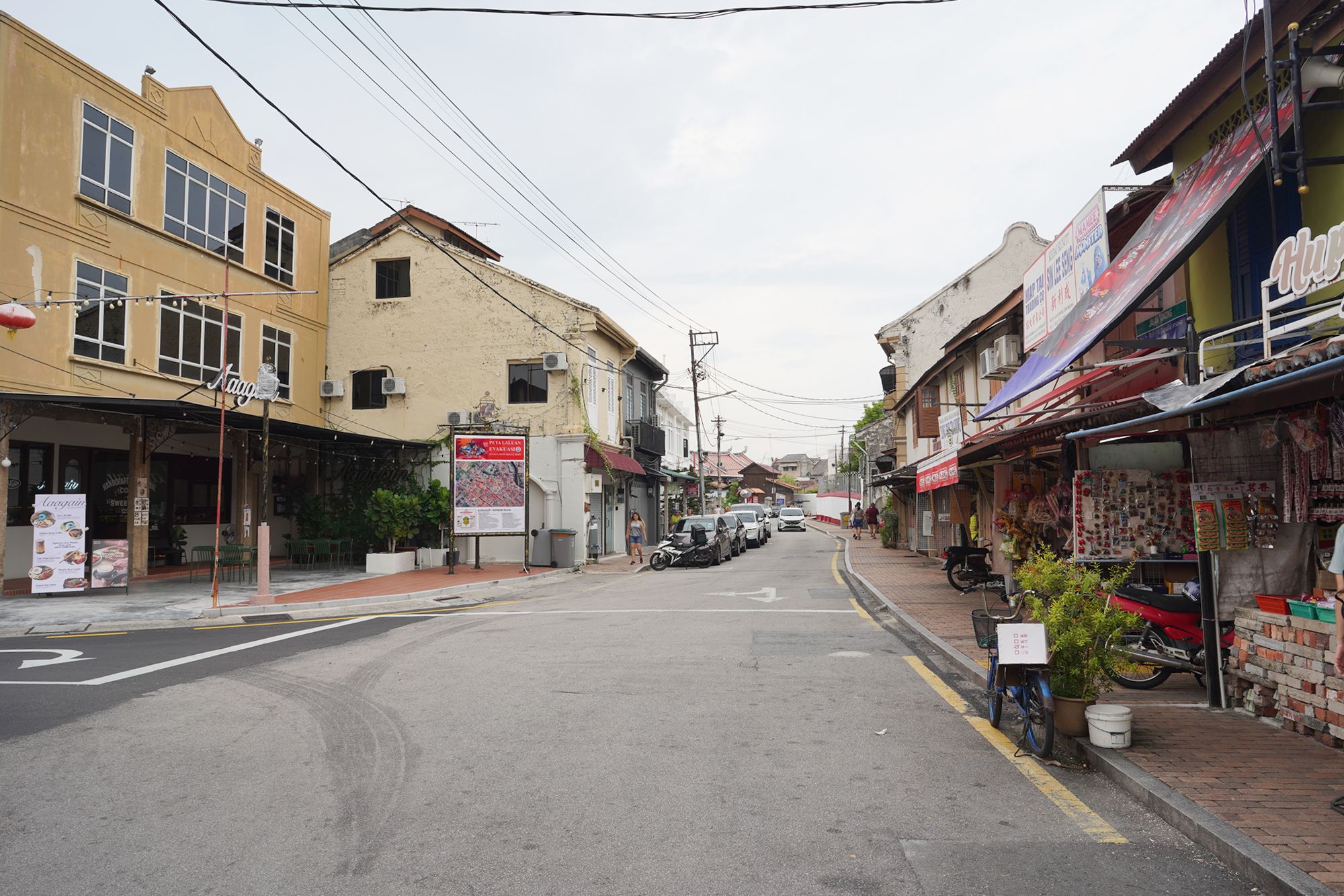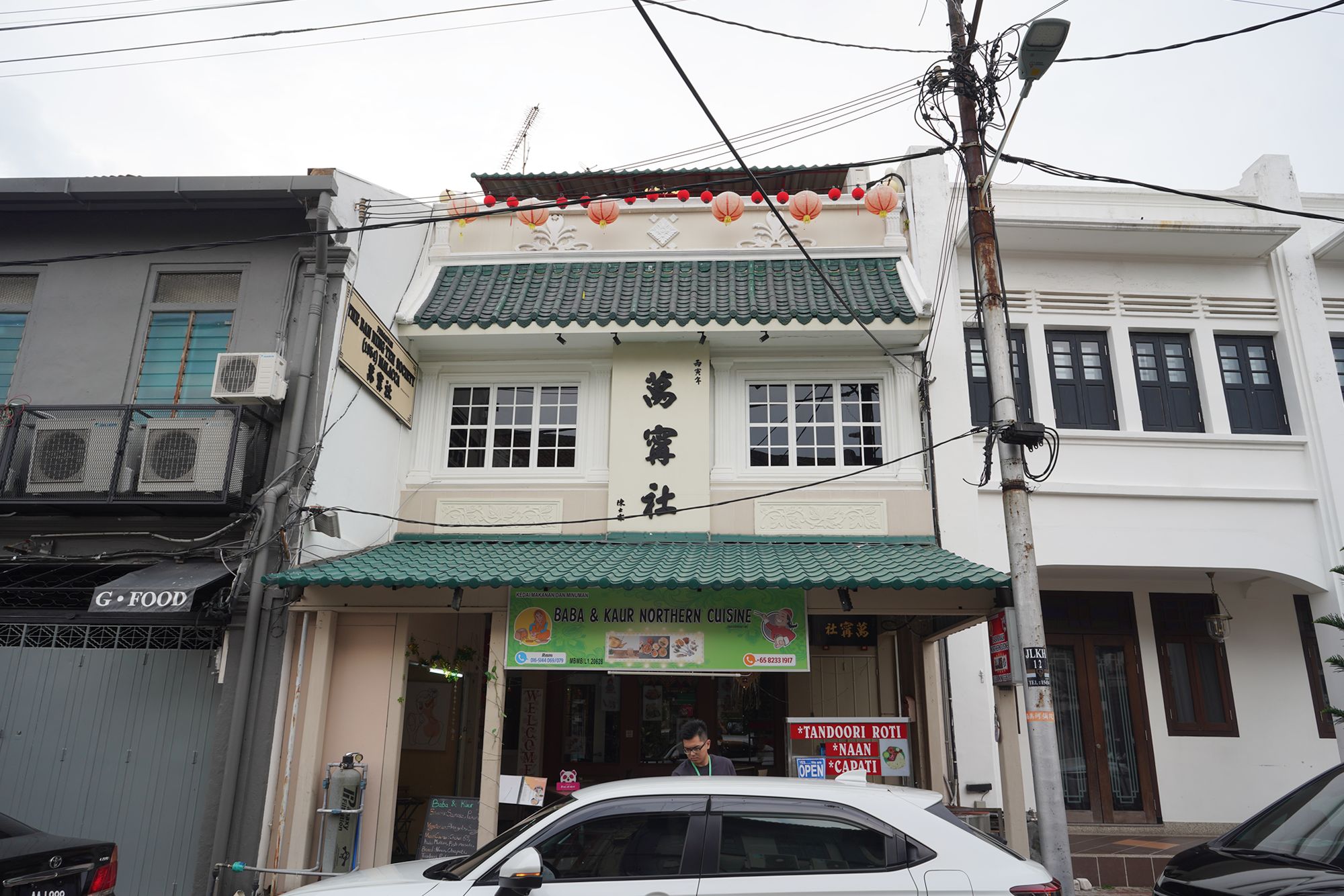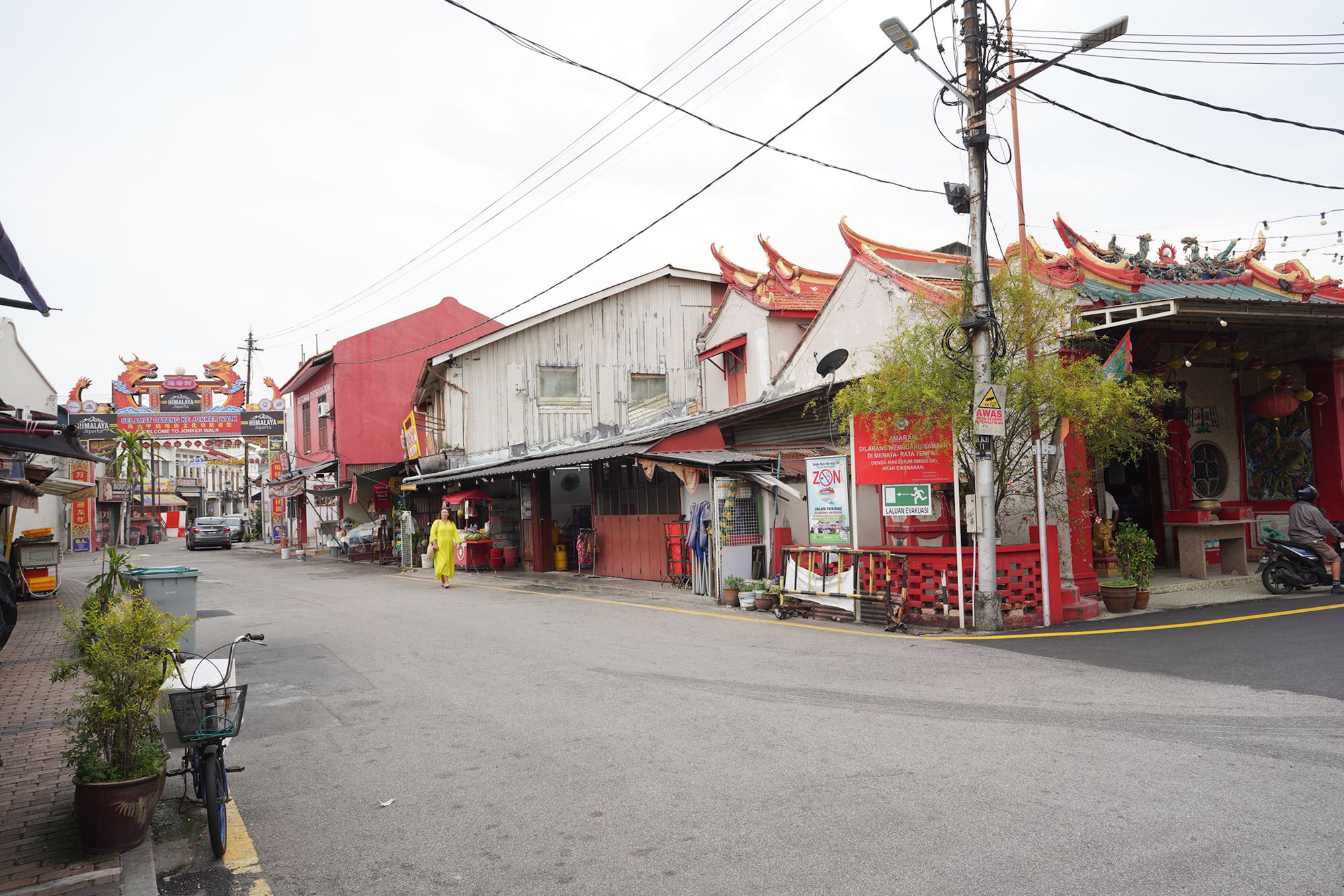Malacca (Melaka) Day Trip, Malaysia
Malacca is one of Malaysia’s most historically significant cities, known for its rich cultural heritage, colonial architecture, and as a UNESCO World Heritage Site. 955
Malacca River: No. 1, Jalan Laksamana, Banda Hilir, 75000 Melaka, Malaysia
Dutch Square (Red Square) Melaka: Banda Hilir, 75200 Malacca, Malaysia
Church of Saint Paul, Malacca: 1935, Jln Kota, Banda Hilir, 75000 Melaka, Malaysia
A Famosa: Jln Parameswara, Banda Hilir, 78000 Alor Gajah, Melaka, Malaysia
Cheng Hoon Teng Temple: 25, Jalan Tokong, Kampung Dua, 75200 Melaka, Malaysia
Jonker Walk Melaka: 75200 Malacca, Malaysia
Date Picture Taken: August, 2024
Located along the Straits of Malacca, the city has been a major trading port and cultural melting pot for centuries, blending influences from Malay, Chinese, Indian, Portuguese, Dutch, and British cultures.
I went on a day tour to Malacca from Kuala Lumpur.
The tour’s first stop on the way to Malacca Old Town was St. Peter’s Church. St. Peter’s Church in Malacca is the oldest functioning Roman Catholic church in Malaysia. It stands as a significant historical and religious landmark in the city, representing the resilience and endurance of the Catholic faith during a period of religious suppression under Dutch rule.
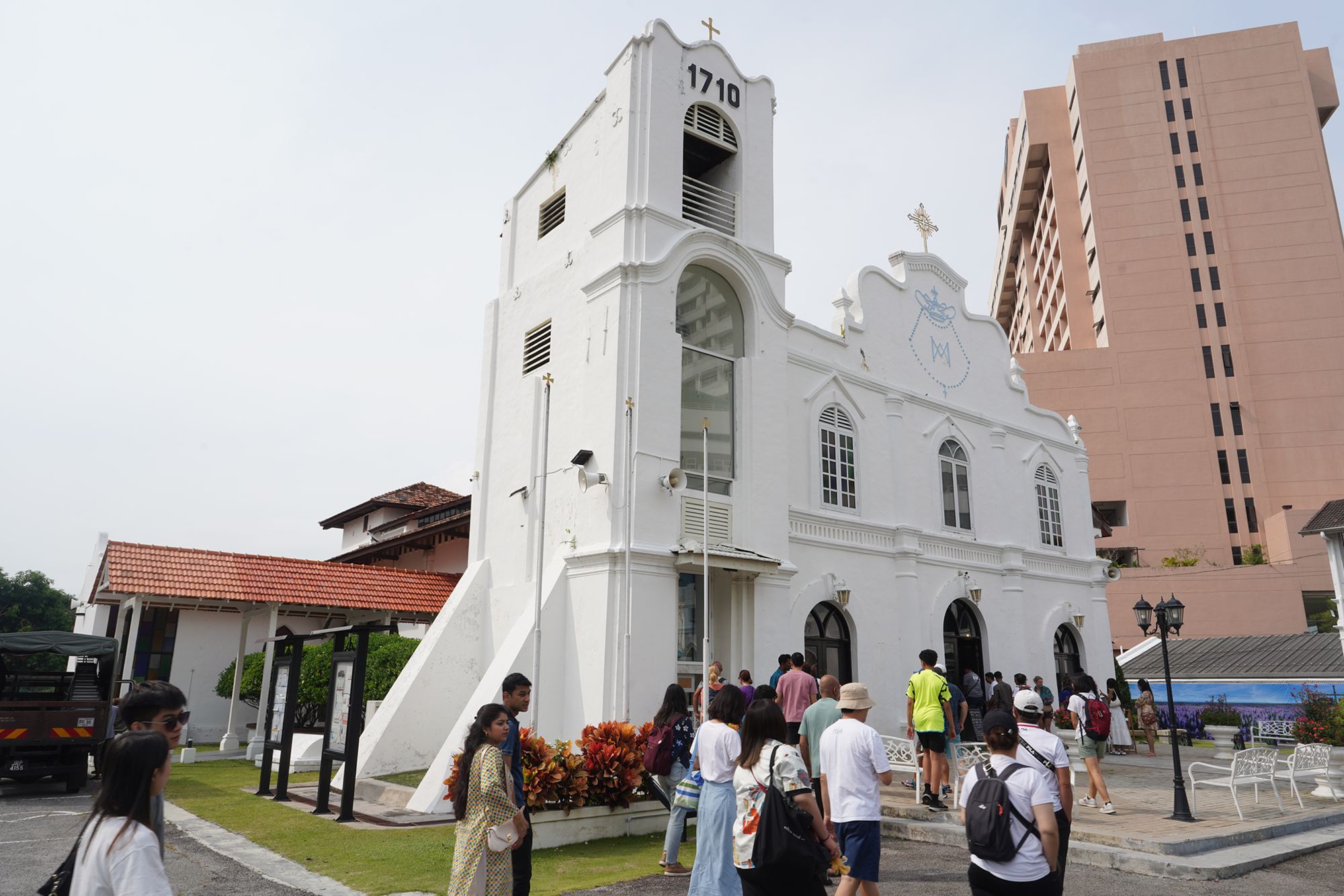
Built in 1710, St. Peter’s Church was constructed during the Dutch colonial era. After the Portuguese were defeated by the Dutch in 1641, the Dutch—being Protestant—initially imposed restrictions on the practice of Catholicism, which had been established by the Portuguese. However, over time, religious tolerance increased, and Catholics were eventually allowed to build a new church outside the city center.
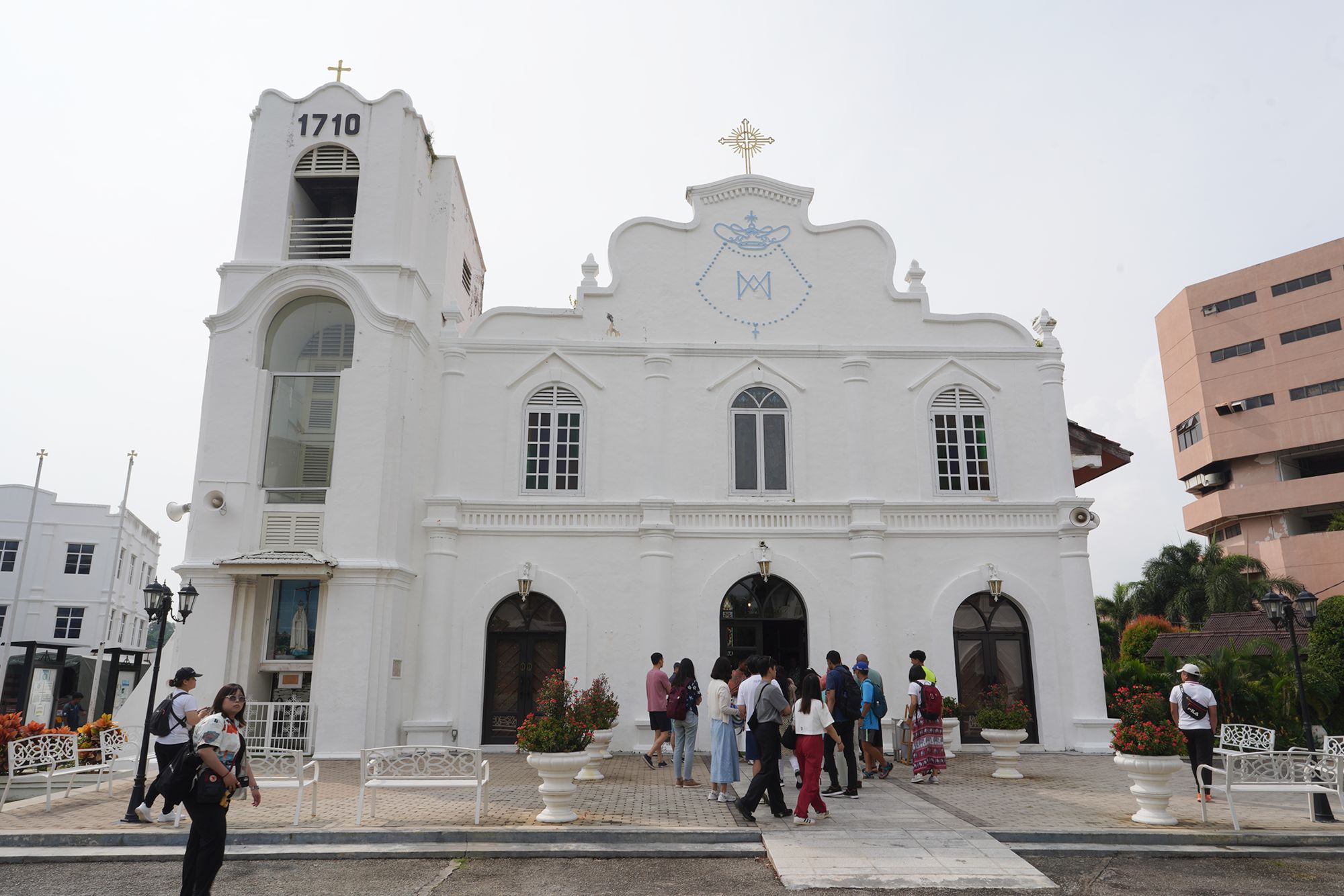
The church’s interior is modest but peaceful, with whitewashed walls and wooden pews. The altar is adorned with statues of saints, including St. Peter, the church’s patron saint, and St. Francis Xavier, a key figure in the spread of Catholicism in the region.
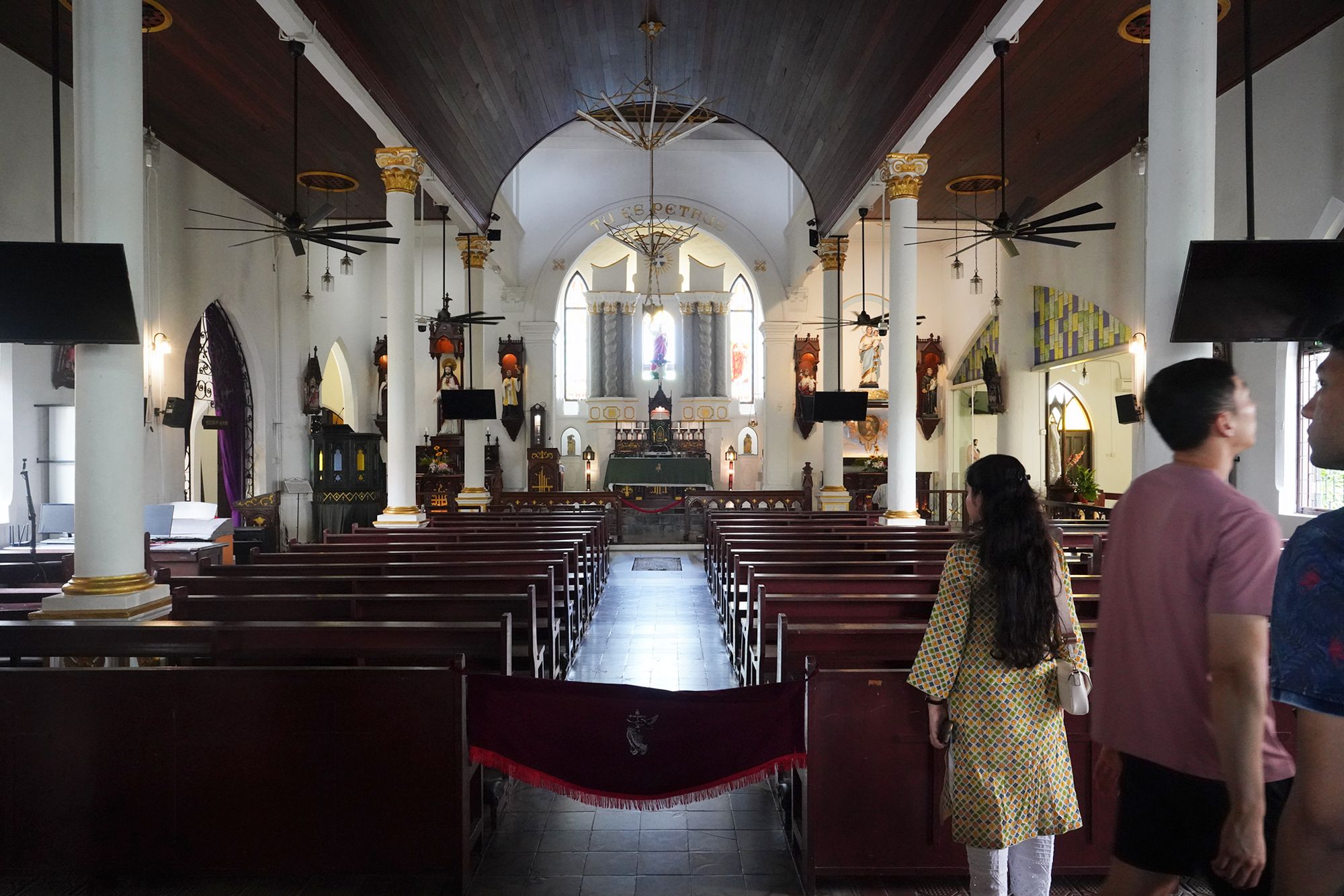
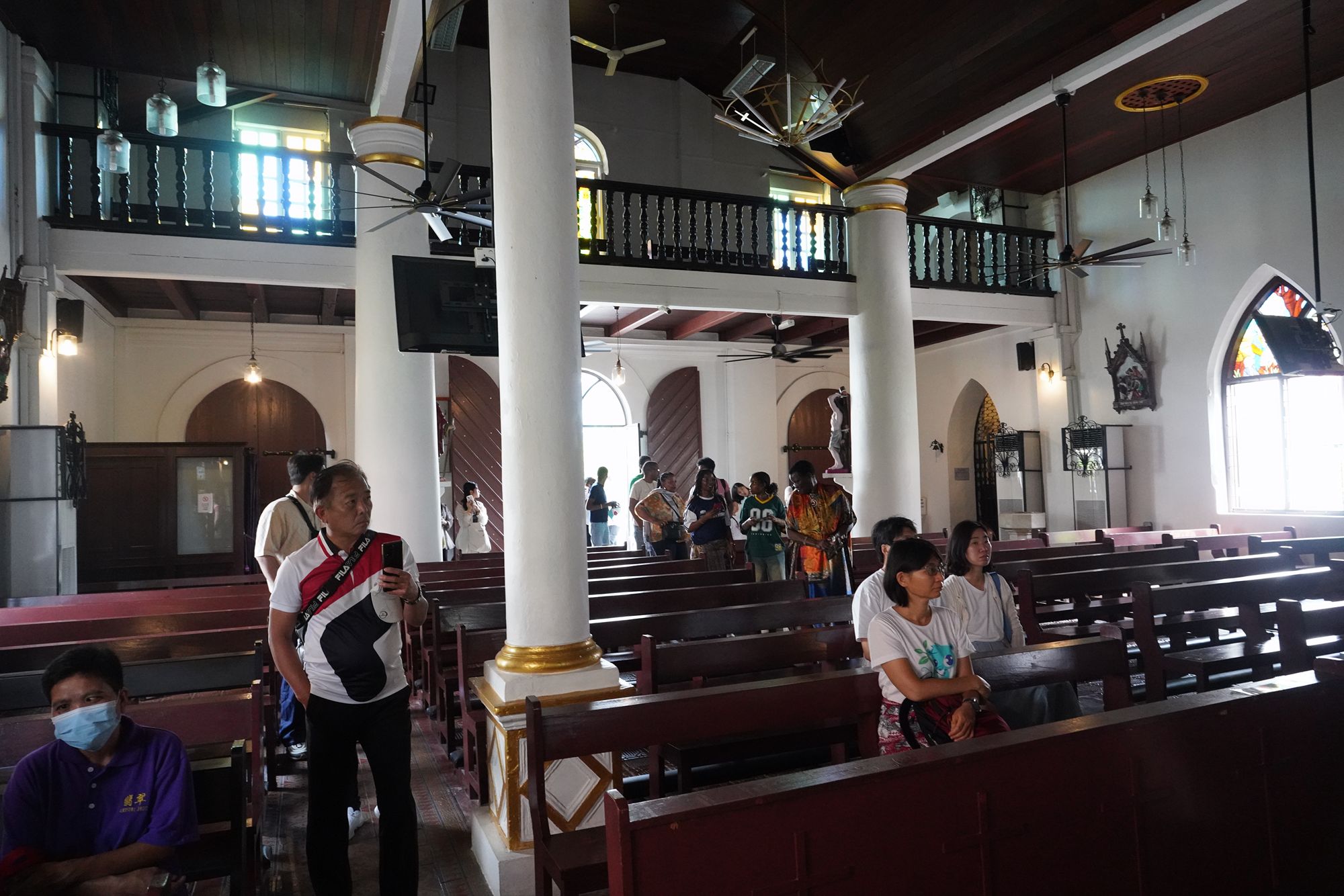
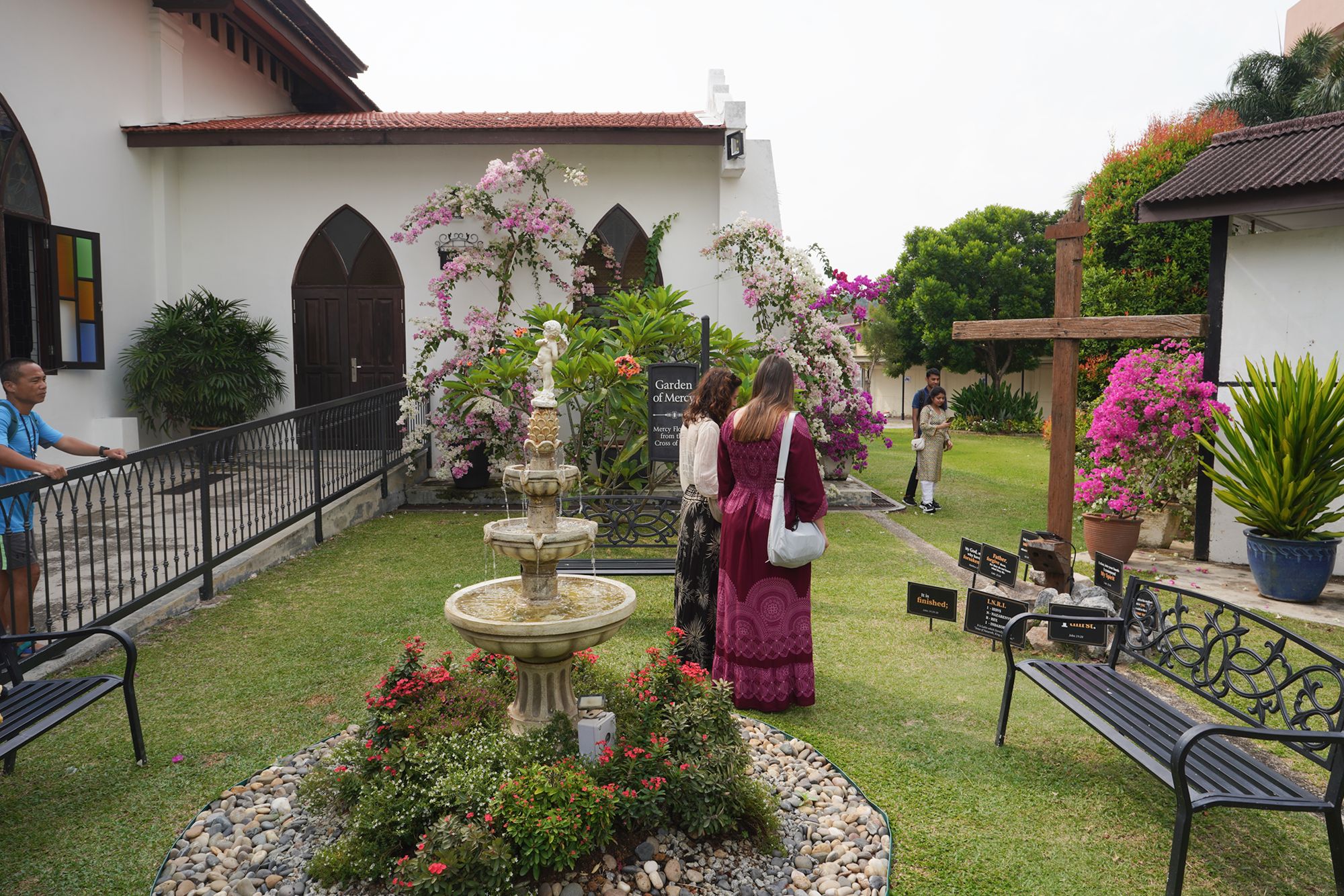
The architecture of St. Peter’s Church is a blend of Portuguese and Dutch styles, reflecting the colonial history of Malacca. The church’s facade is relatively simple and classical in style, typical of Dutch colonial architecture, but it retains some Portuguese elements.
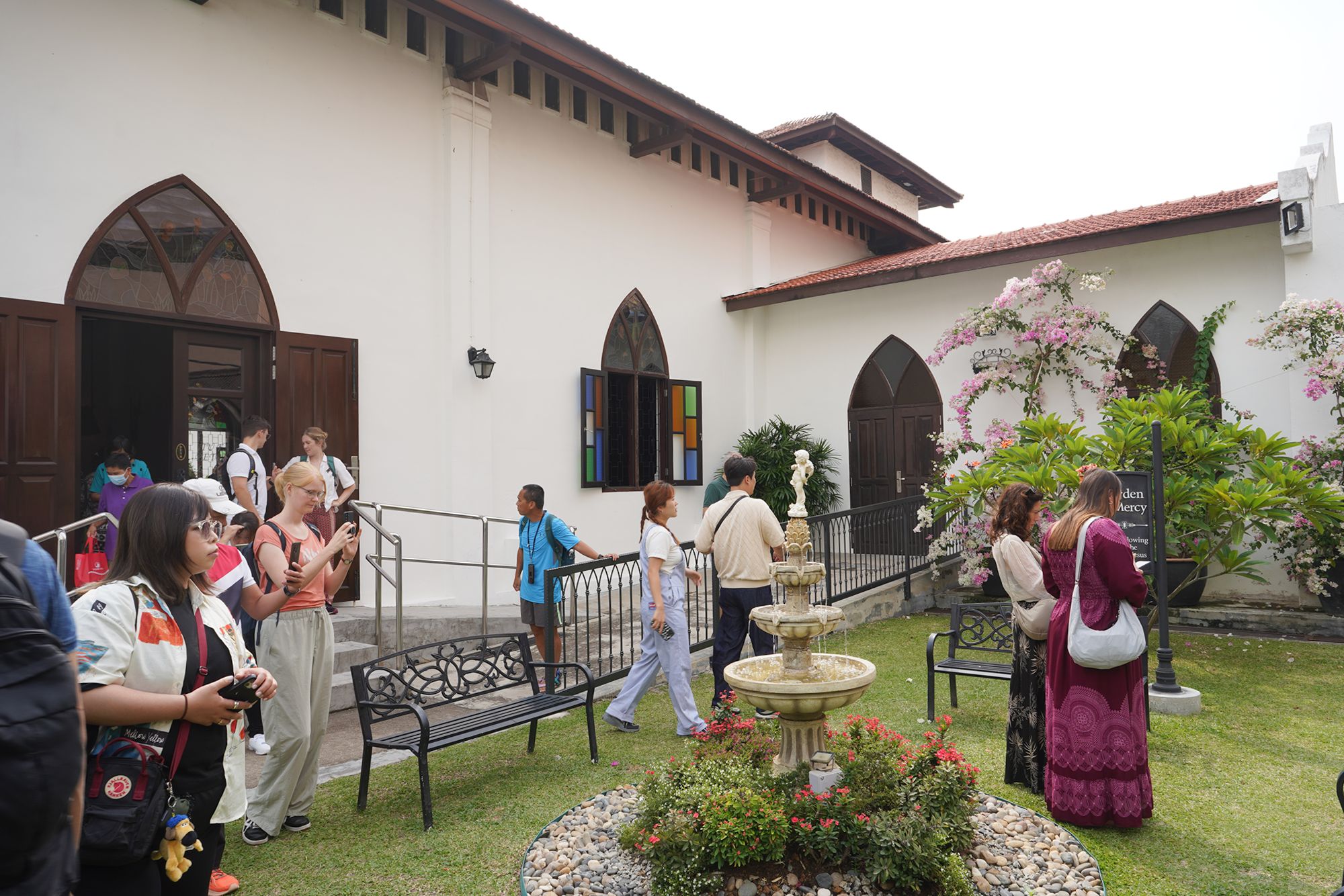
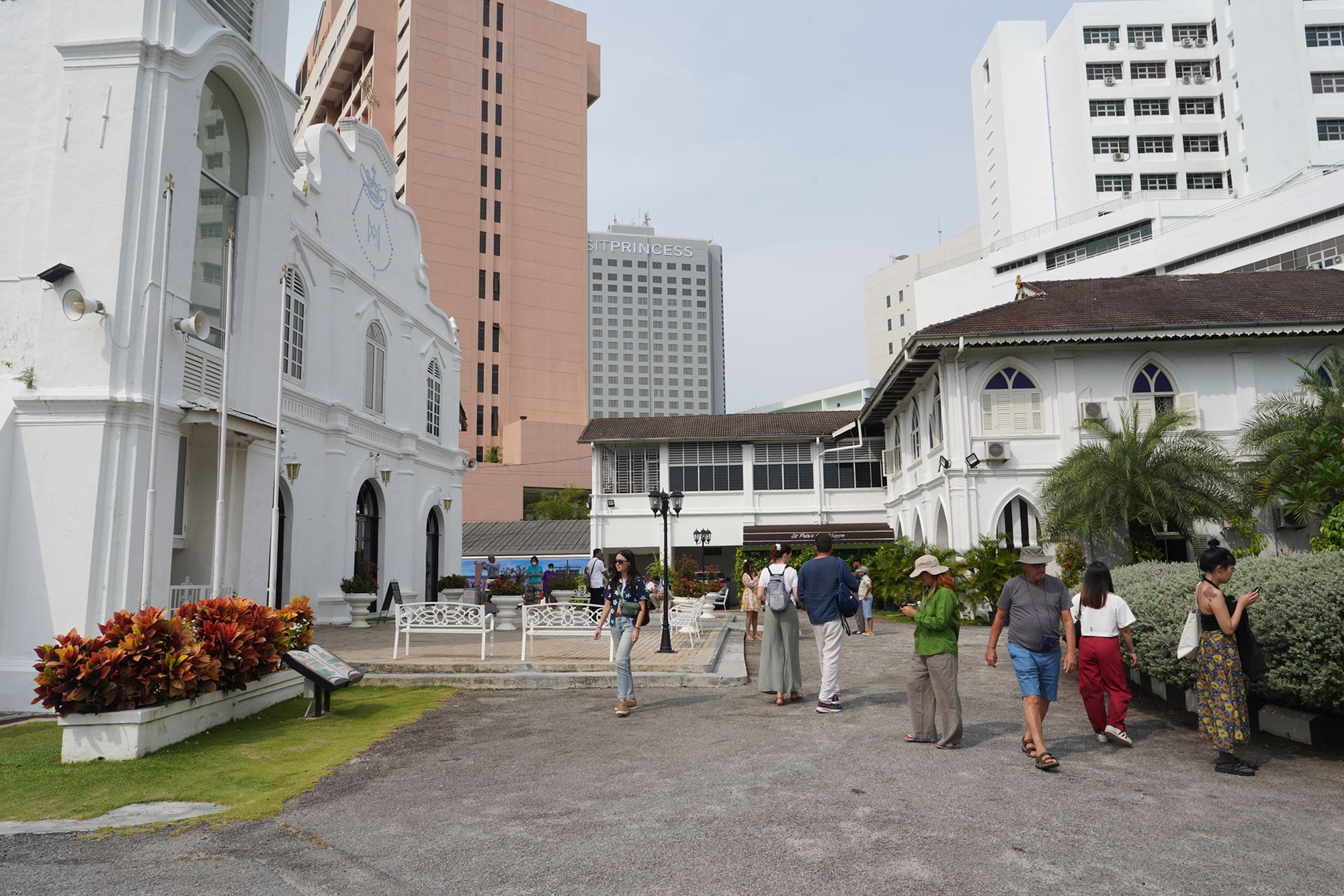
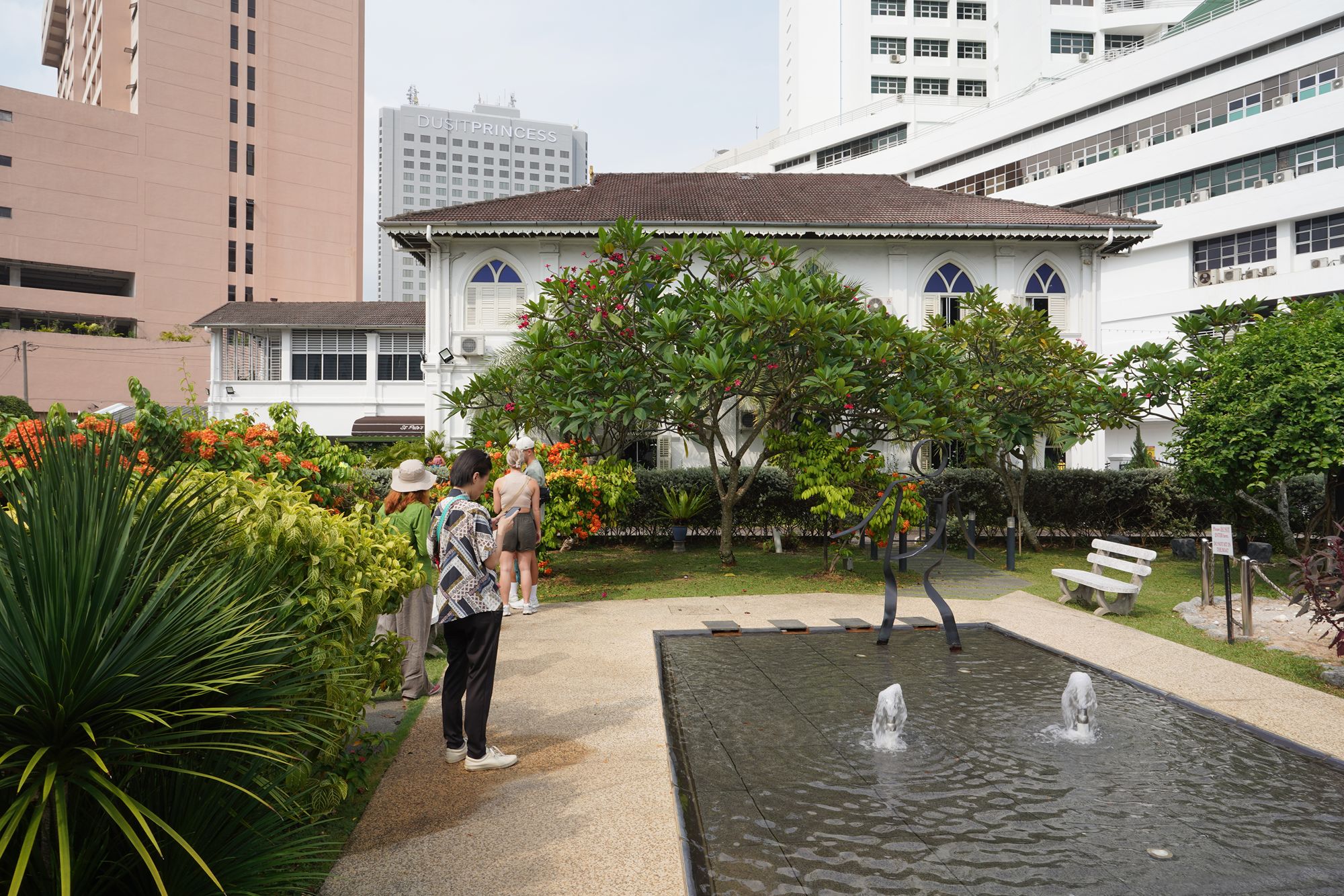
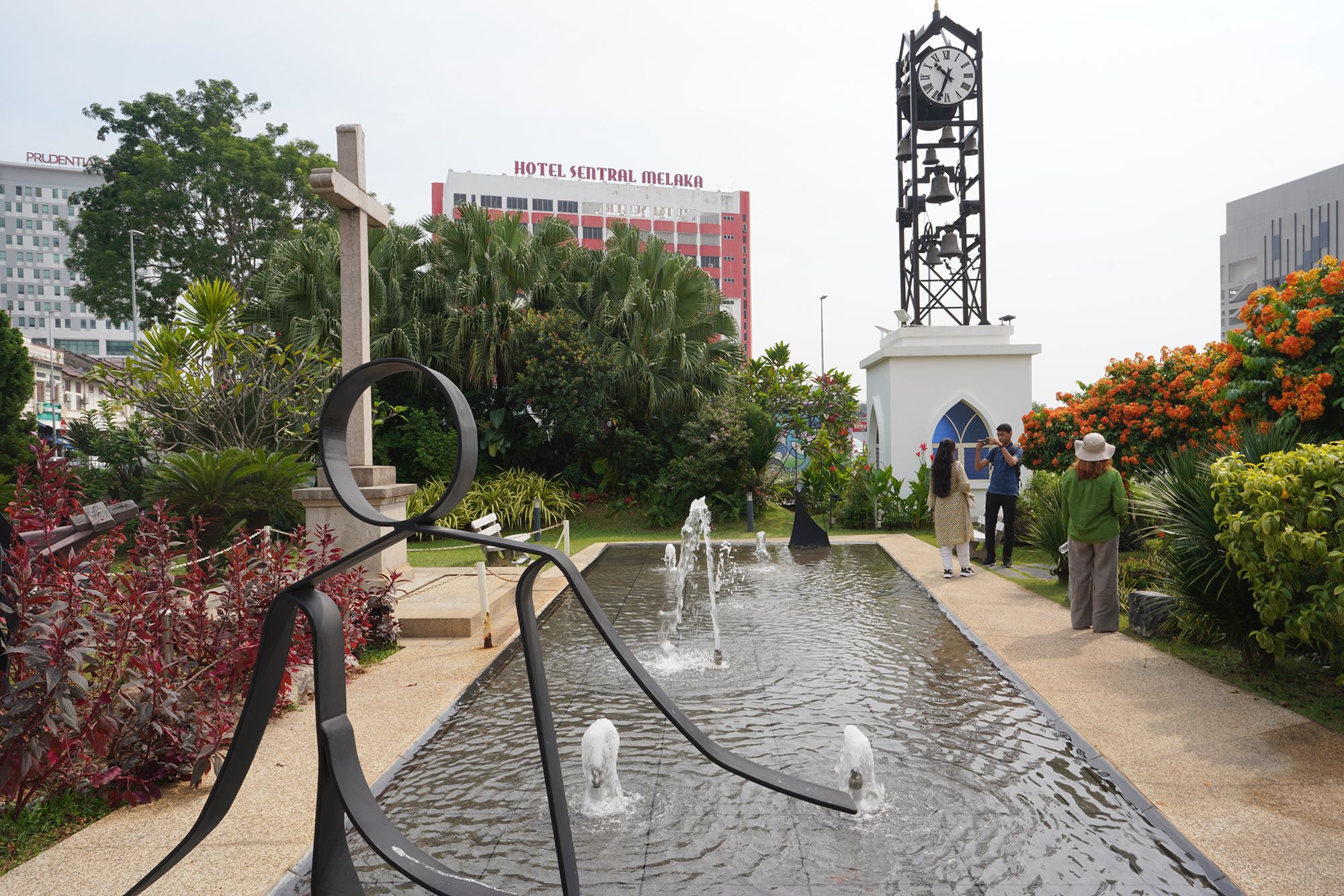
The tour’s second stop was at the Dutch Square (Red Square) in Malacca.
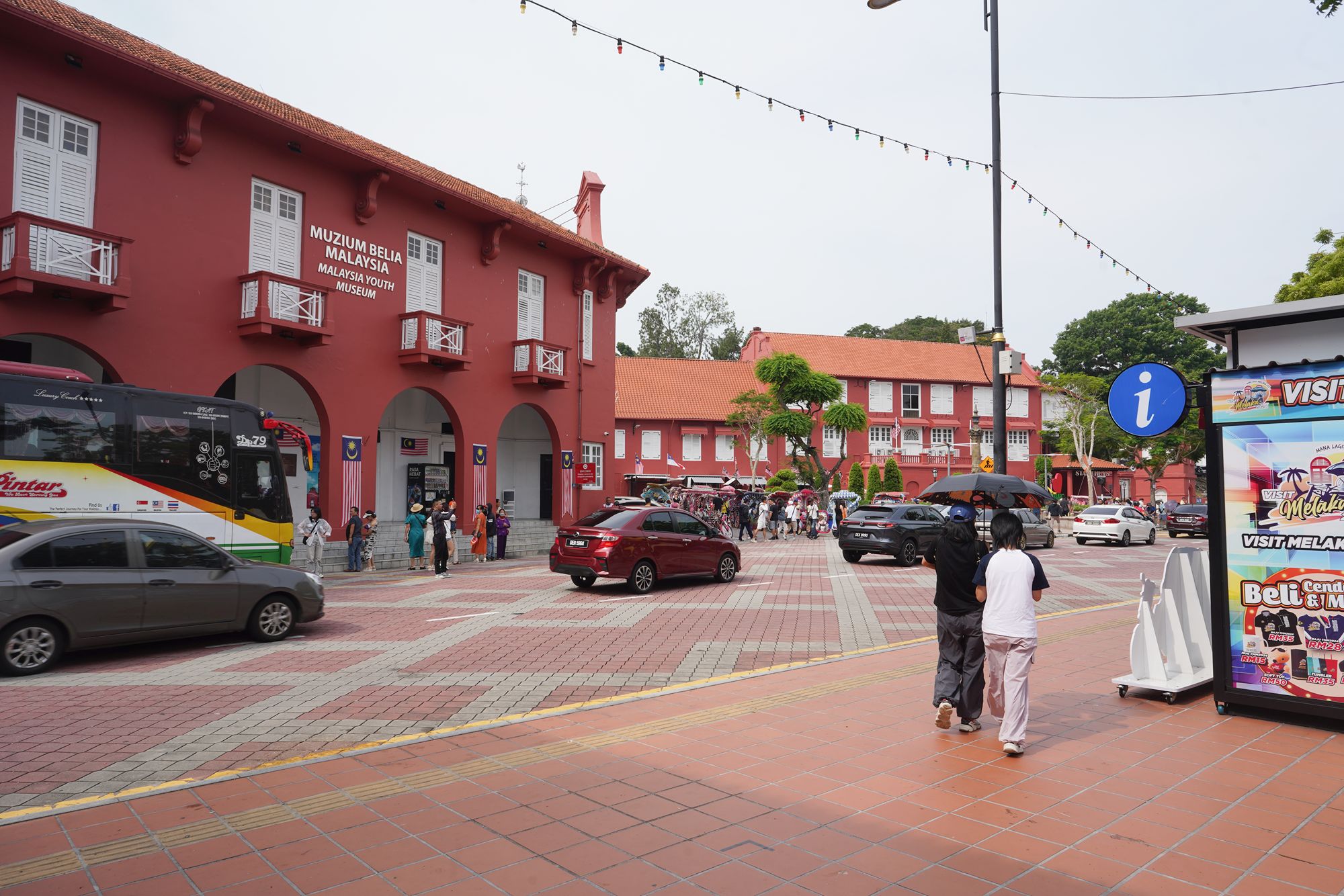
The square is located next to the Malacca River
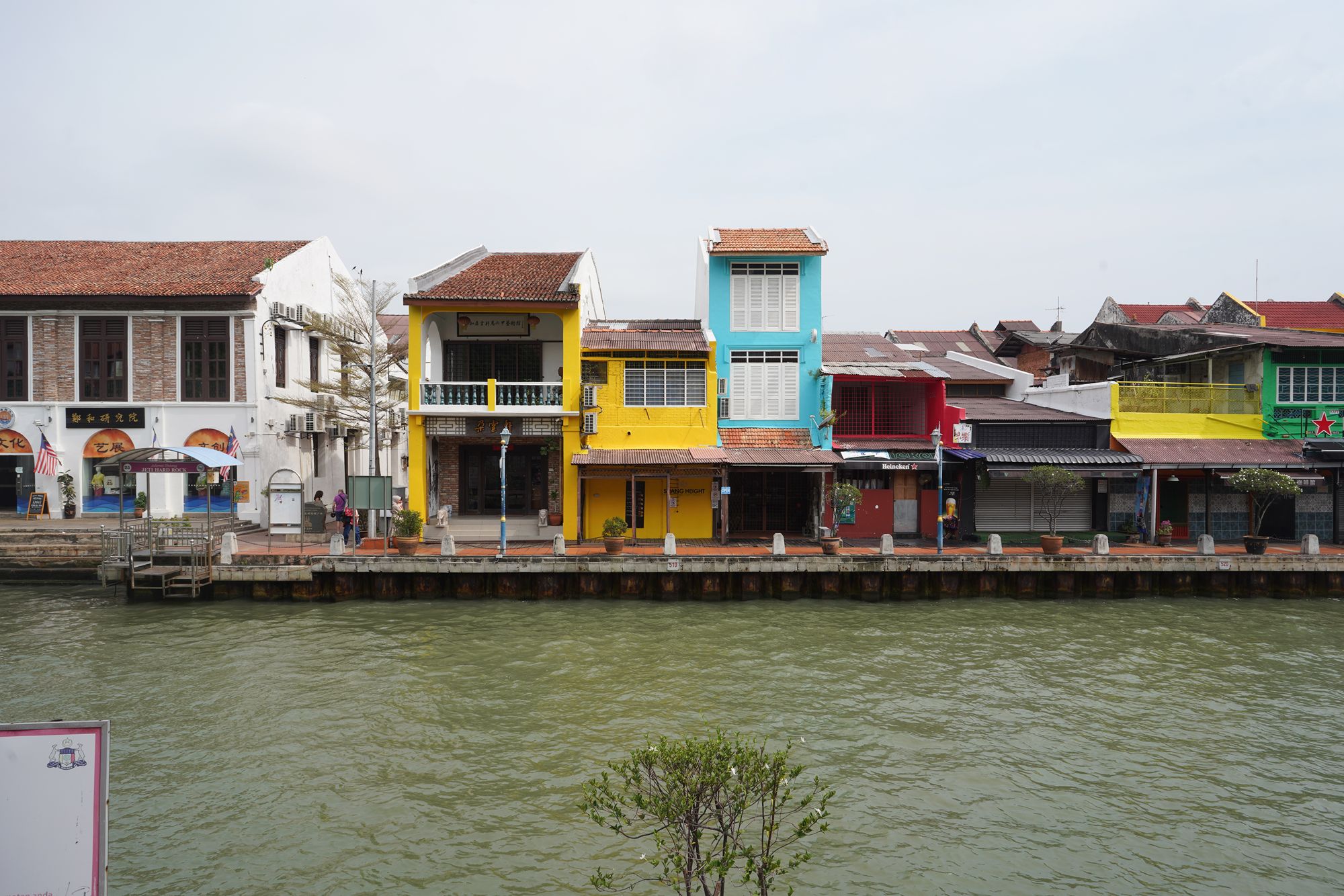
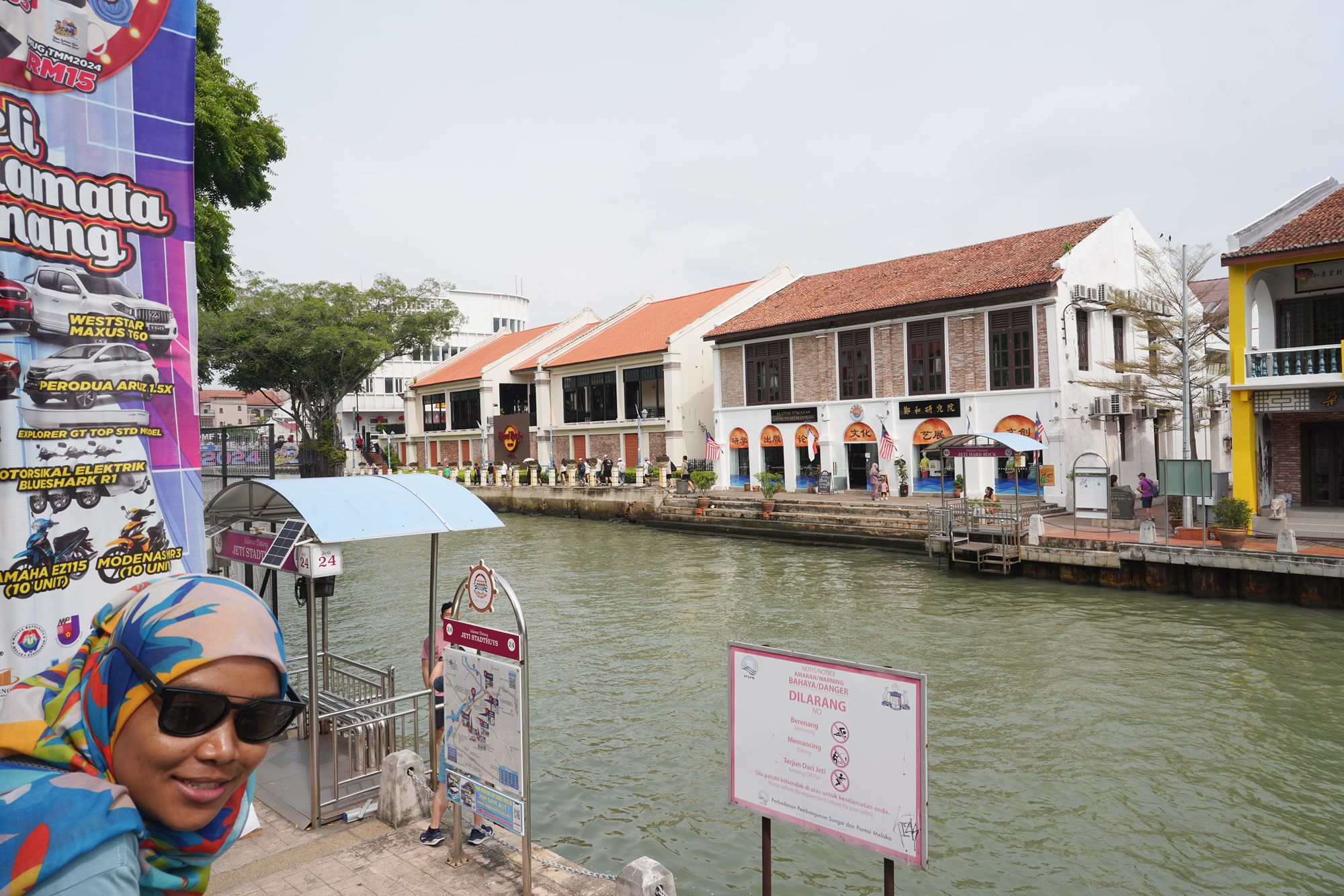
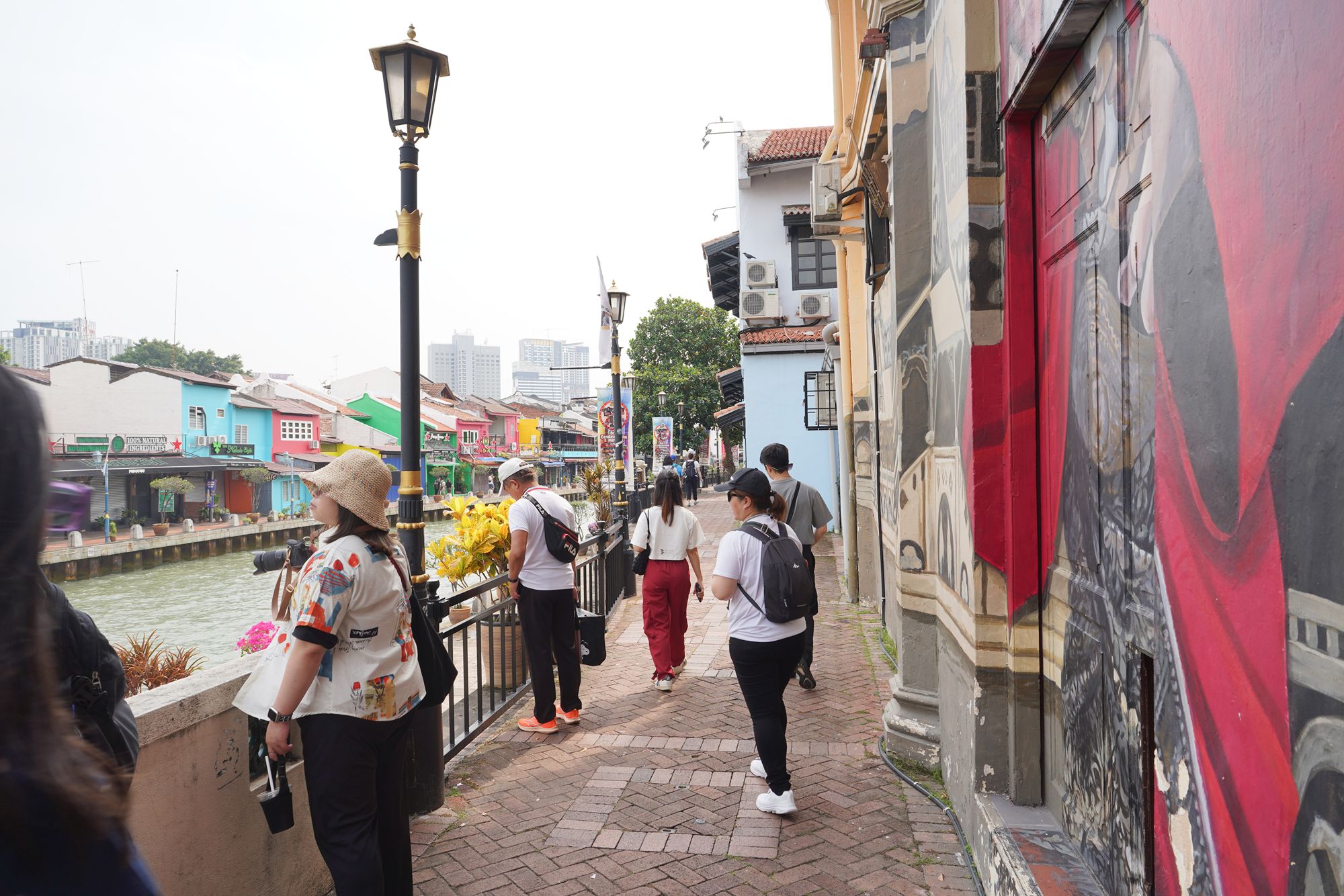
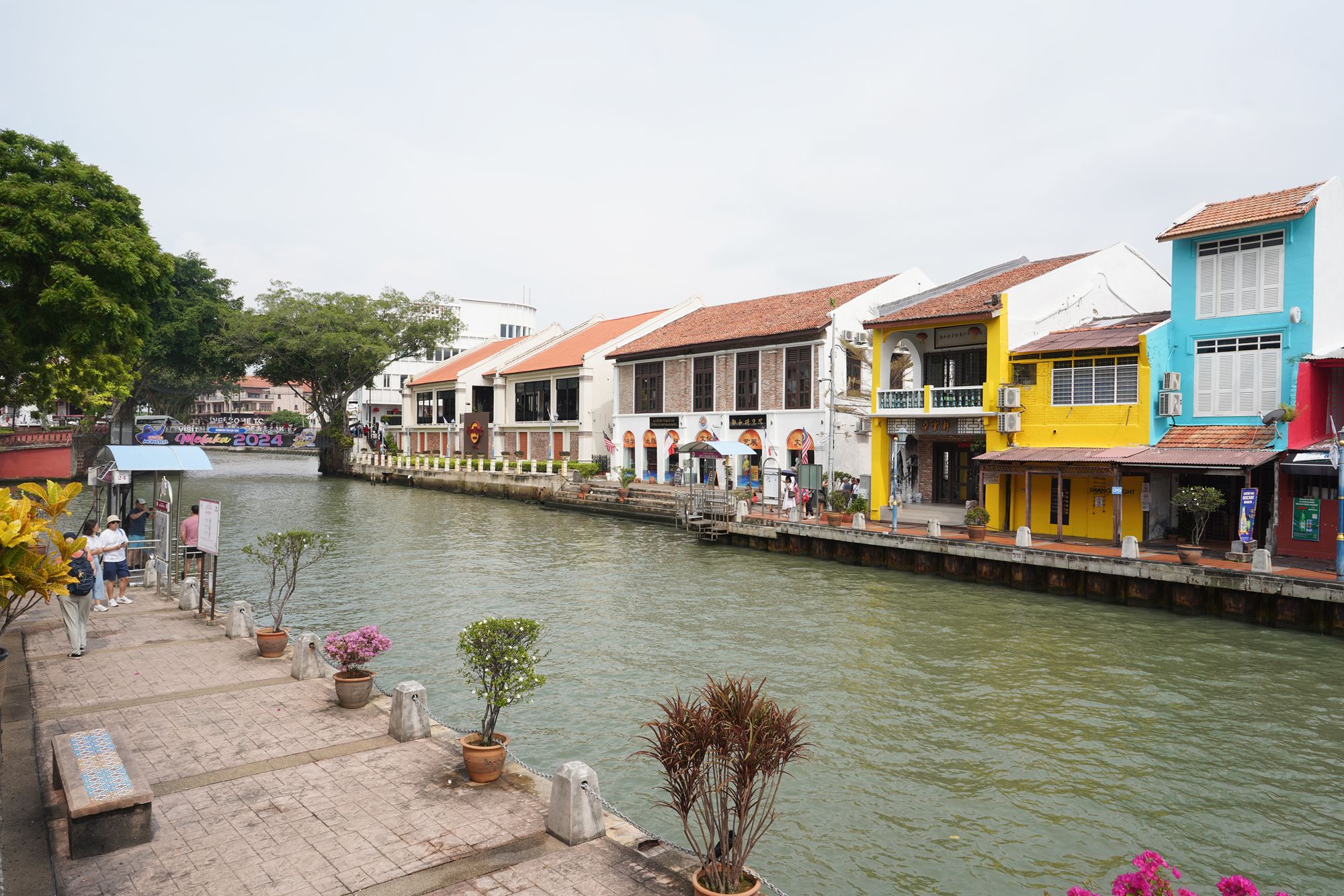
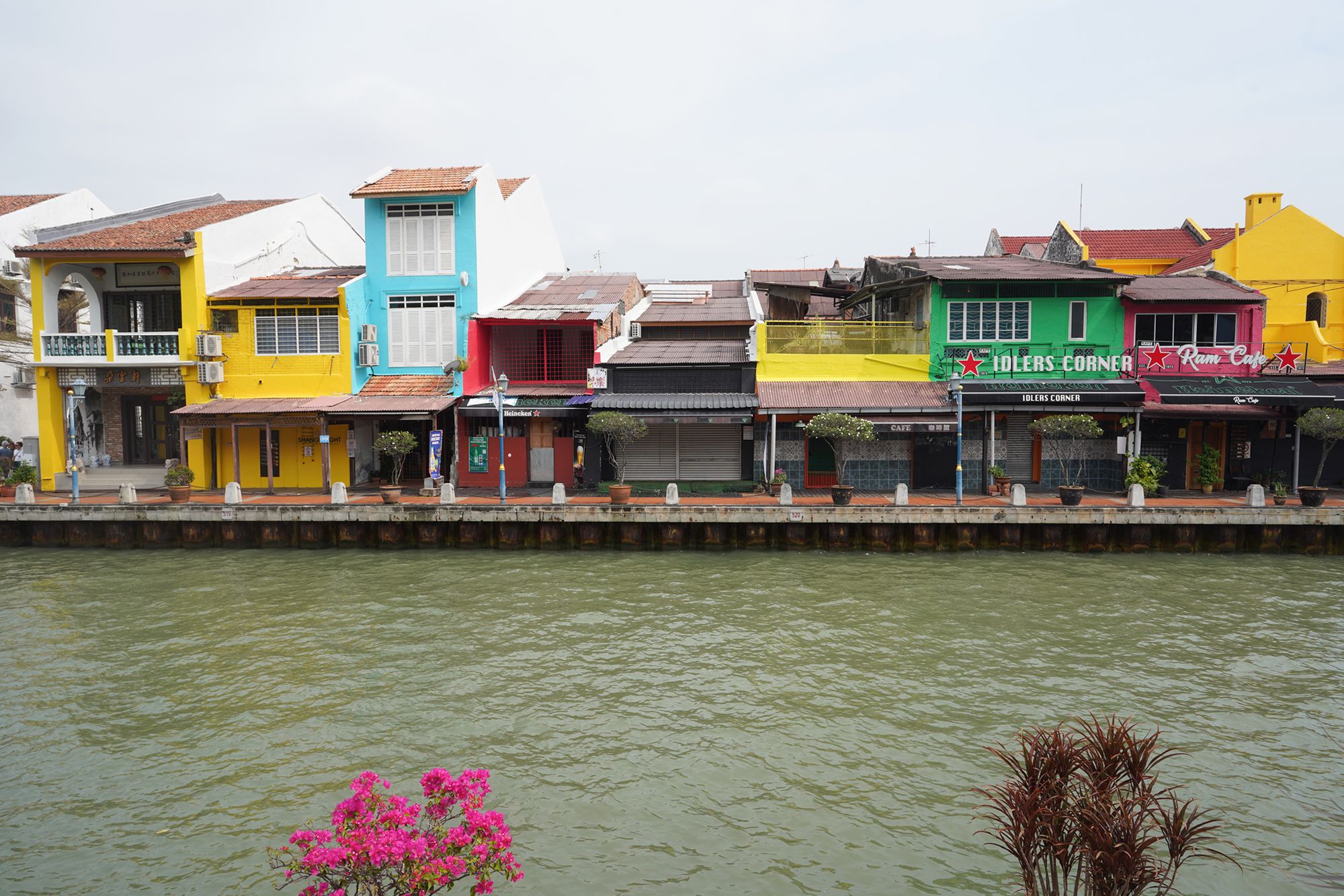
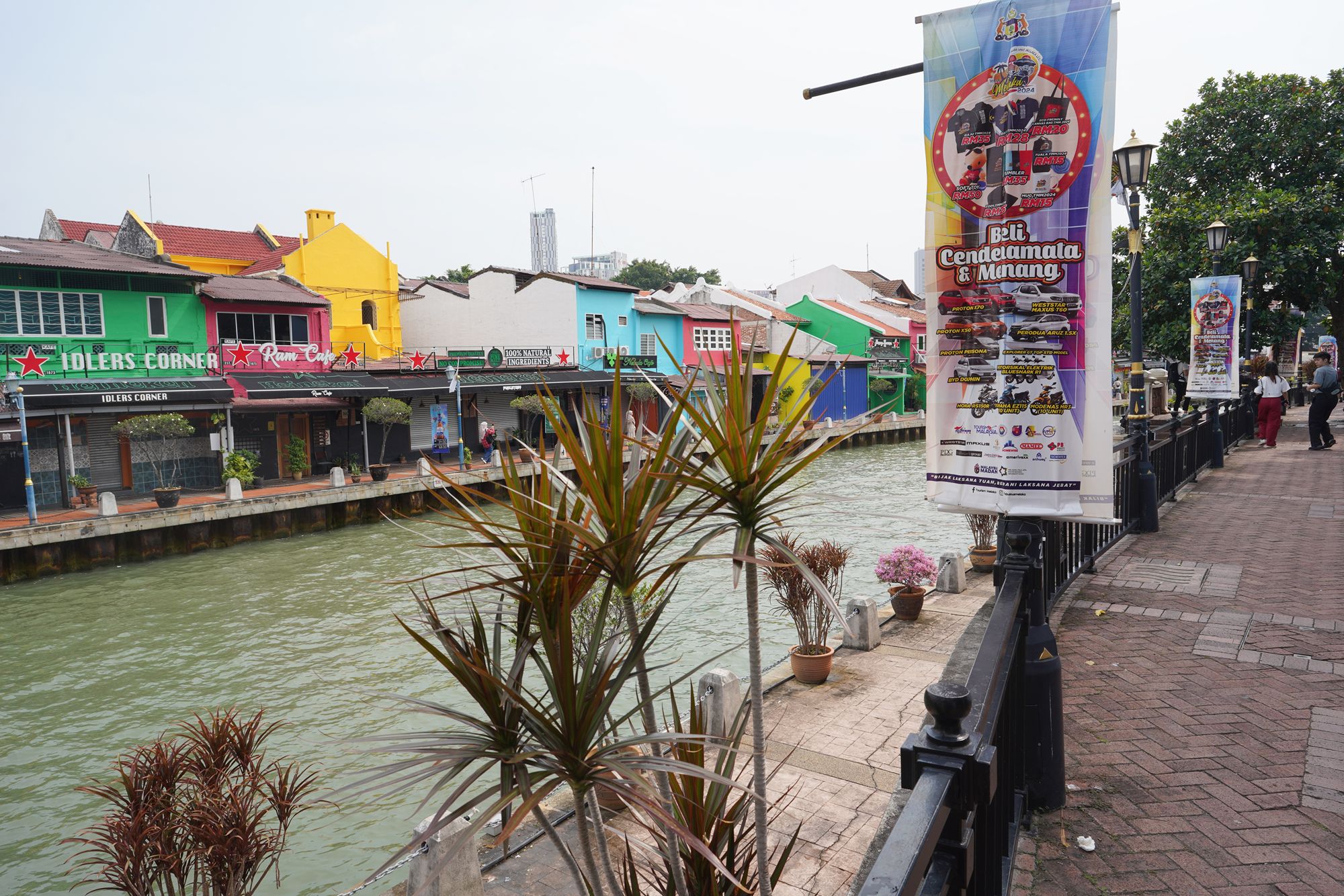
One more panoramic pictures
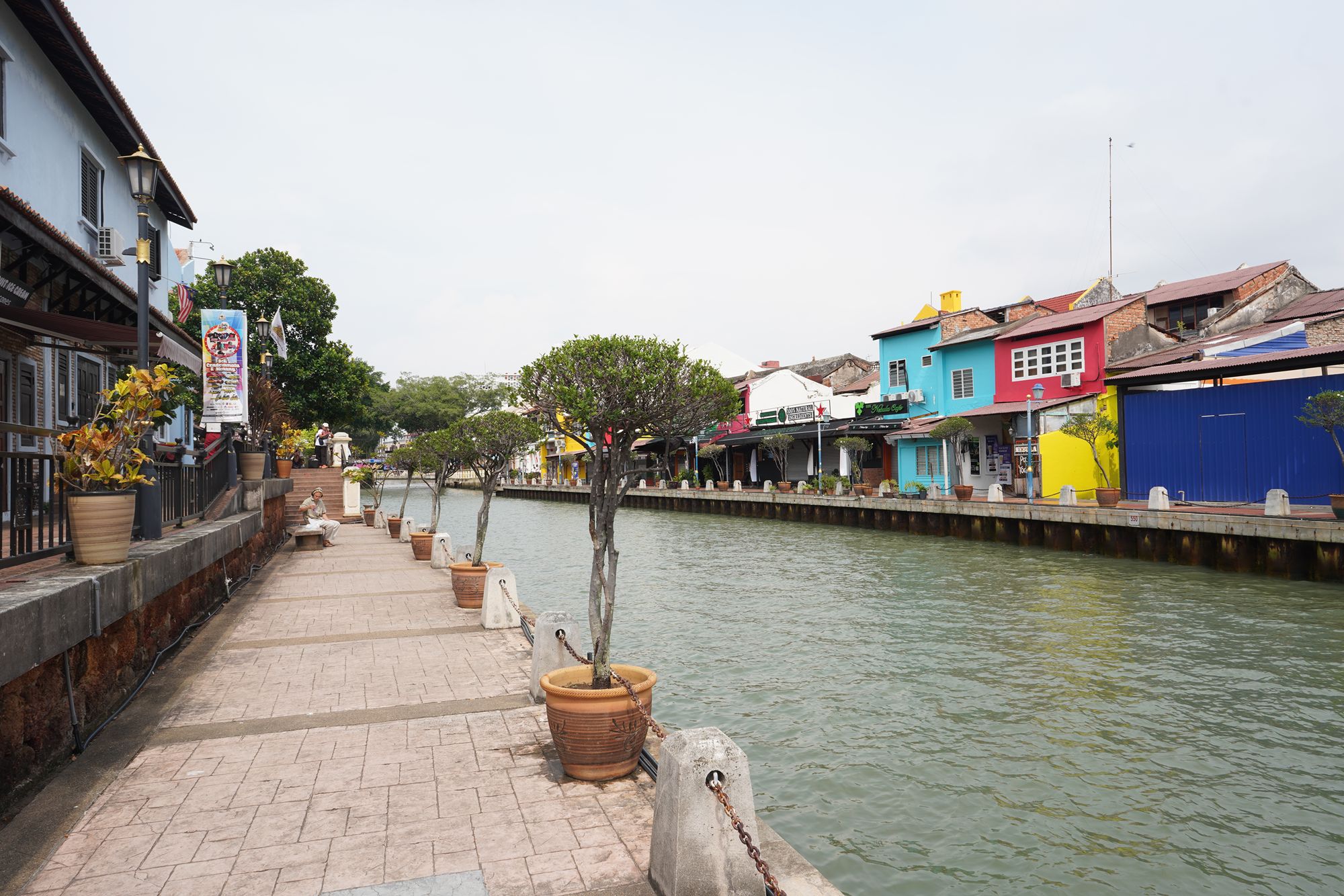
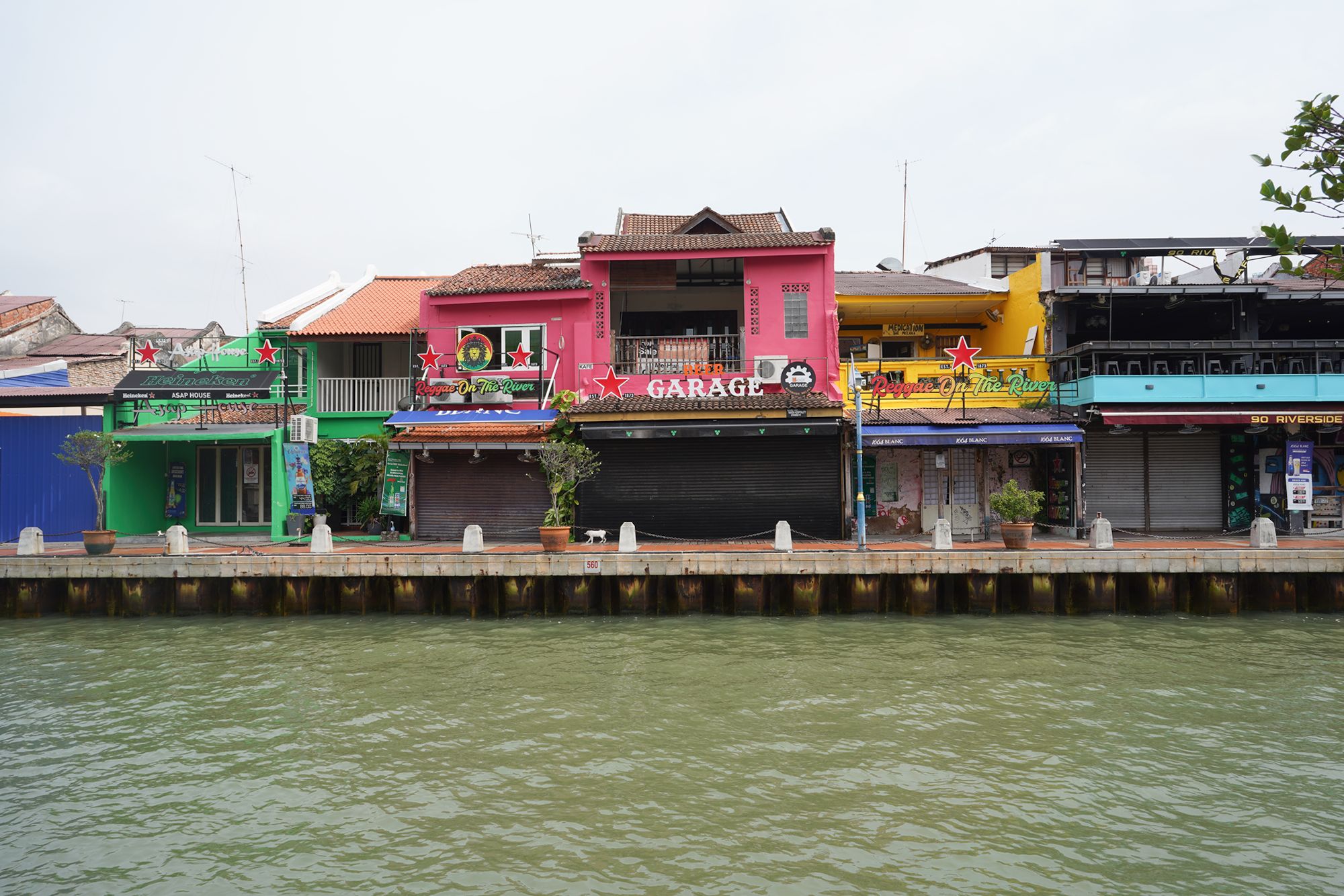
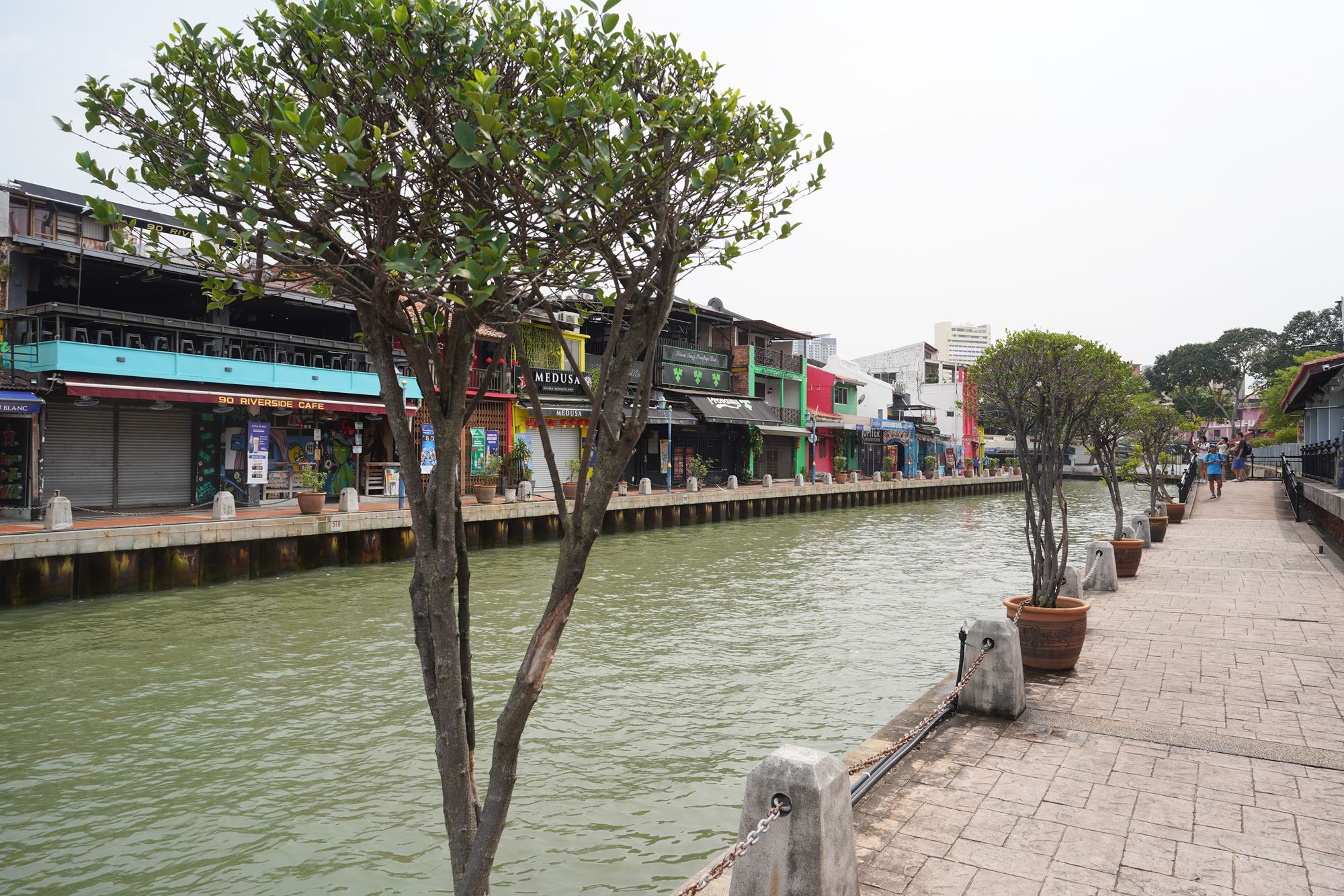
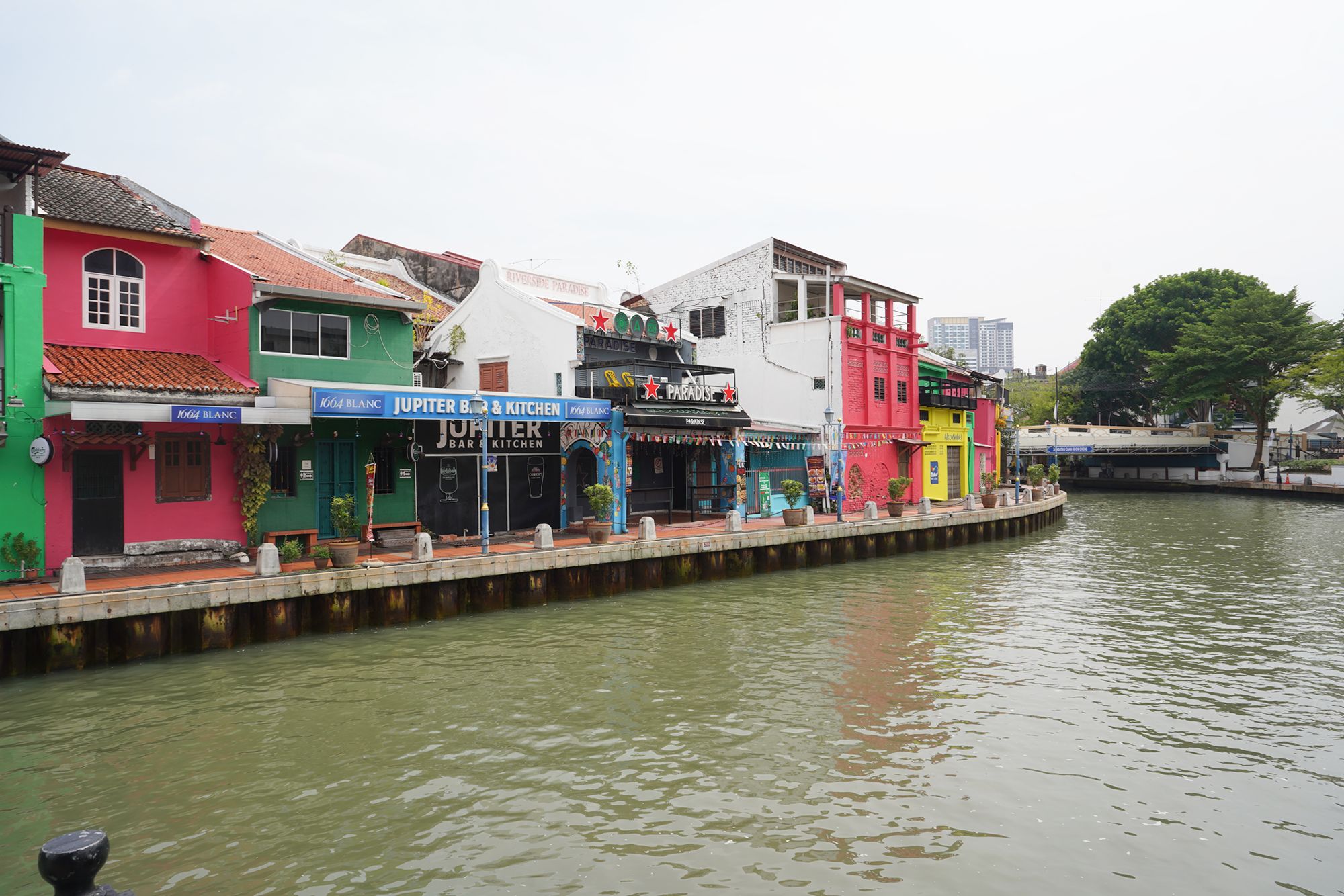
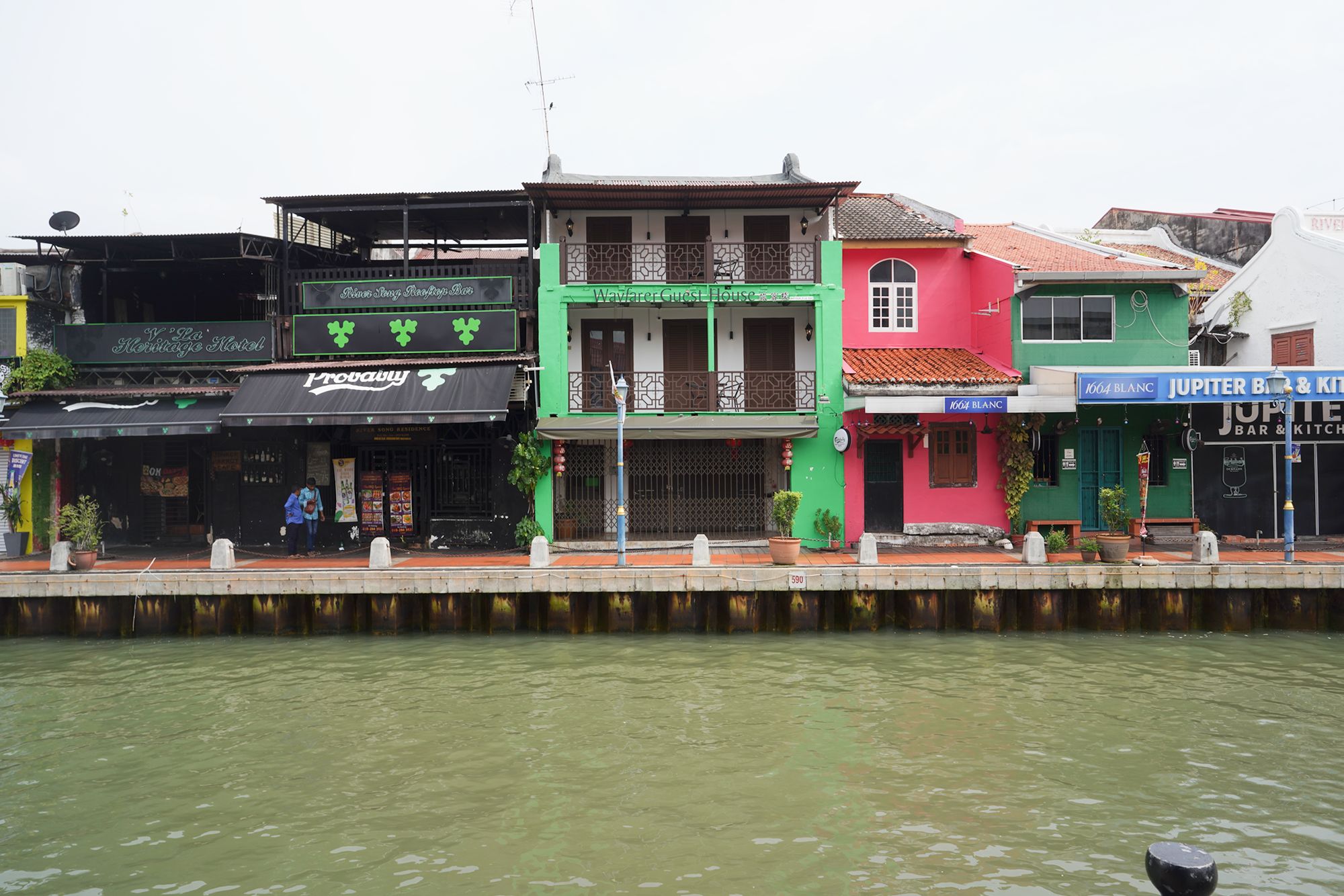
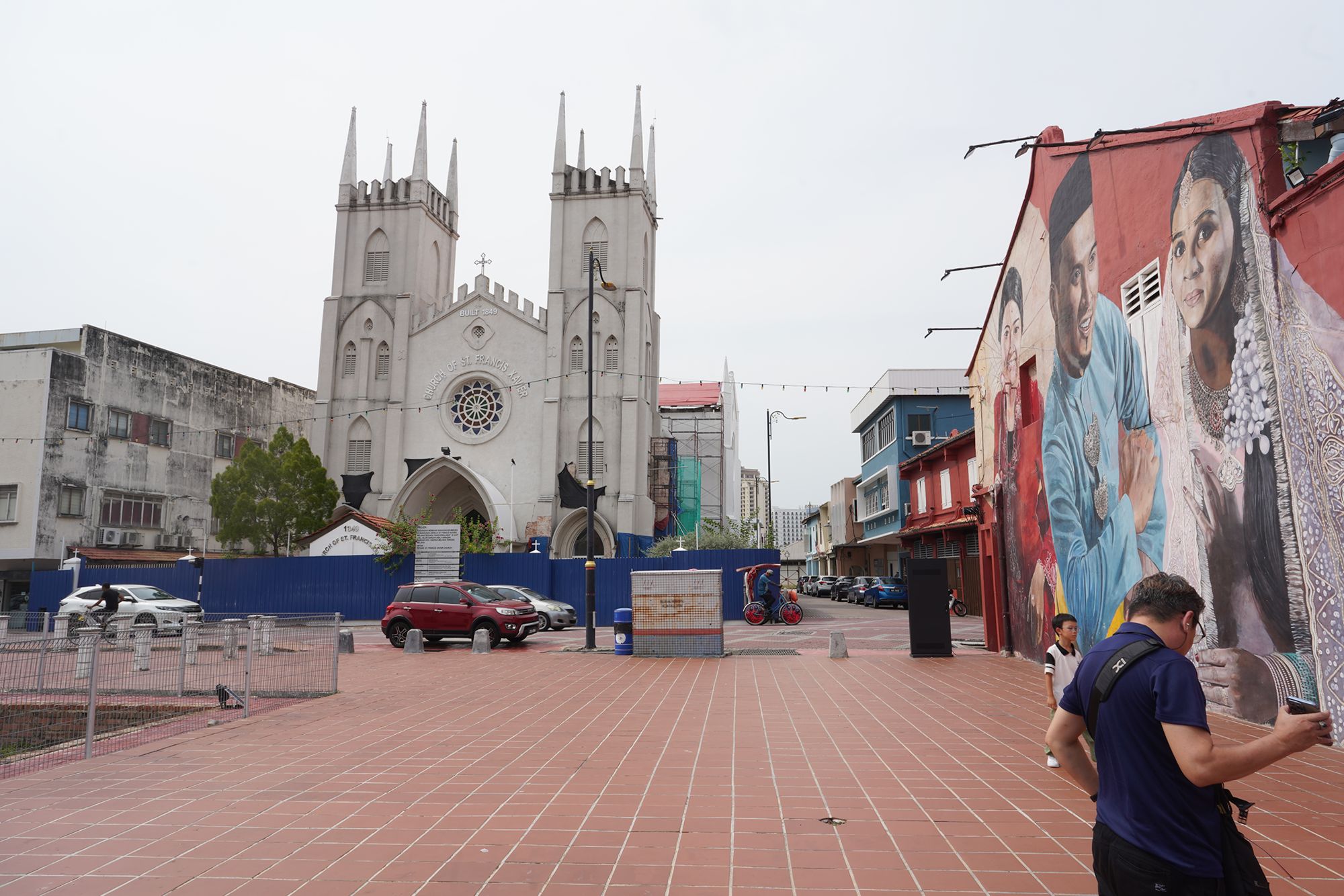
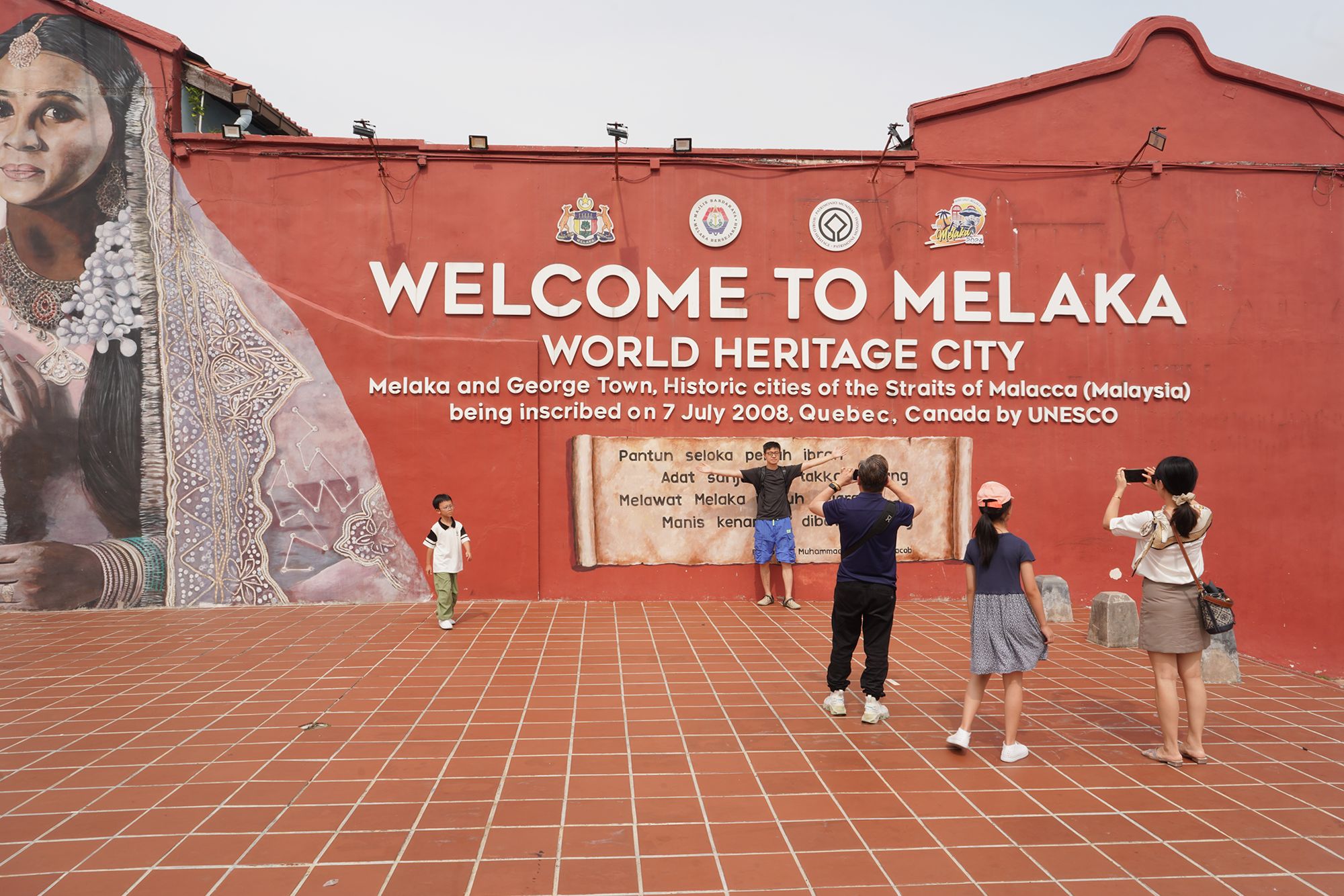
Walking back to where I started the river walk
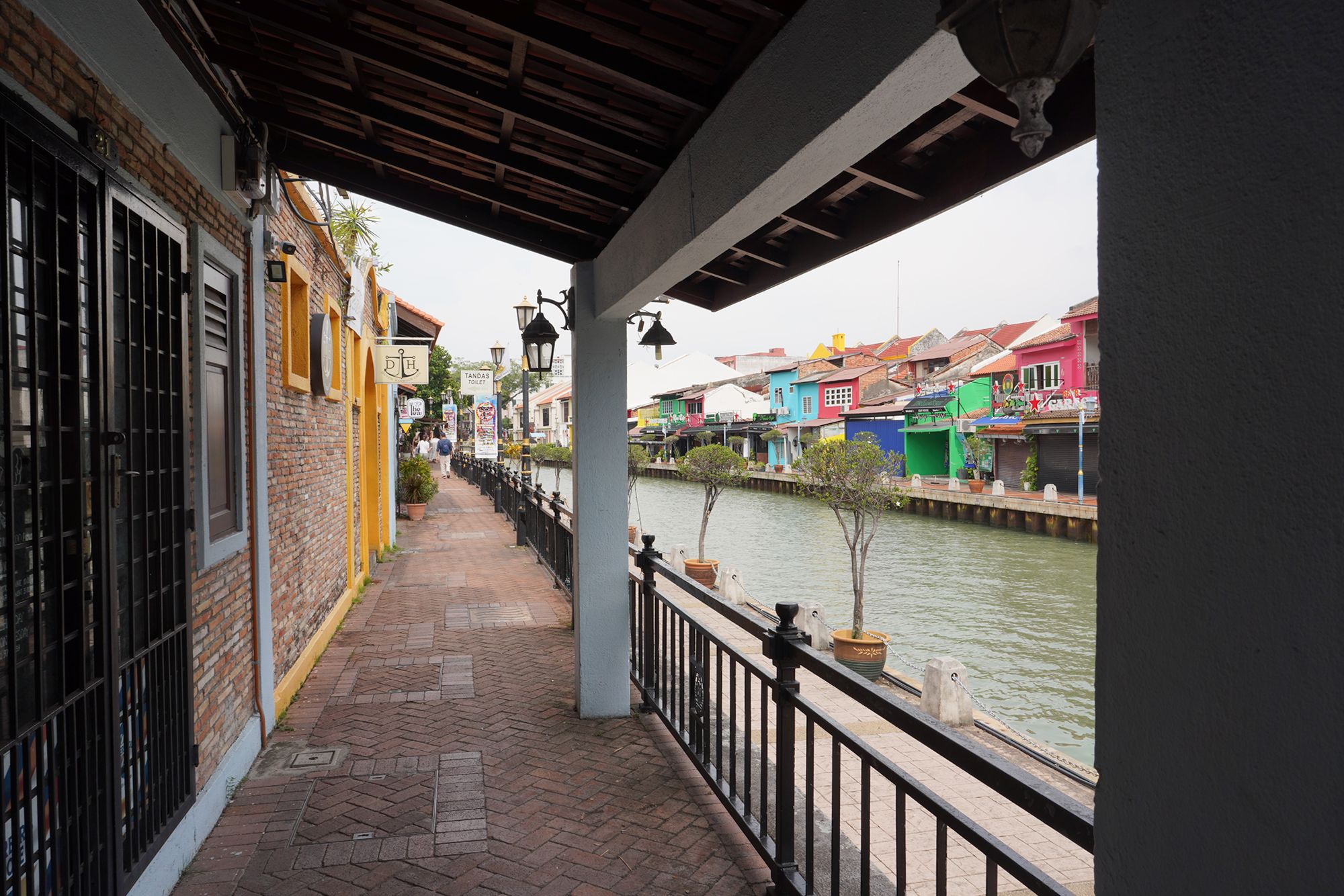
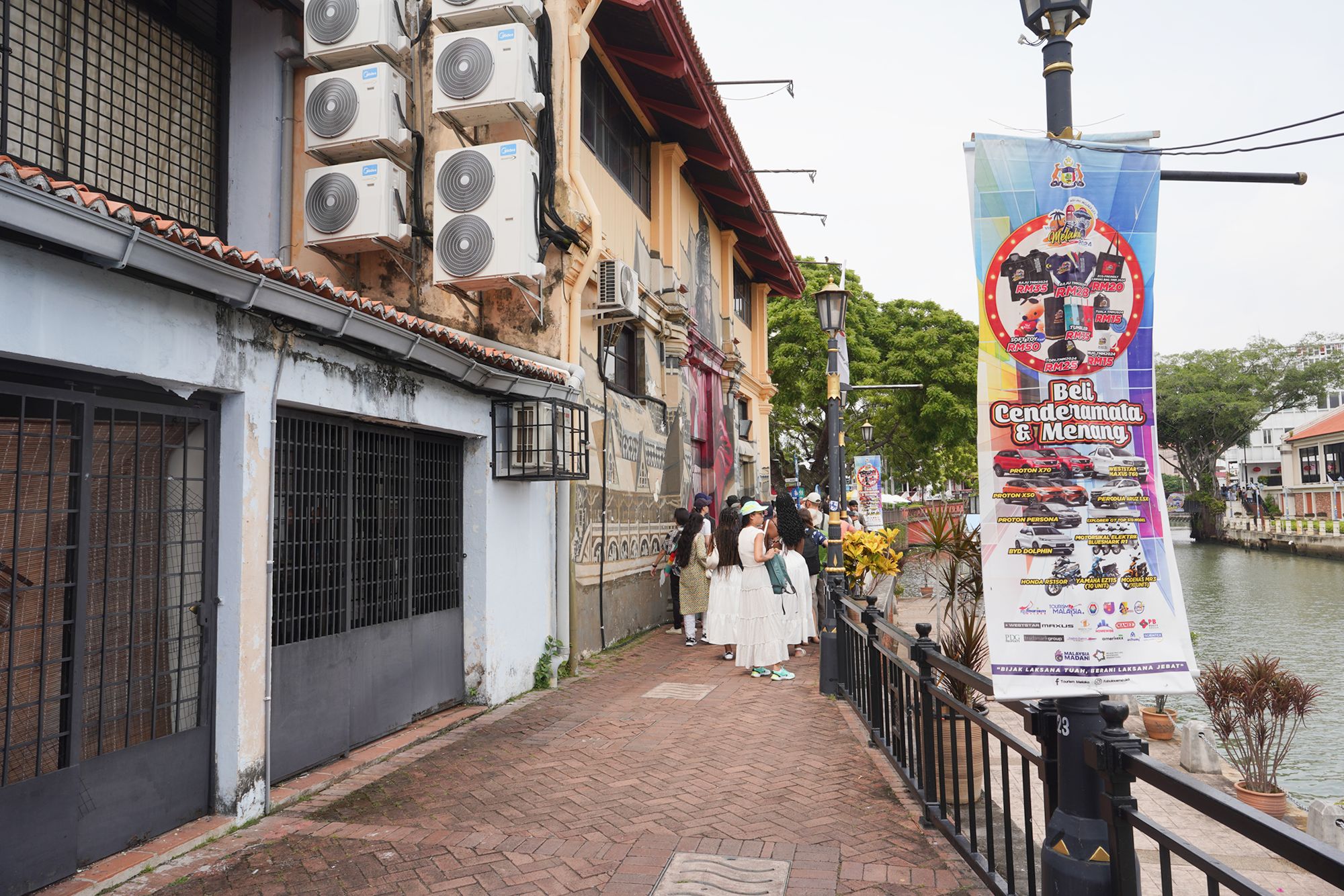
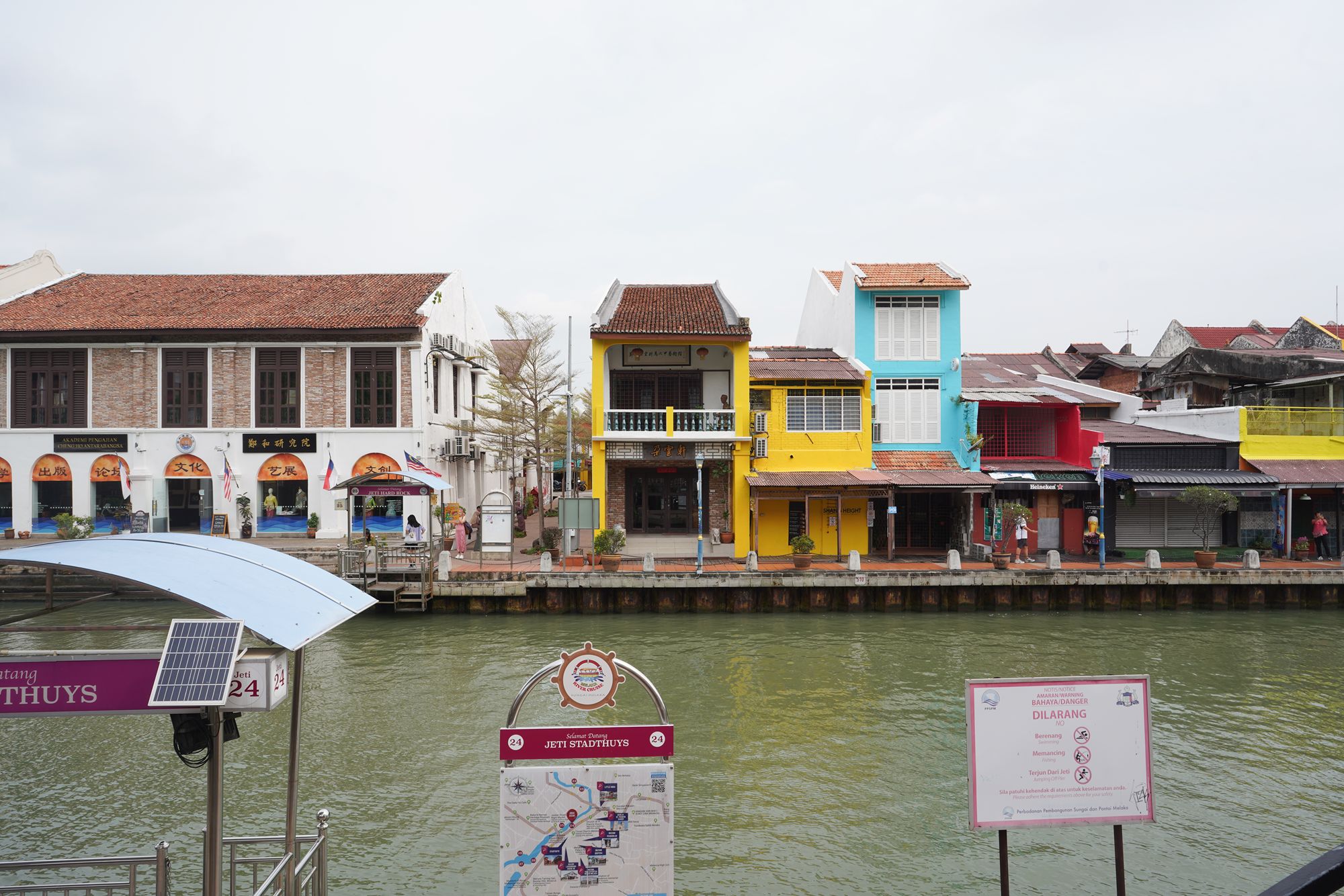
Came back to the Dutch Square
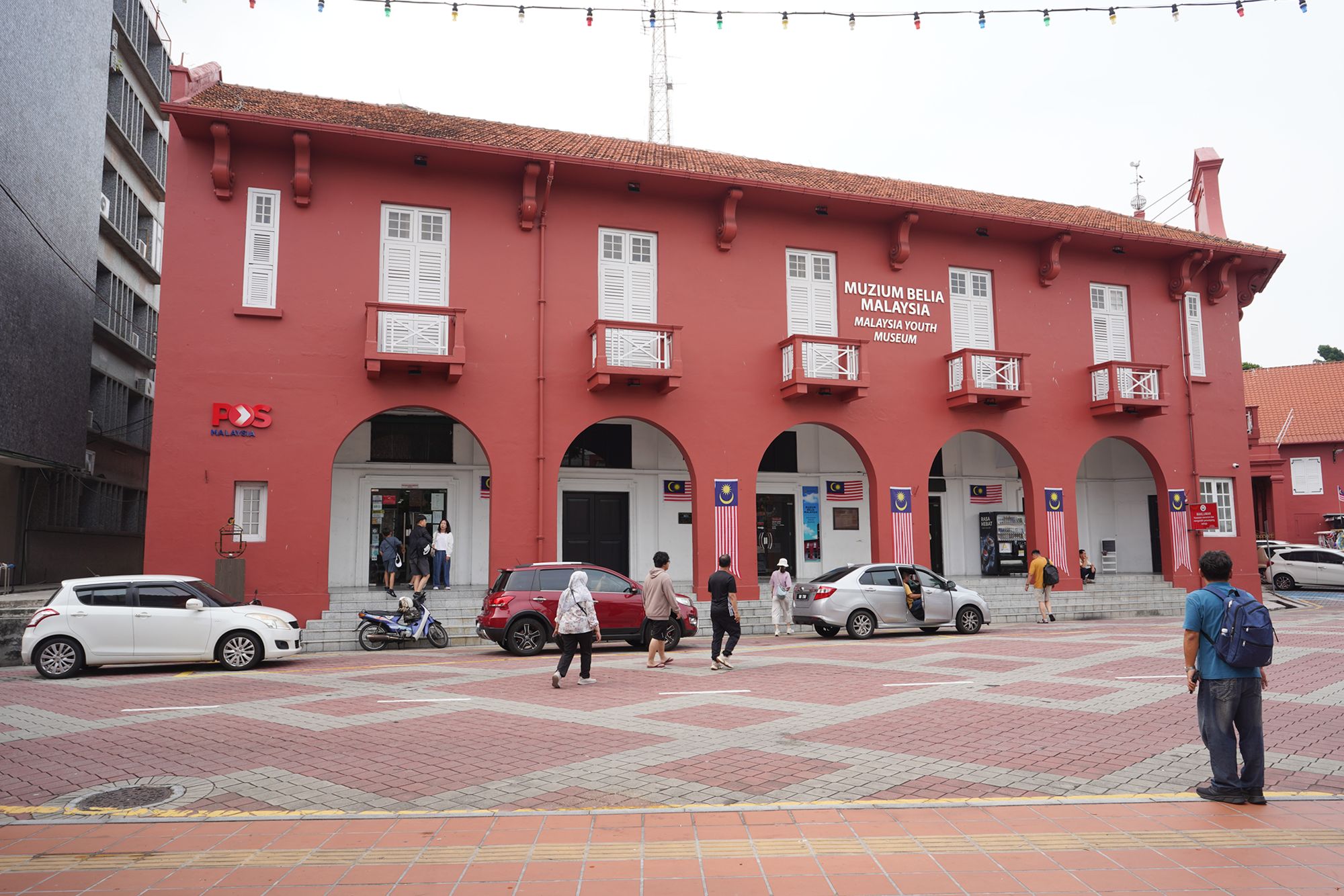
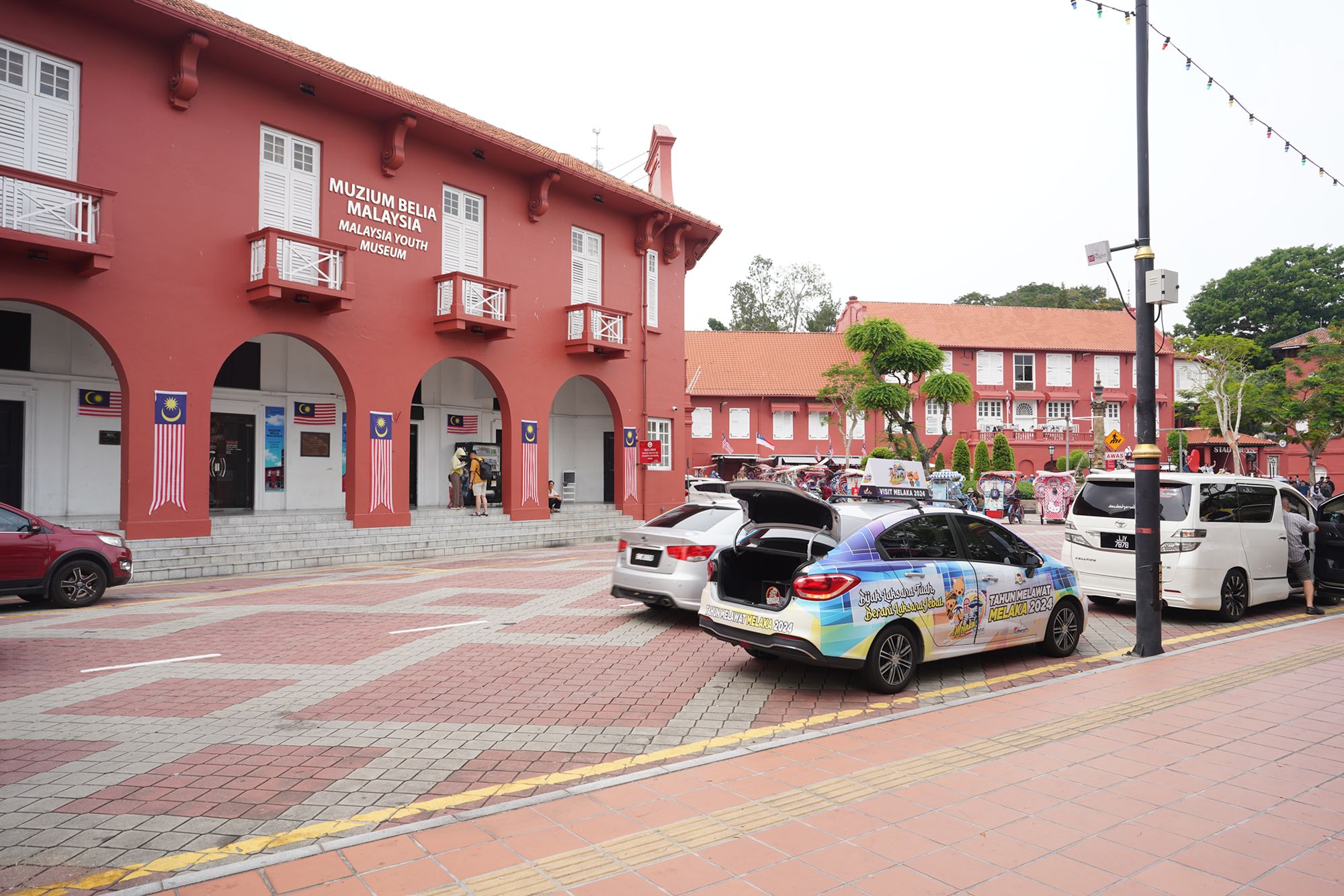
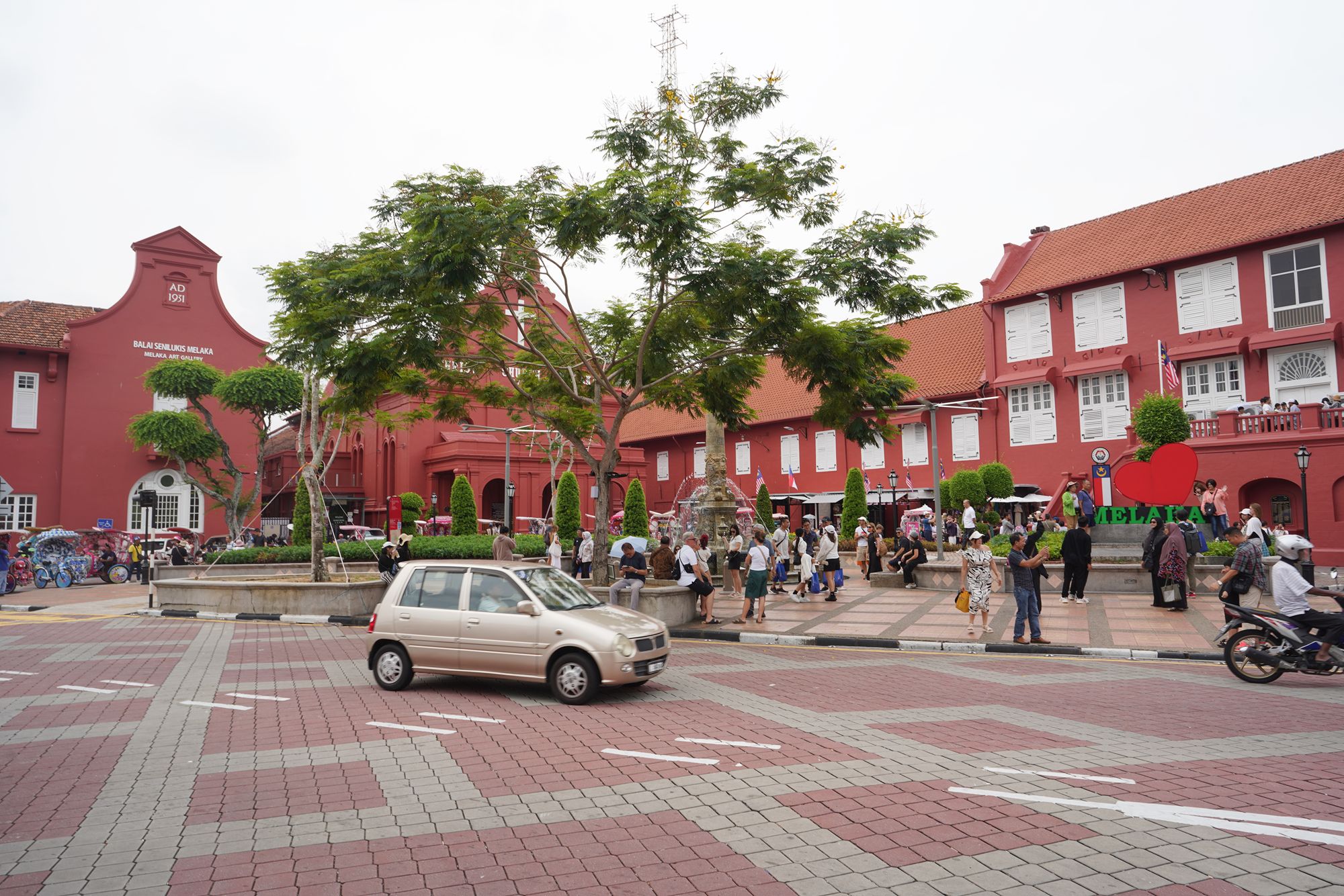
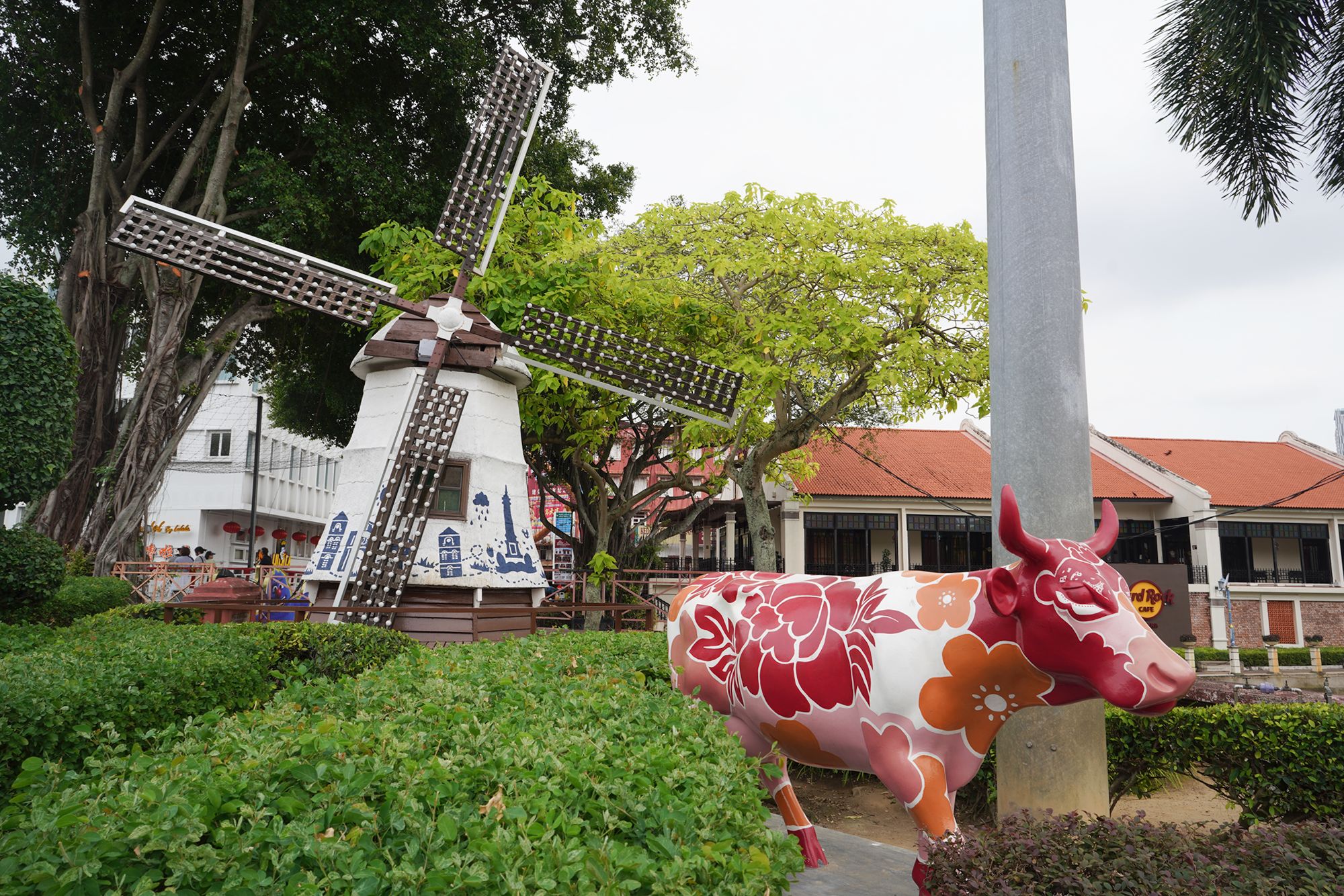
In the opposite area from the Dutch Square is Jonker Street.
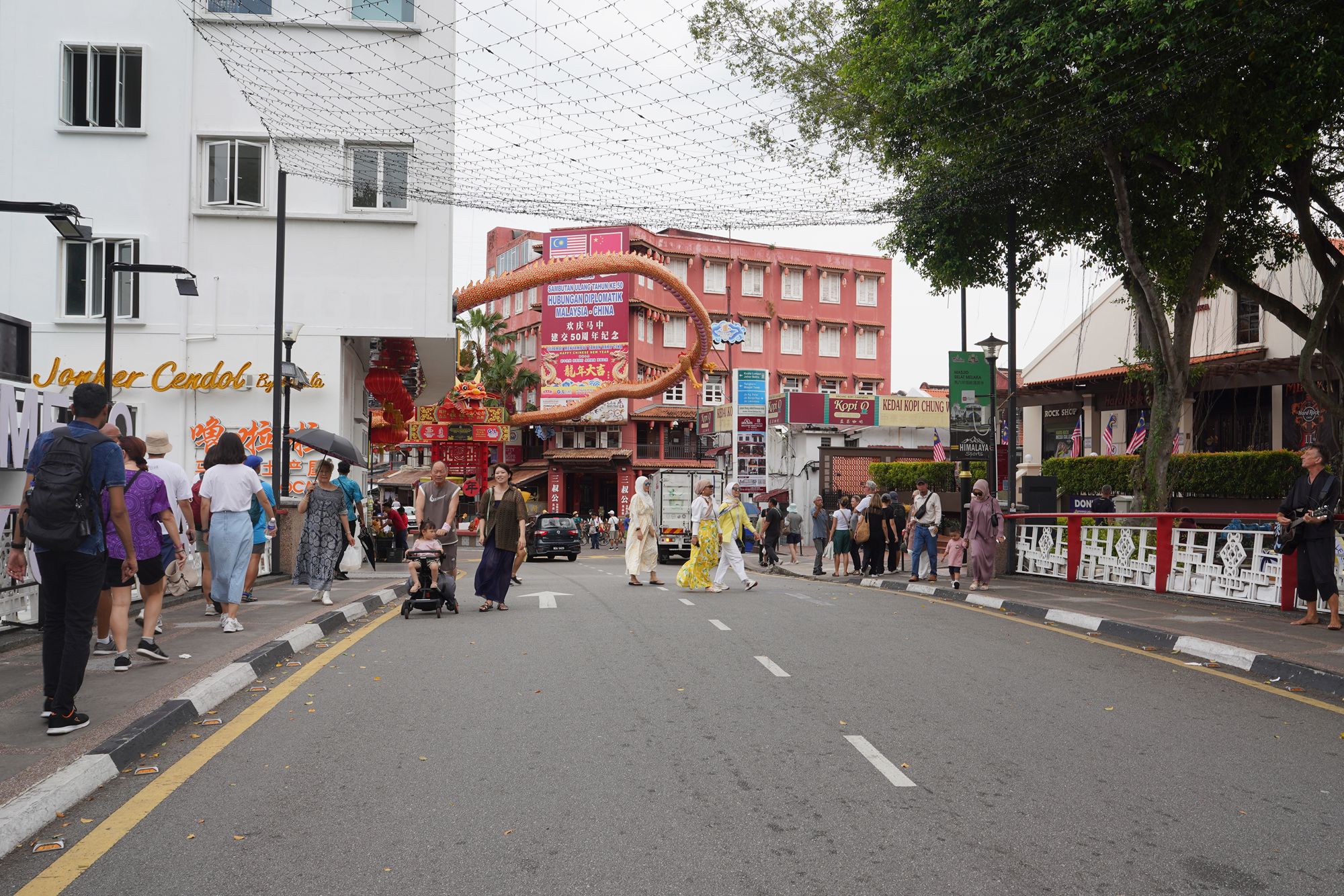
View of the river from the bridge
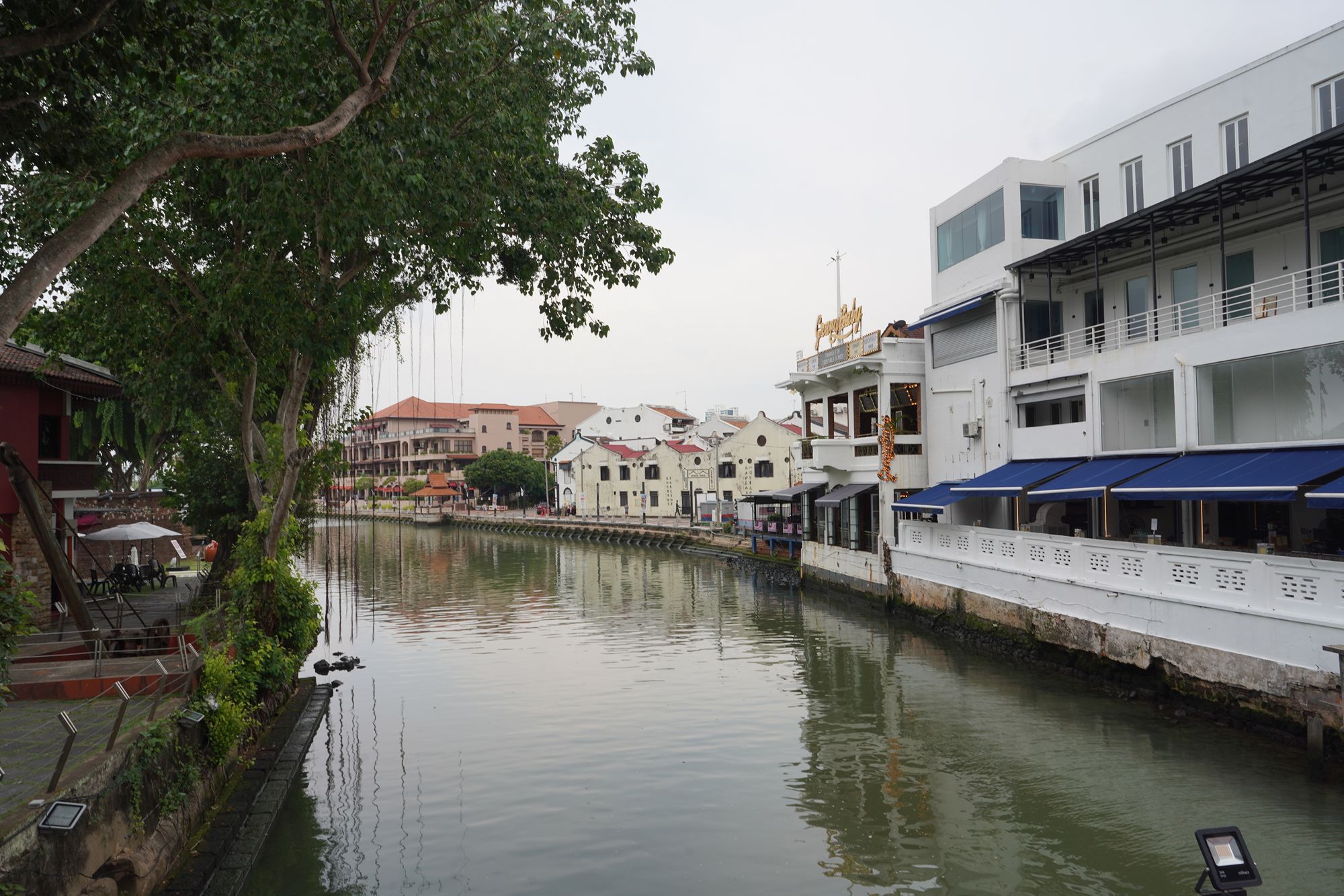
Back side
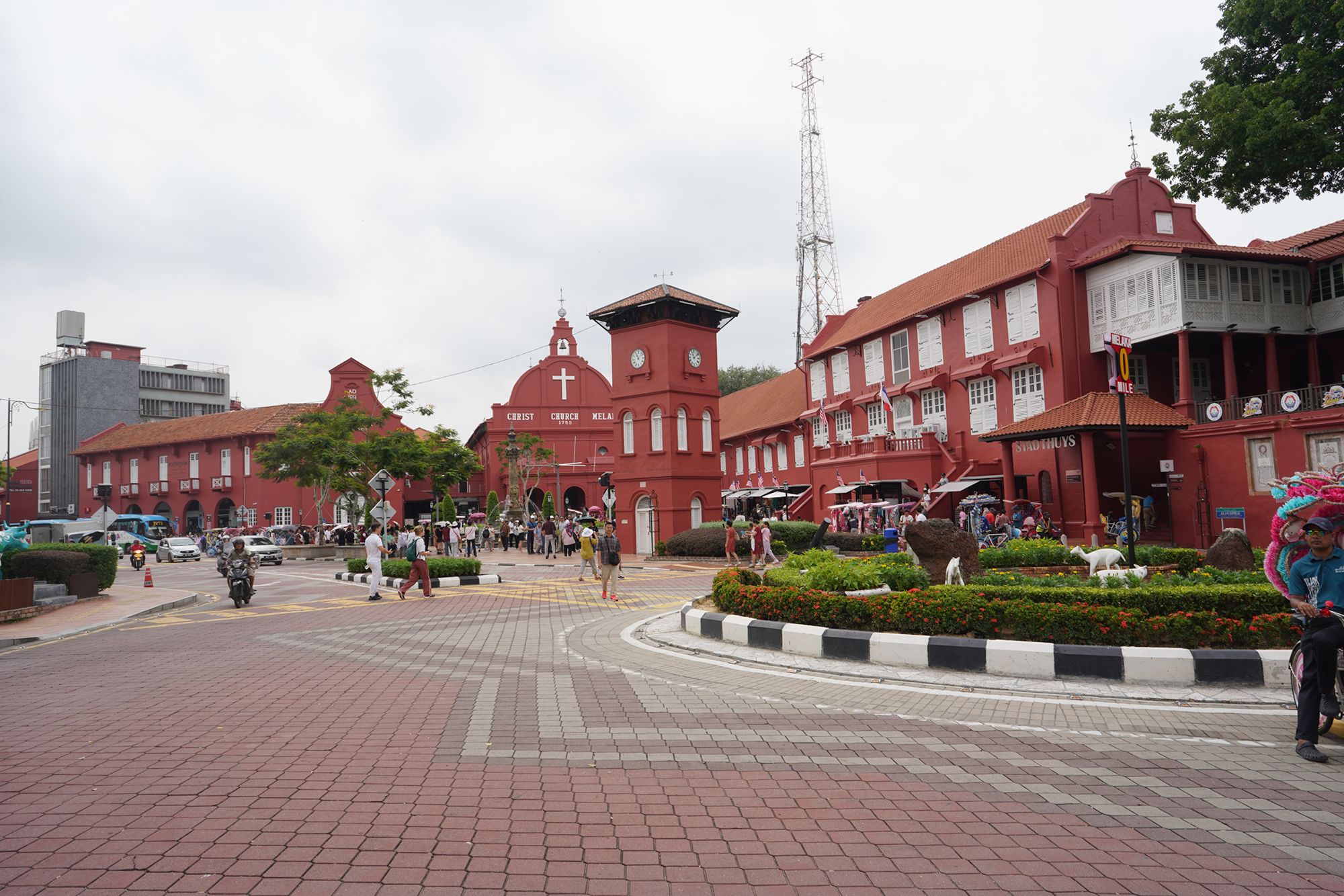
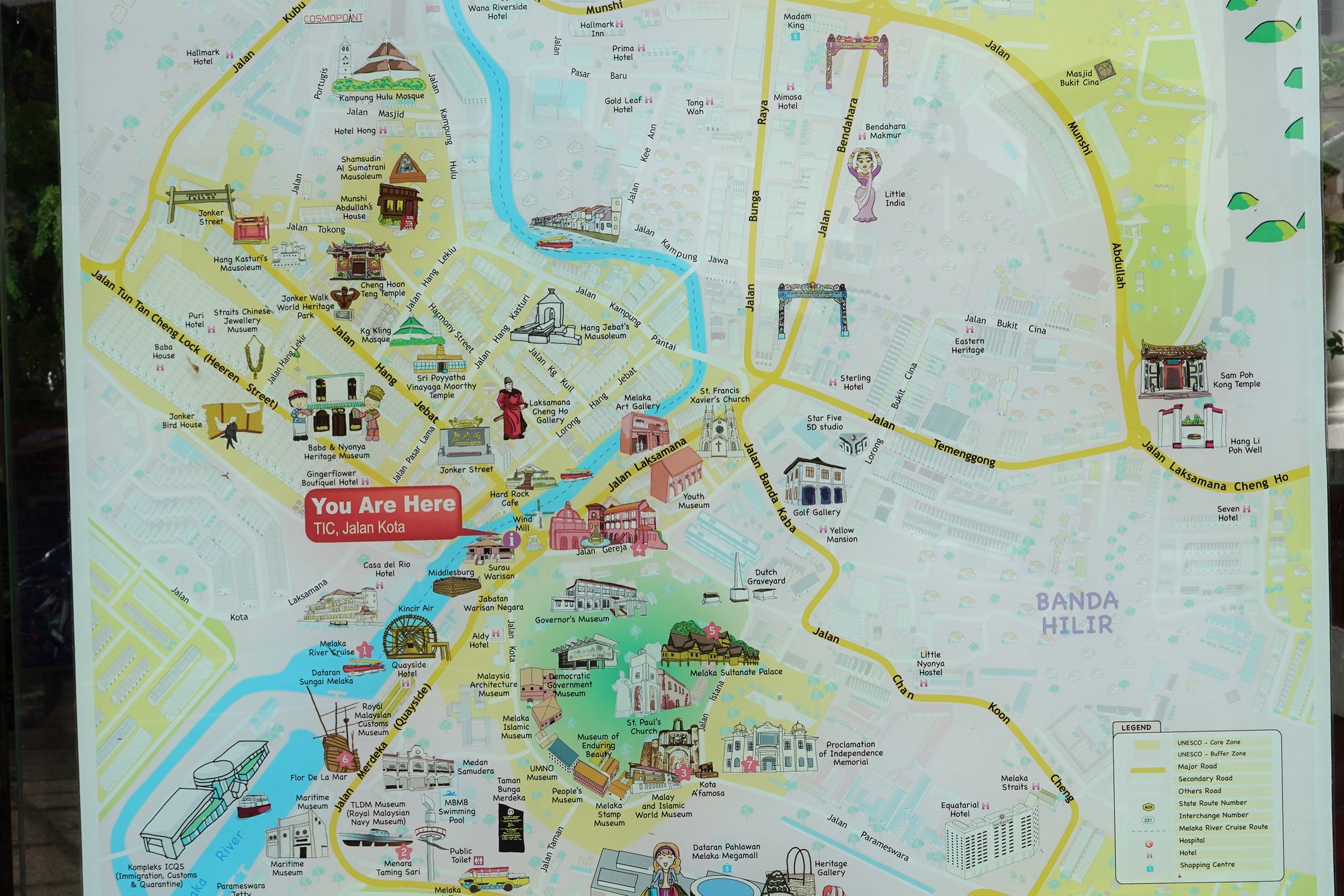
Back side
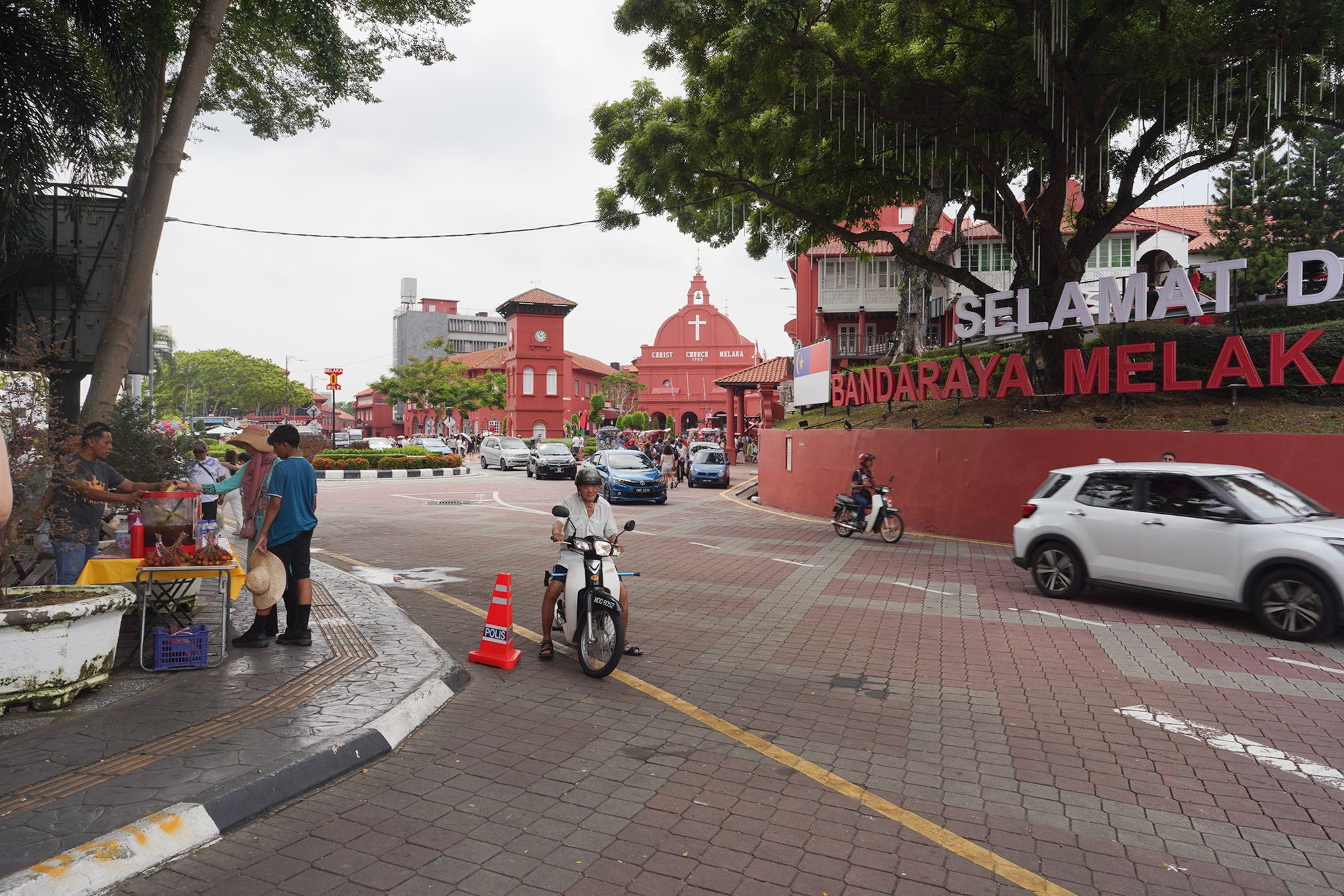
Located near the bridge on the Dutch Square side is this small part of Melaka Fort.
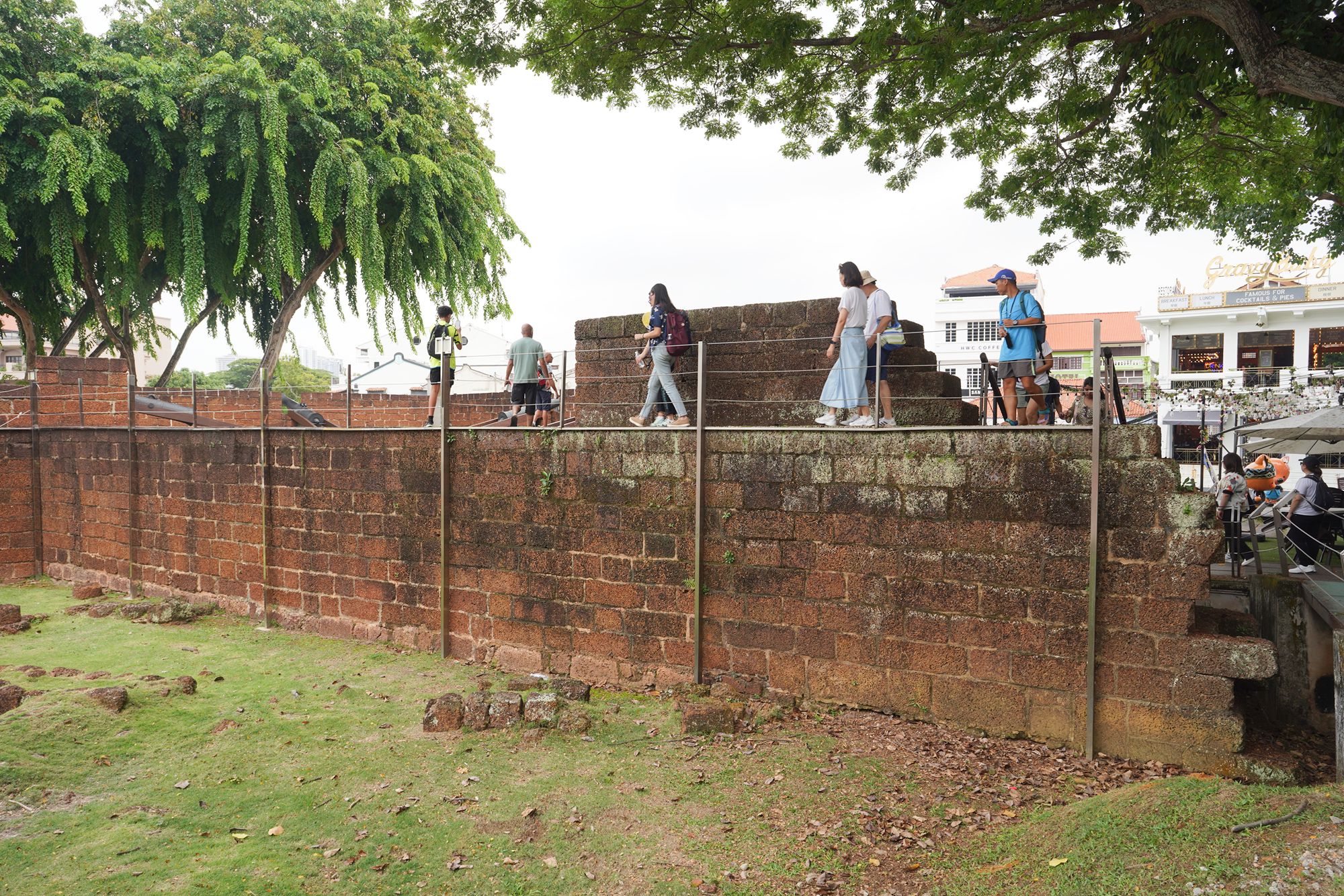
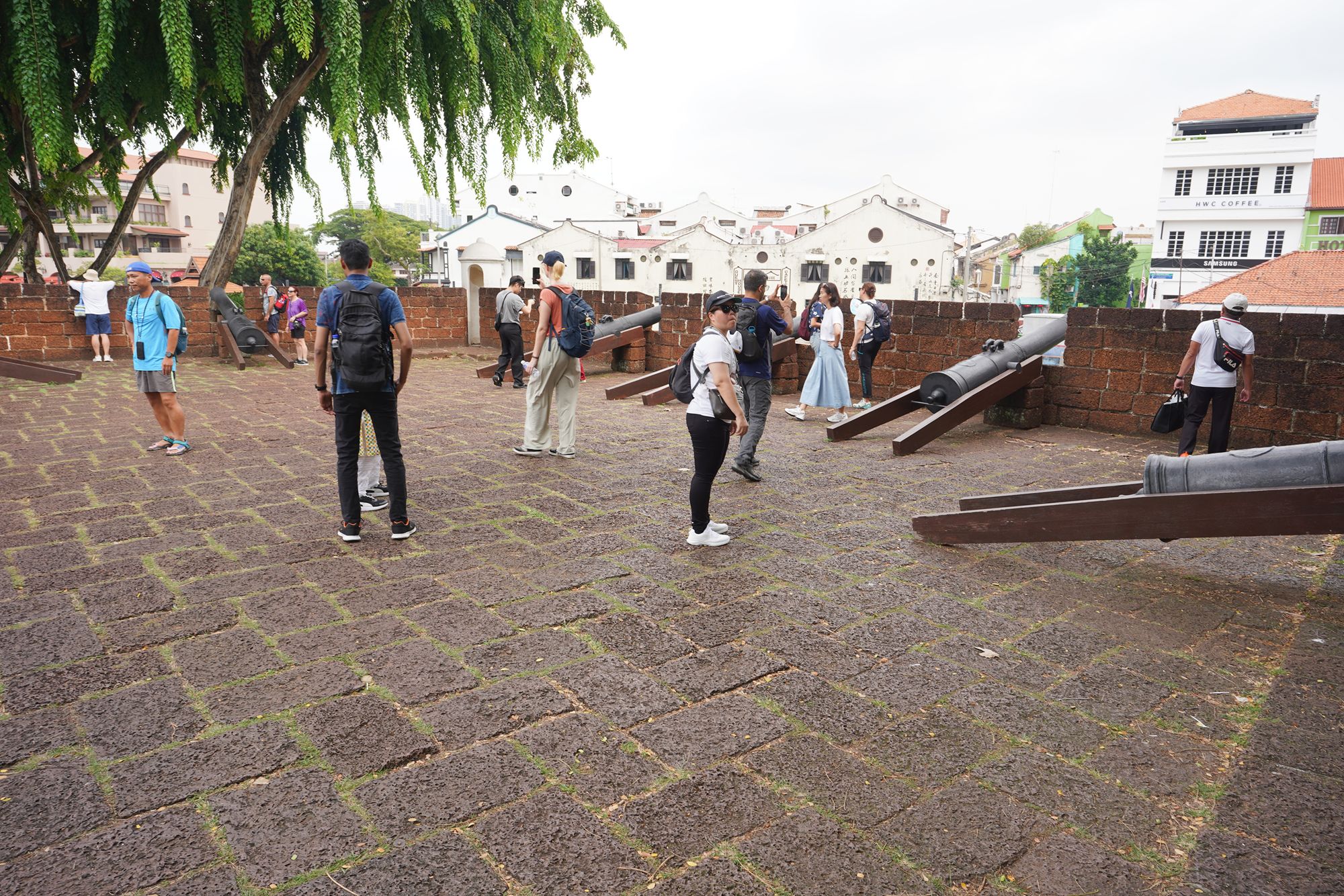
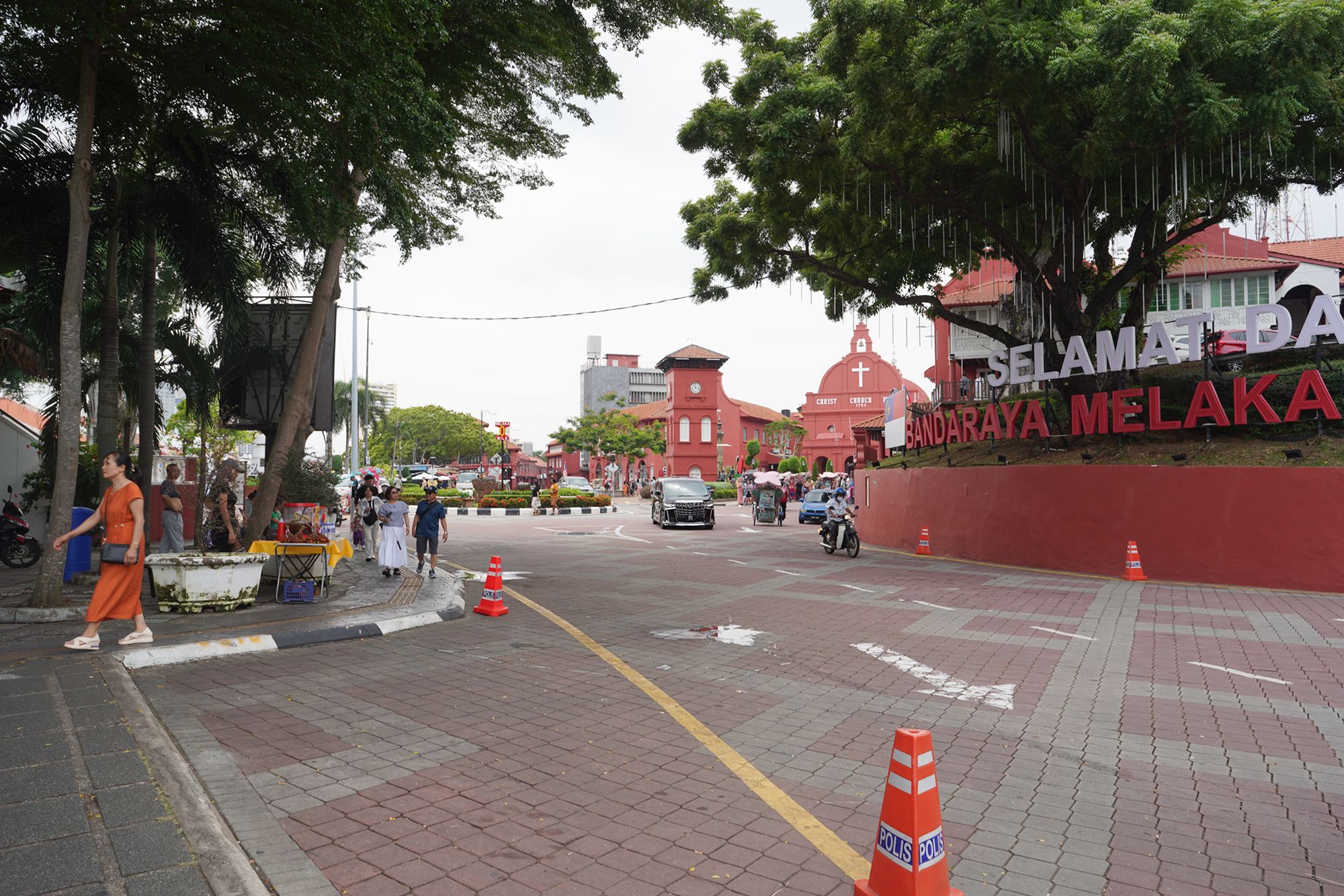
Came back to the Dutch Square. Dutch Square, also known as Red Square, is one of the most iconic landmarks in Malacca and is famous for its distinctive red-colored buildings, which reflect the Dutch colonial influence in the city. It is located in the heart of Malacca’s historic district and is surrounded by several key historical and cultural sites.
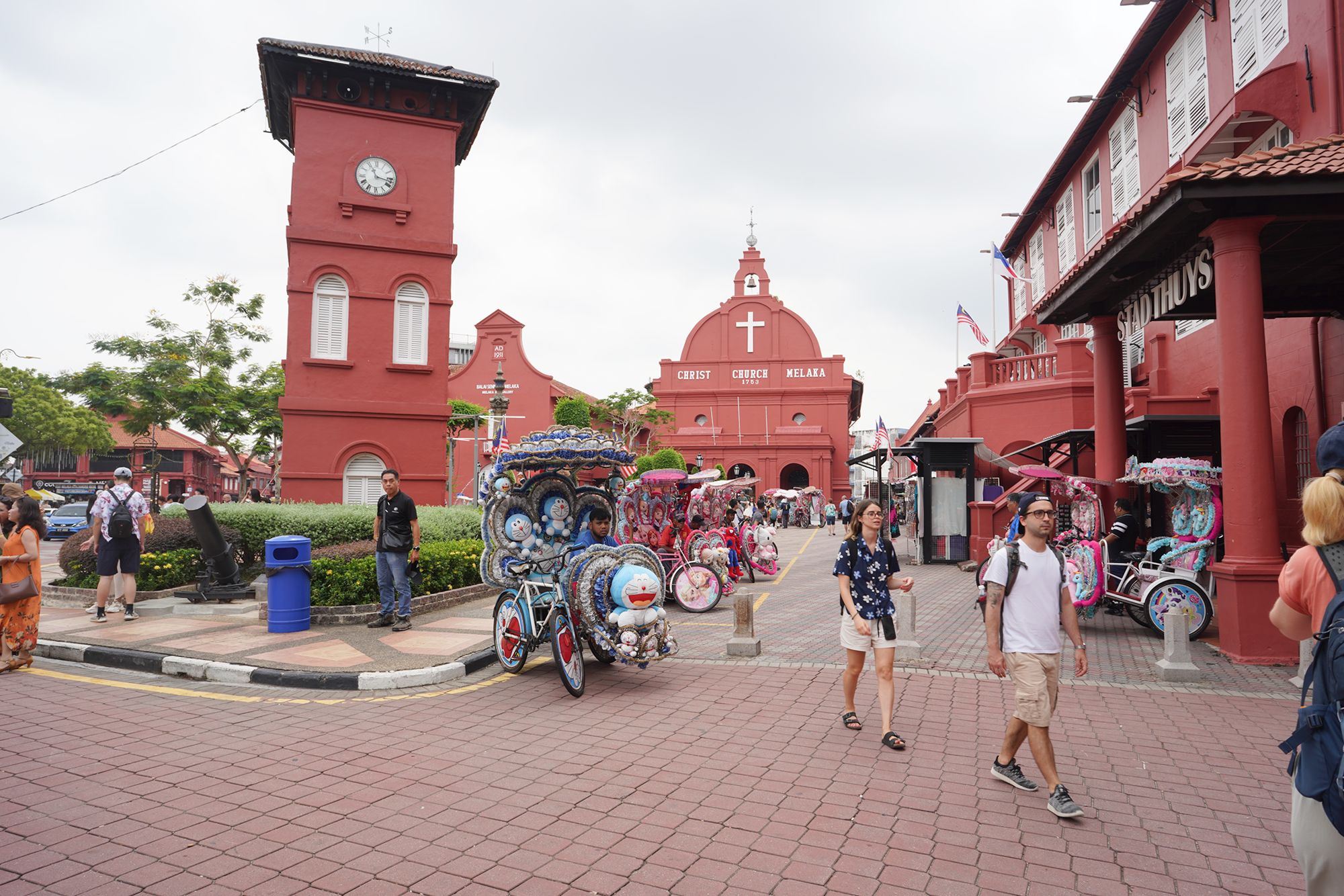
Dutch Square dates back to the Dutch colonial period, which began in 1641 when the Dutch East India Company (VOC) took control of Malacca from the Portuguese. The square was the administrative center of the Dutch colonial government and has remained one of Malacca’s most important historical areas.
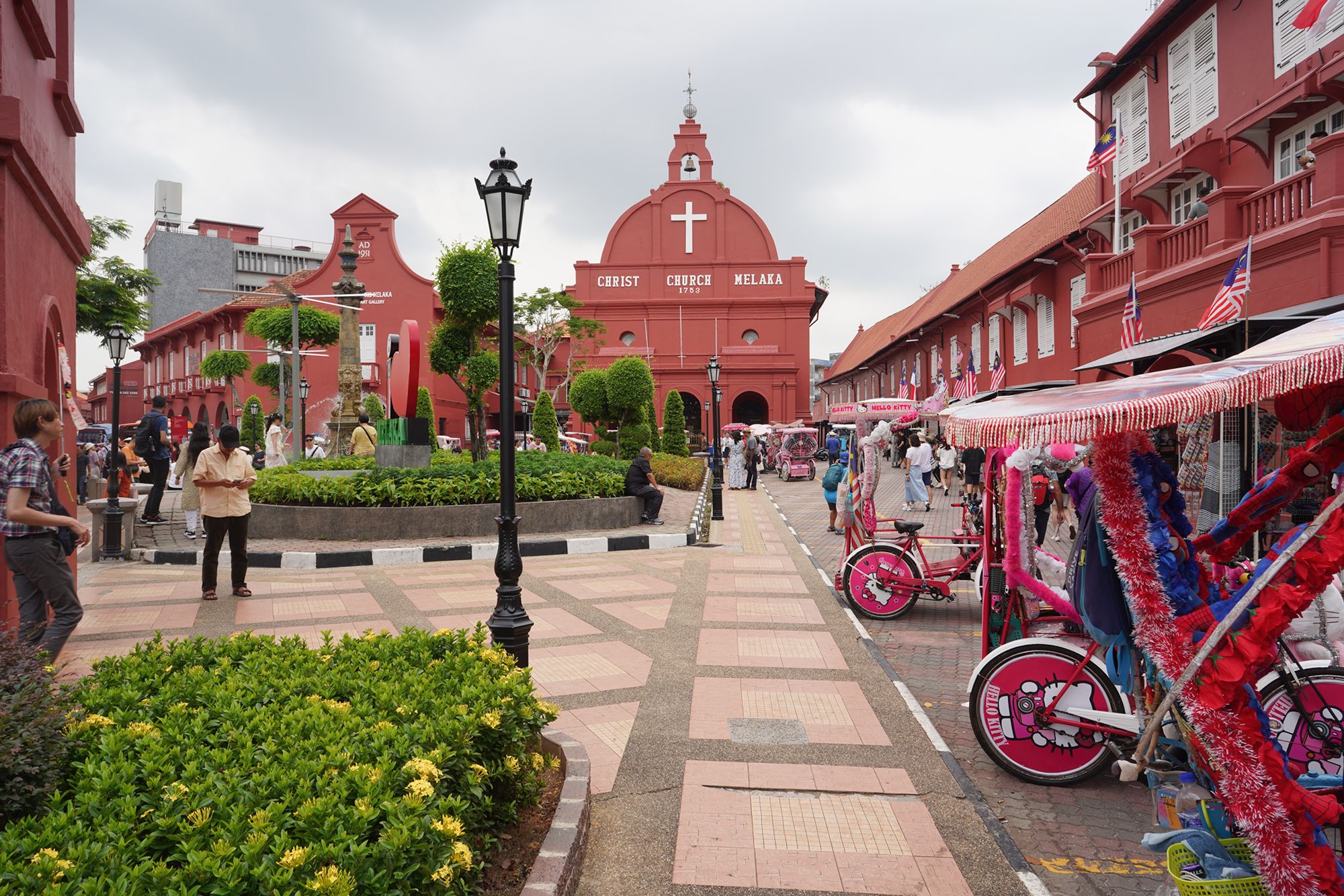
The Stadthuys is the most prominent building in Dutch Square and is considered the oldest surviving Dutch colonial structure in Southeast Asia. Built in 1650, it served as the official residence of the Dutch governor and his officers.
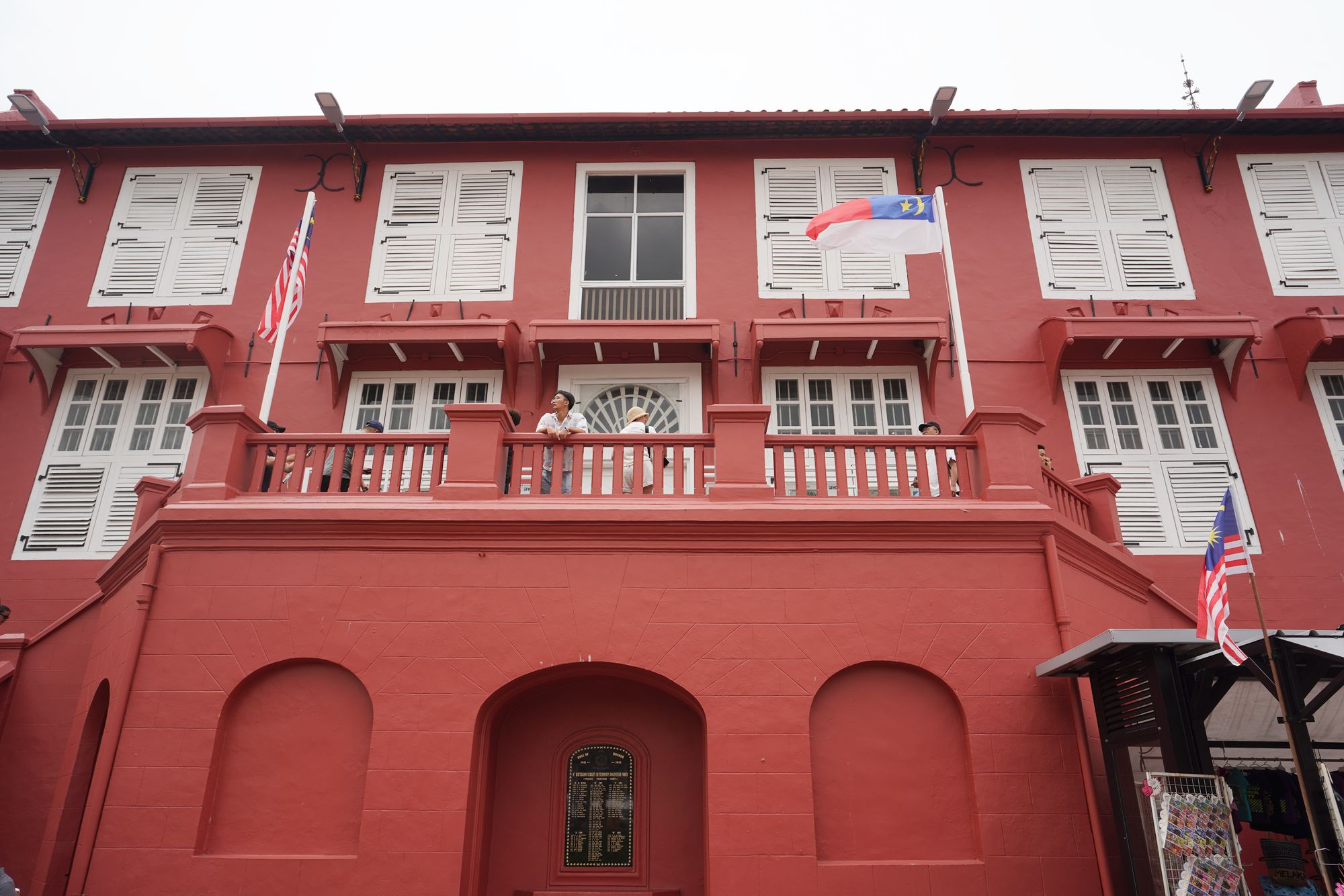
Located in the center of Dutch Square is the Queen Victoria Fountain, built by the British in 1901 to commemorate Queen Victoria’s Diamond Jubilee.
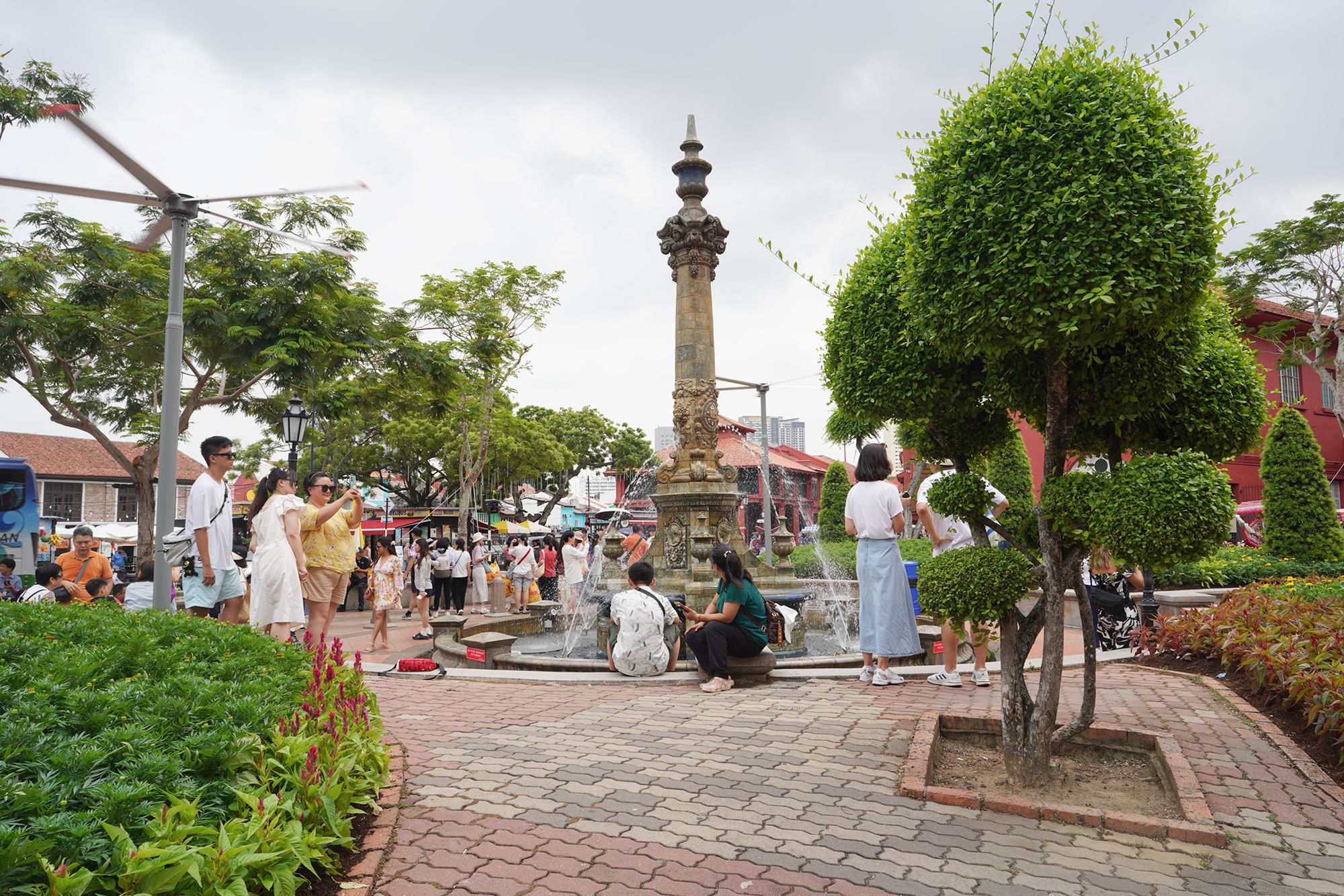
Christ Church, another famous landmark in Dutch Square, was built by the Dutch in 1753 to commemorate the centenary of their capture of Malacca. It is the oldest functioning Protestant church in Malaysia.
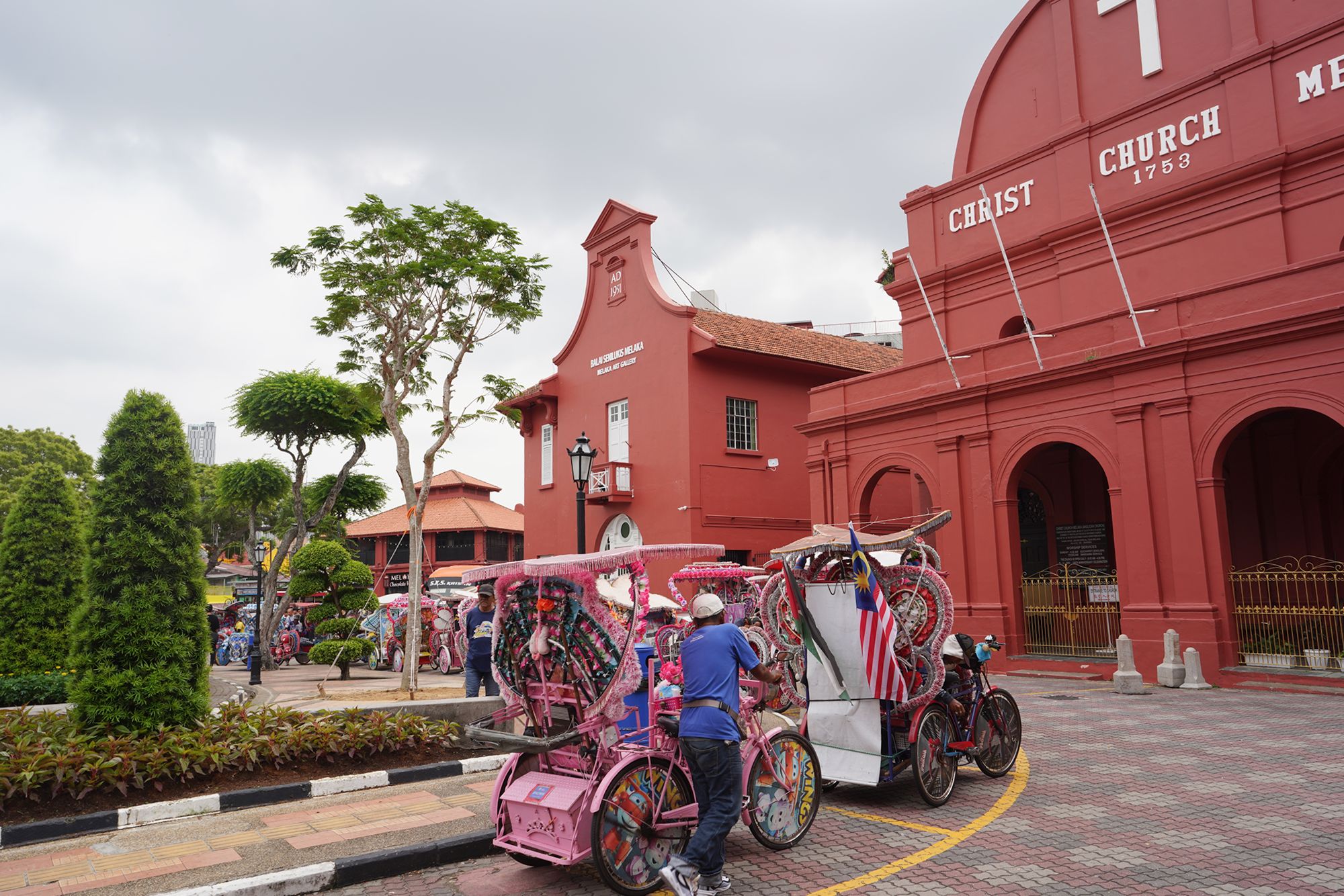
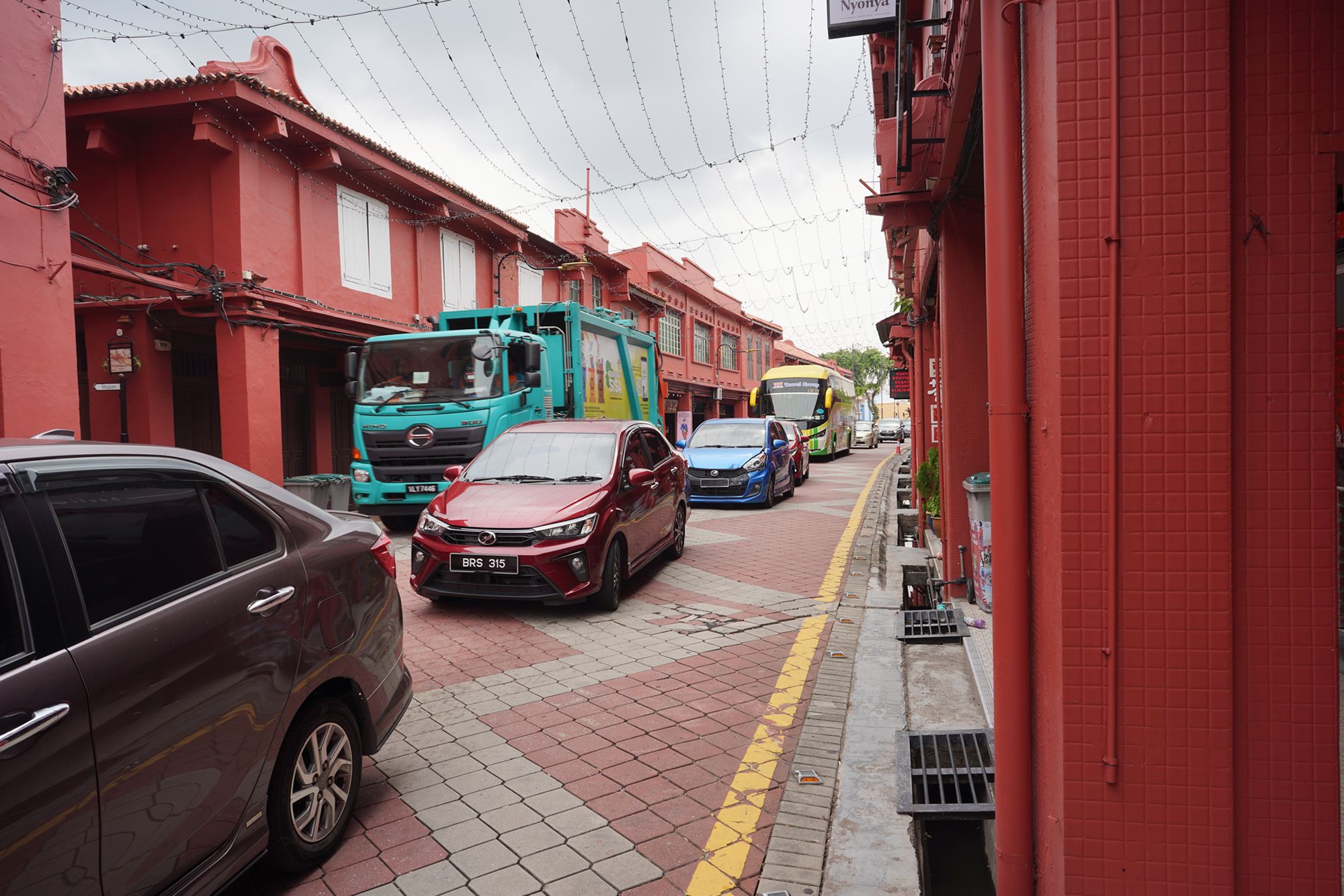
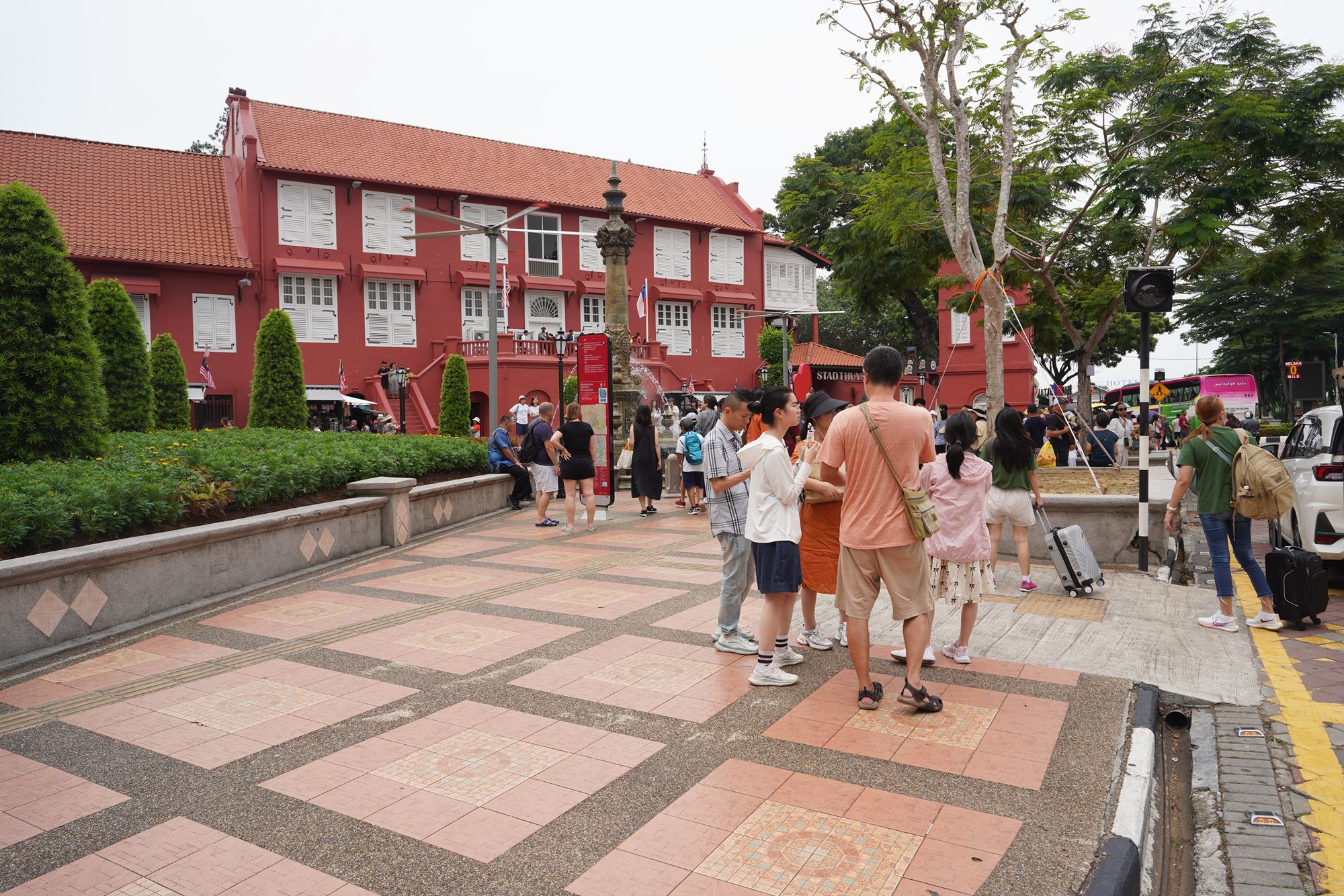
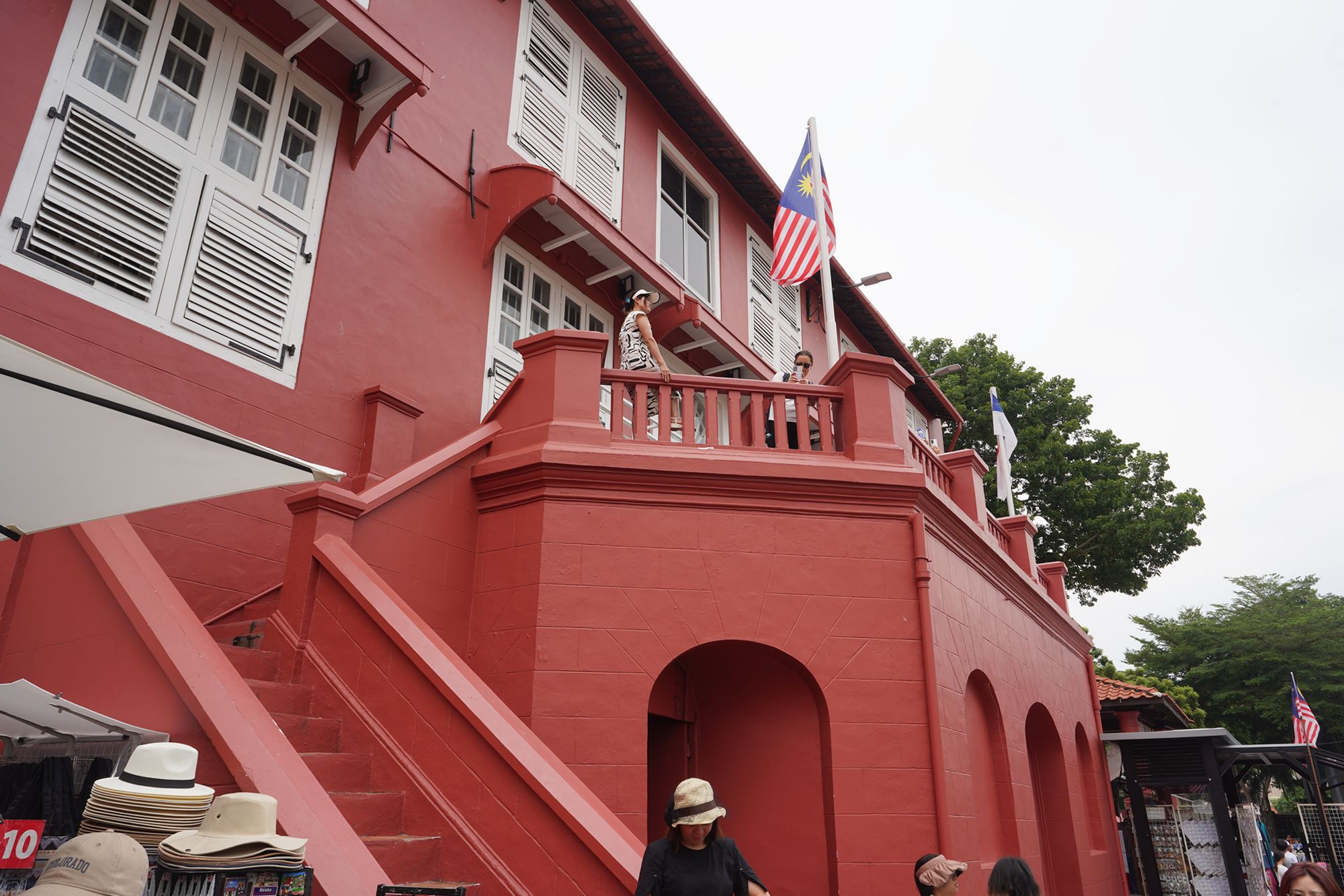
The Tan Beng Swee Clock Tower was built in 1886 by a wealthy Chinese businessman in memory of his father. Although it is not Dutch, the clock tower is painted red to match the surrounding buildings, making it an integral part of the Dutch Square aesthetic.
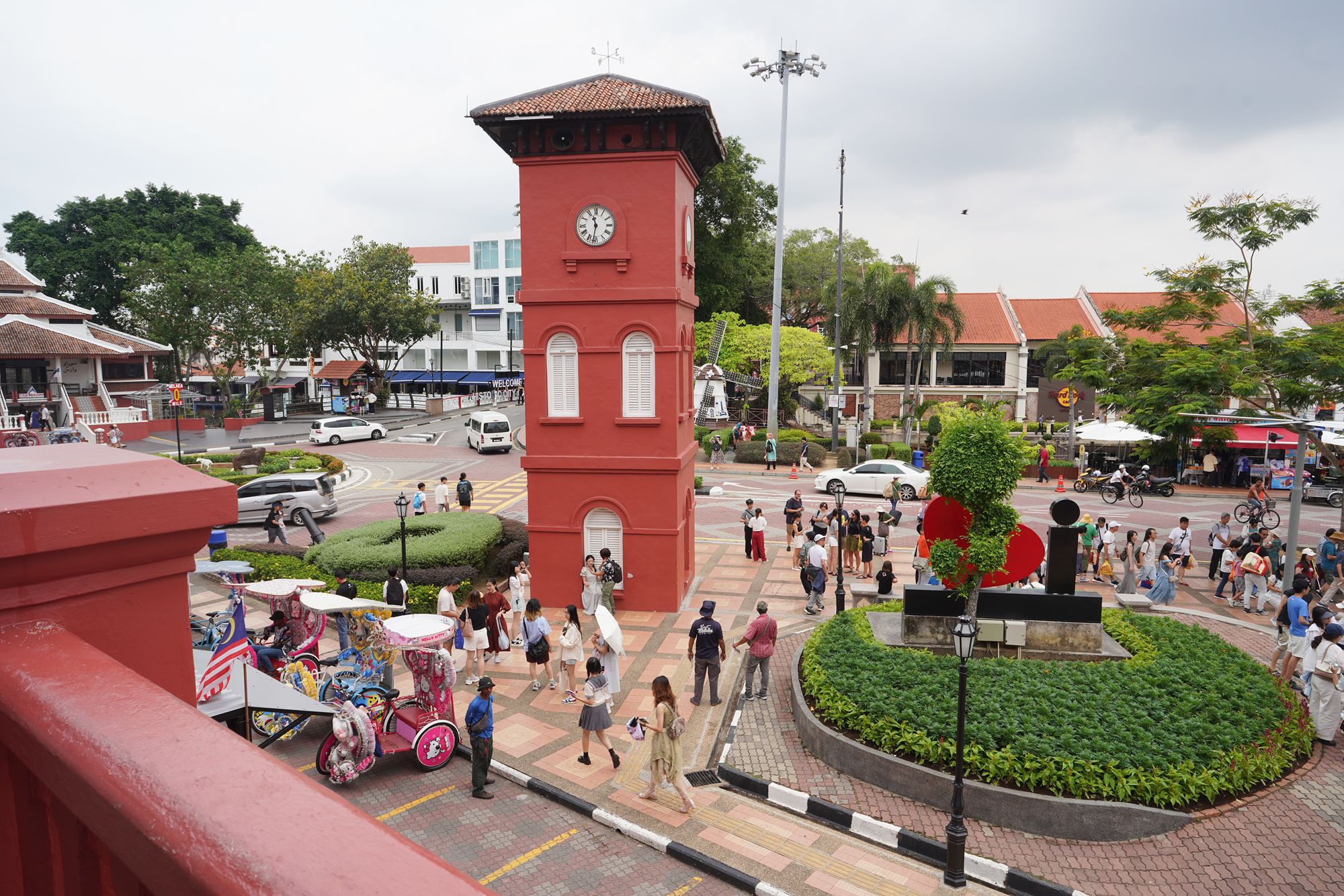
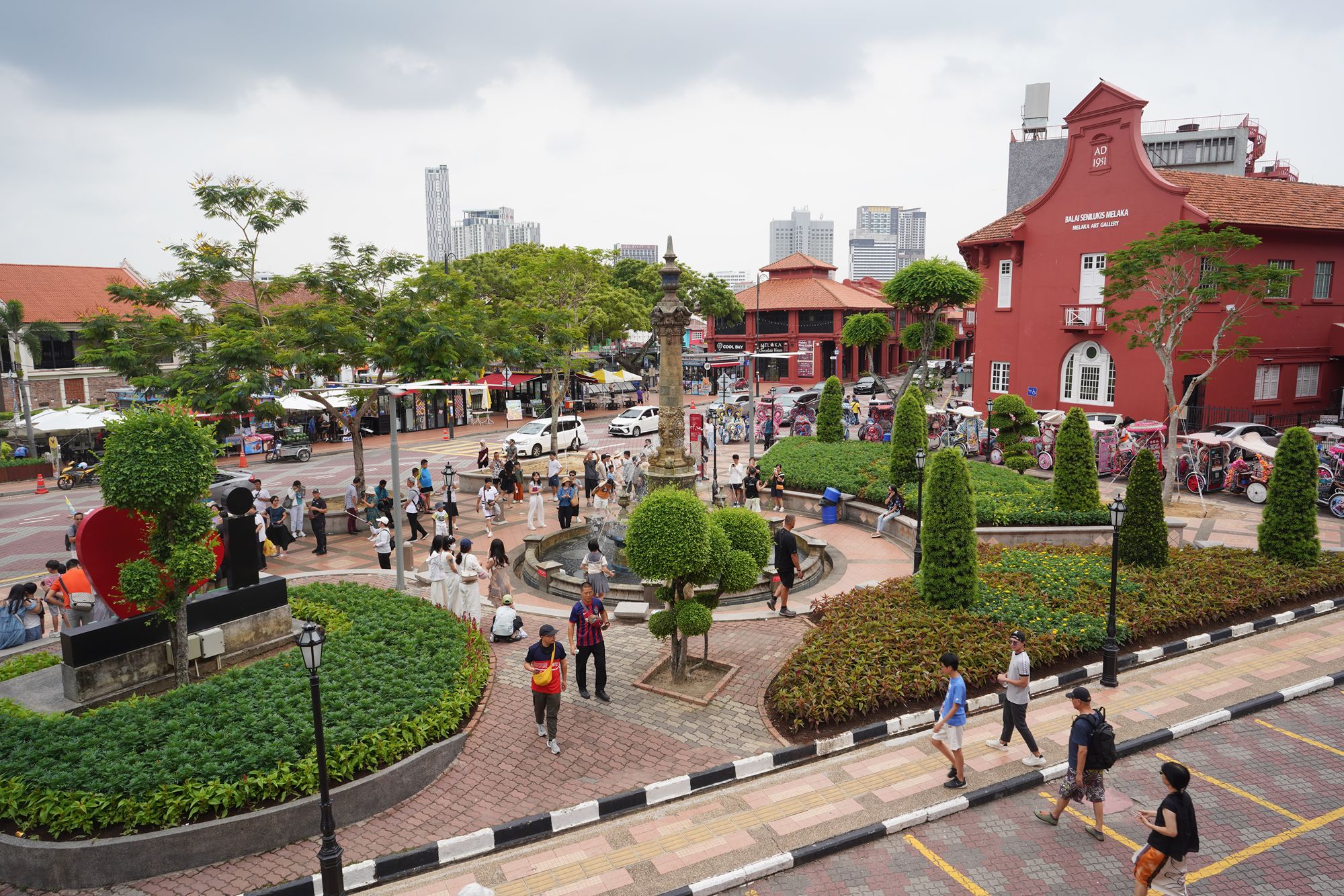
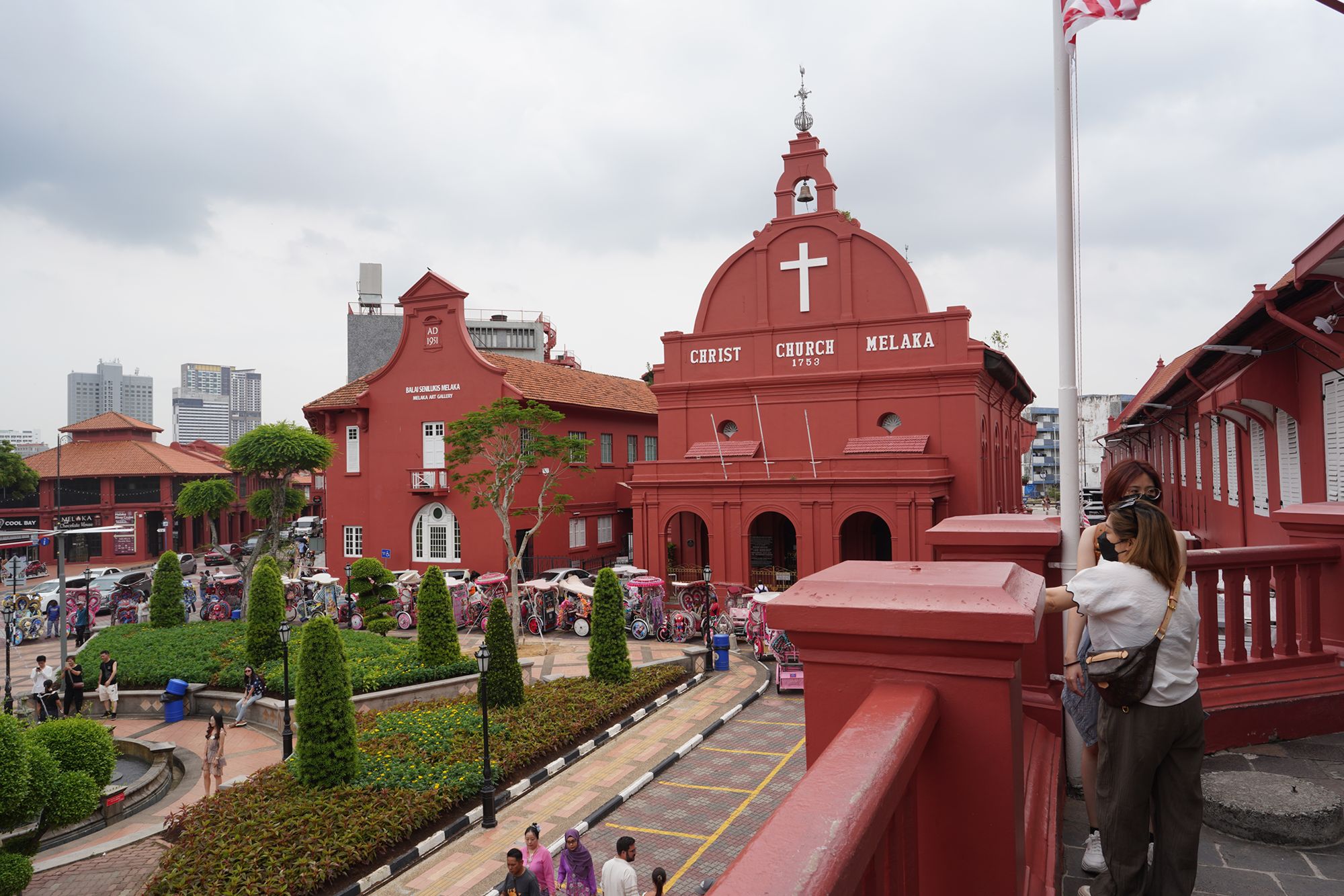
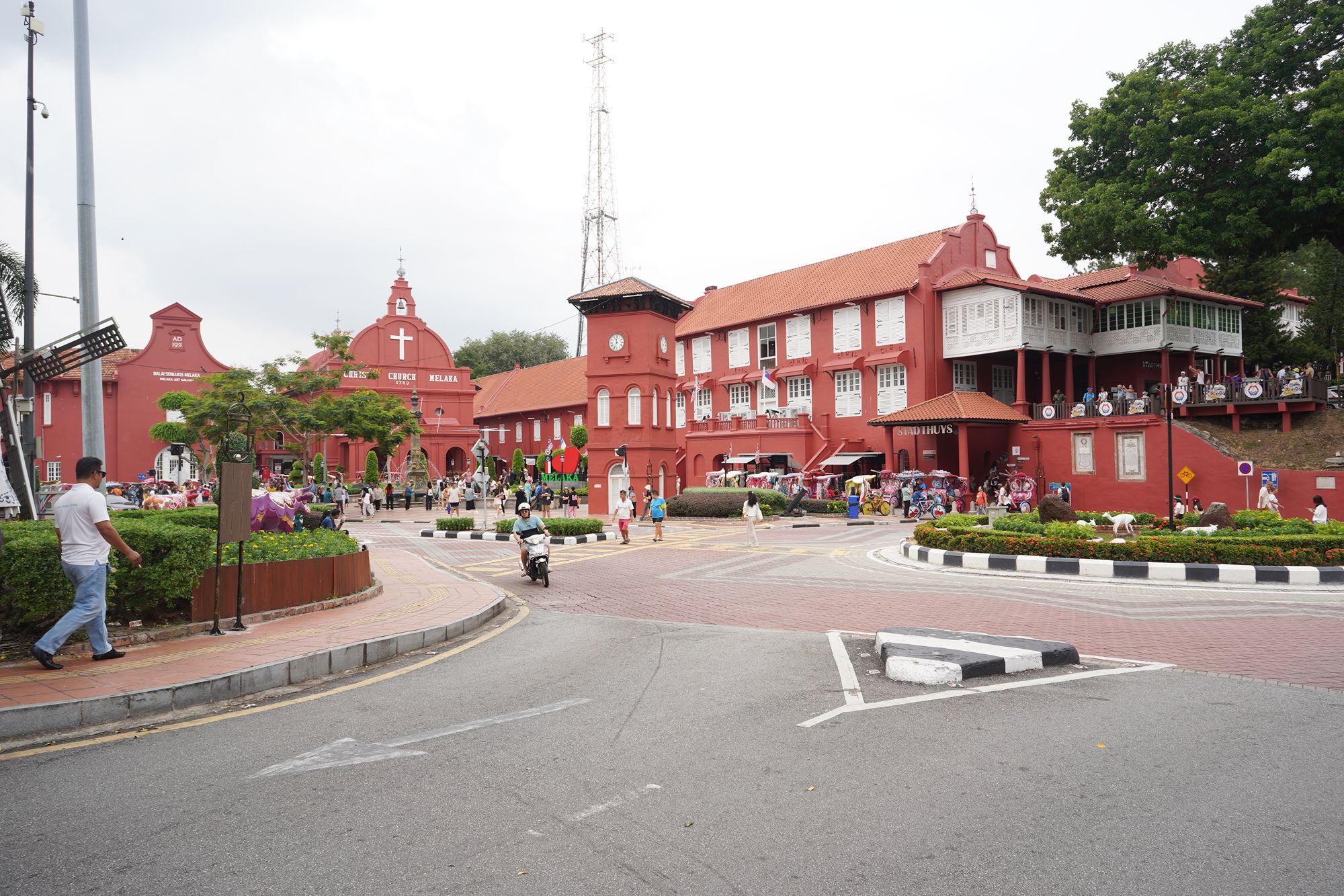
Leaving the Dutch Square and climbing the hill at the back of the square.
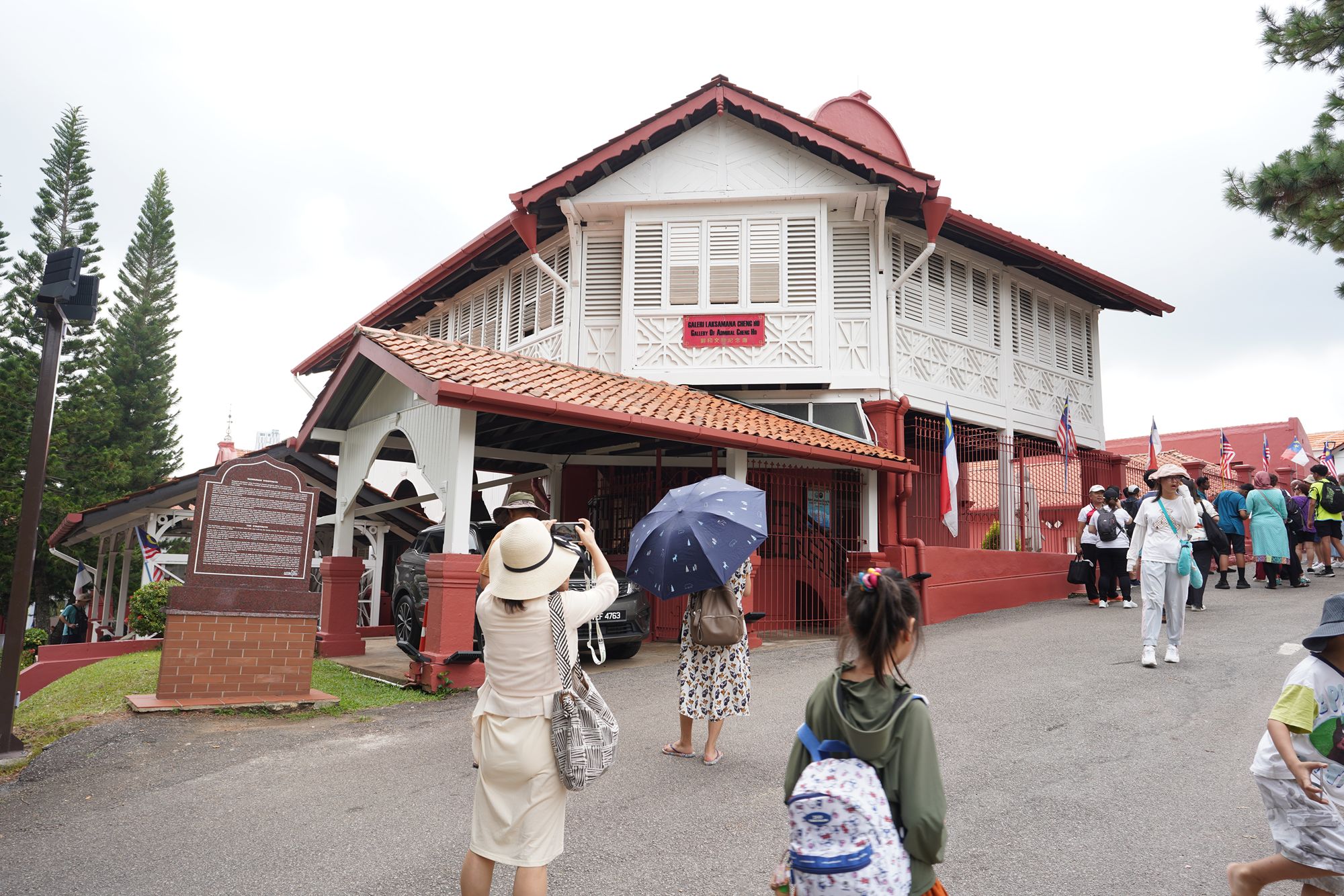
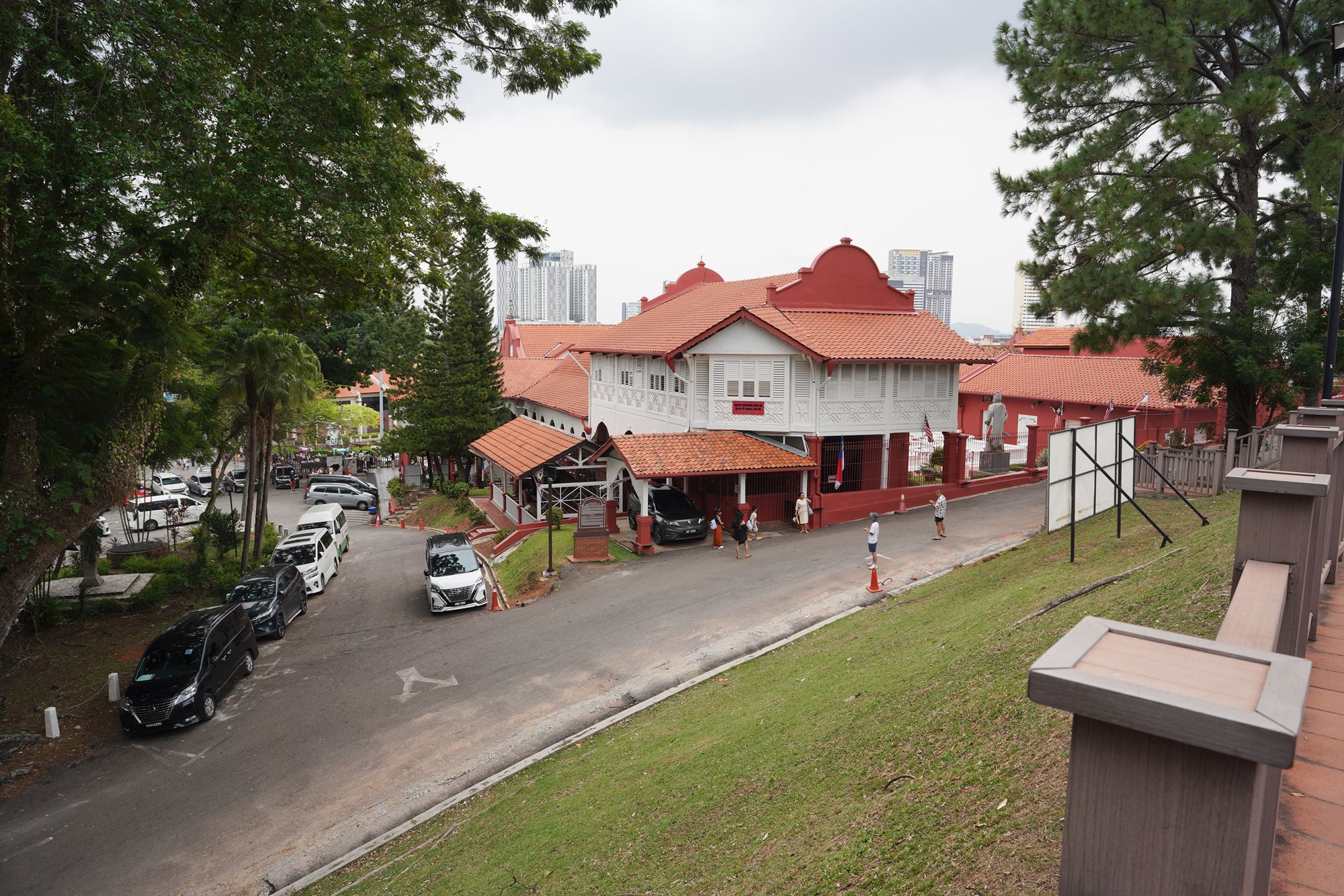

On the back hill is this Church of Saint Paul

View of the Strait of Malacca from the hill
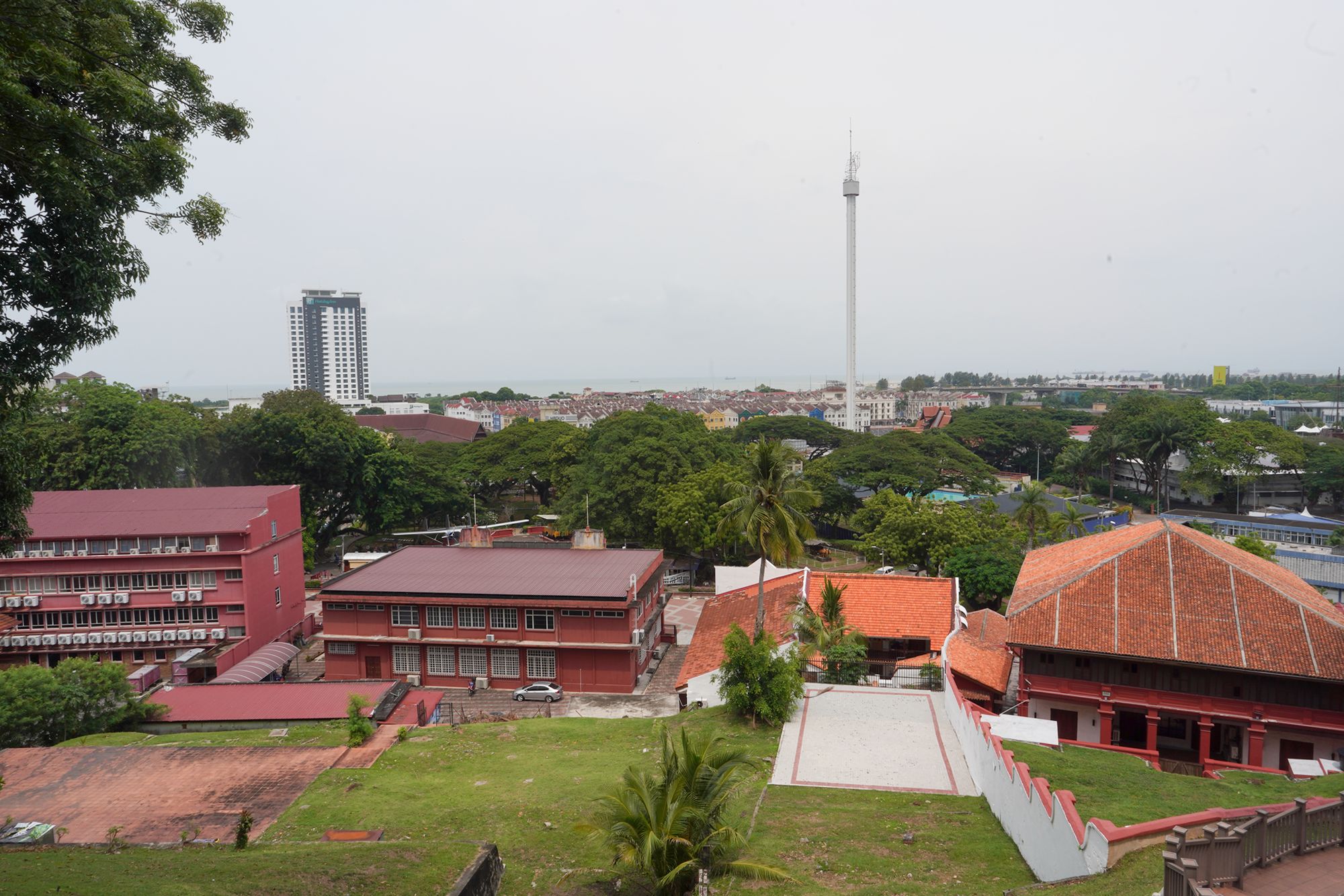
The Church of Saint Paul was originally built in 1521 by a Portuguese nobleman named Duarte Coelho. It was initially called Nossa Senhora da Annunciada (Our Lady of the Annunciation) and served as a chapel for the Portuguese community in Malacca.
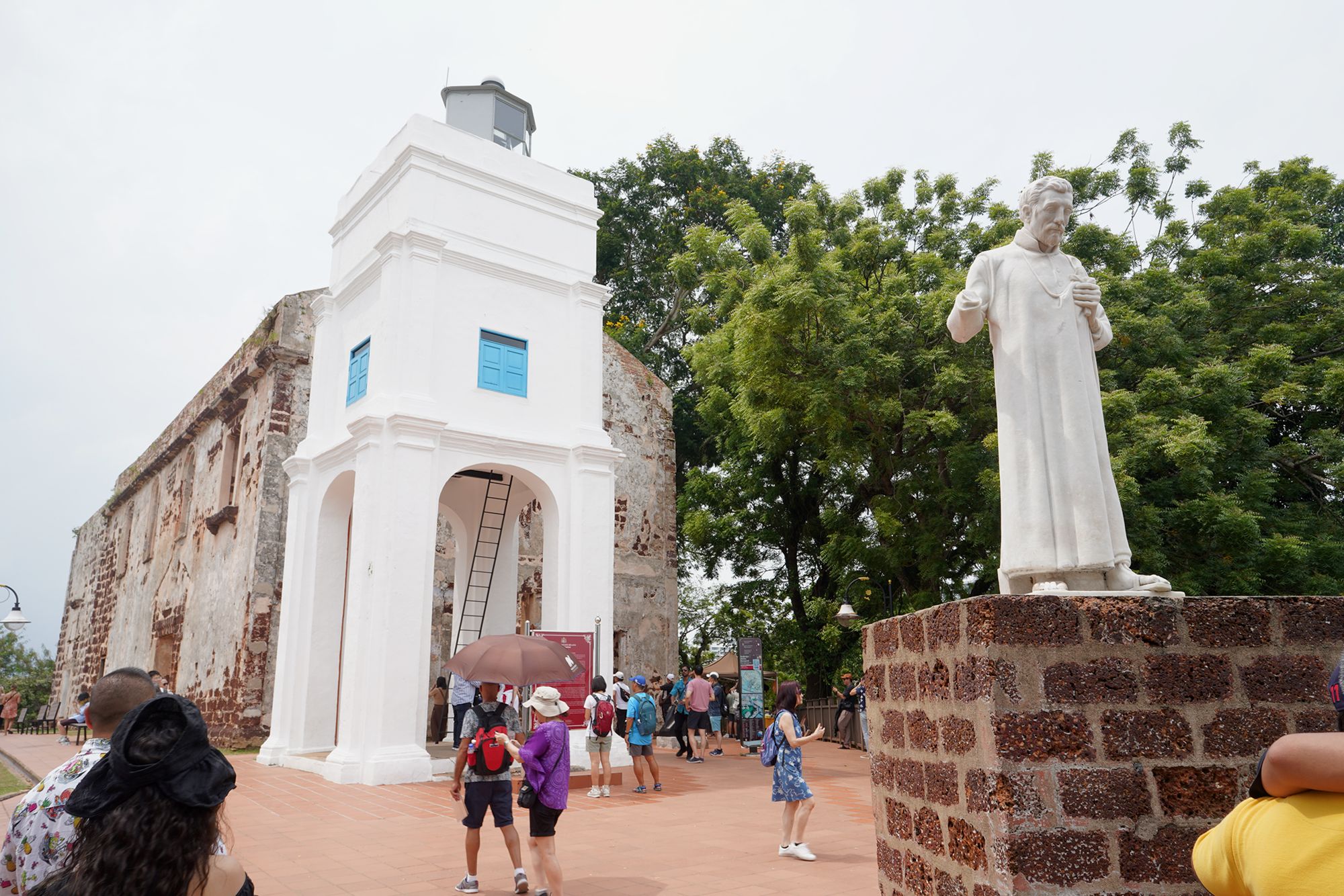
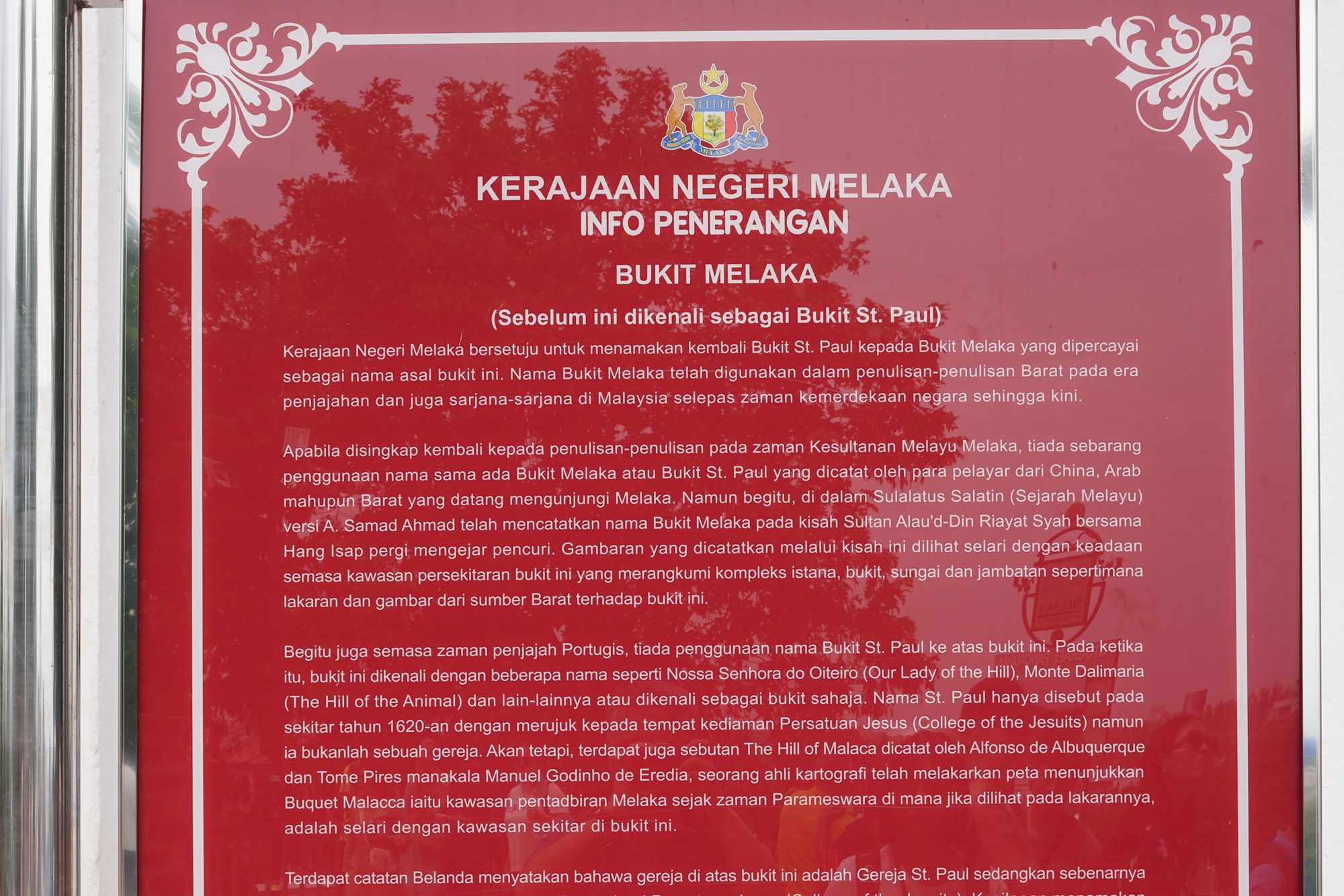
When the Dutch took control of Malacca from the Portuguese in 1641, they renamed the church St. Paul’s Church and continued to use it as a place of worship for a time.
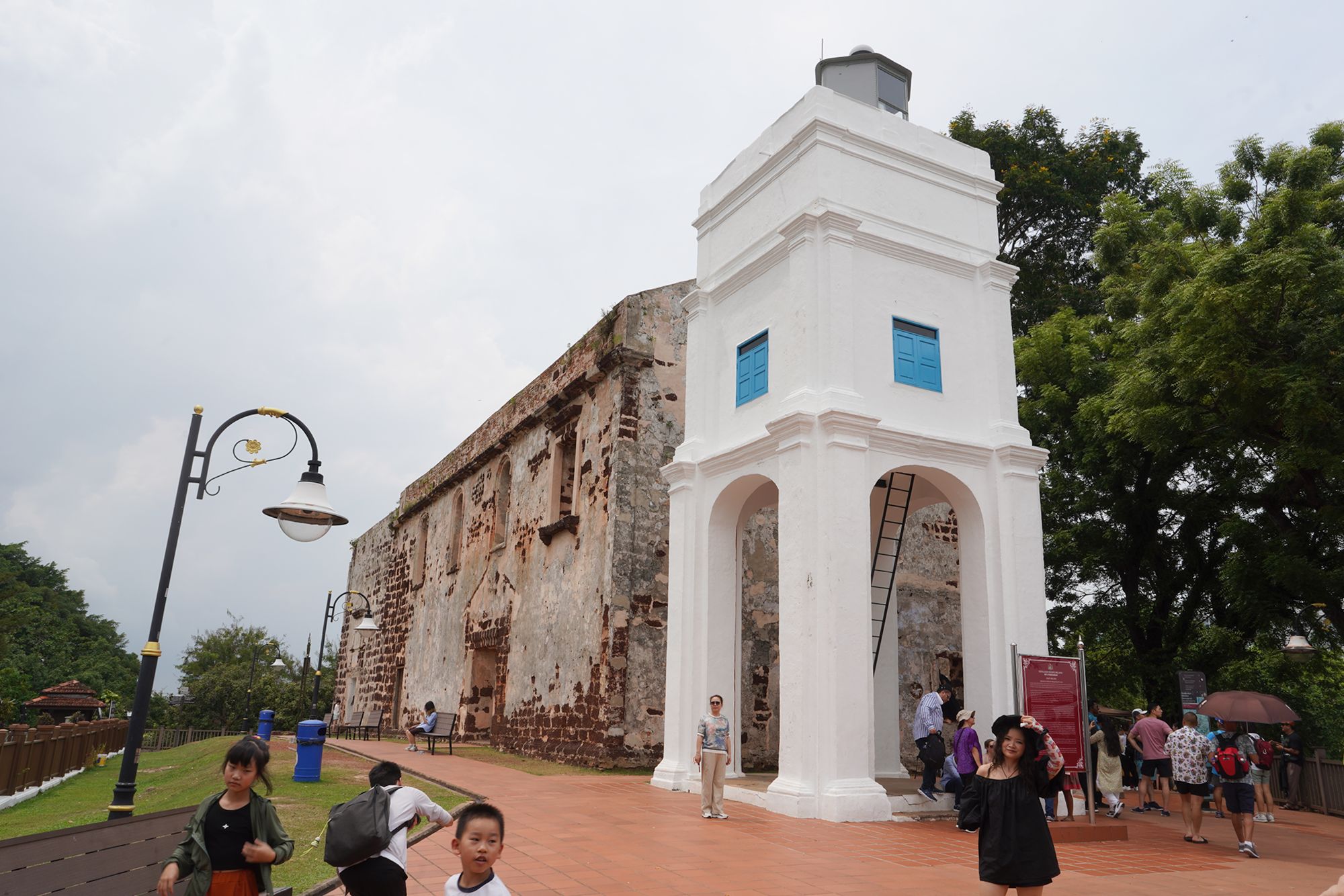
However, after the Dutch built Christ Church in 1753, St. Paul’s Church fell into disuse and eventually became a part of the fortifications on St. Paul’s Hill.
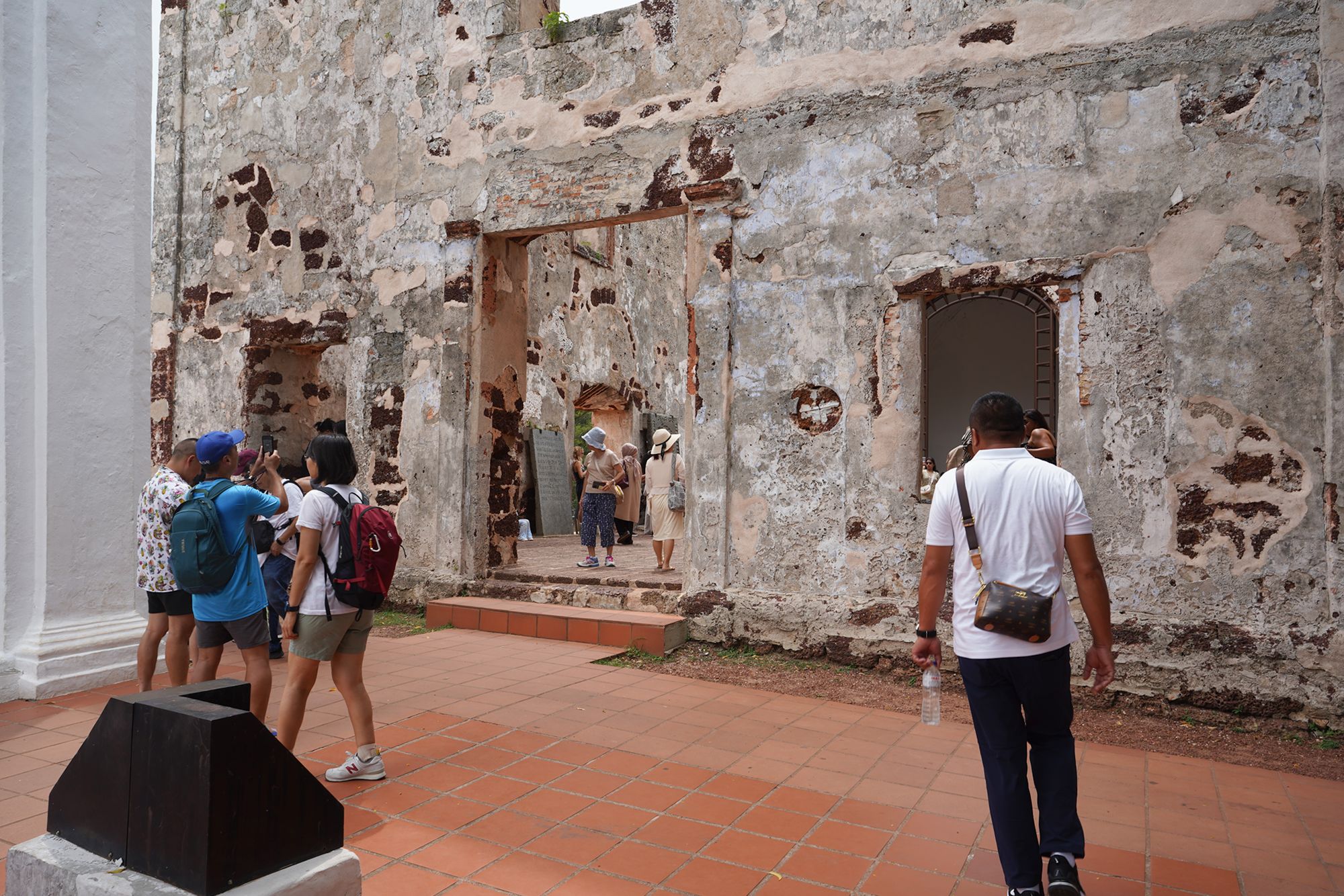
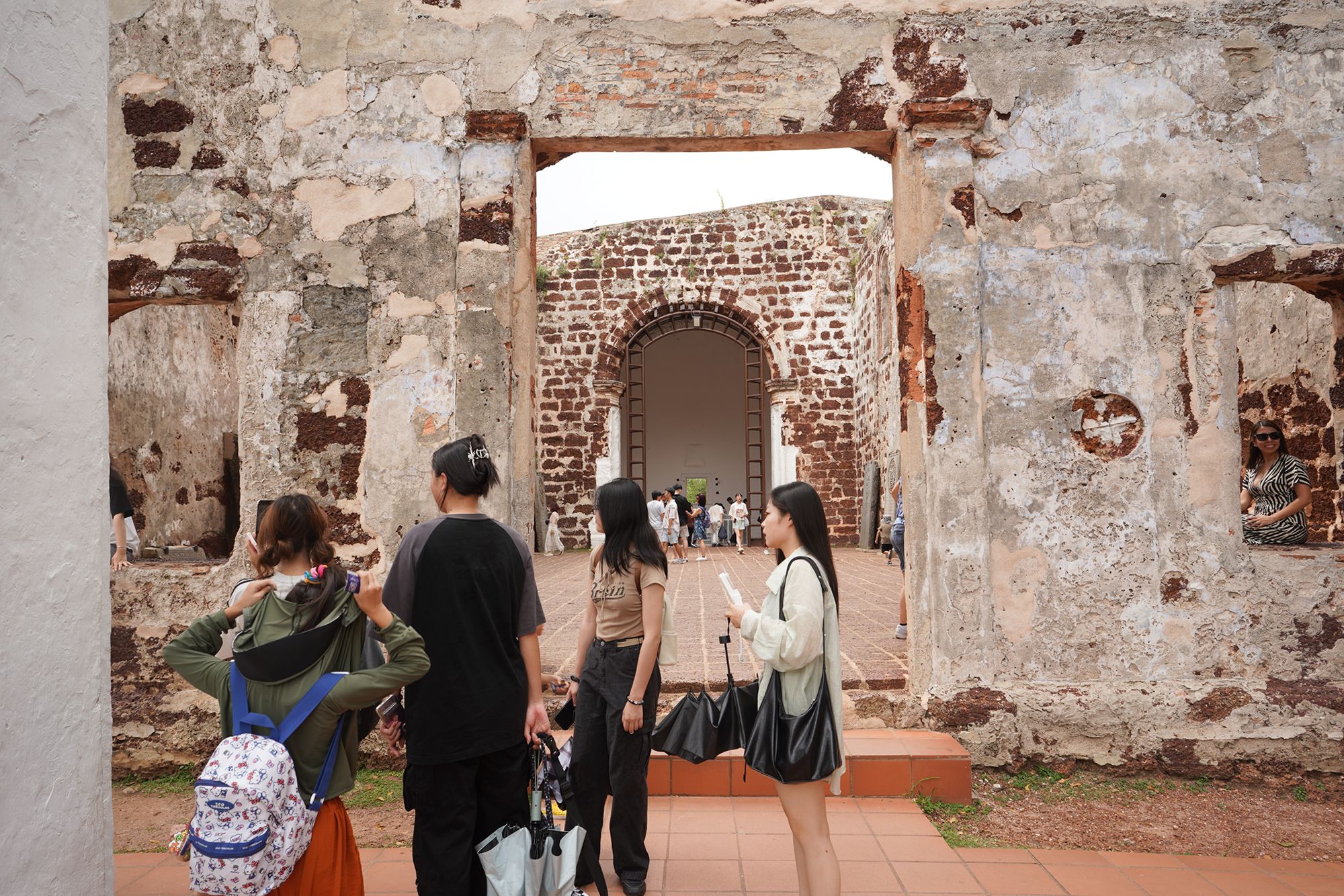
During the British occupation of Malacca in the early 19th century, the church was used as a gunpowder storage facility. The British left the church in ruins, but it has remained an important historical site ever since.
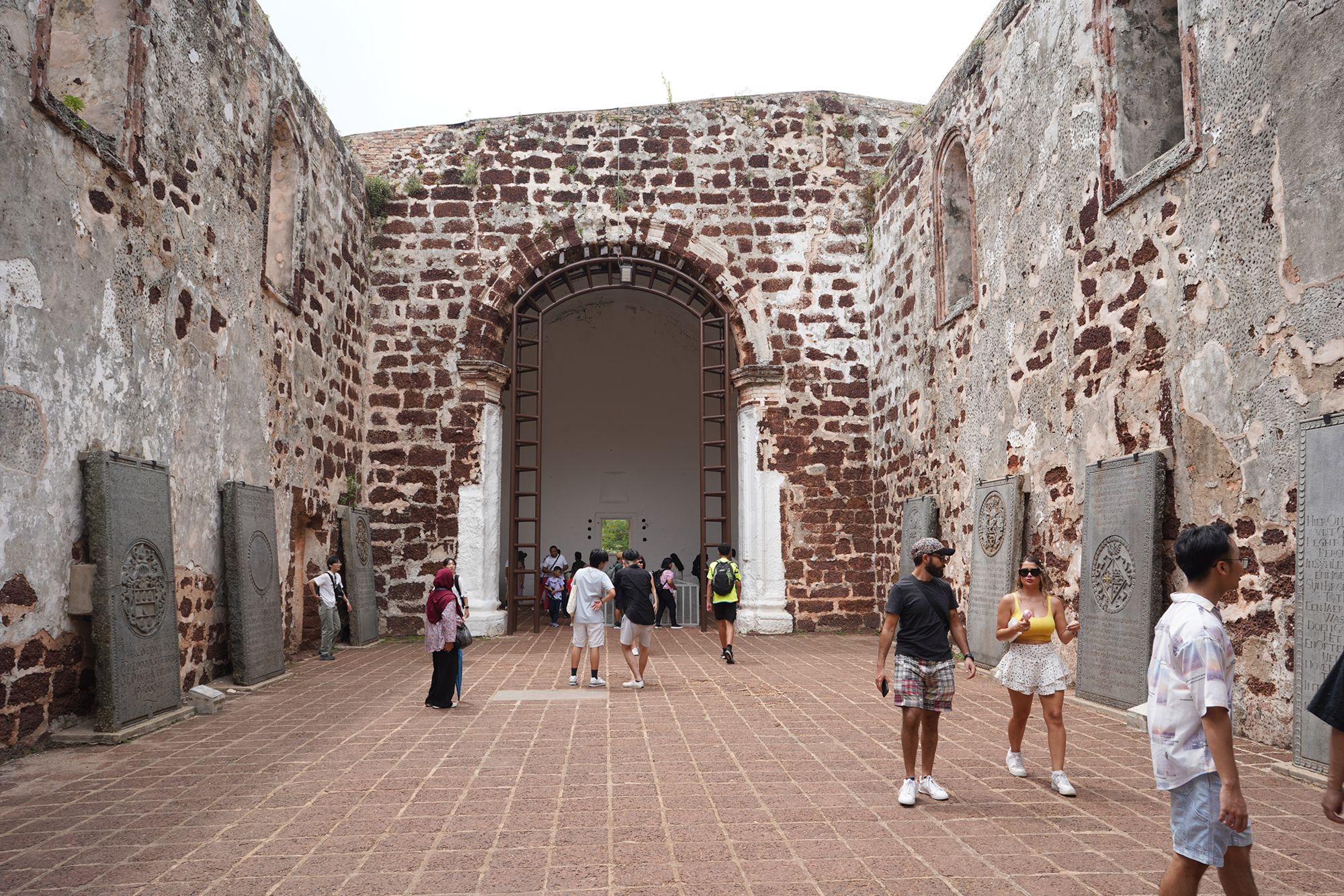
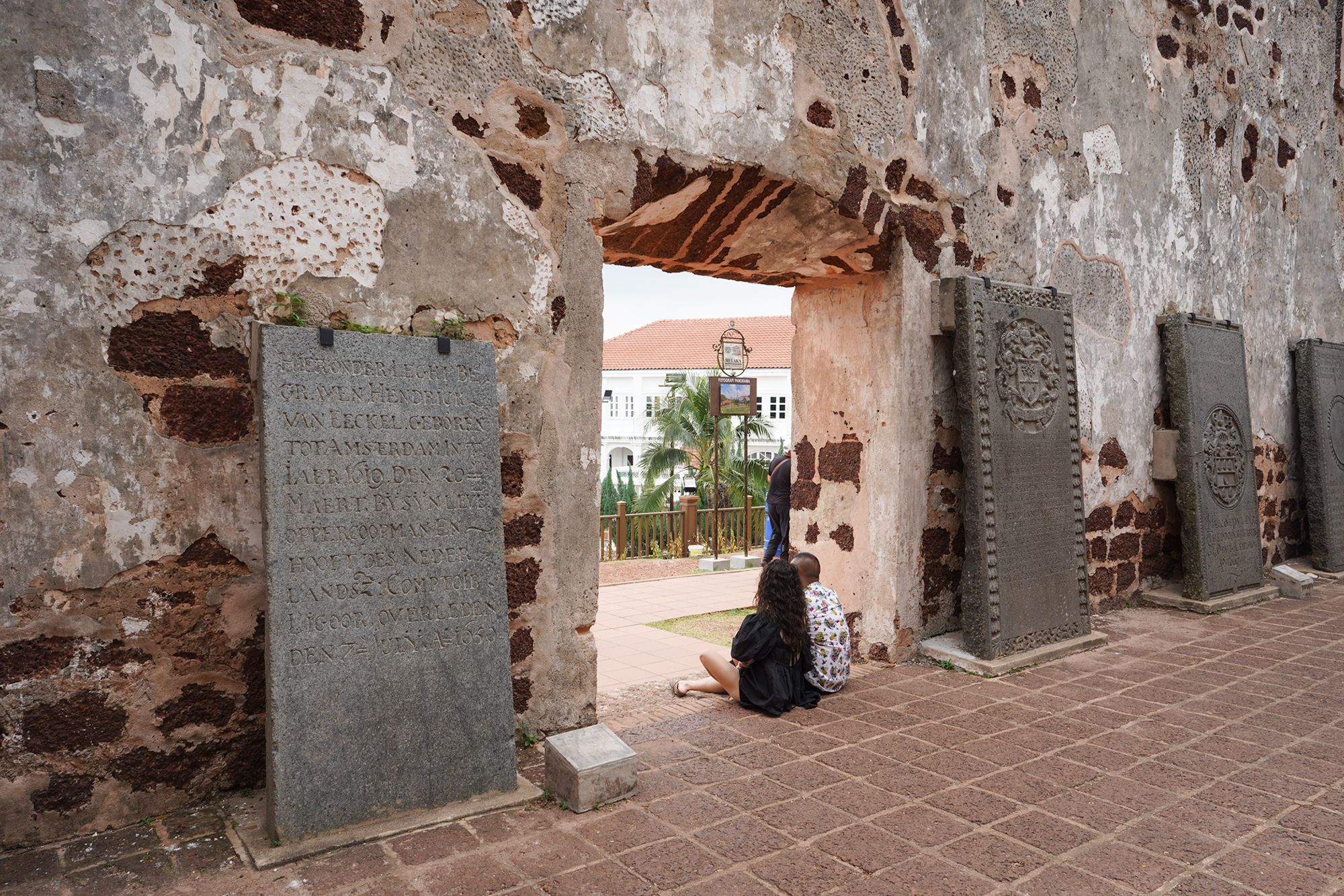
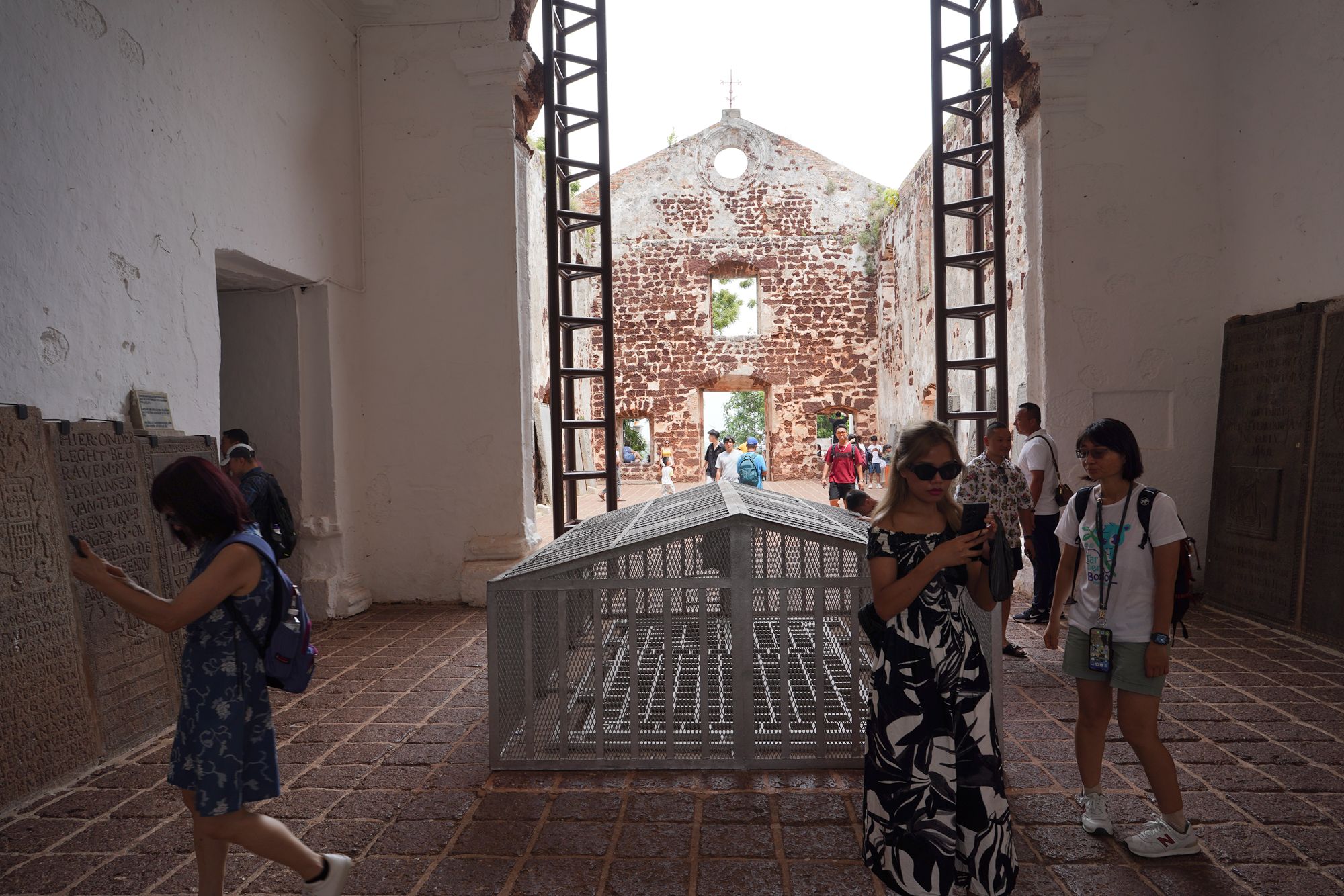
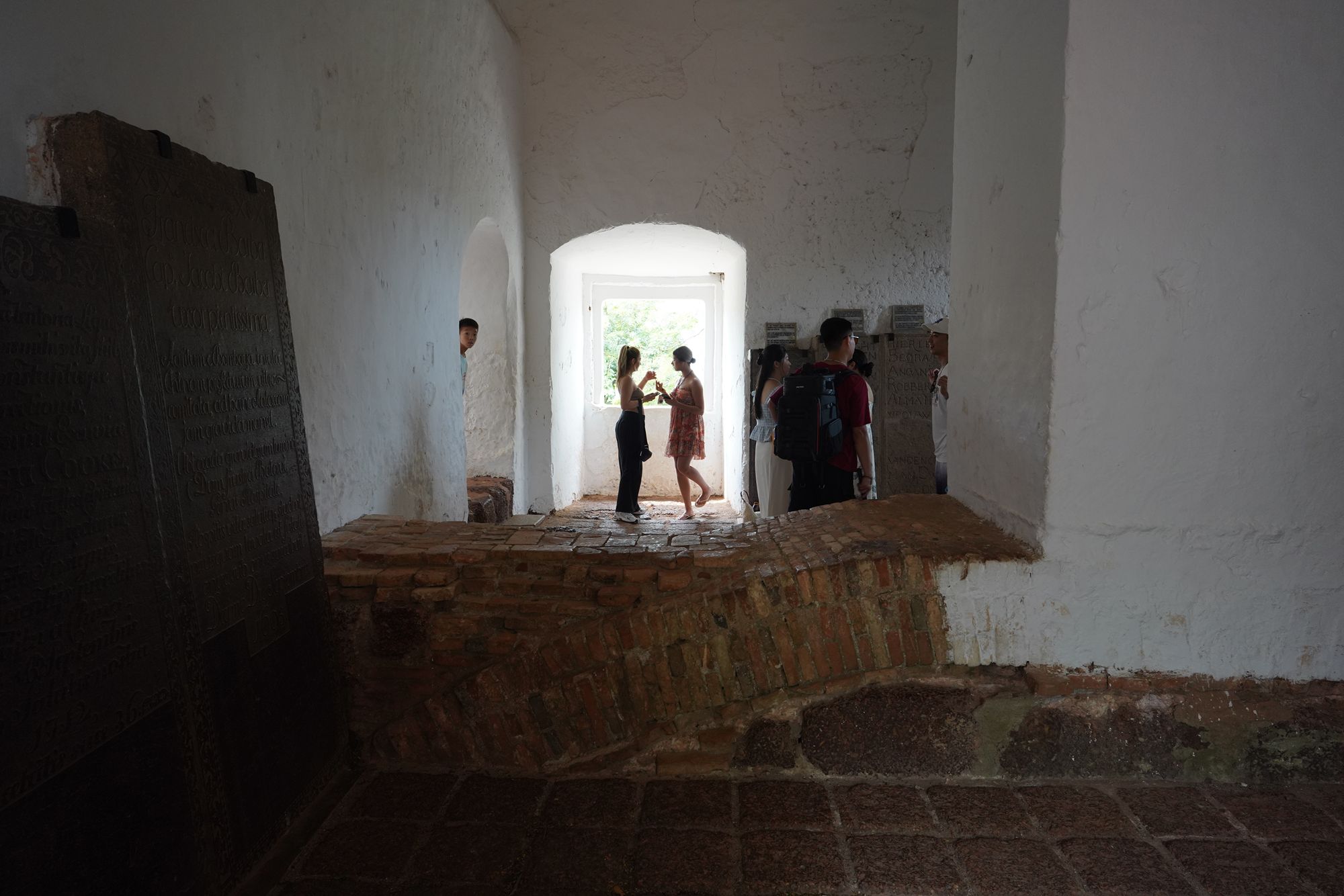
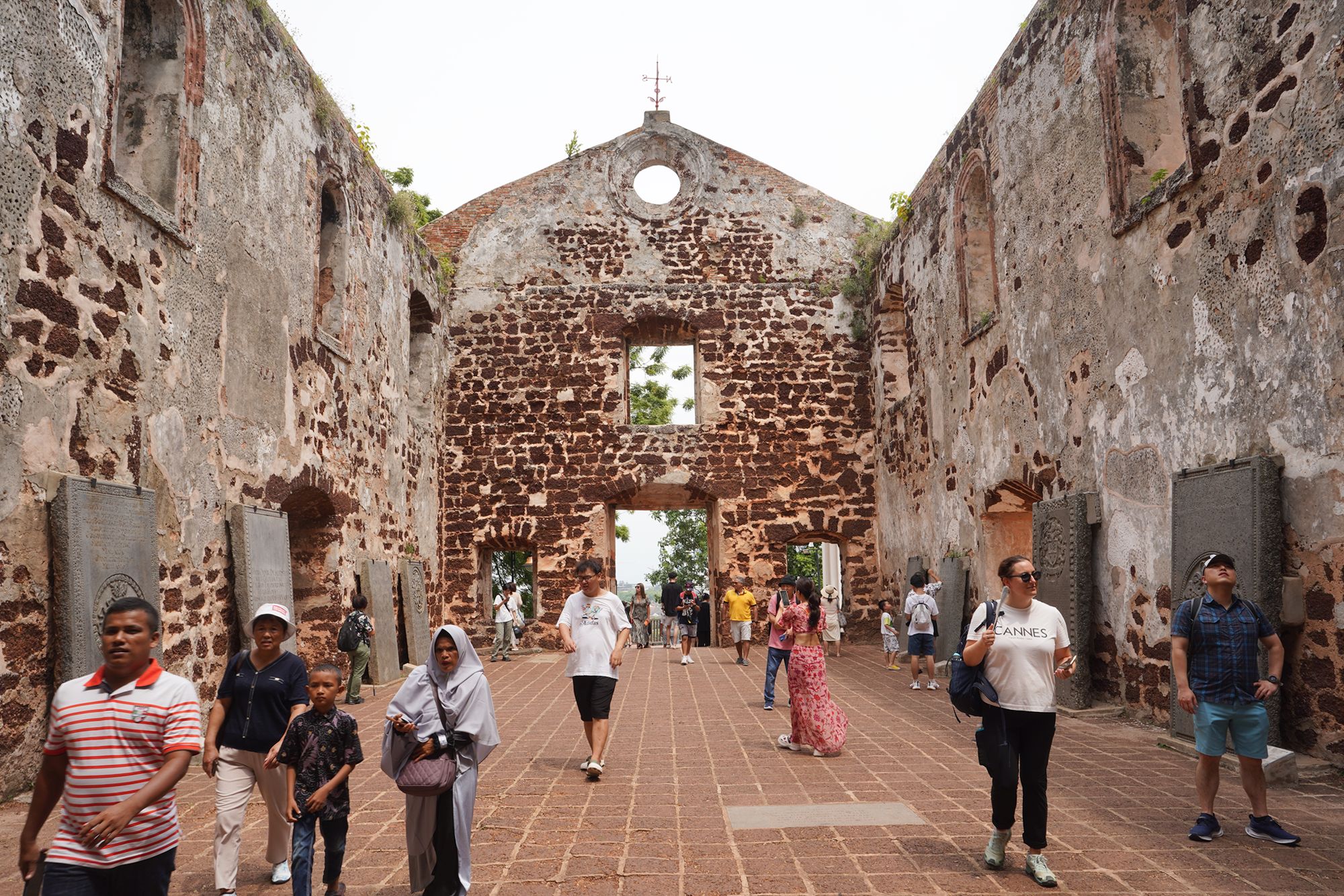
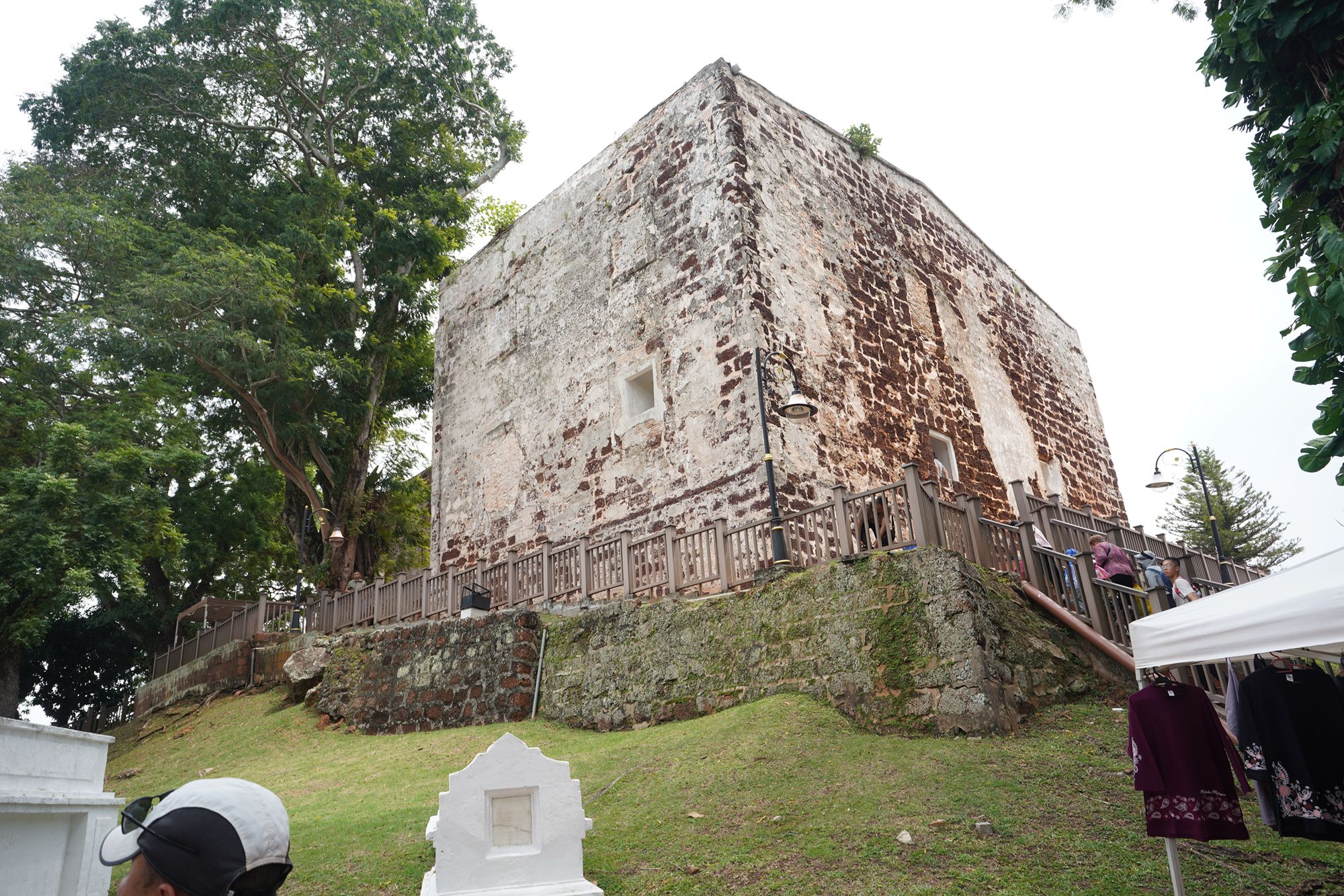
Walked down to the other side of the hill to Malacca Fort (Famosa).
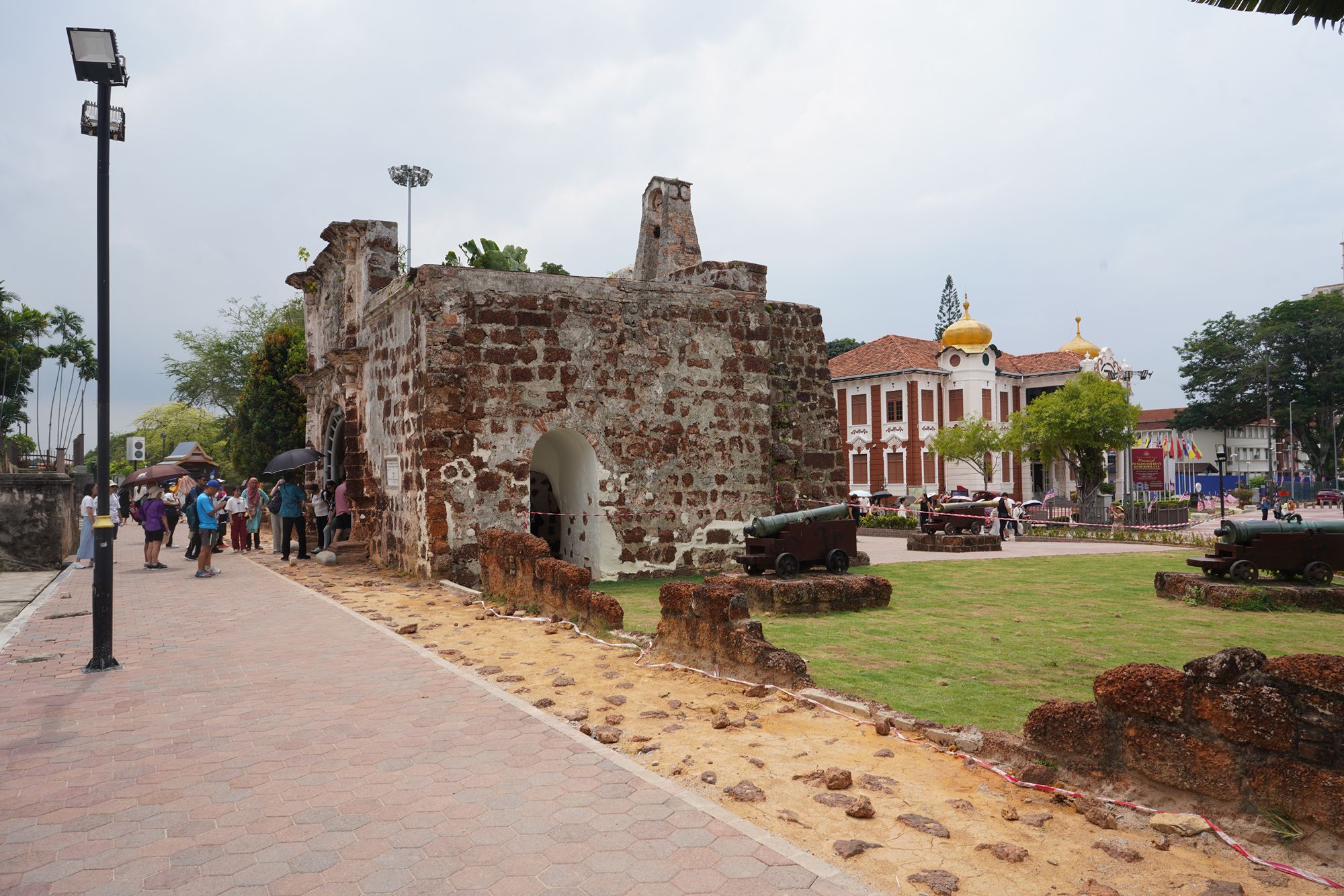
Malacca Fort, also known as A Famosa, is an important historical landmark in Malacca and one of the oldest European architectural remains in Southeast Asia. Built by the Portuguese in the early 16th century, it served as a symbol of European colonialism and military strength in the region.
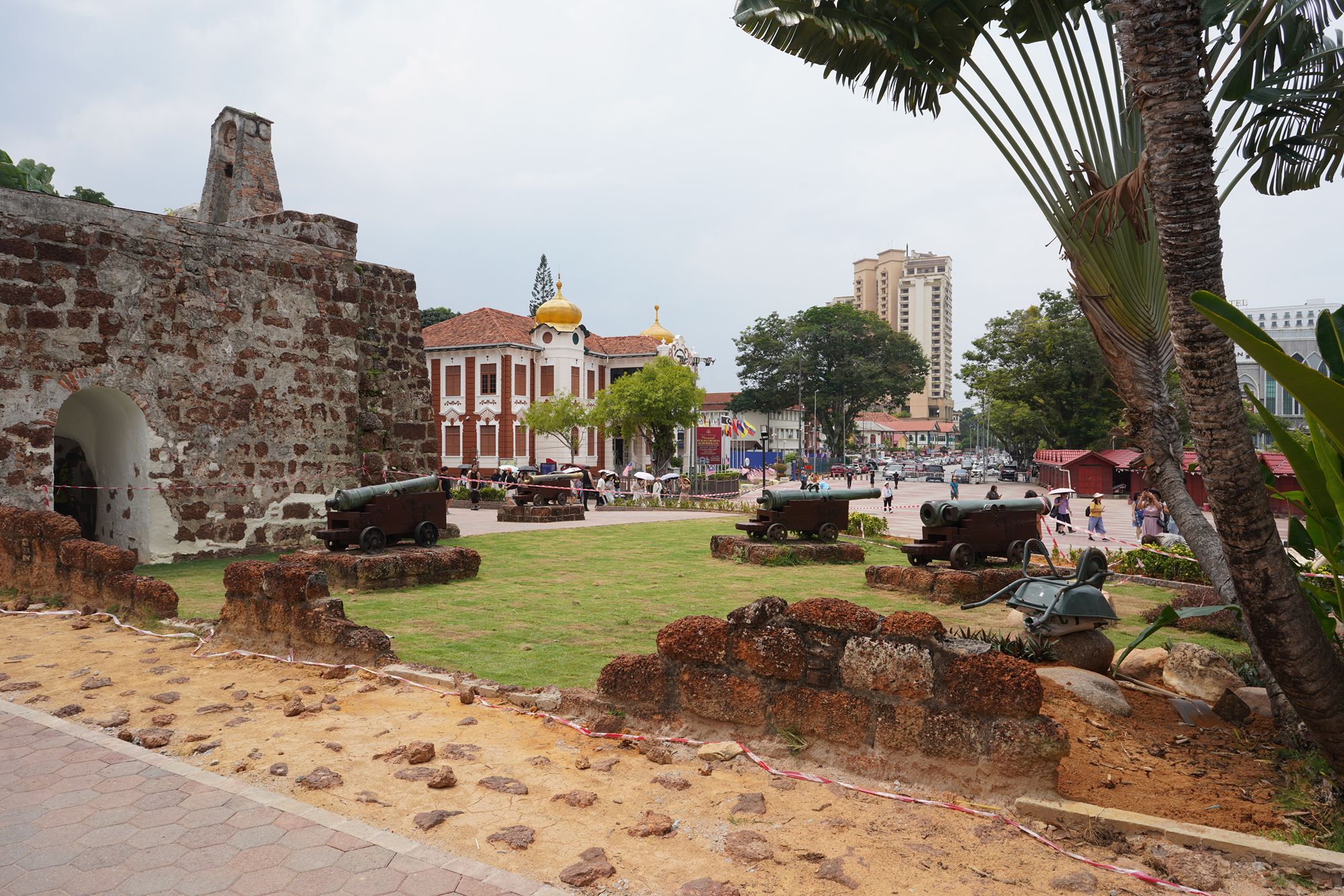
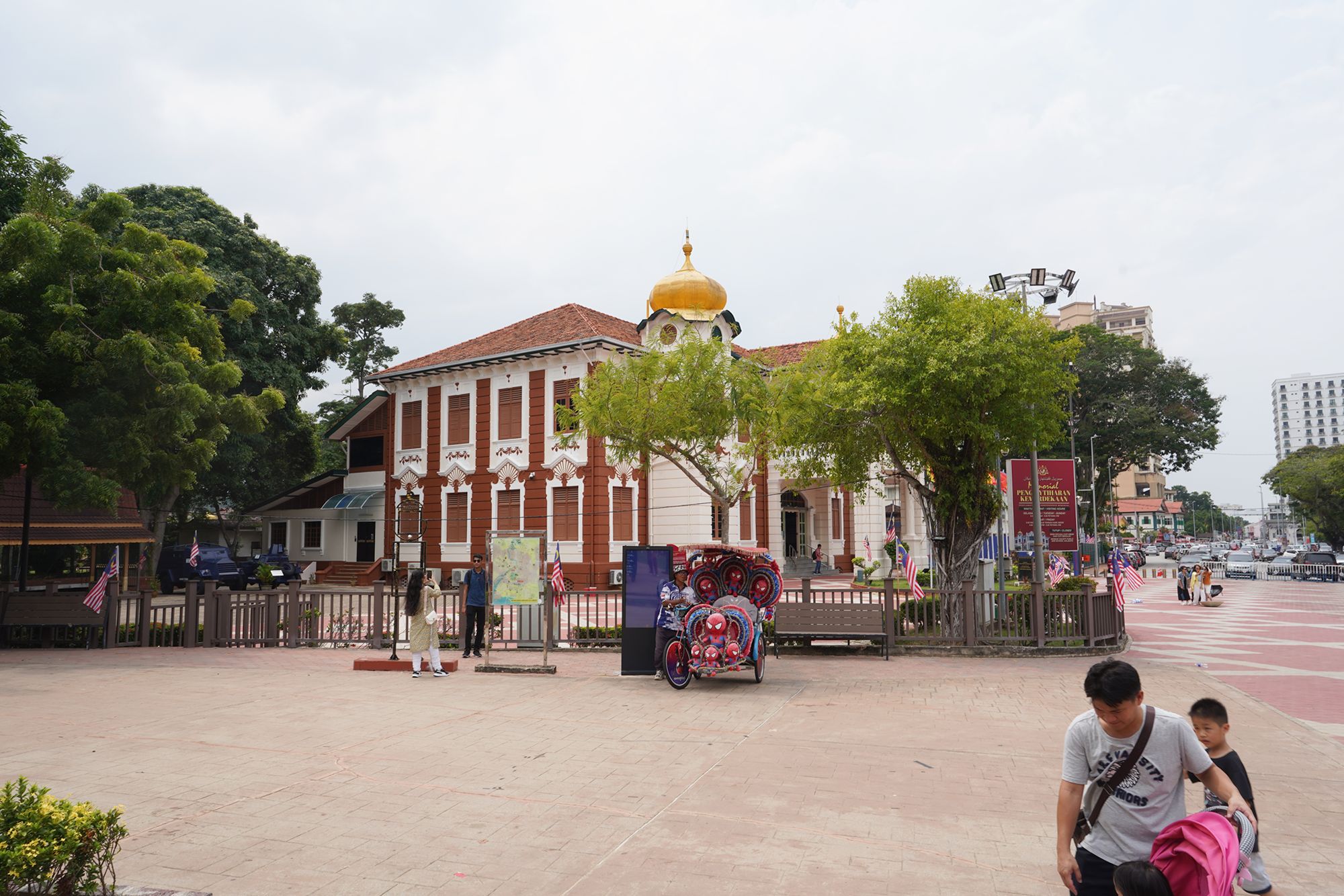
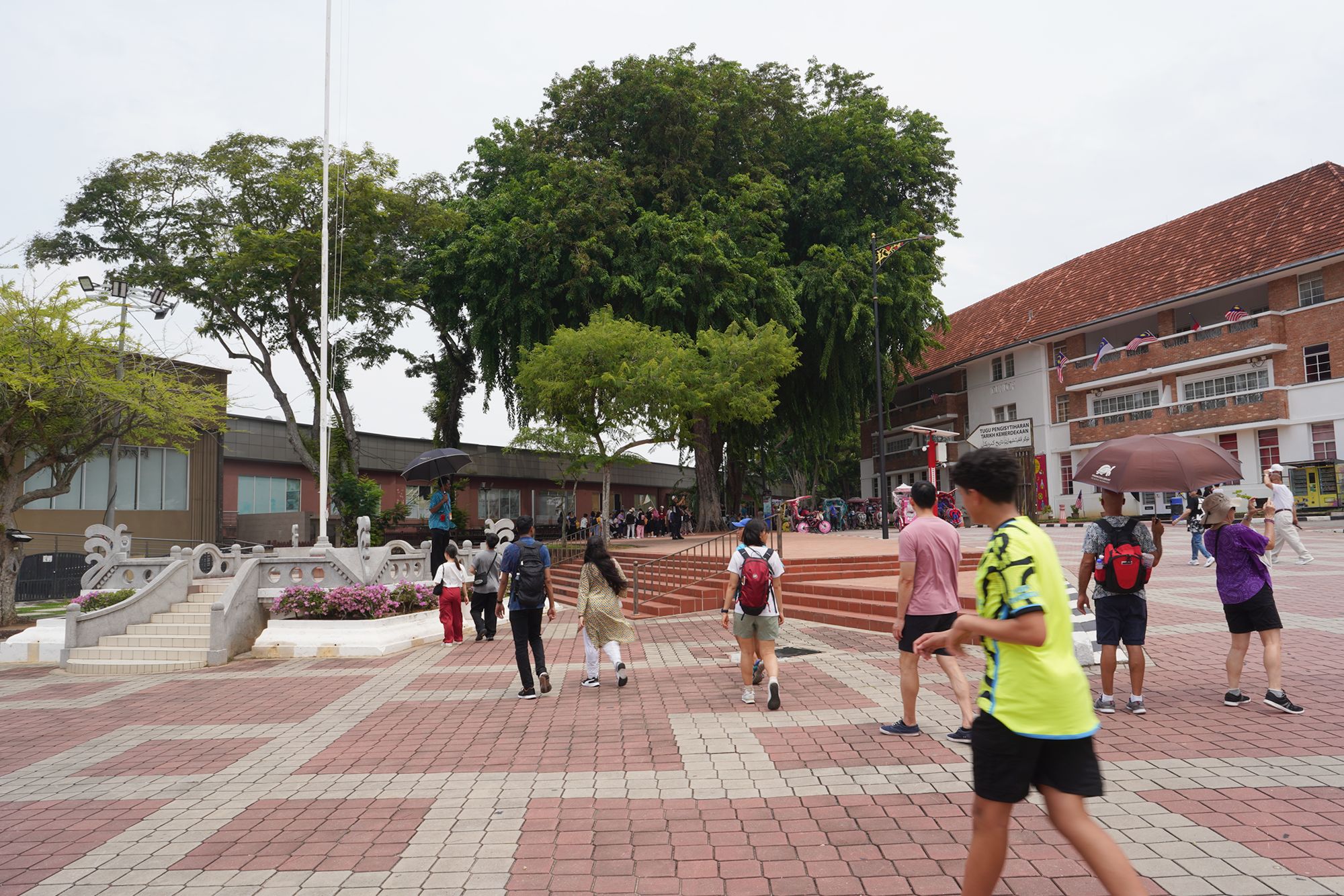
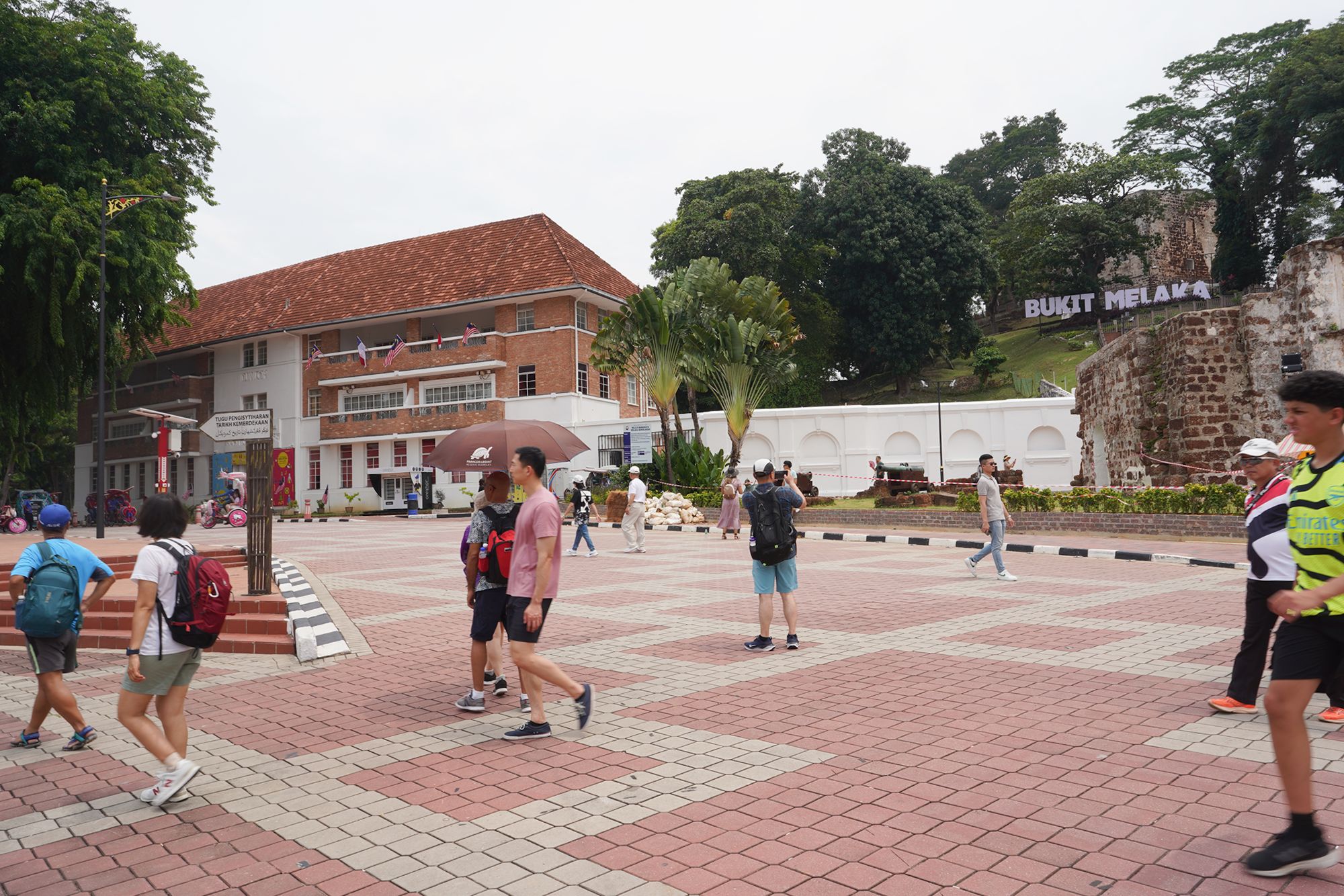
Malacca (also spelled Melaka) is believed to be named after a tree. According to popular legend, the name Malacca originates from the Melaka tree (known scientifically as Phyllanthus emblica, or the Indian gooseberry tree).
This is the picture of the Melaka Tree.
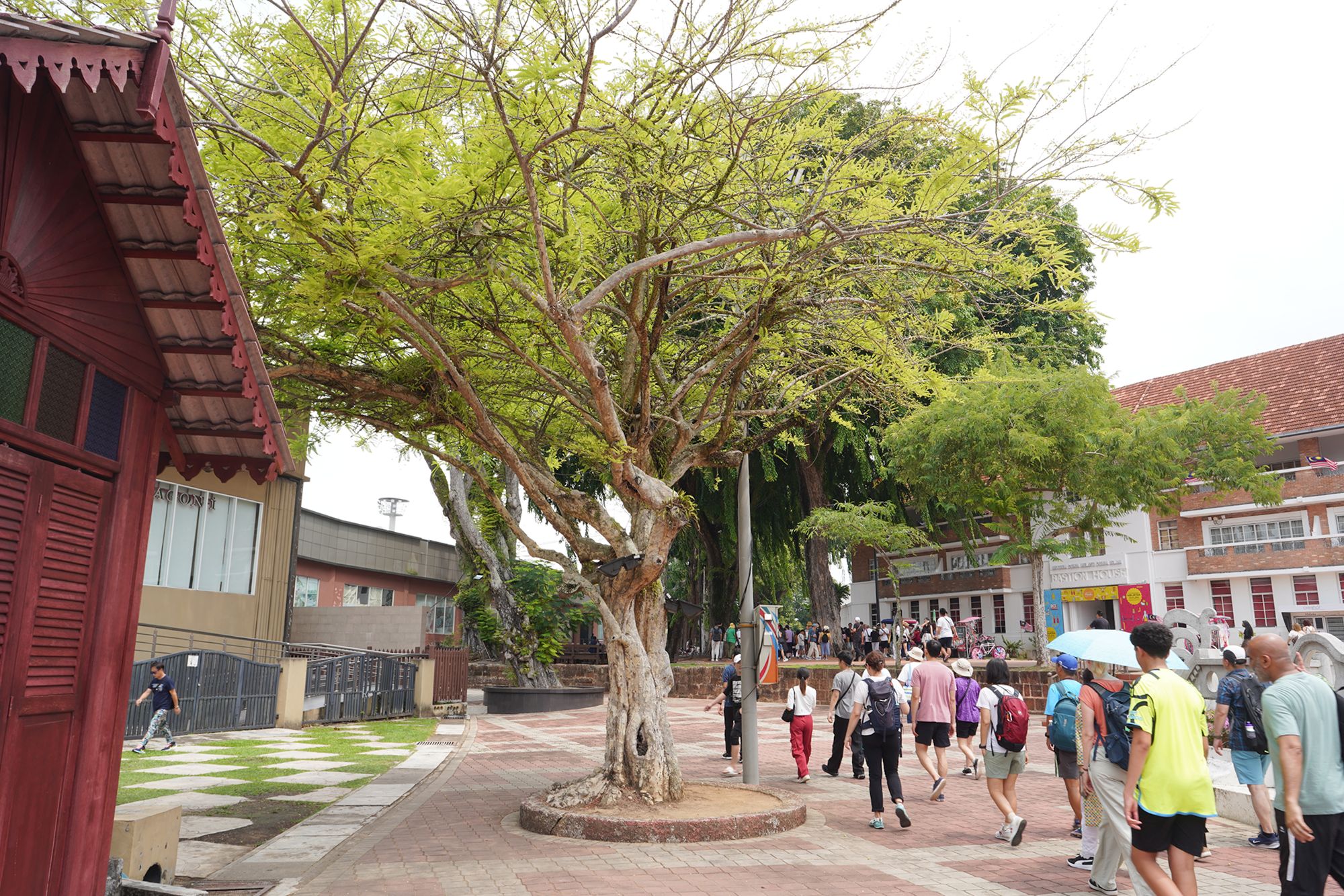
Evolution of the Malacca Flag
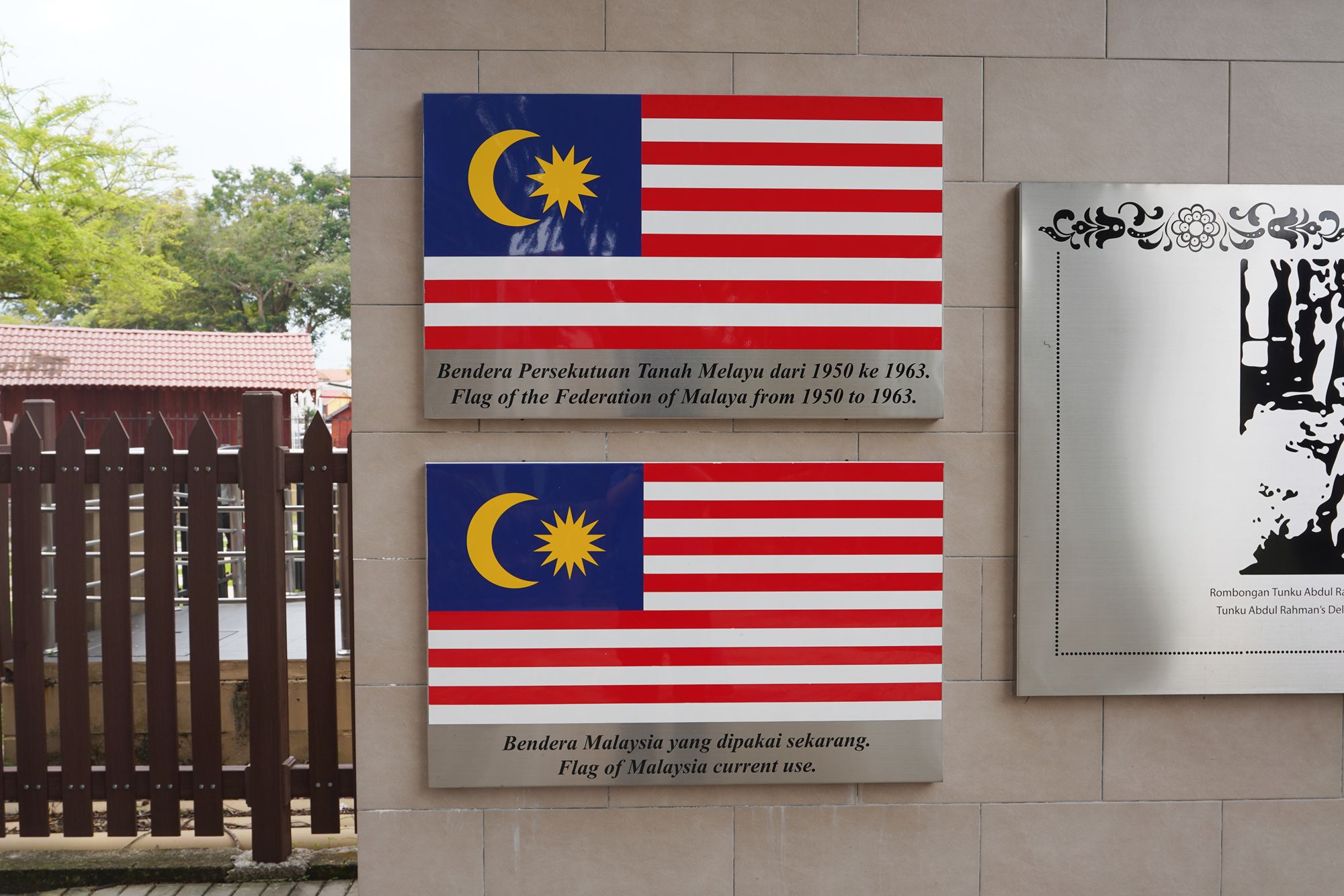
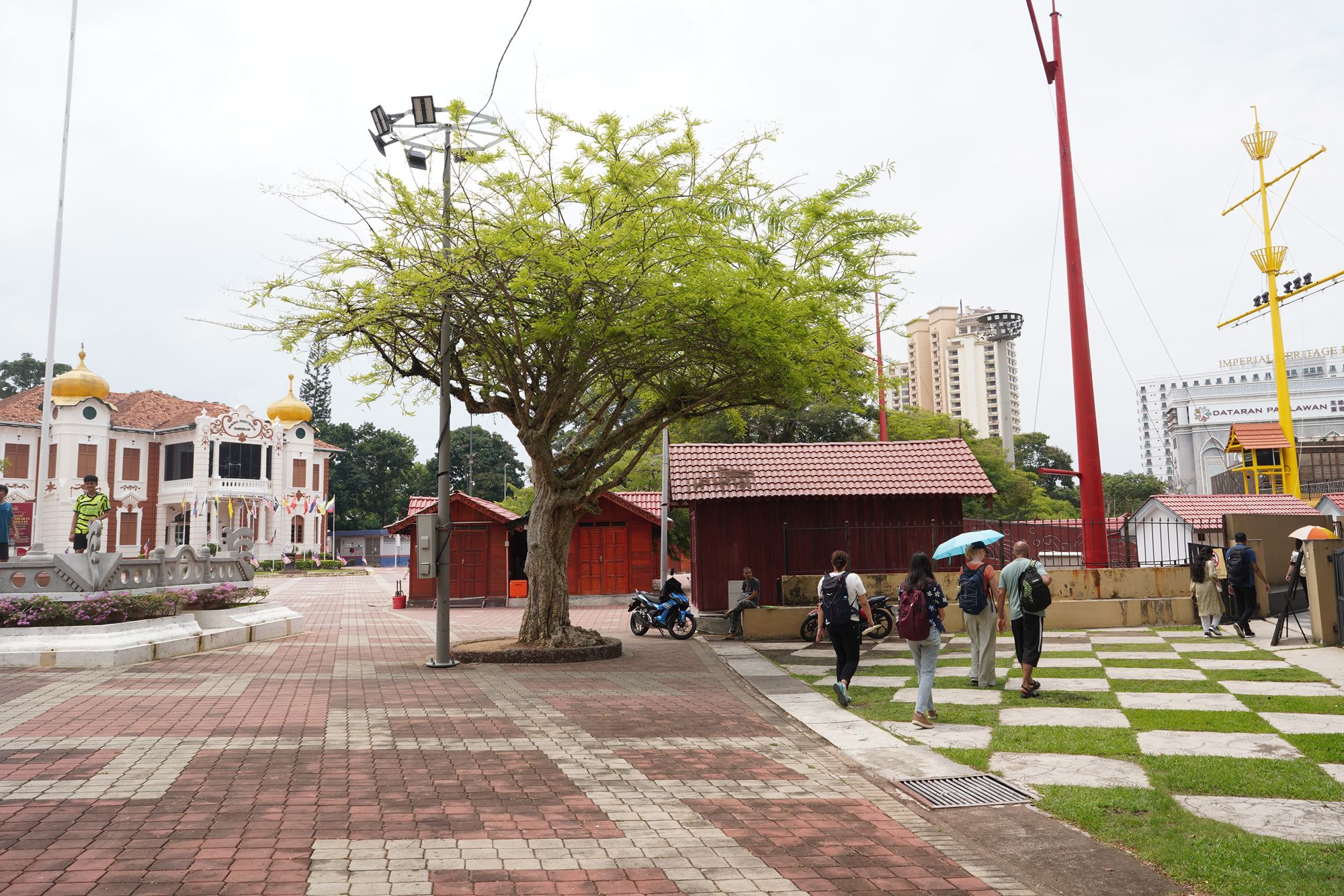
After the fort, we came to the Old Town of Malacca and walked the Old Town streets.
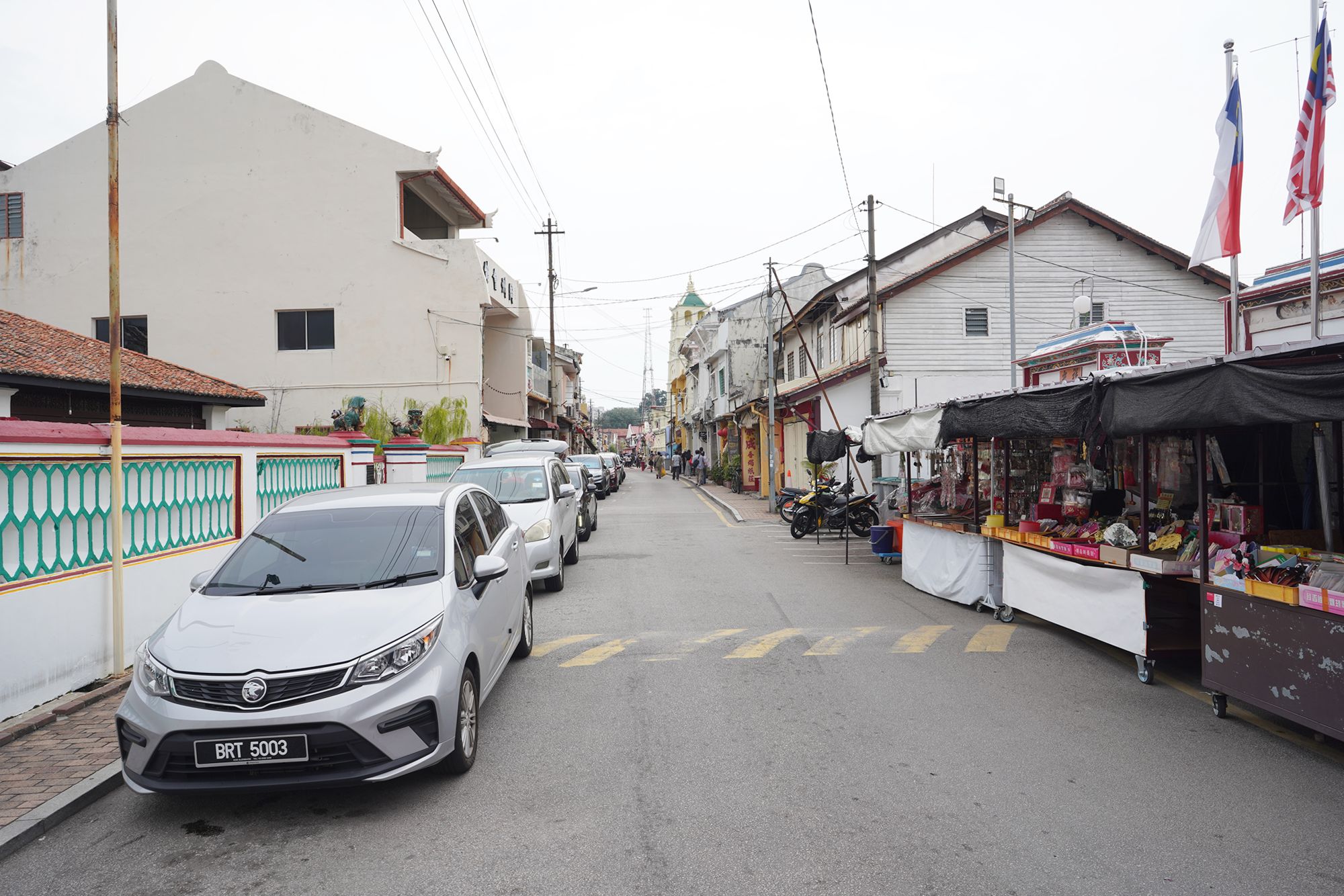
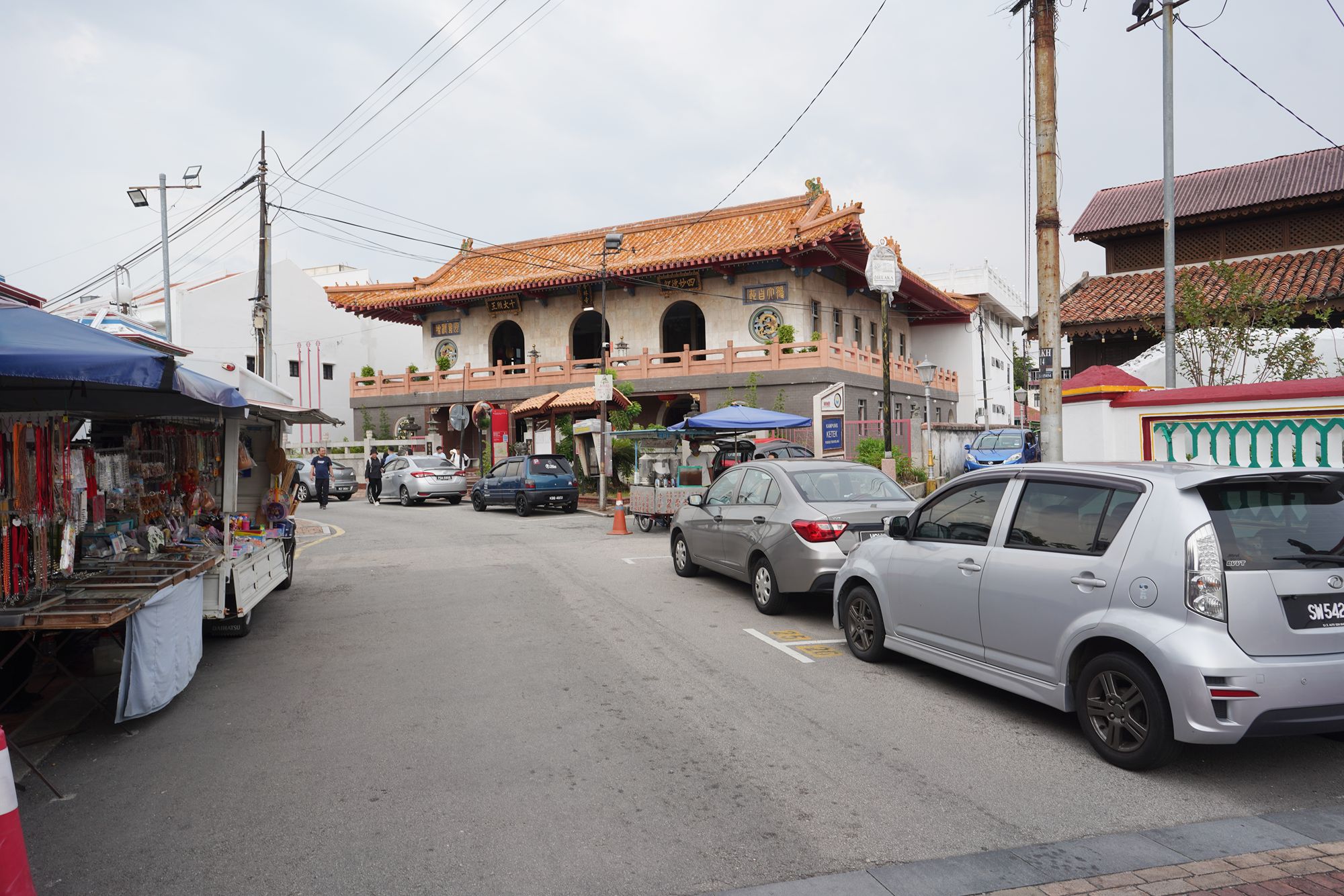
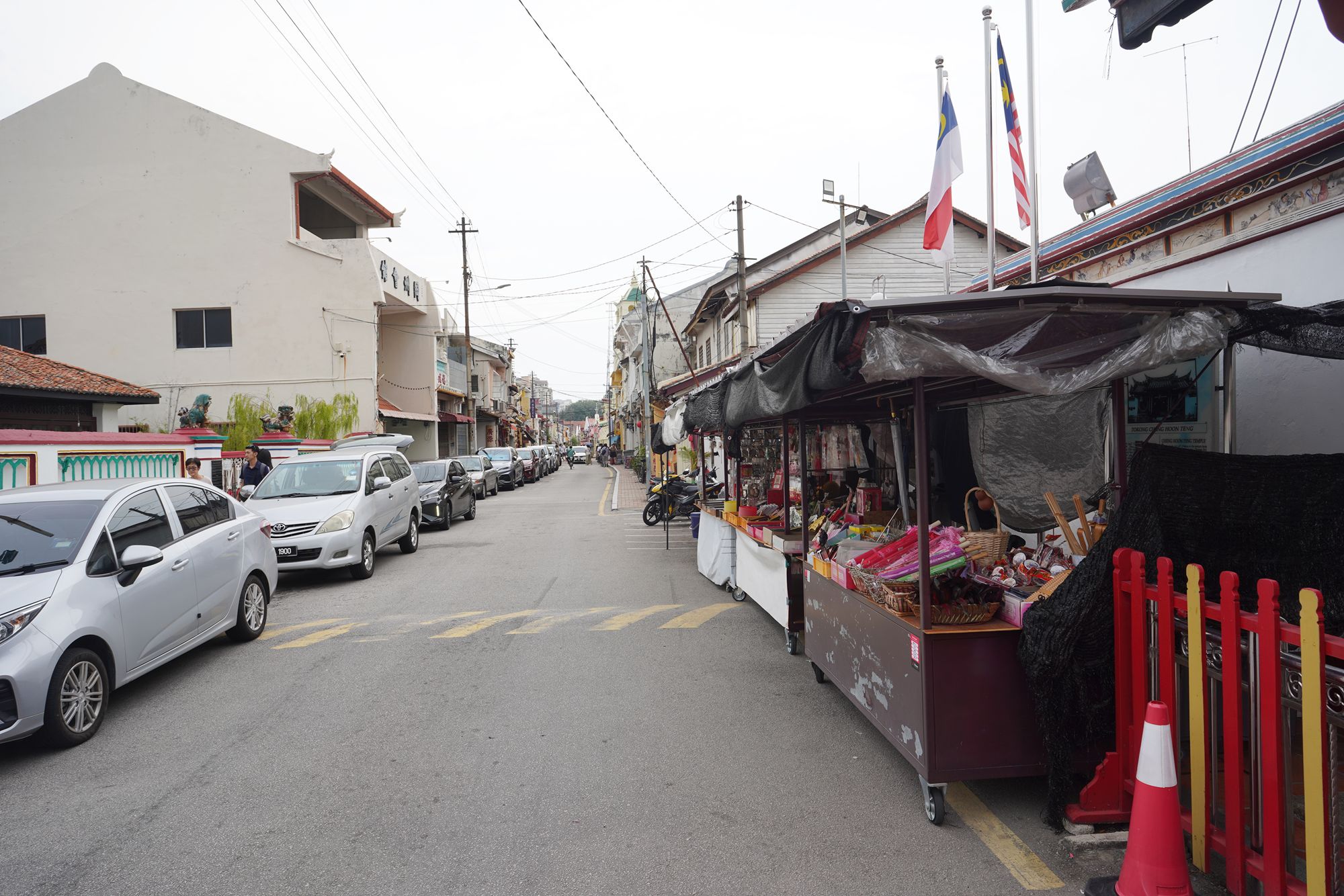
Cheng Hoon Teng Buddhist Temple.
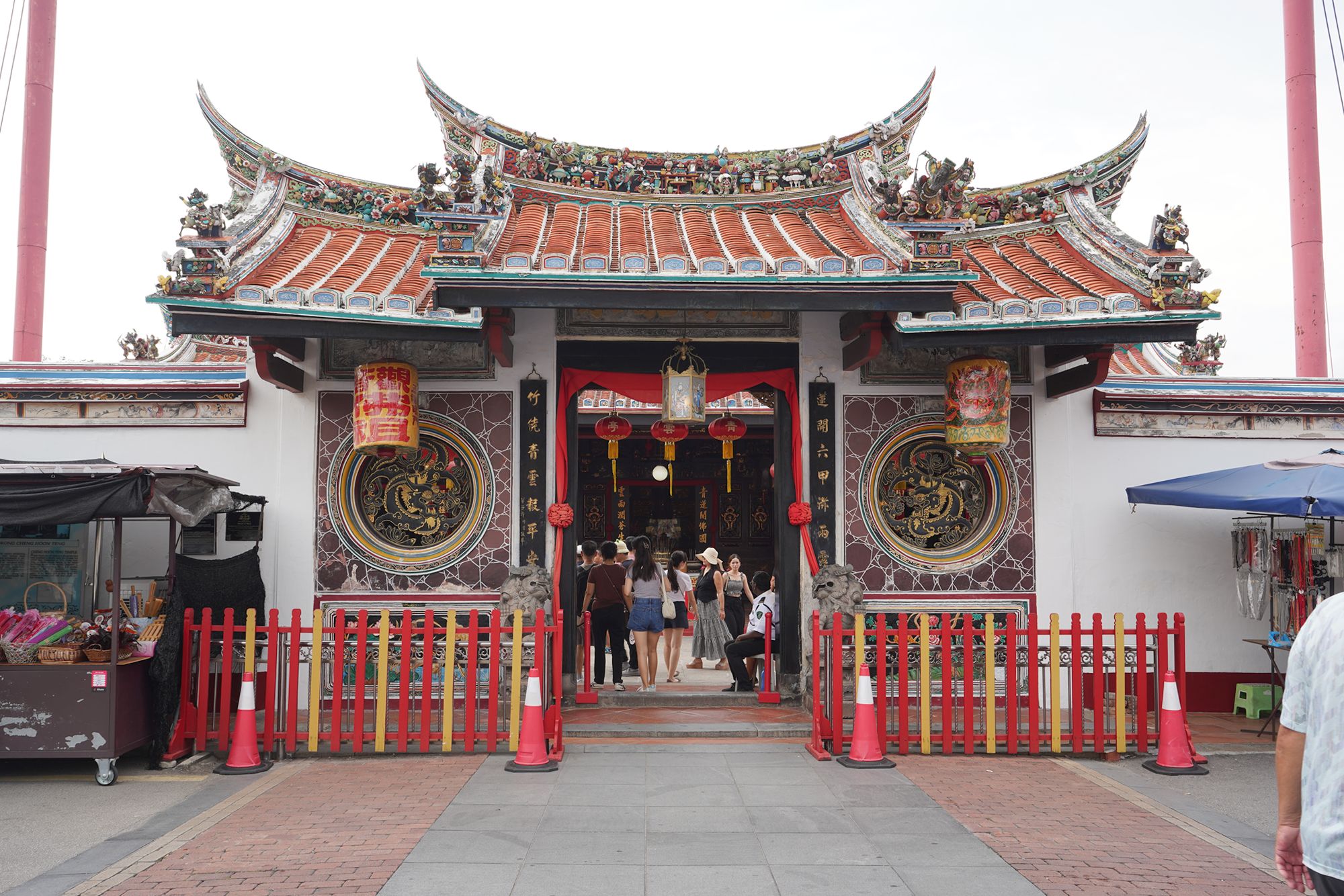
Cheng Hoon Teng Temple is the oldest functioning Chinese temple in Malaysia and one of the most important cultural and religious landmarks in Malacca. Located in the heart of Malacca’s historic Chinatown along Jalan Tokong, the temple is a symbol of the rich Chinese heritage and religious diversity in the city.
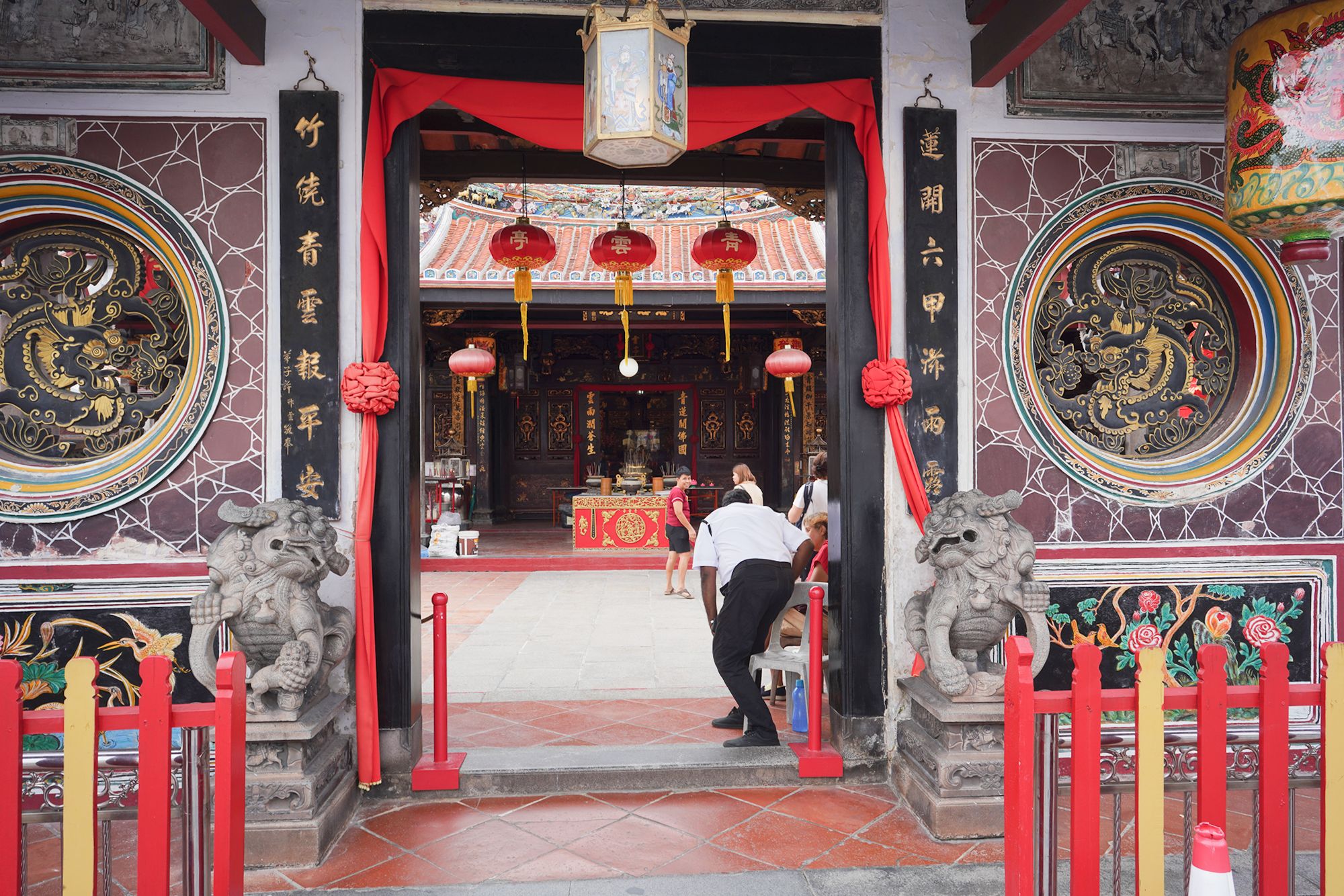
Cheng Hoon Teng was founded in 1645 during the Dutch colonial period, making it the oldest continuously operating Chinese temple in Malaysia.
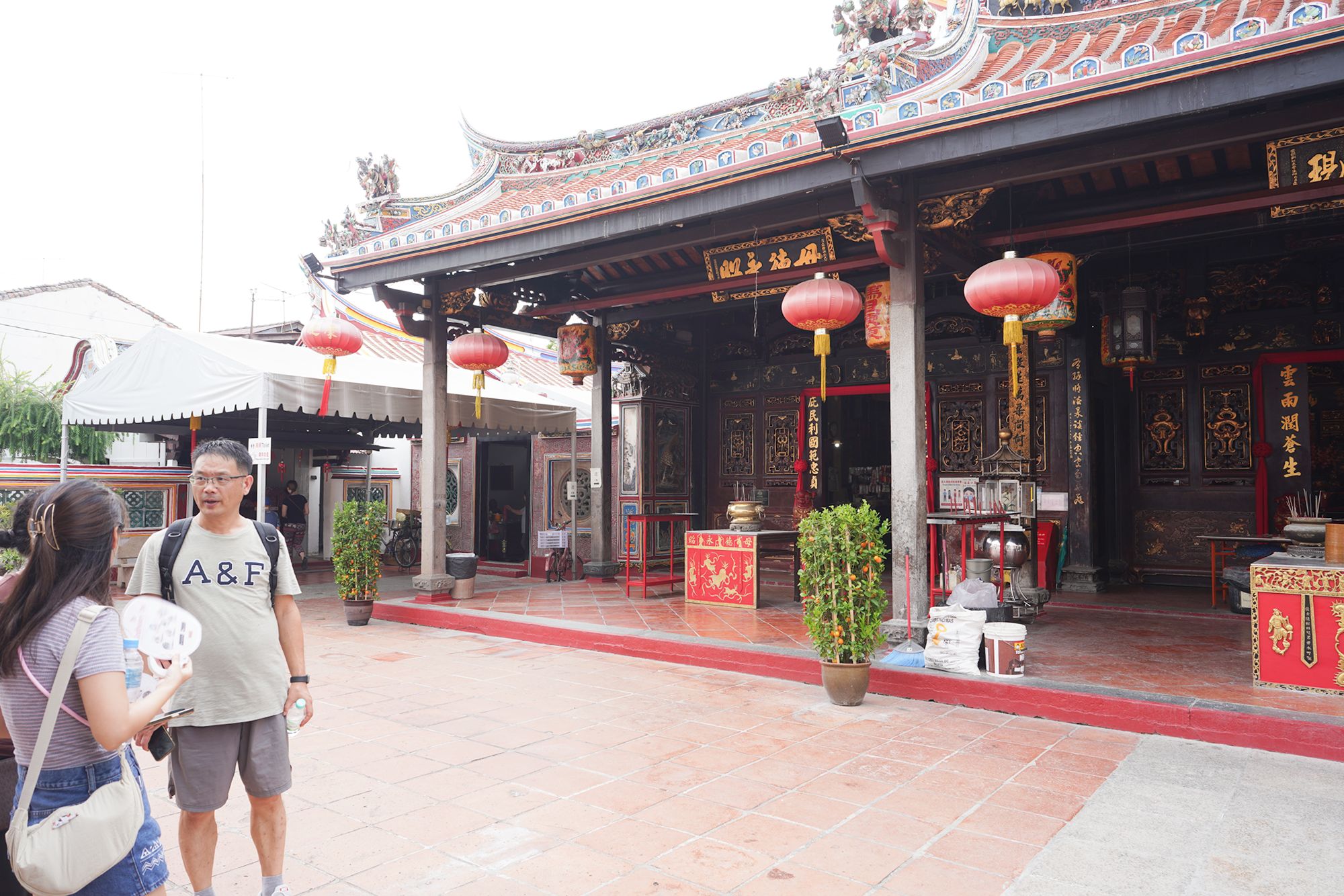
The temple was established by the Chinese Kapitans (leaders of the Chinese community) of Malacca, including Kapitan Li Wei King, who led the Chinese community during the early Dutch period.
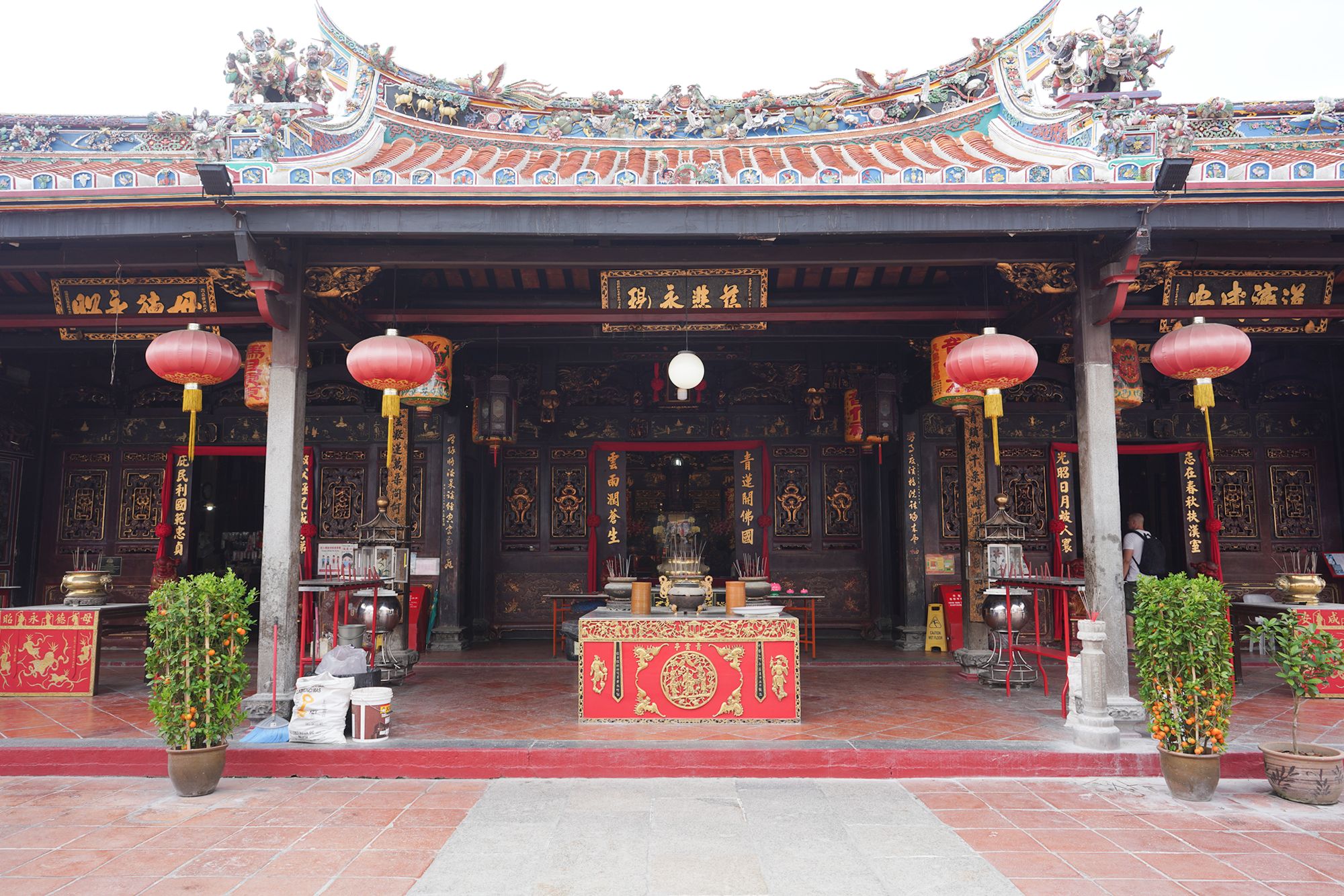
It serves as a place of worship for followers of Buddhism, Confucianism, and Taoism, reflecting the syncretic nature of Chinese religious practices.
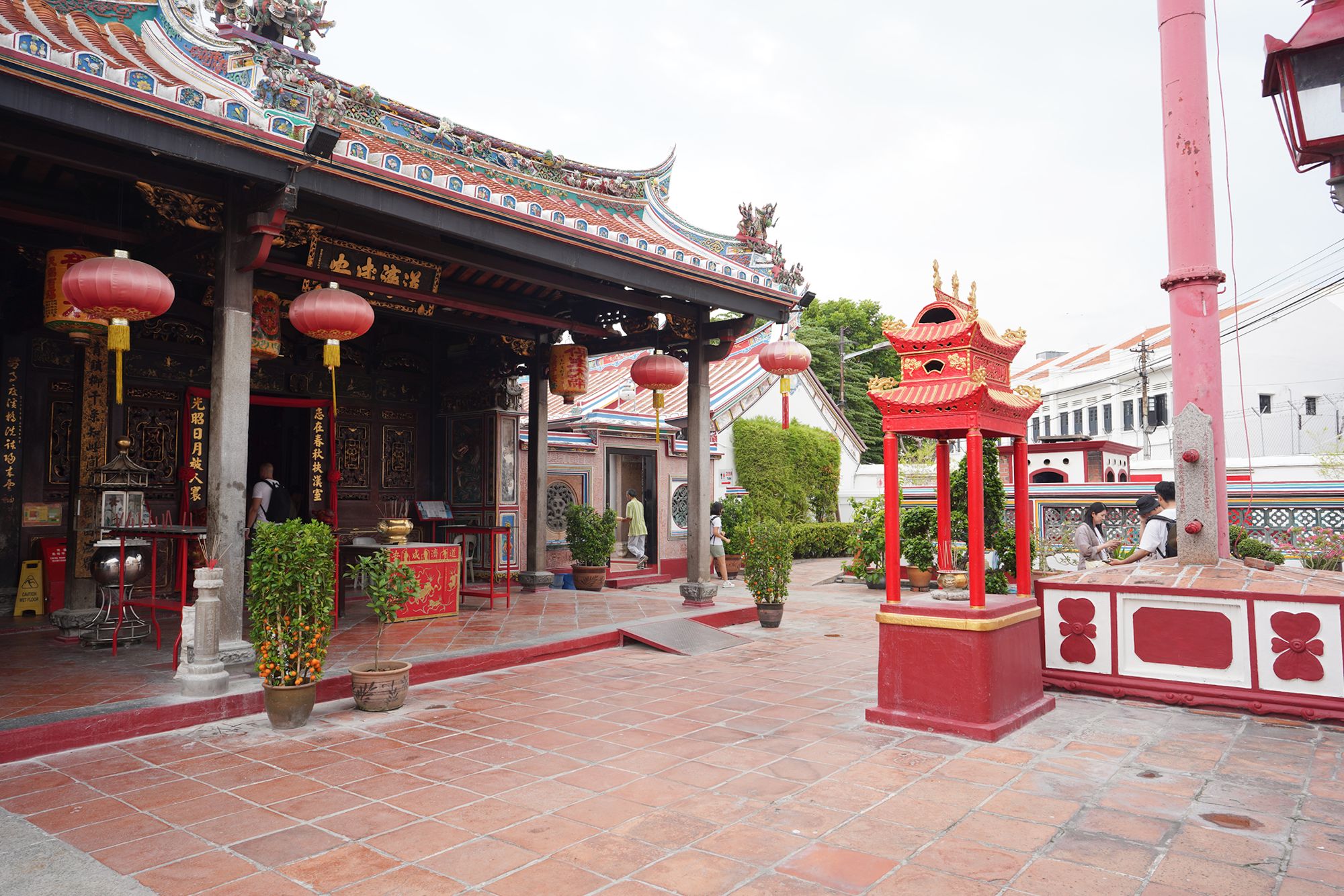
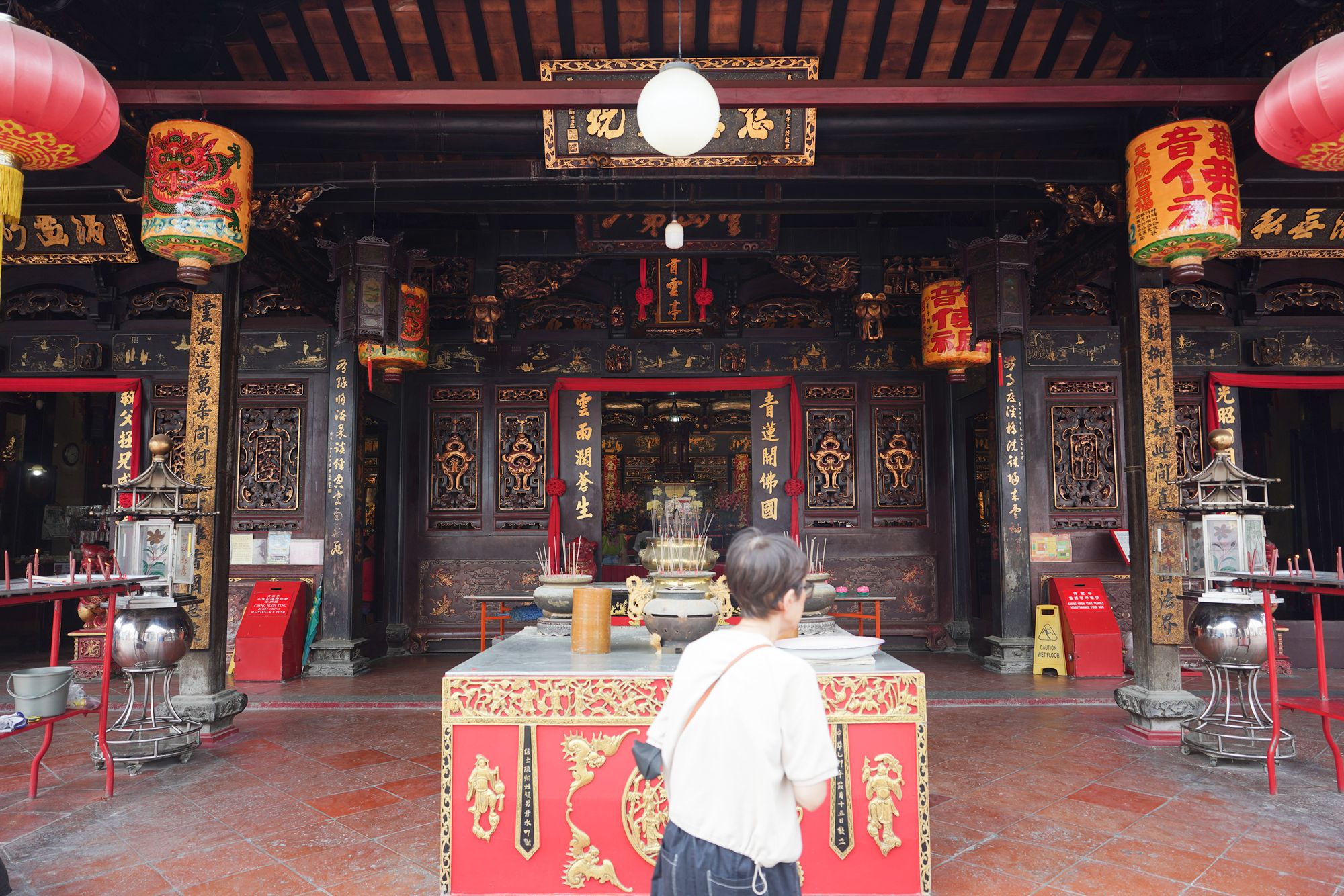
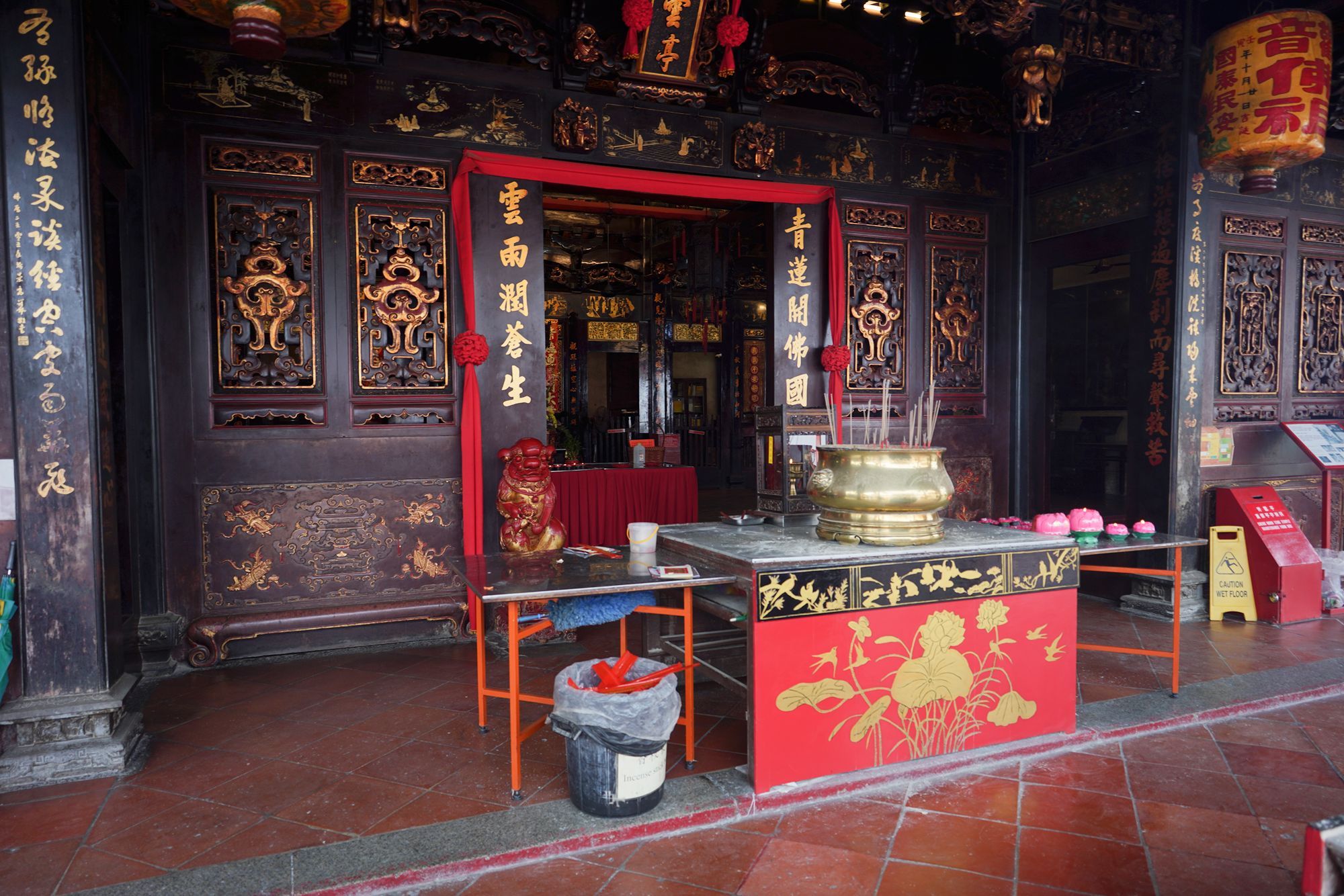
The temple is a fine example of classical Chinese architecture, following the principles of feng shui and symmetry. The layout and orientation of the temple are designed according to these principles, with its main entrance facing the nearby Malacca River, believed to bring prosperity and good luck.
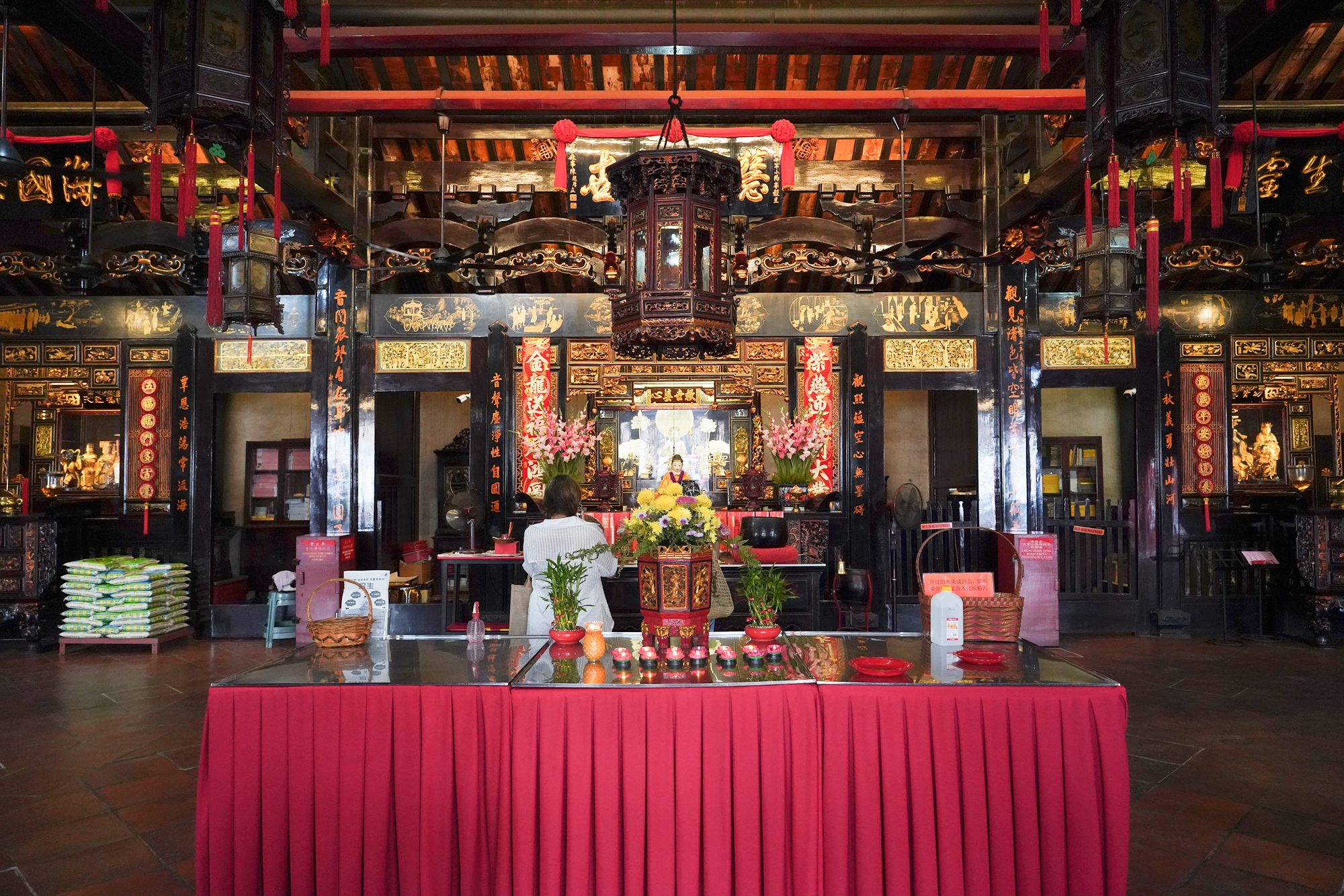
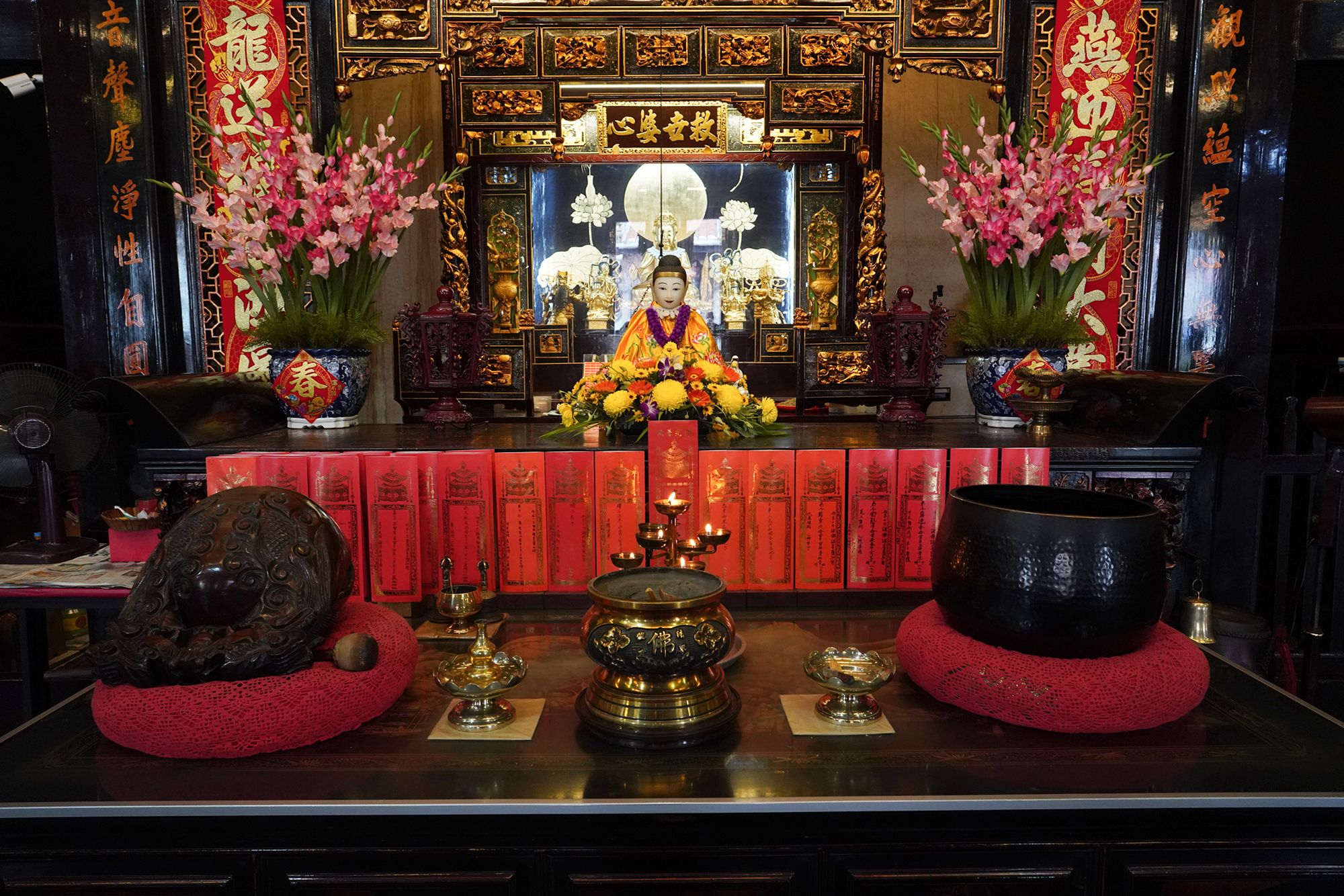
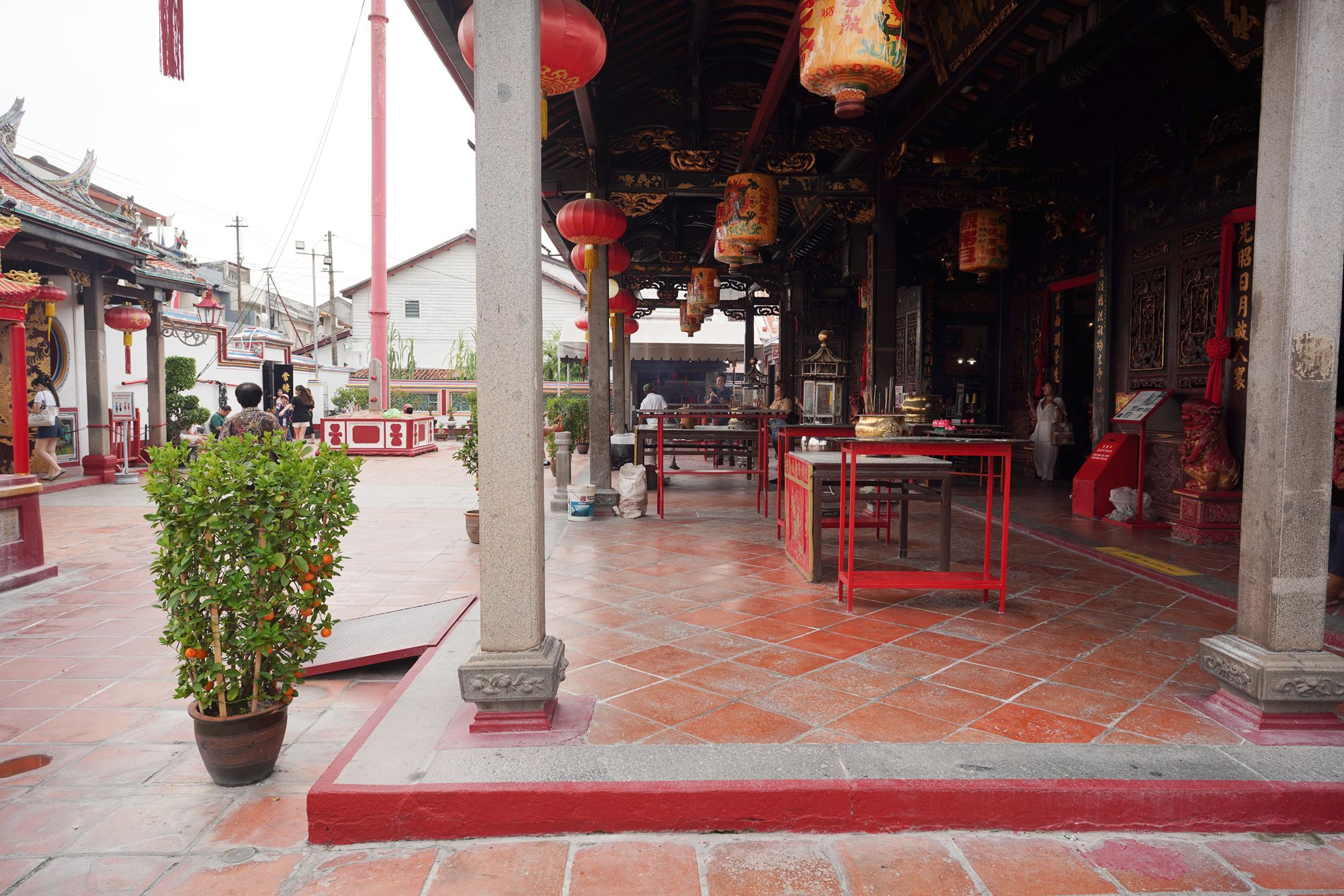
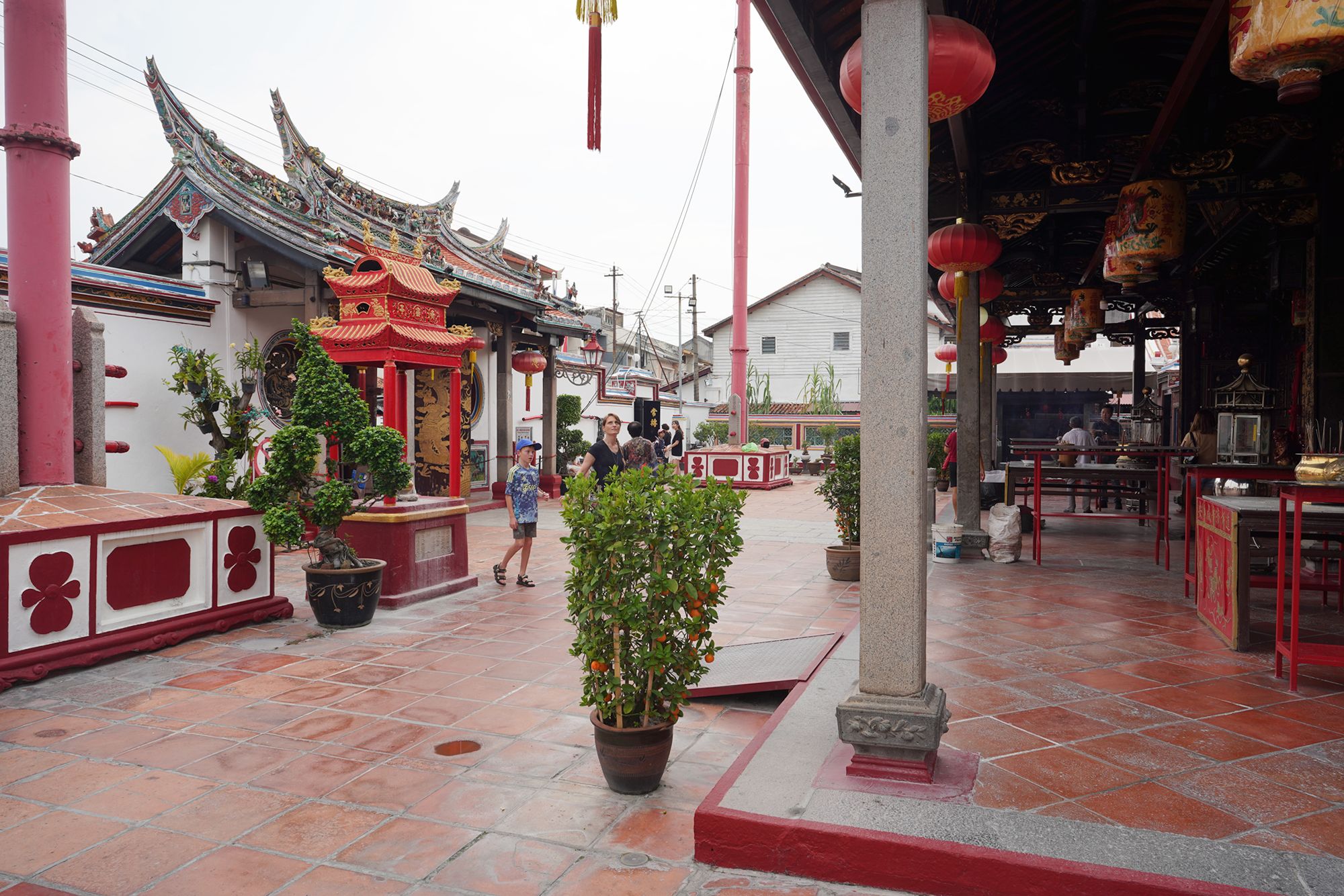
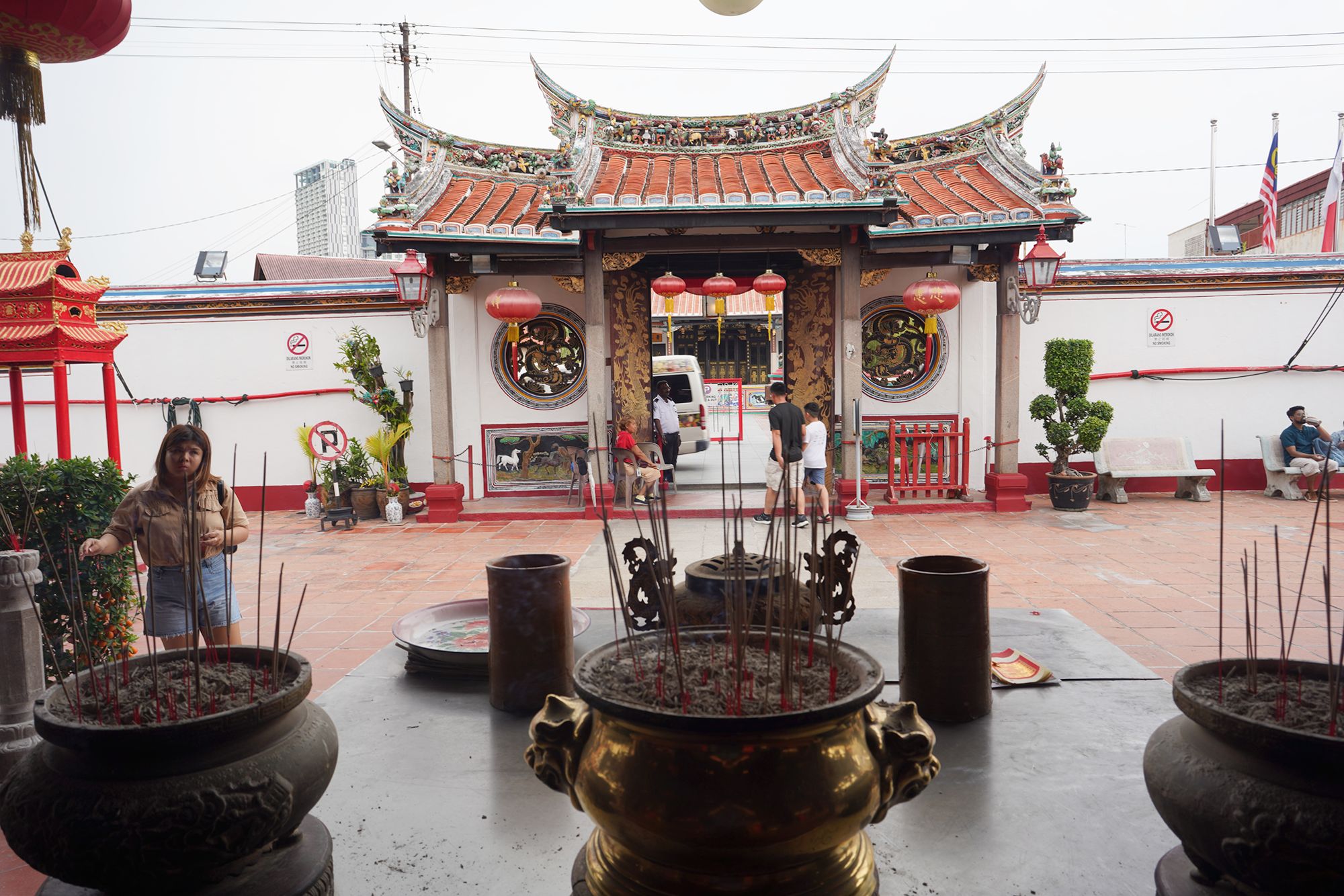
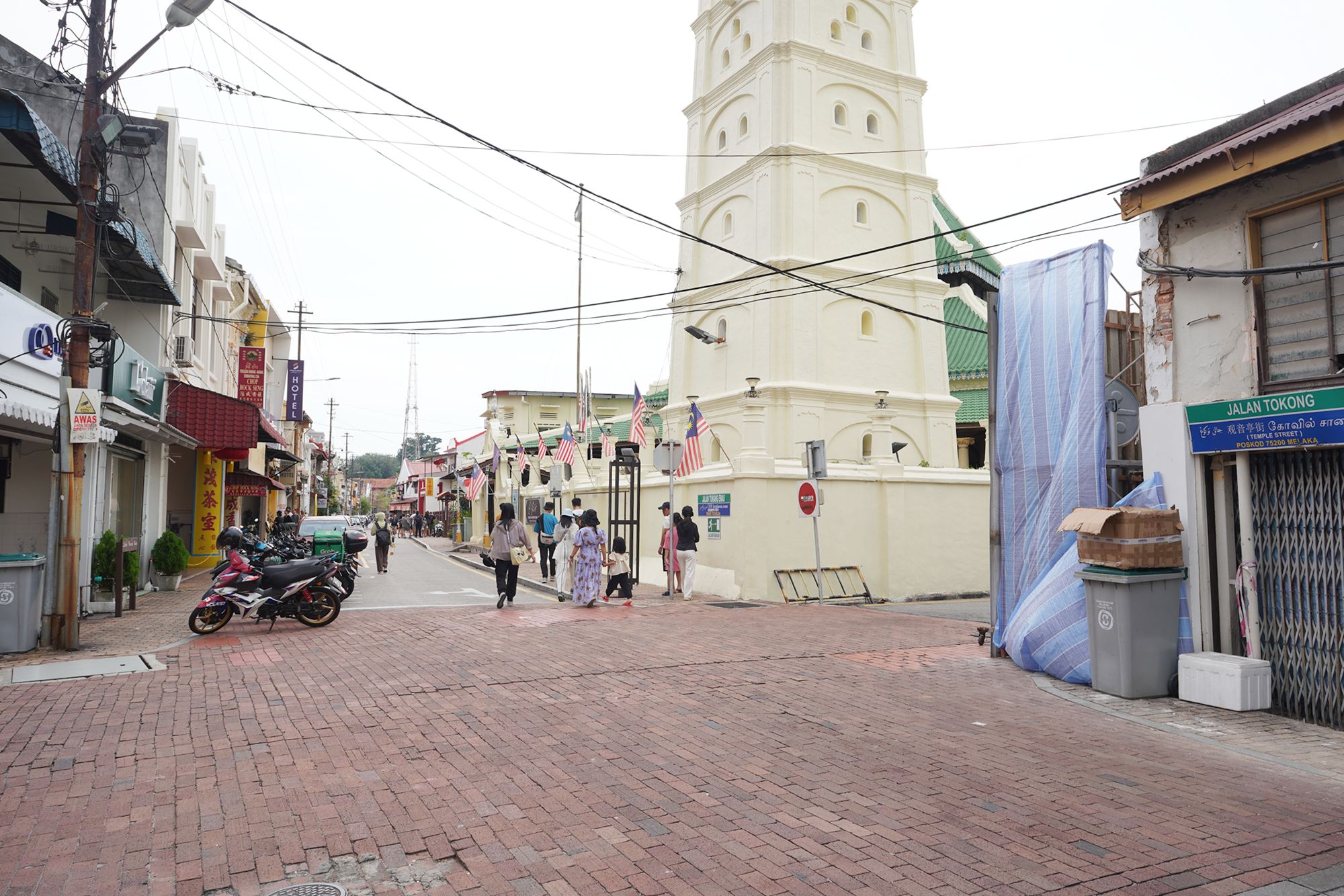
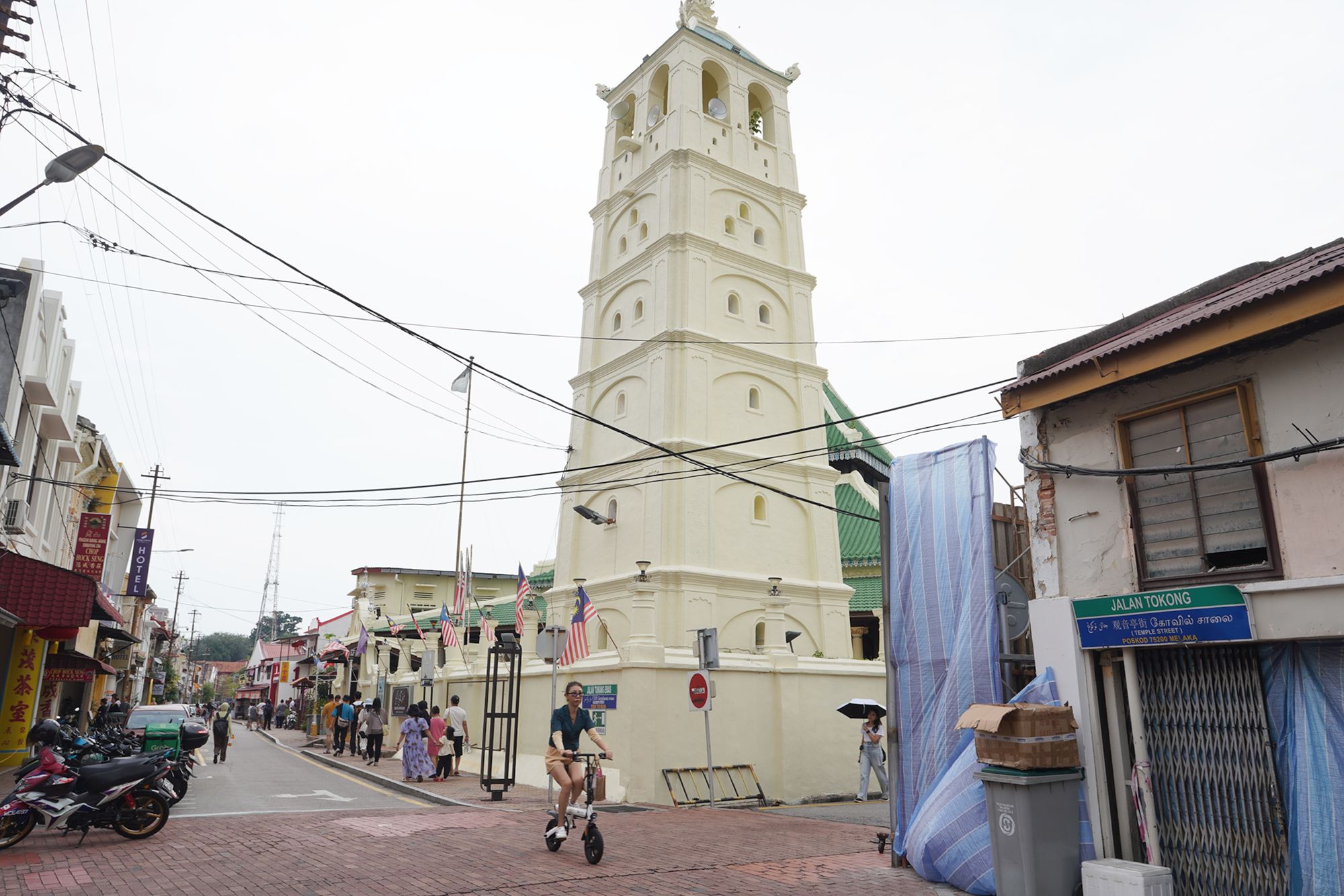
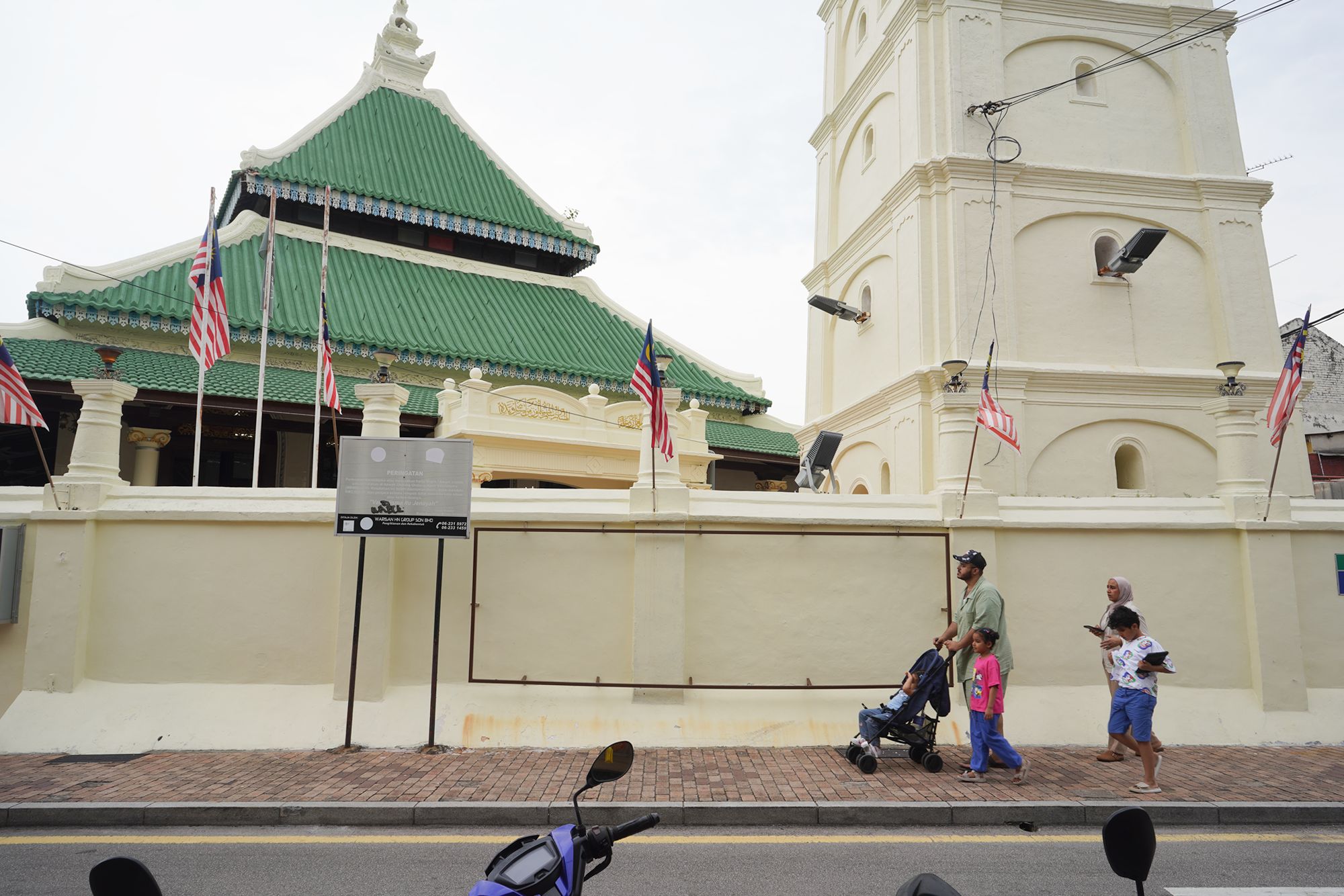
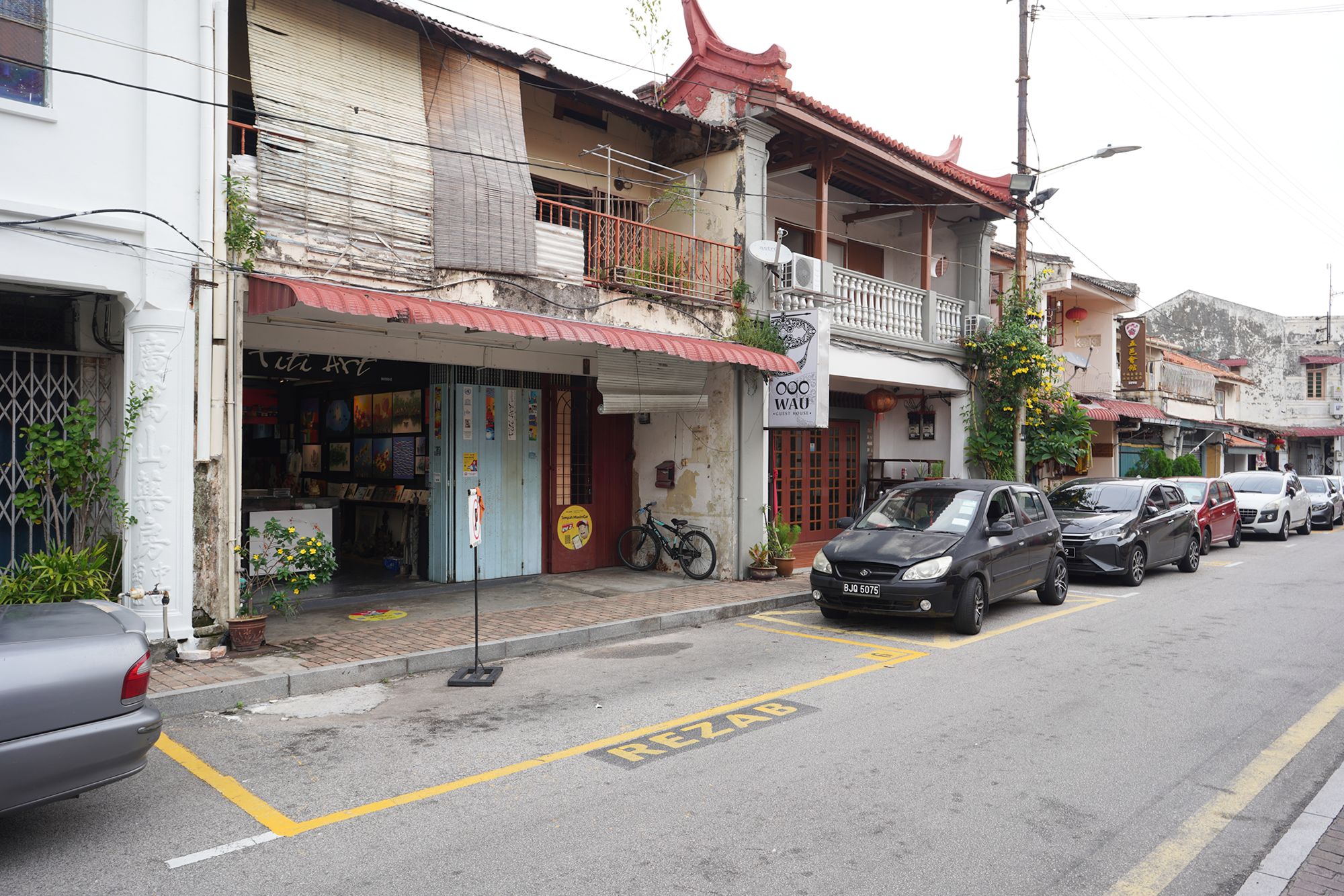
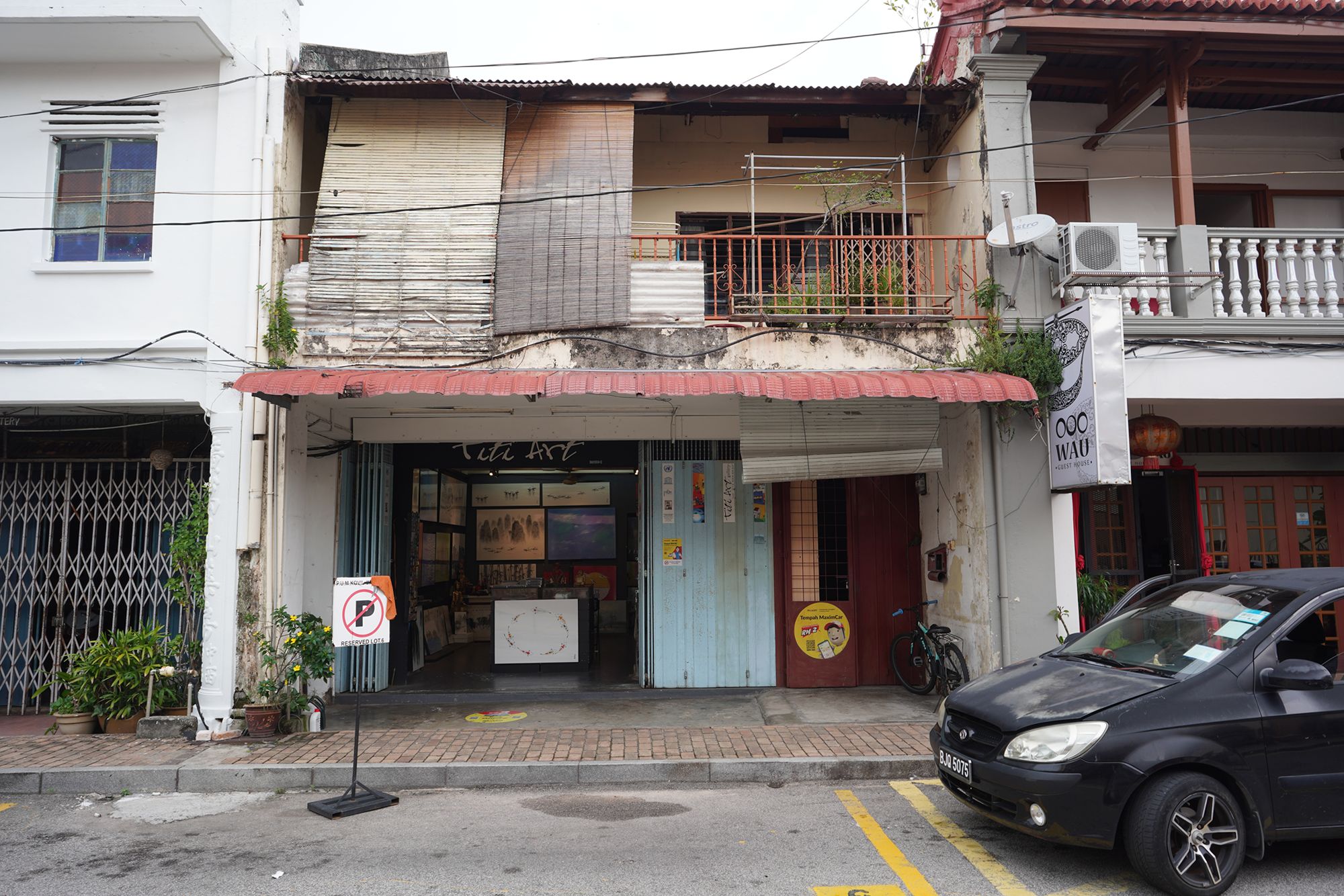
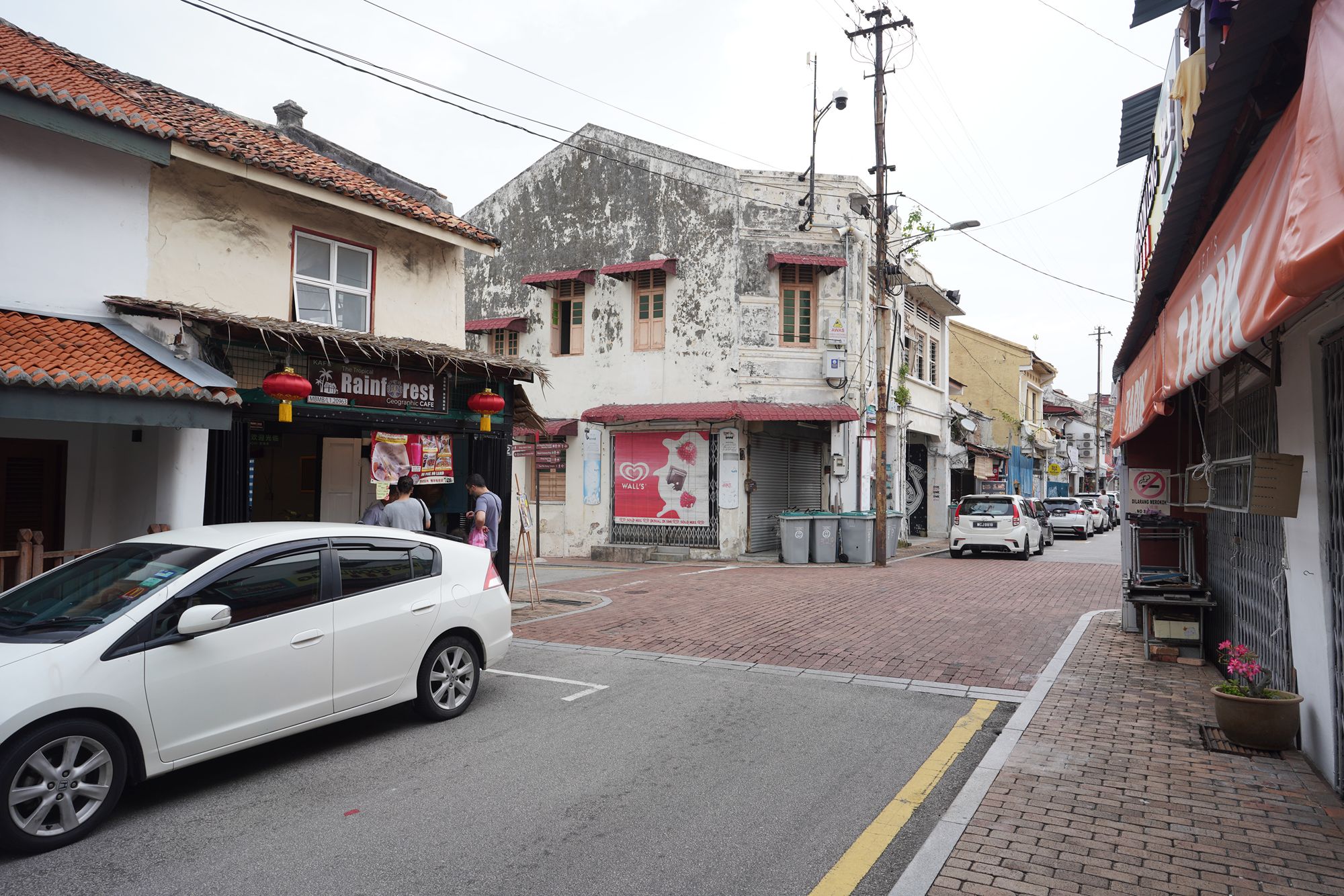
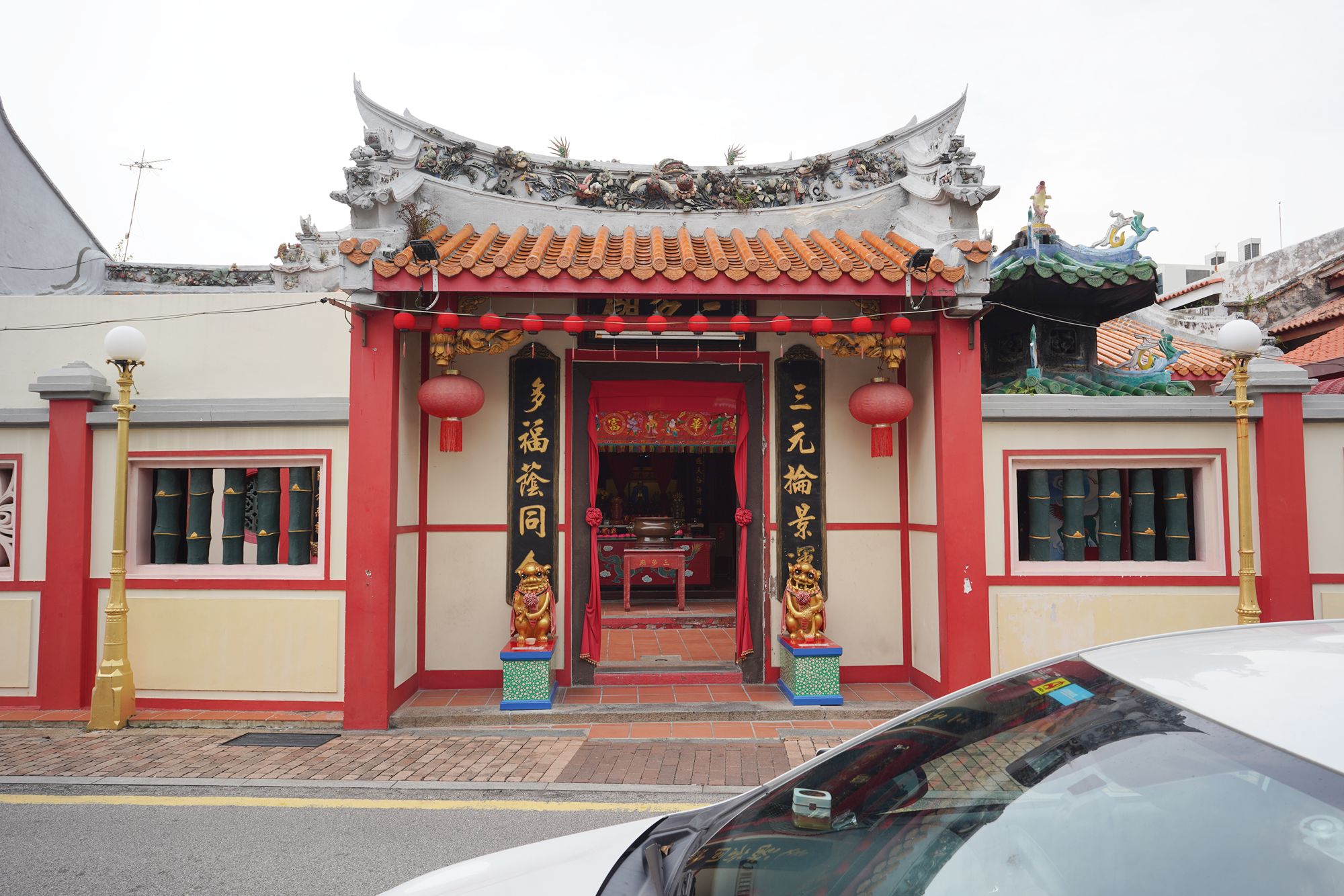
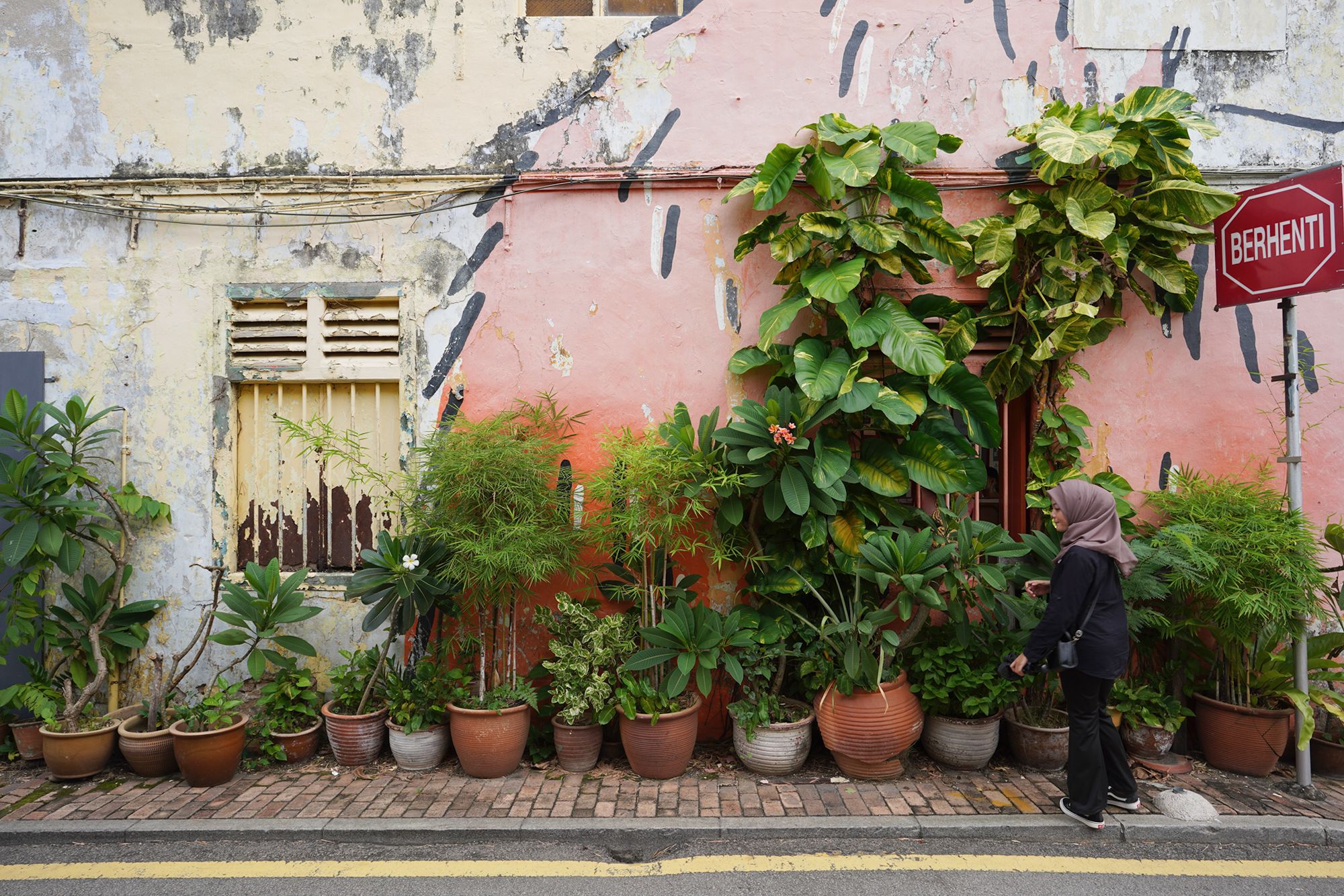
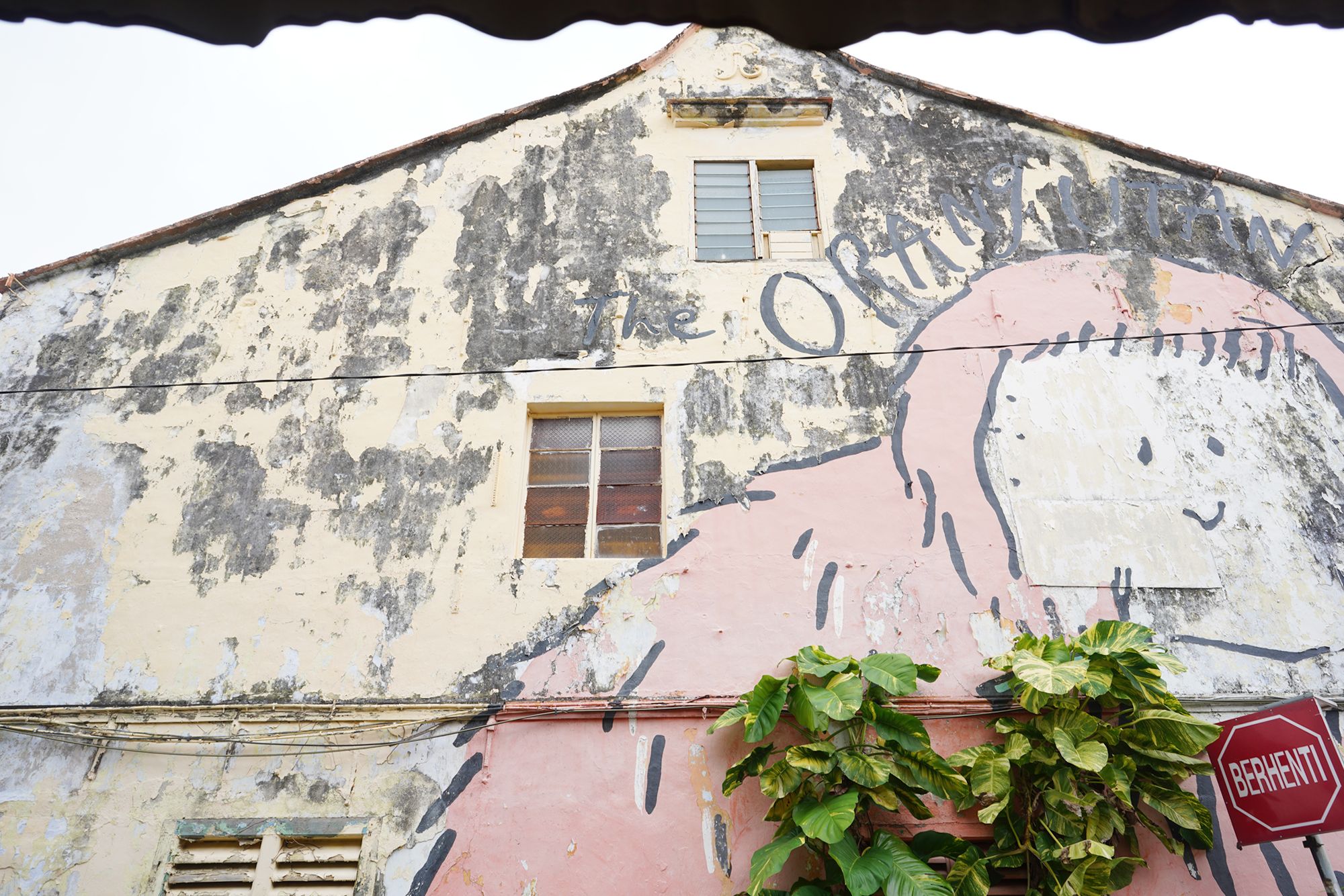
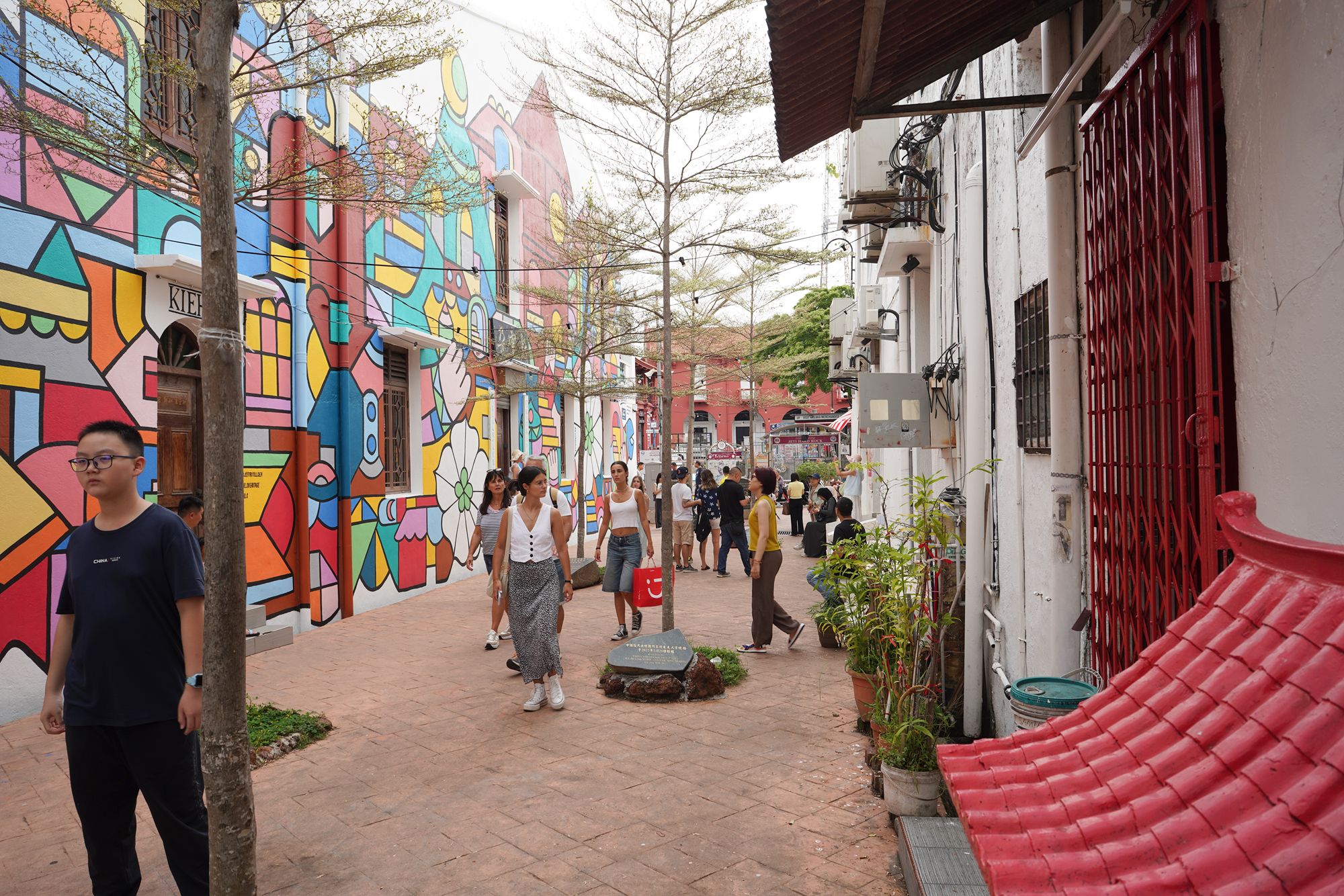
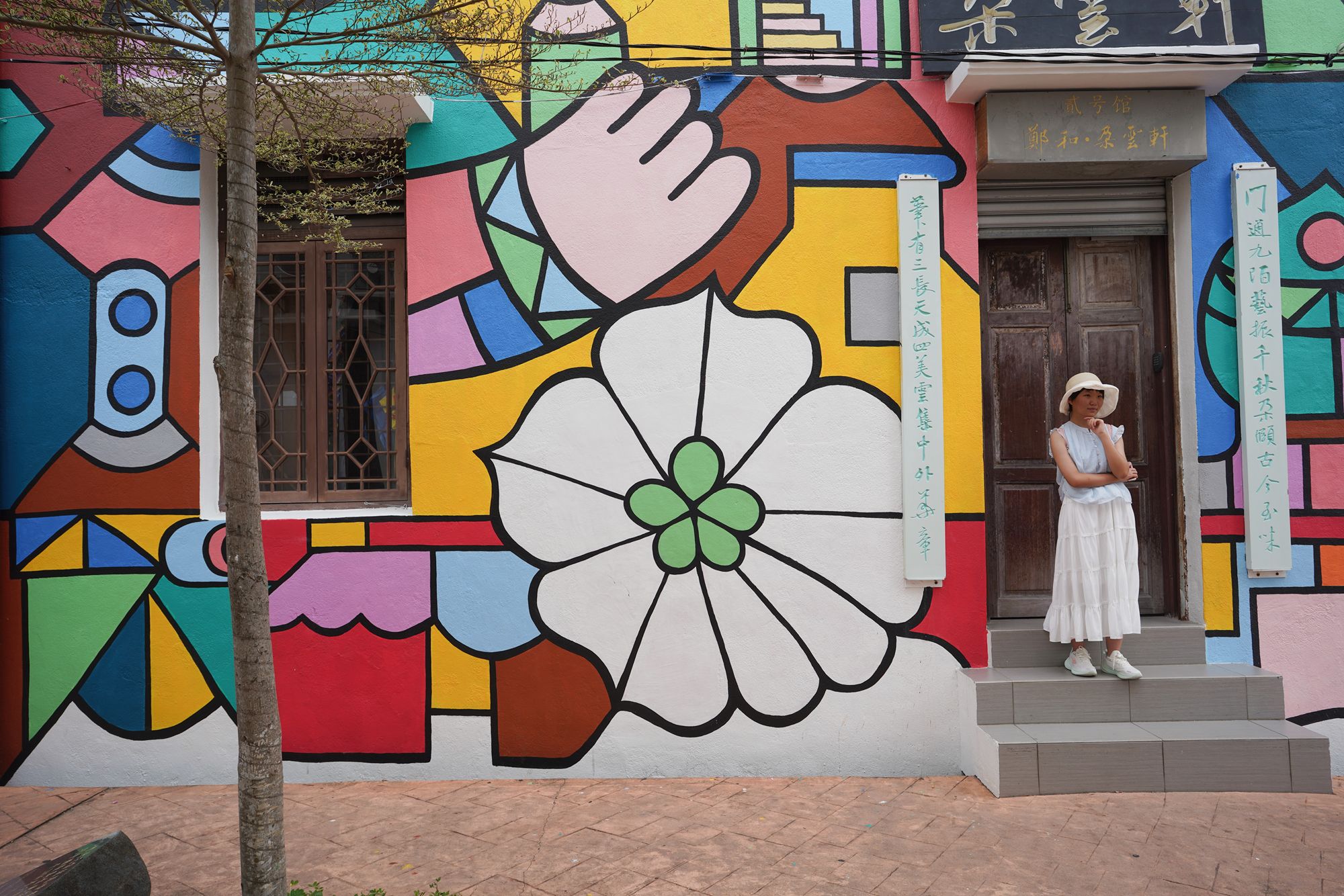
Came back to the Malacca River near the bridge
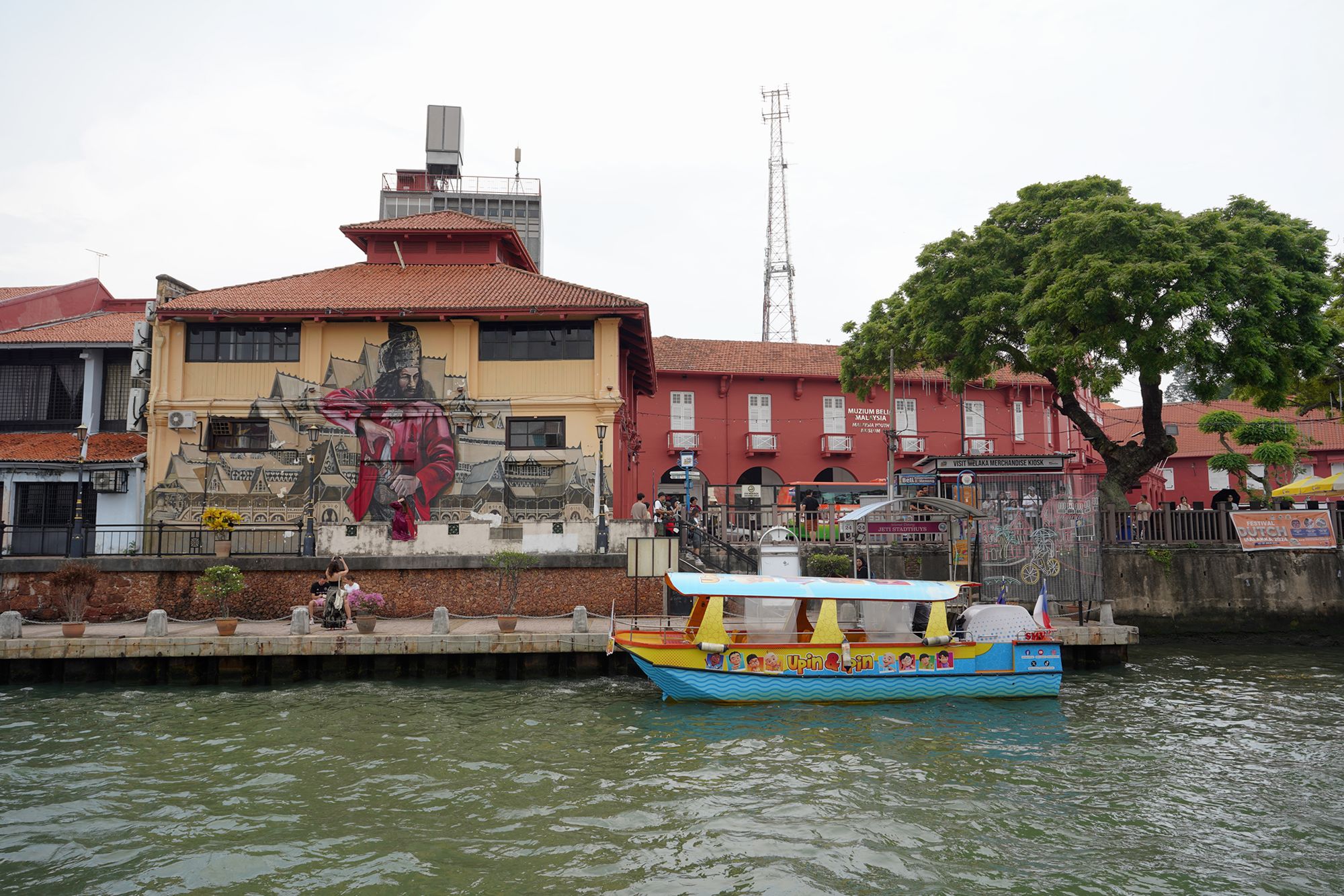
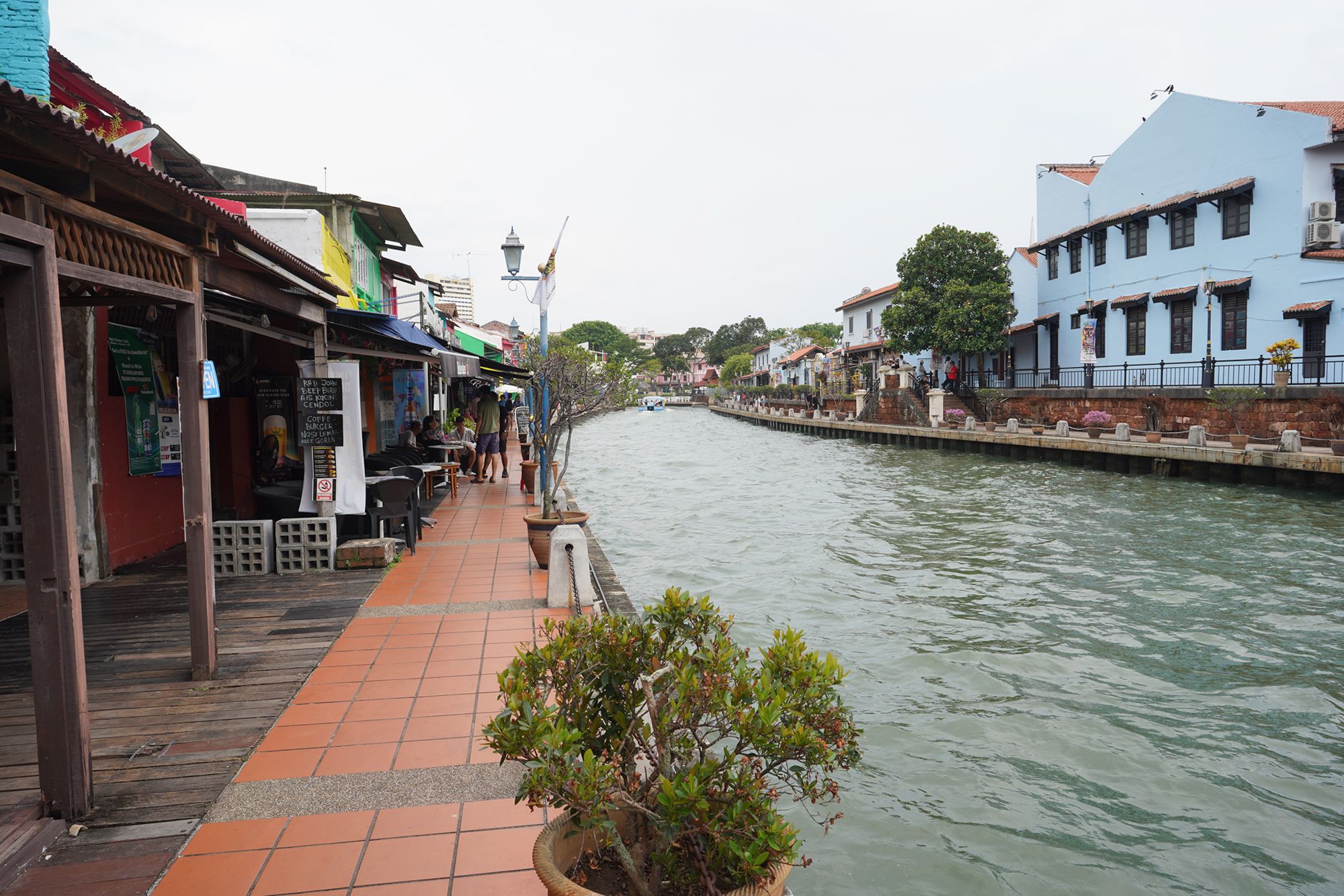
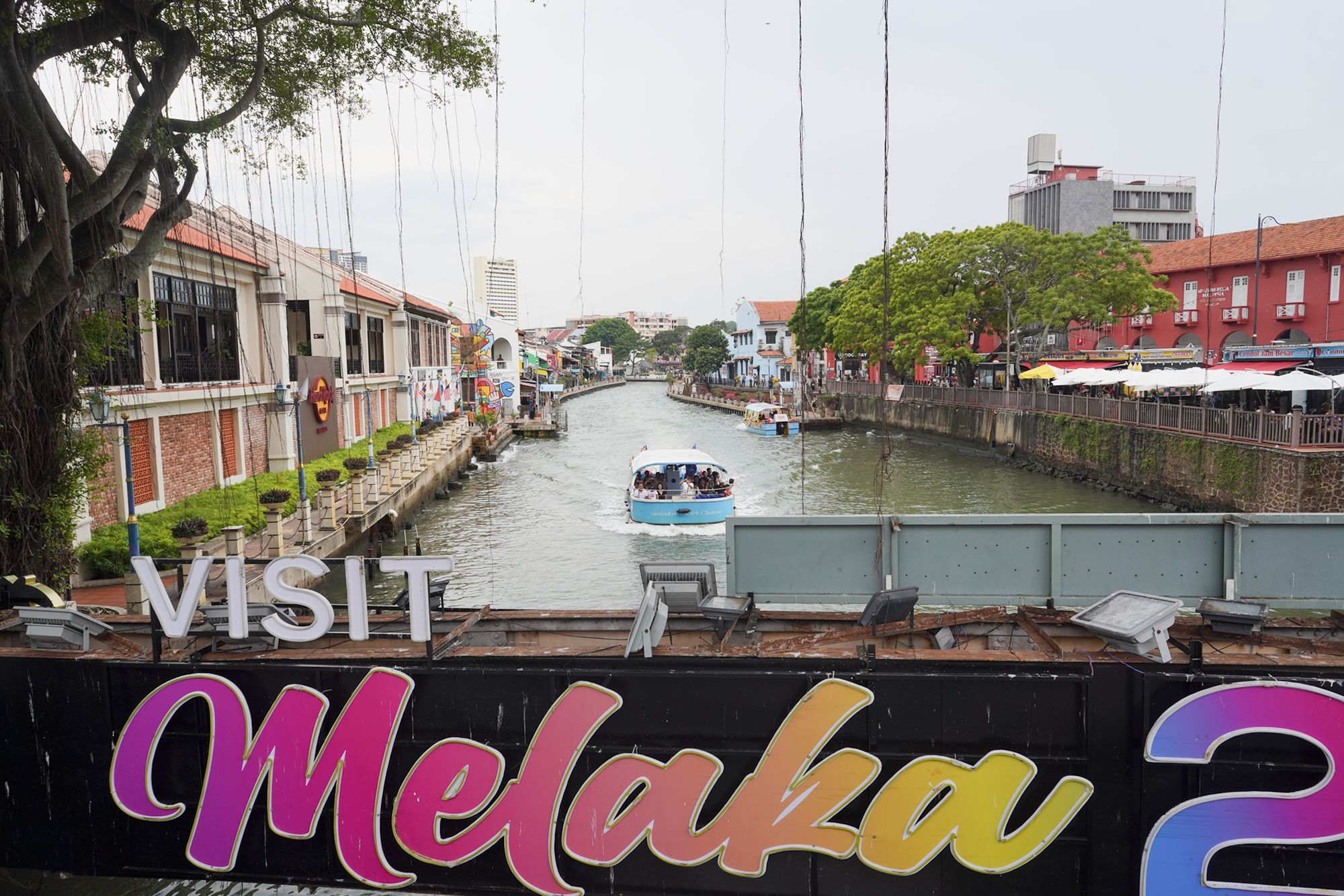
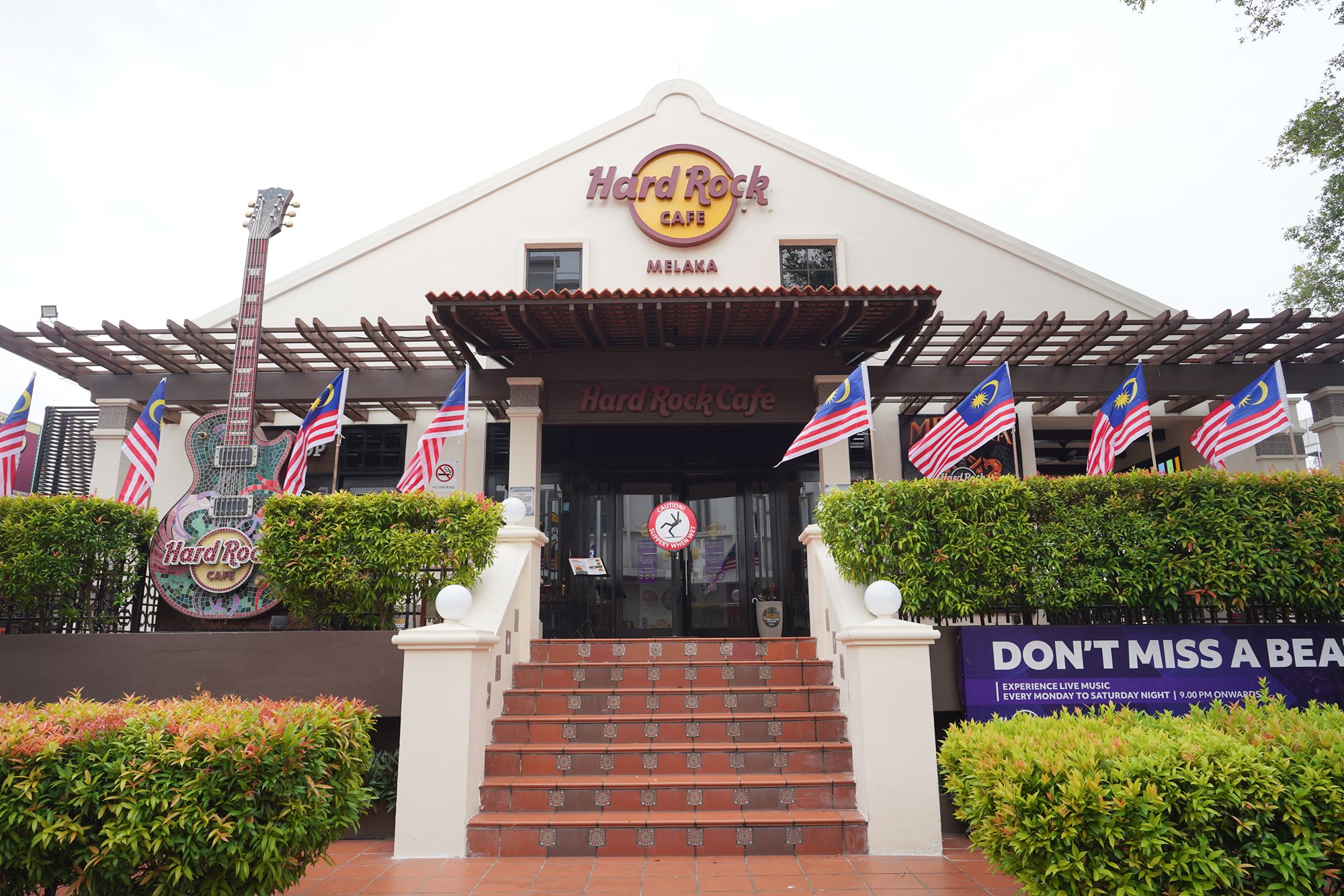
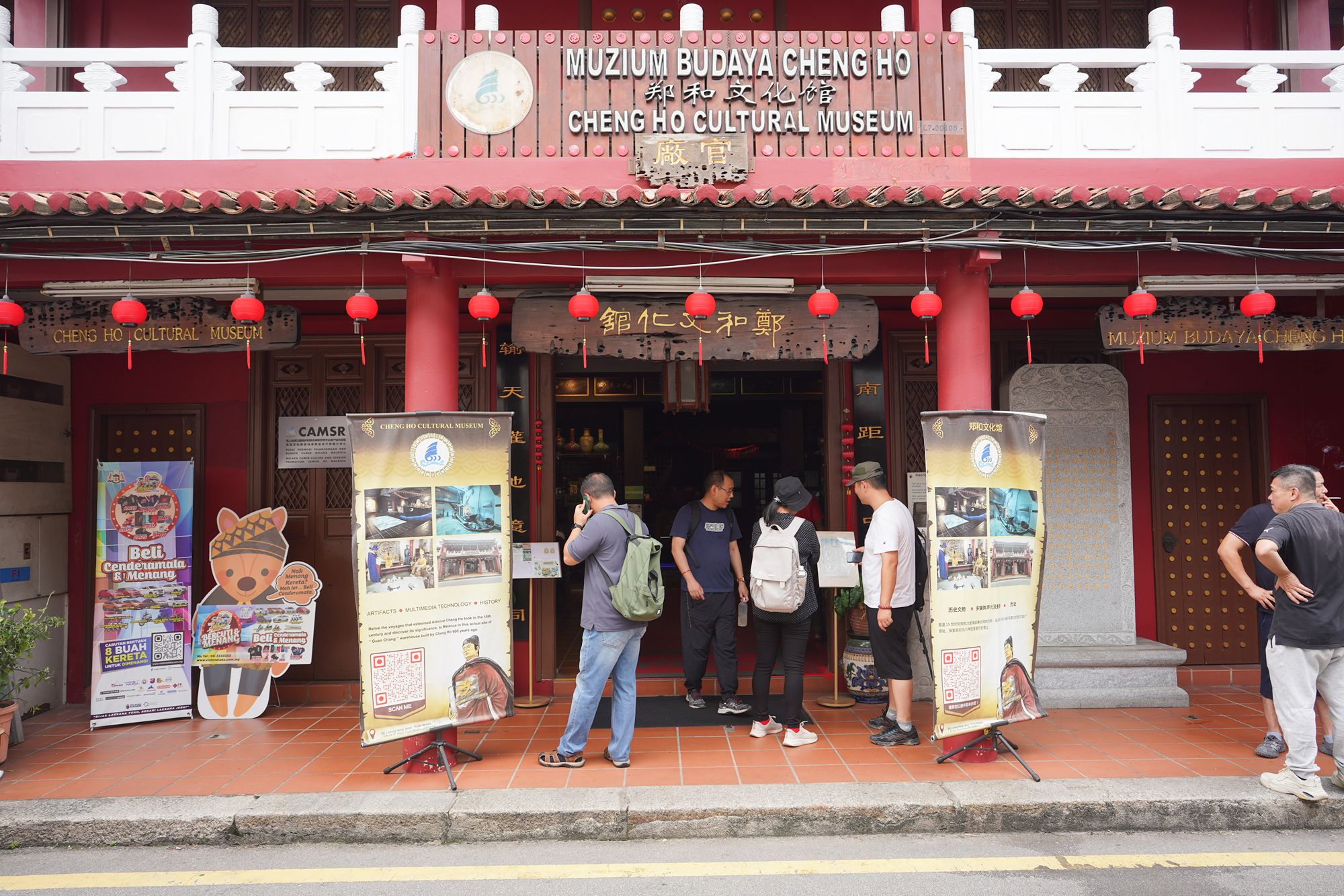
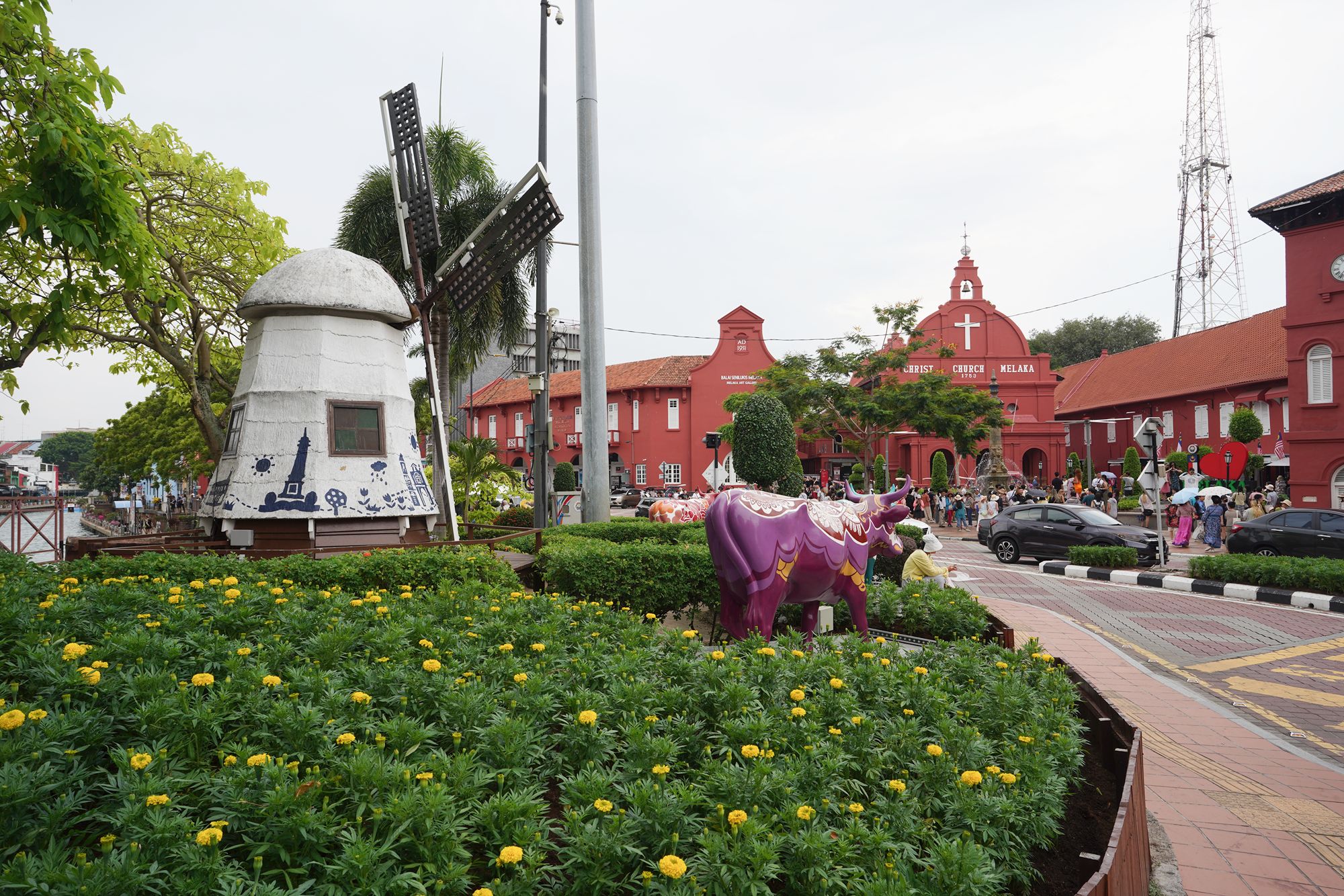
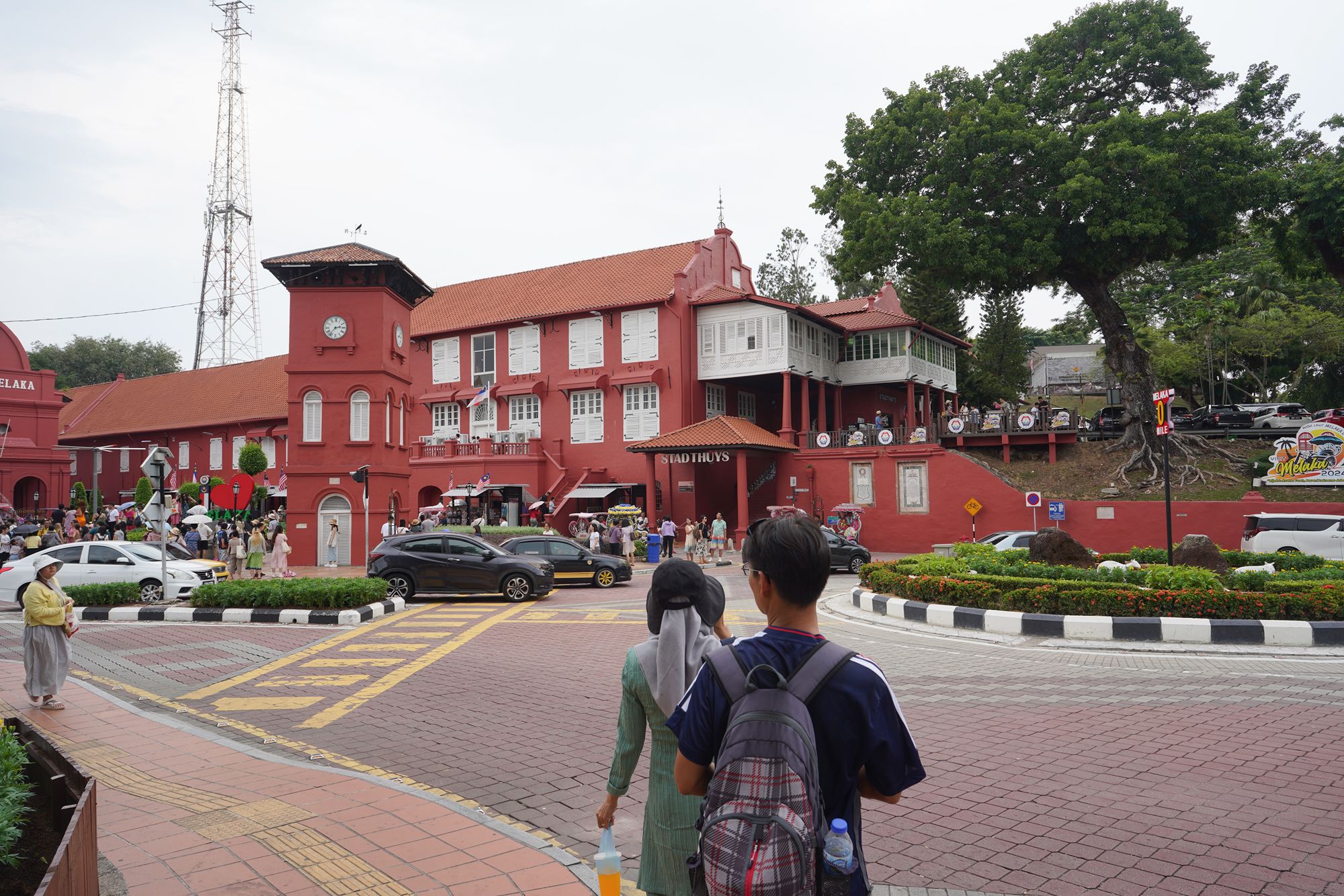
I turned around and returned to the river bridge, walked across it, and came back to Jonker Street.
Located in the heart of Malacca’s Chinatown, Jonker Street is a must-visit destination for tourists and locals alike, offering a mix of traditional shops, trendy cafes, street food, and cultural landmarks.
